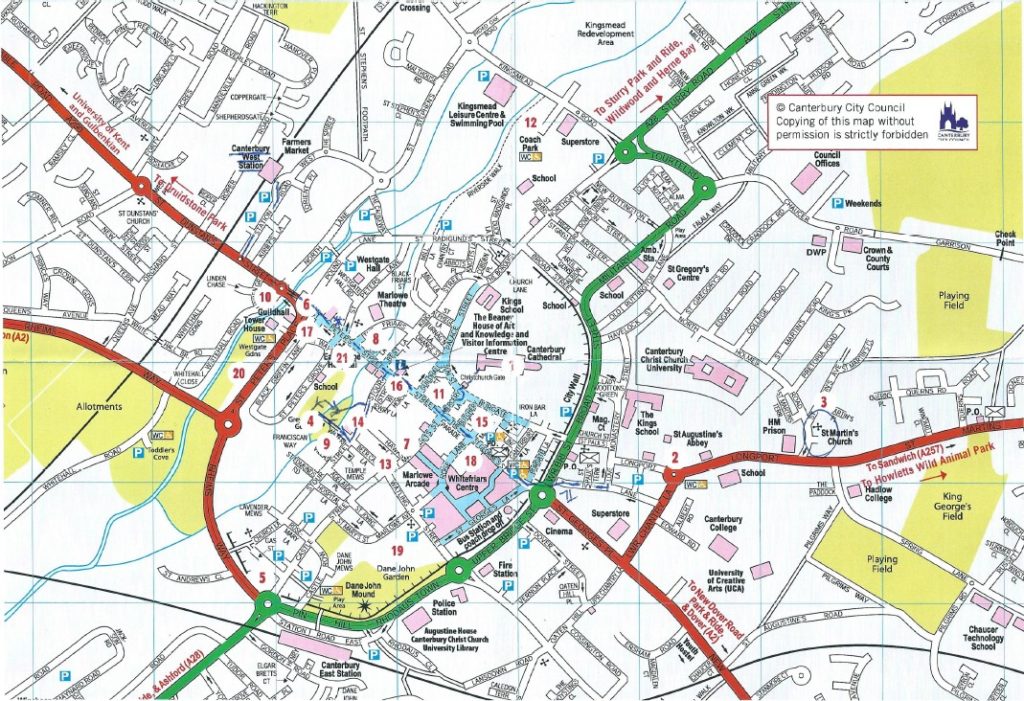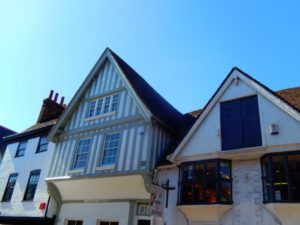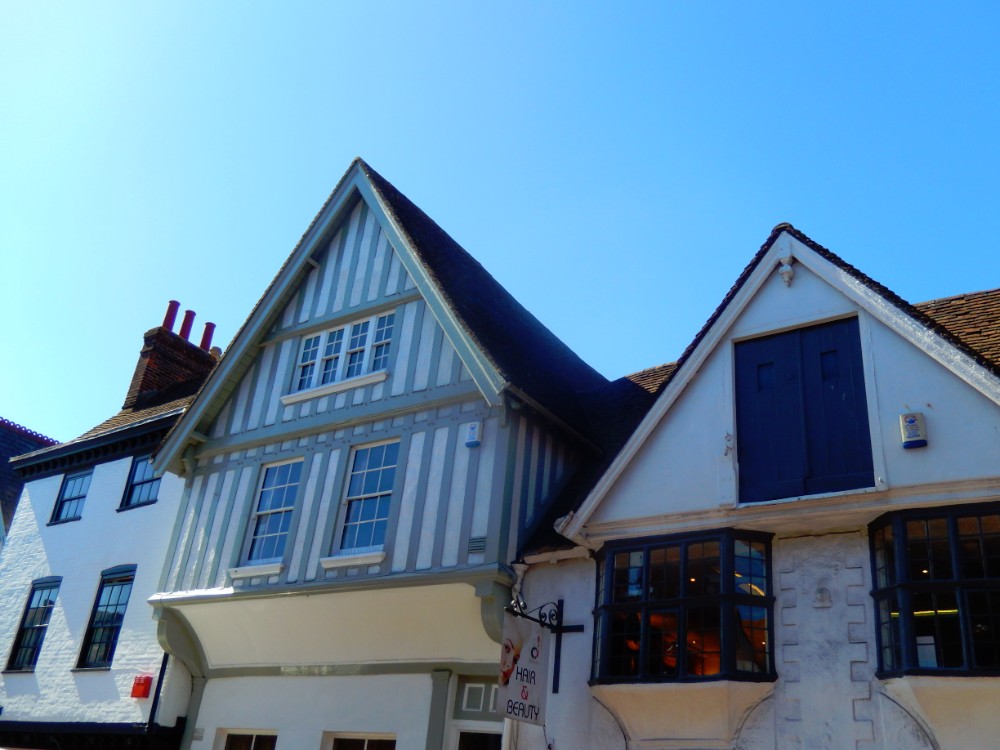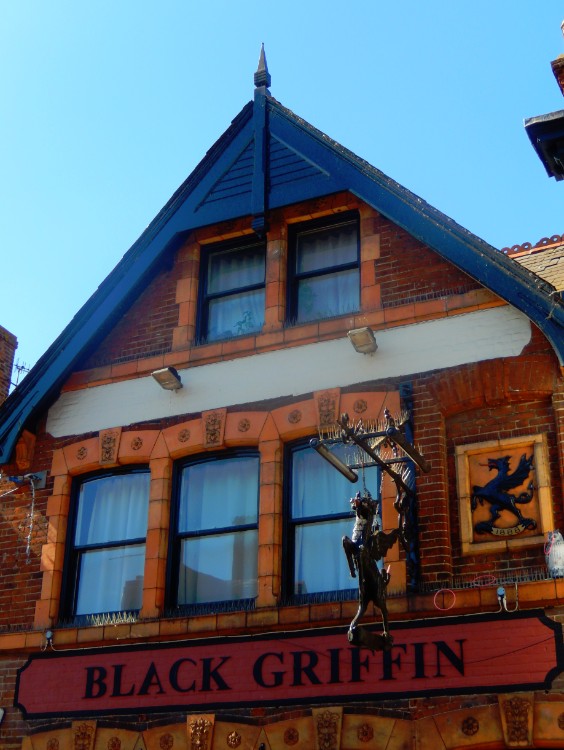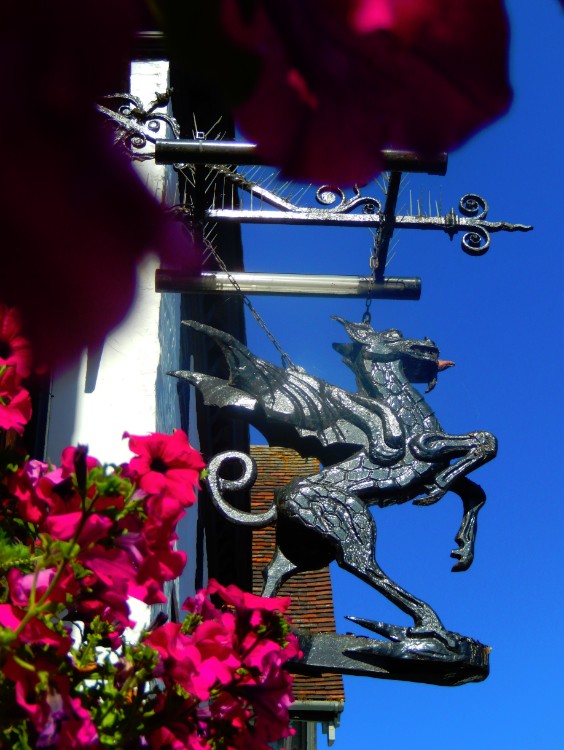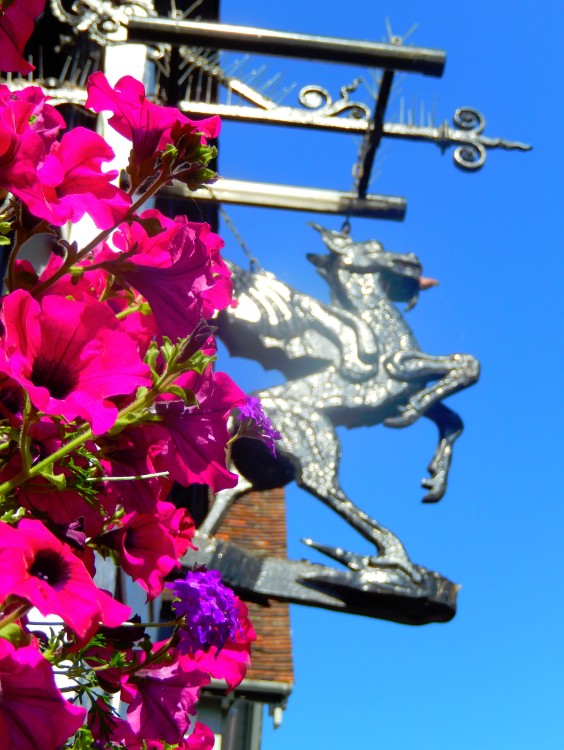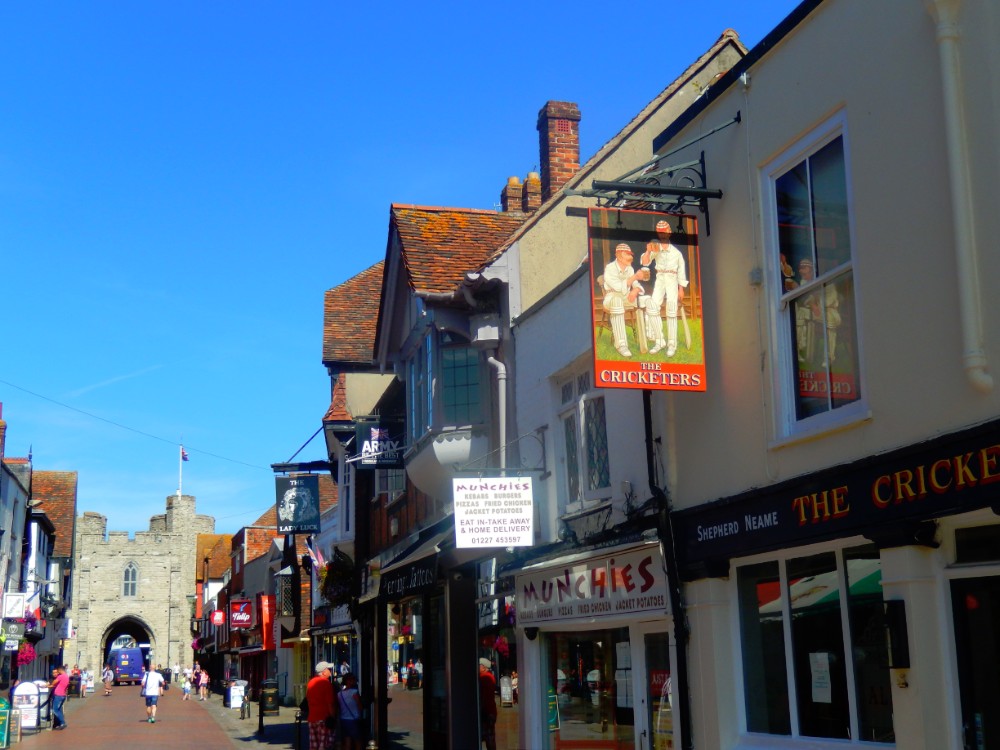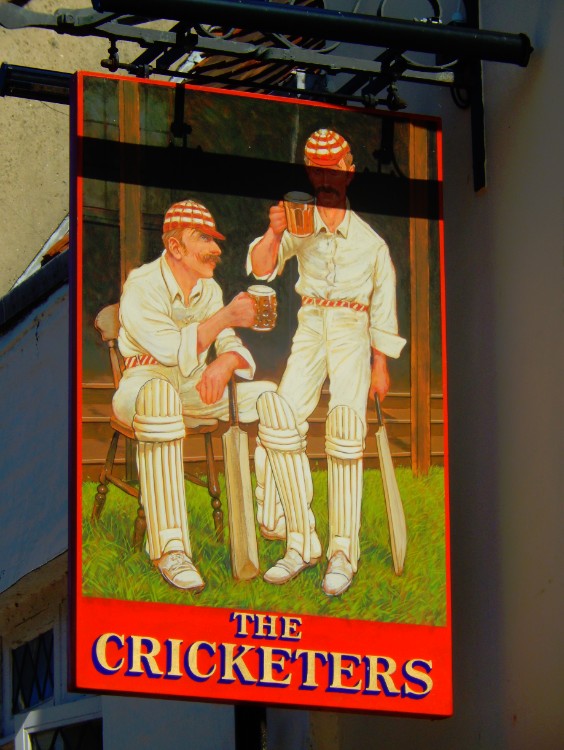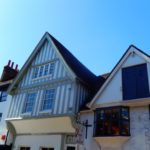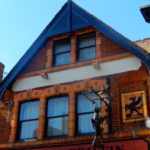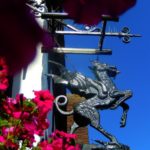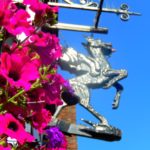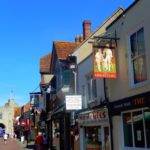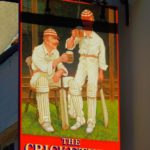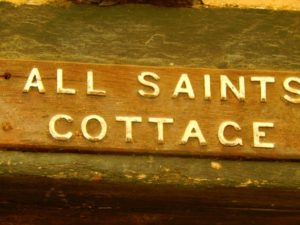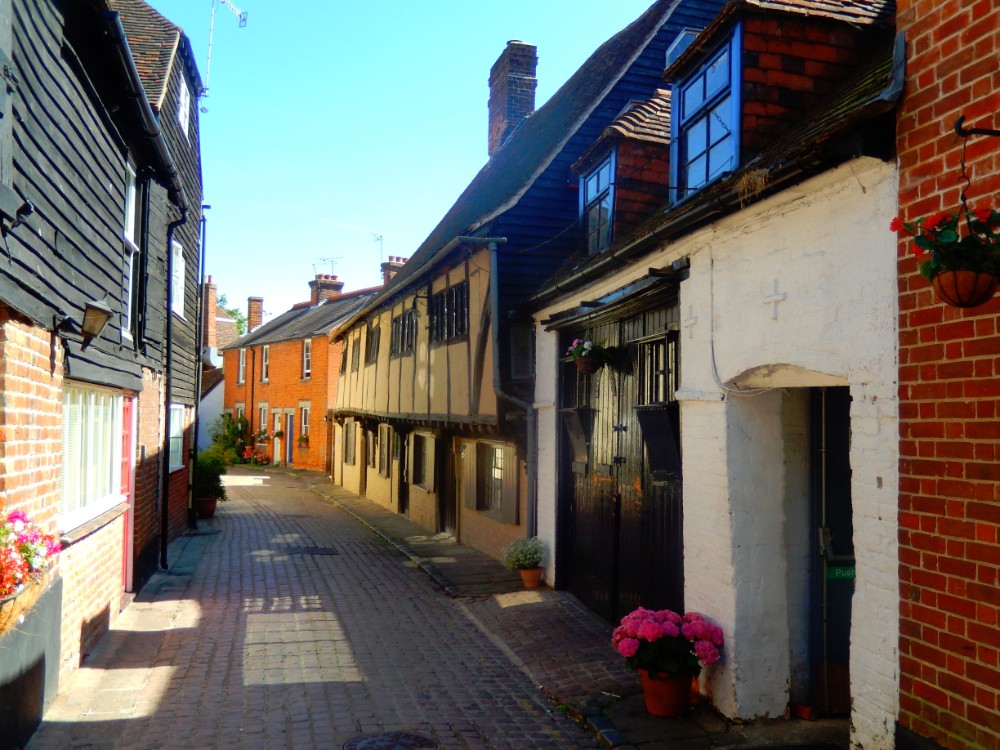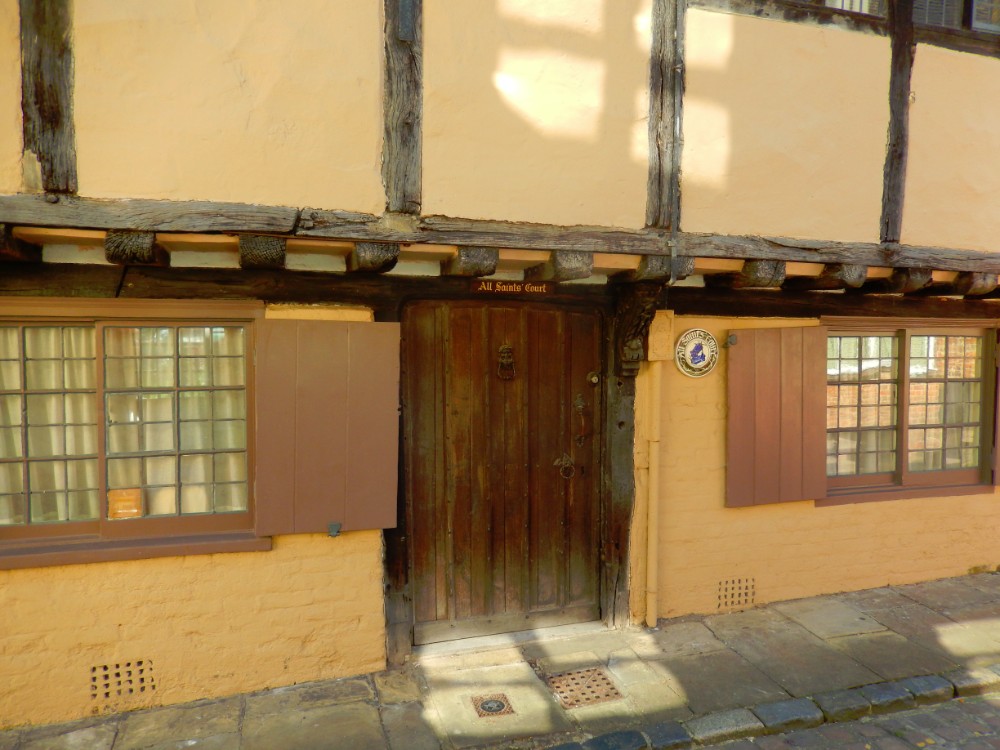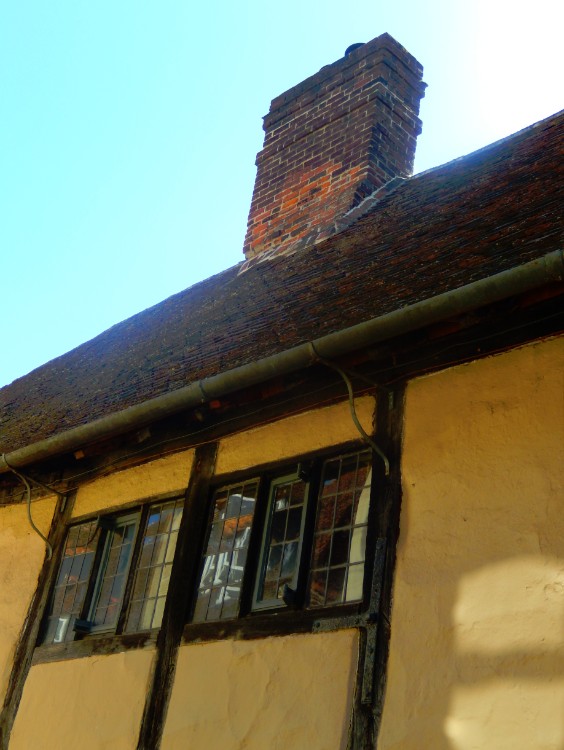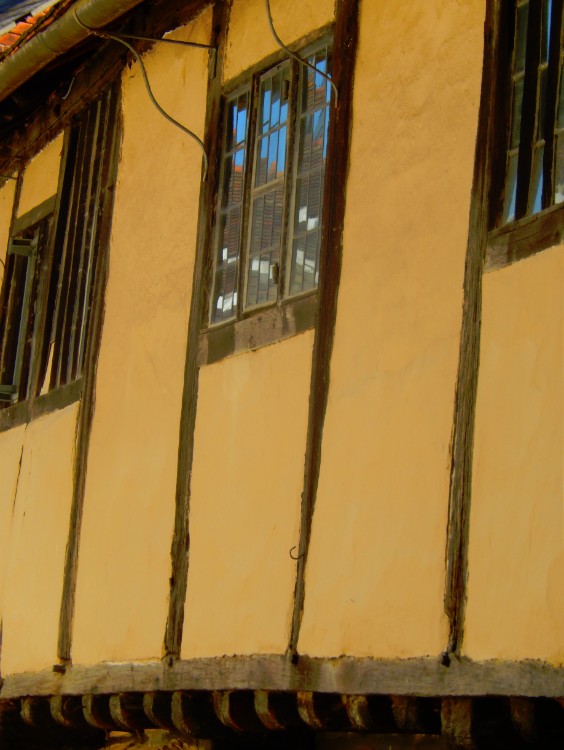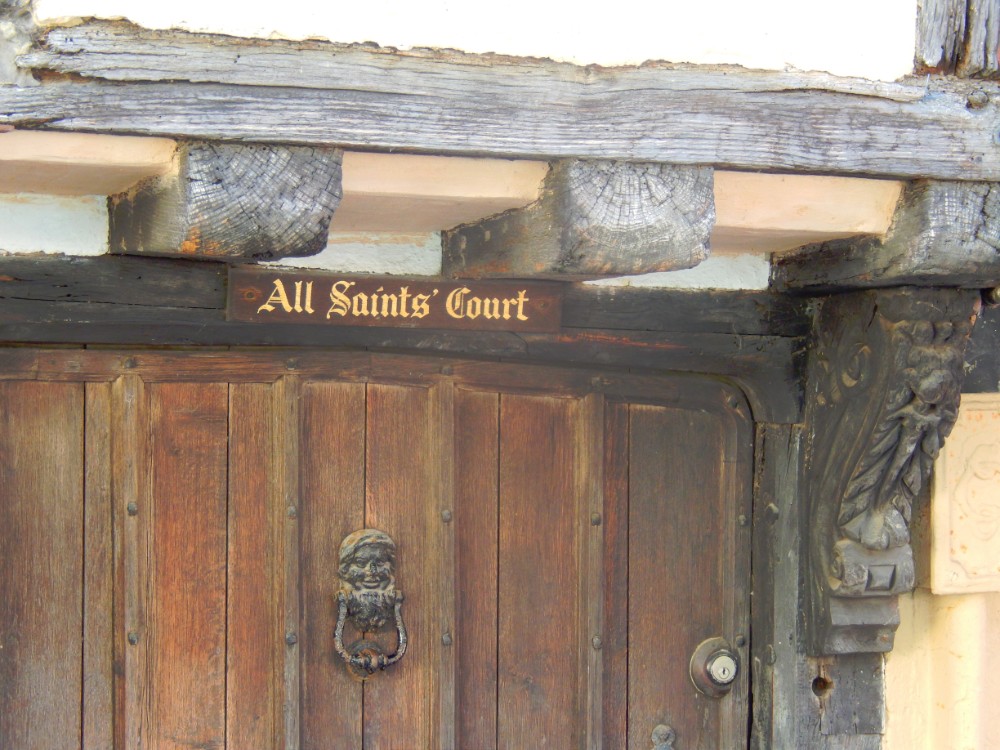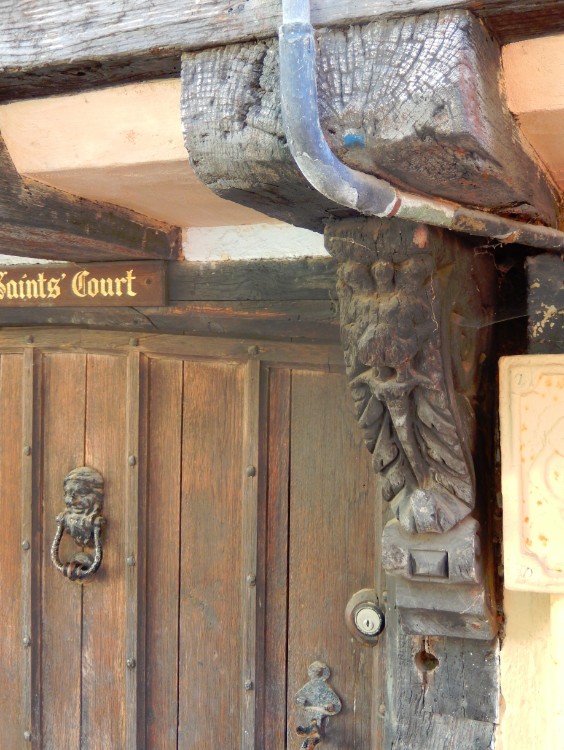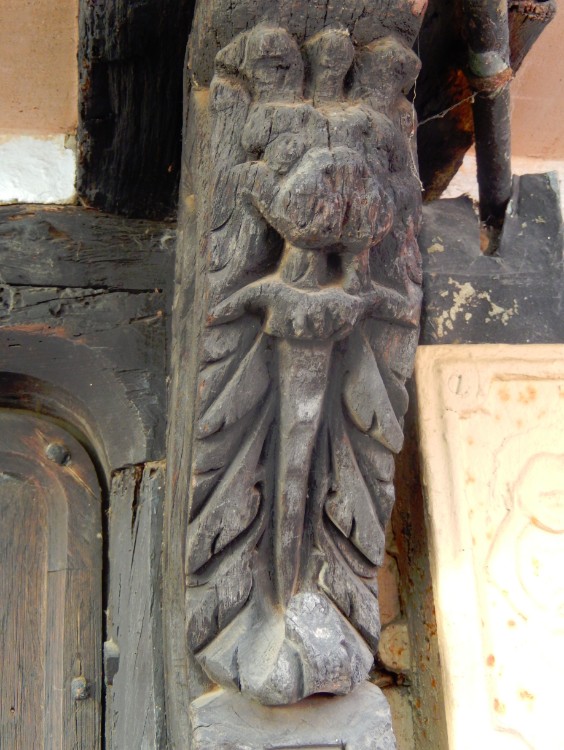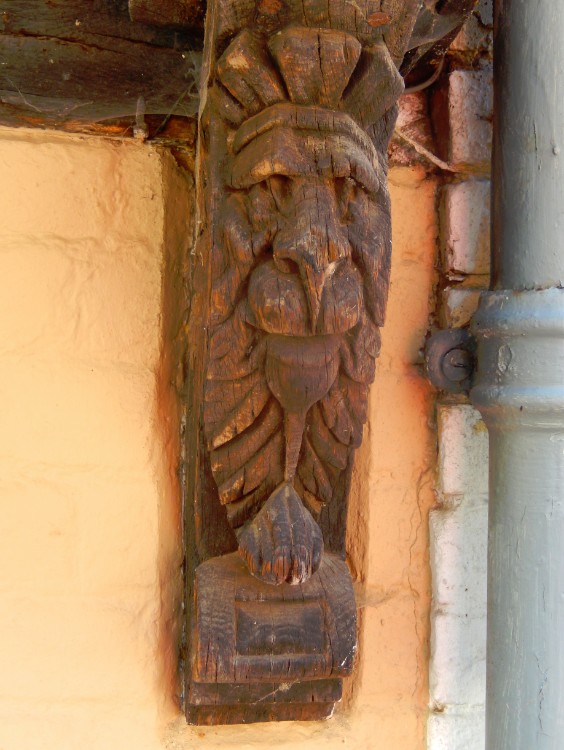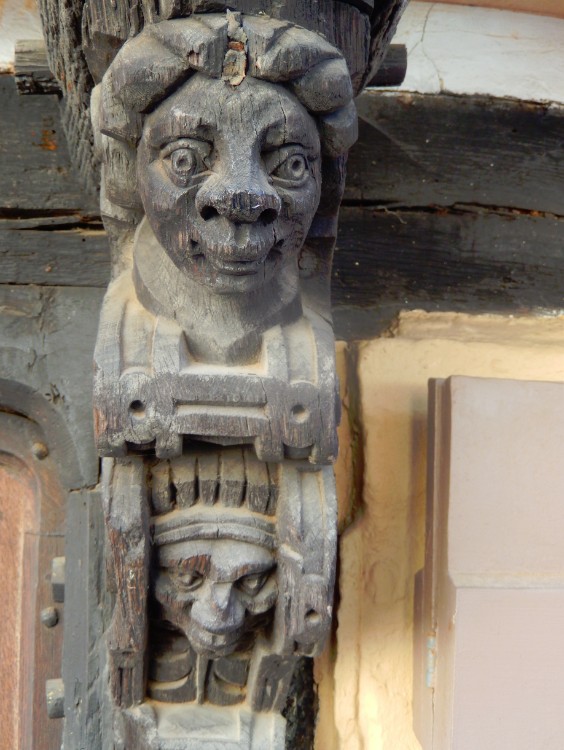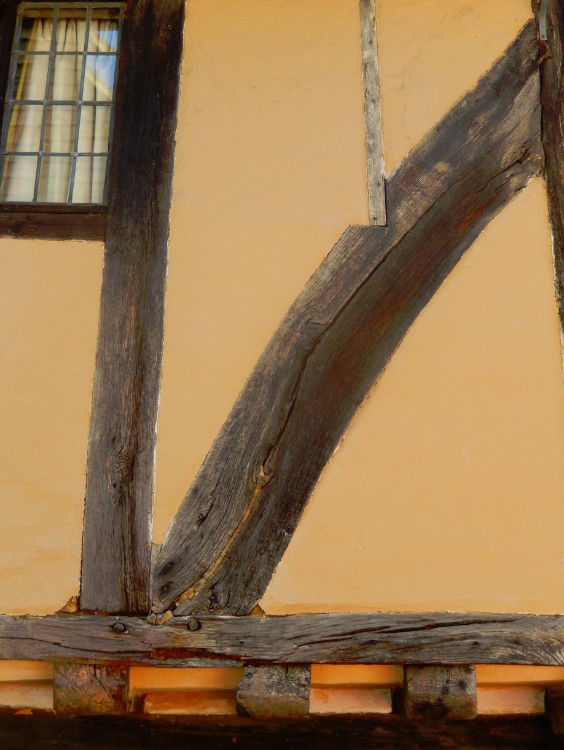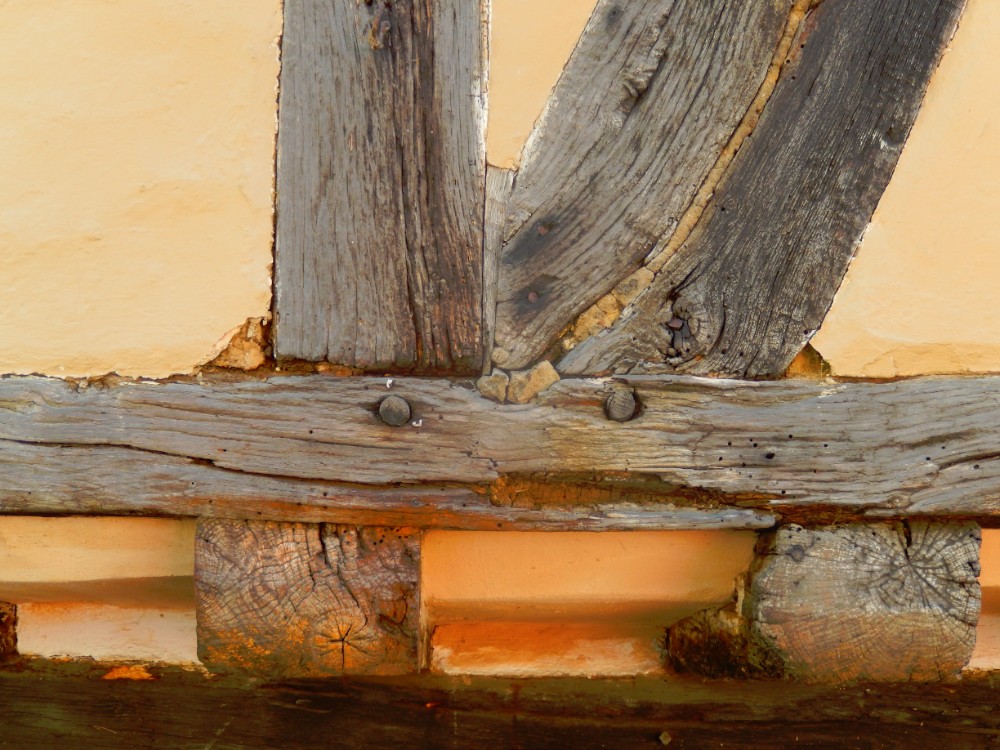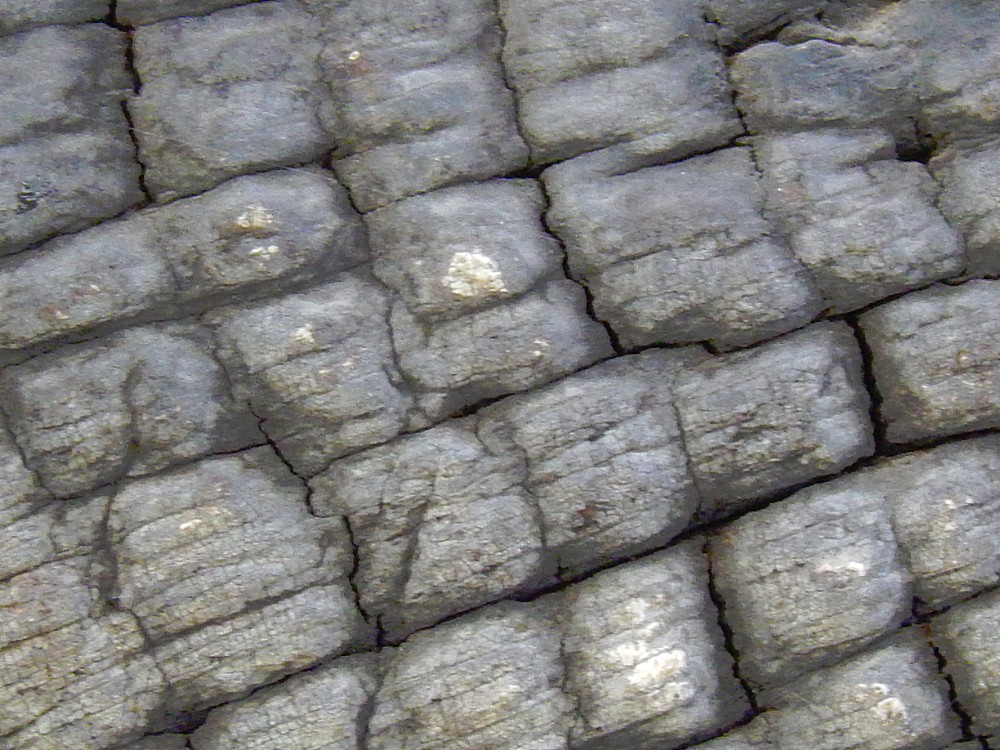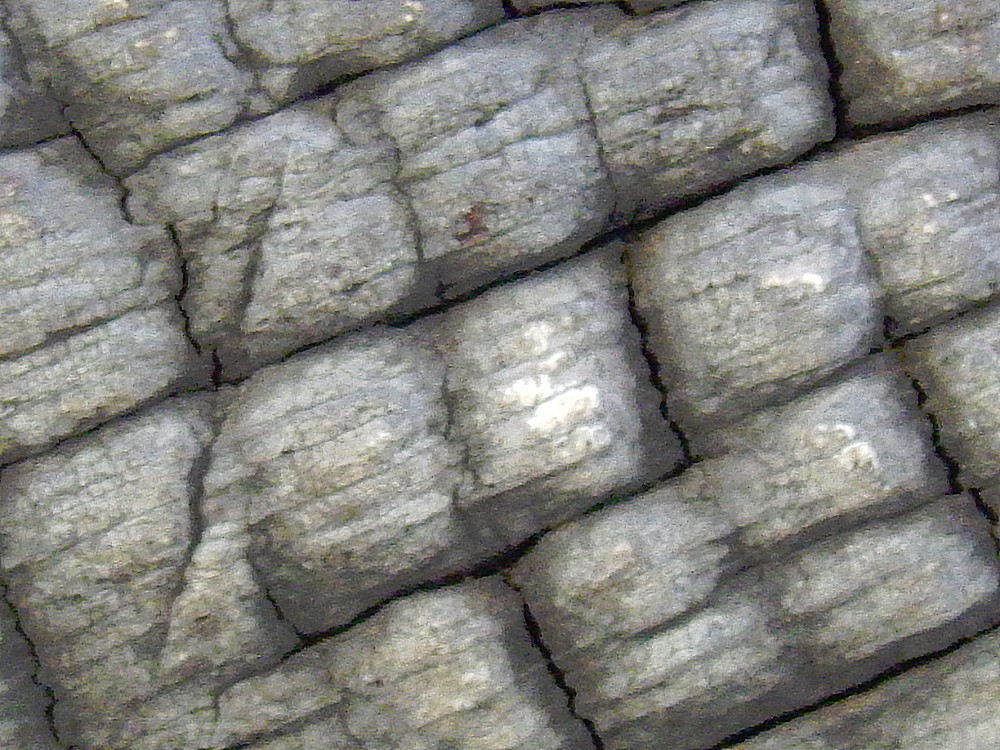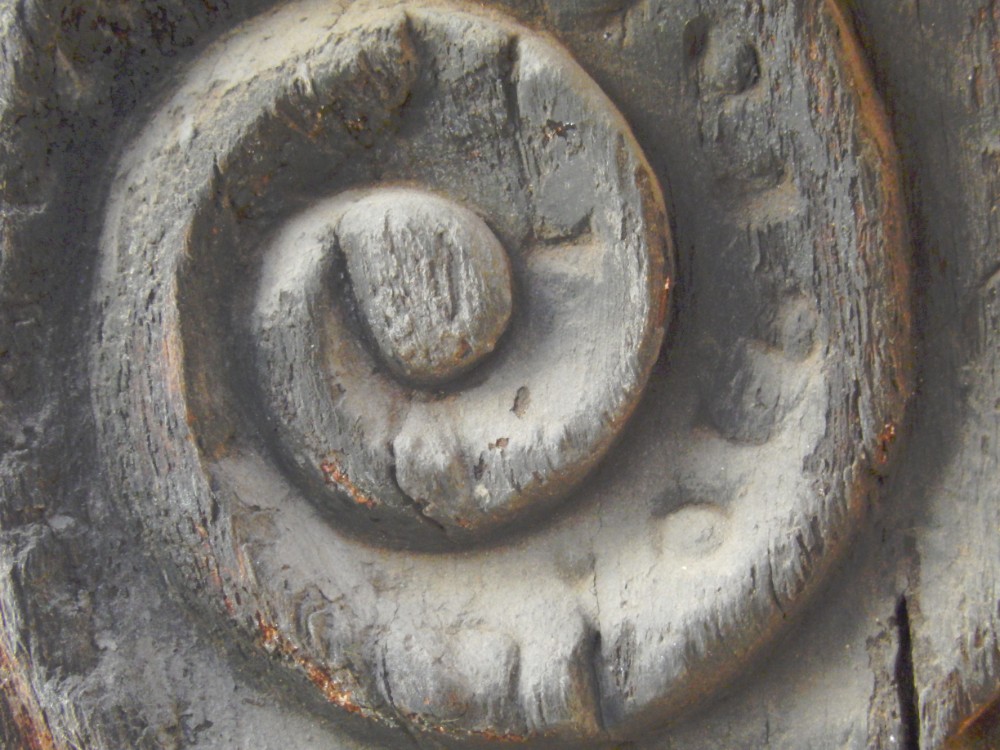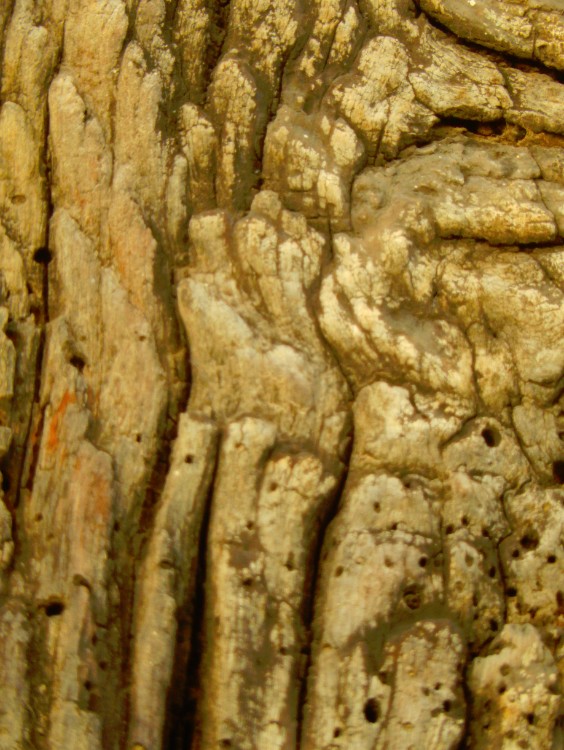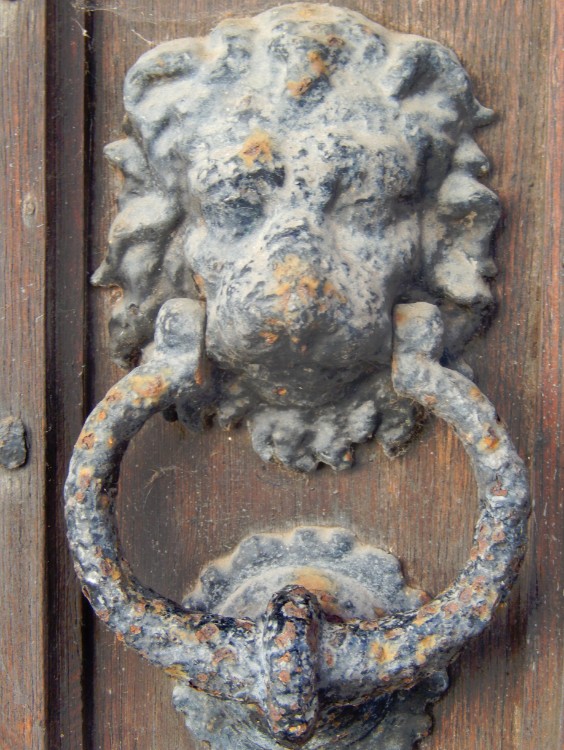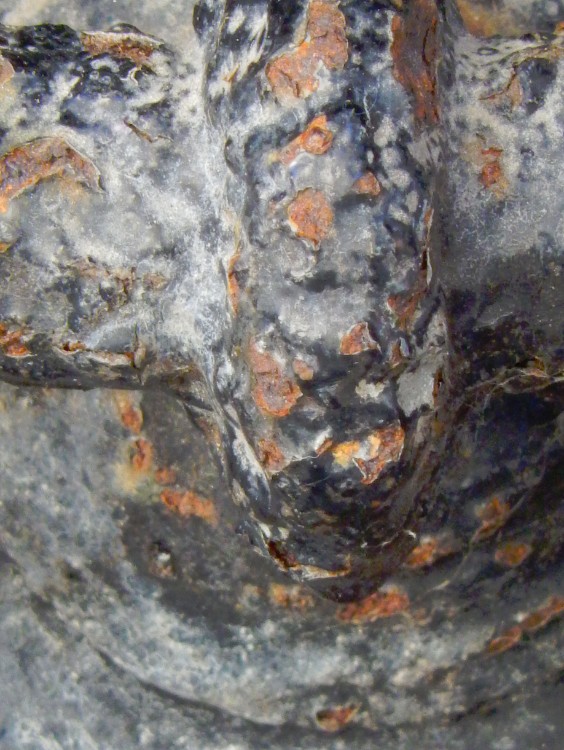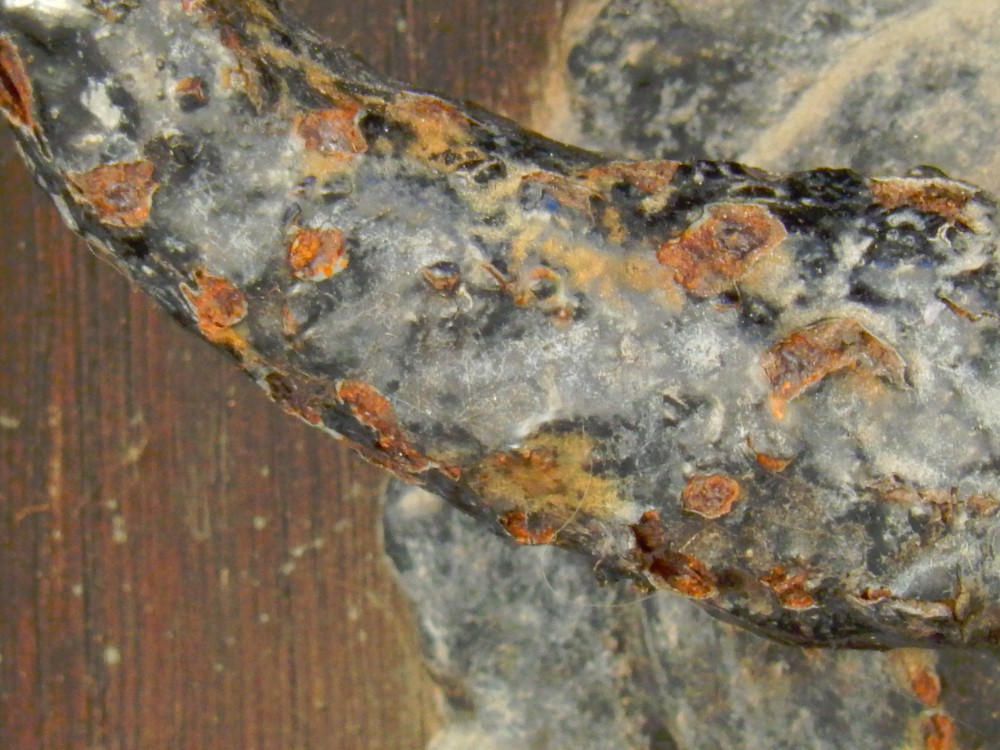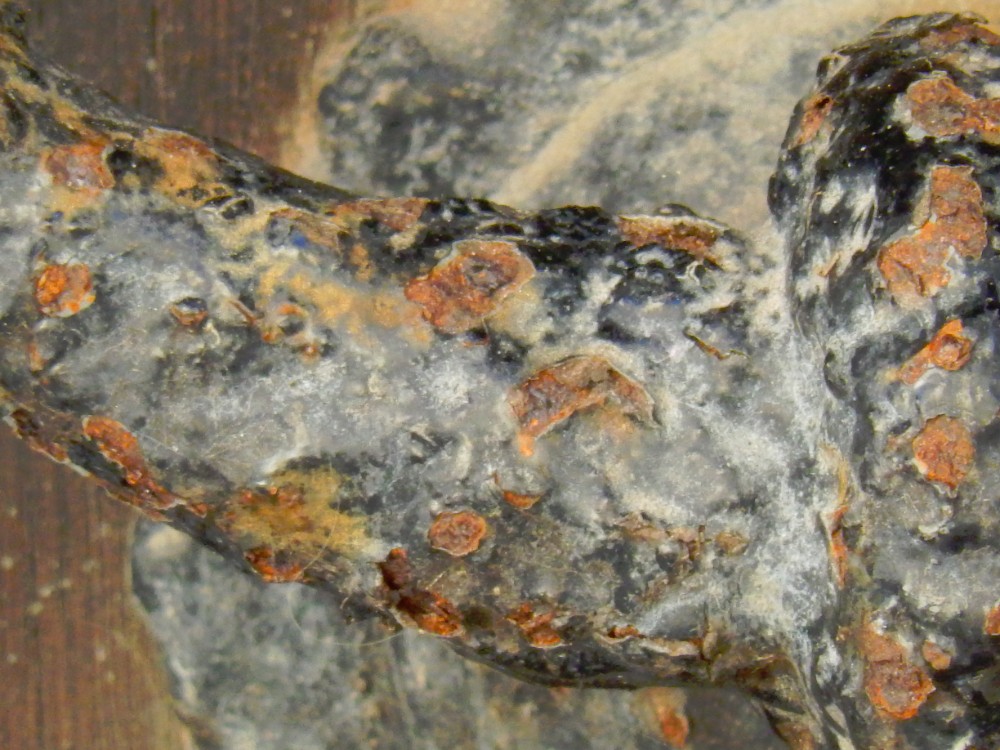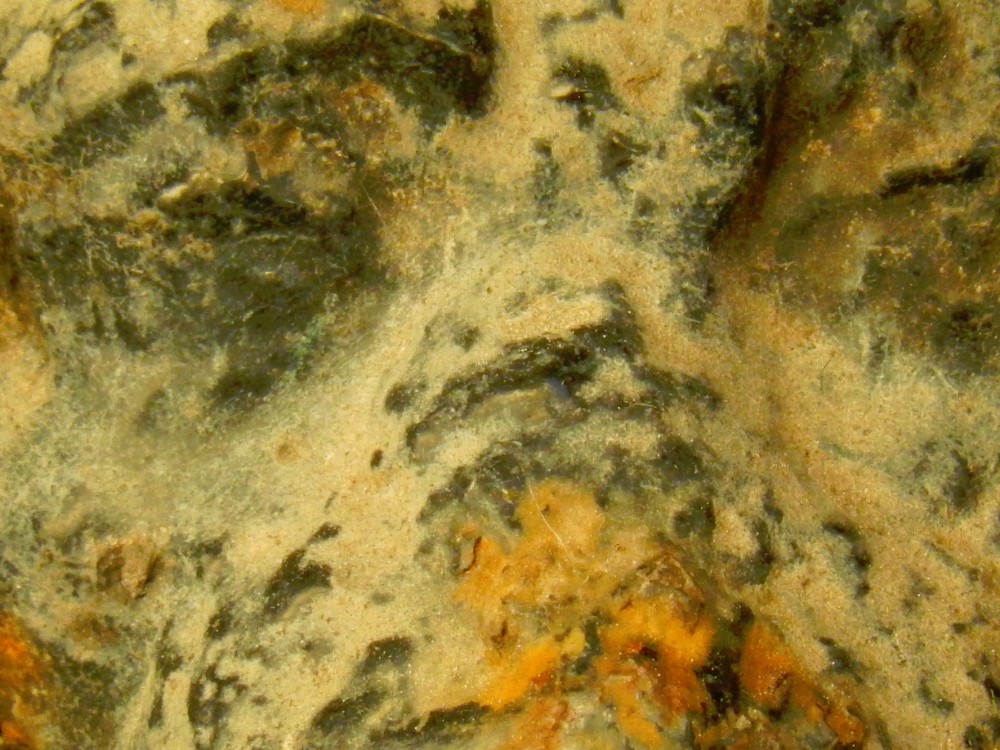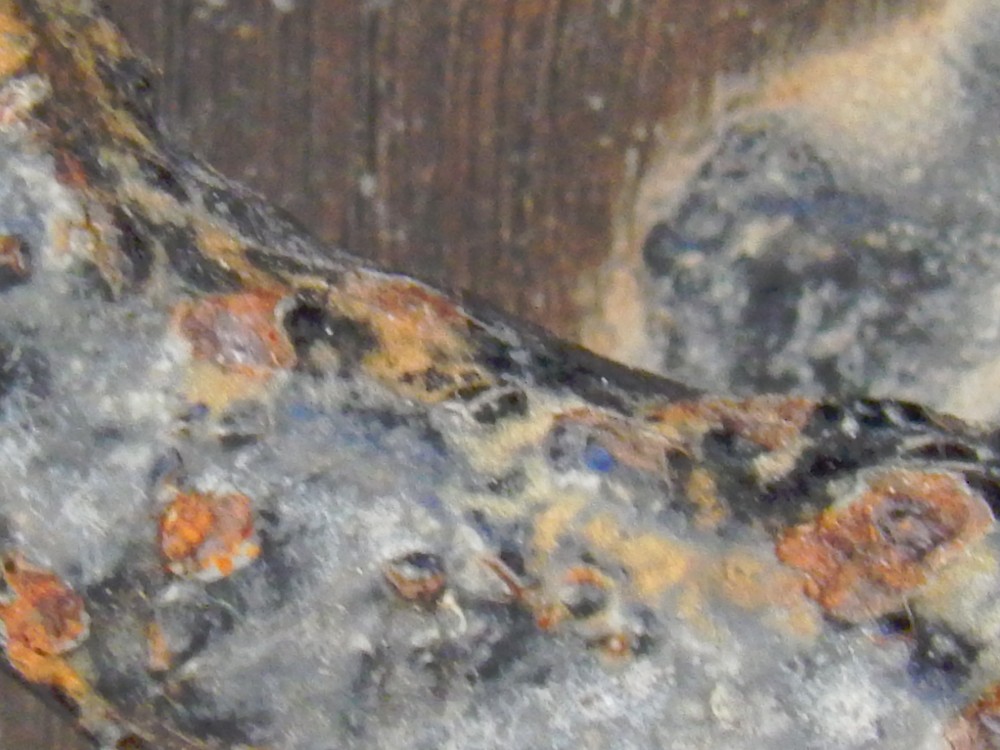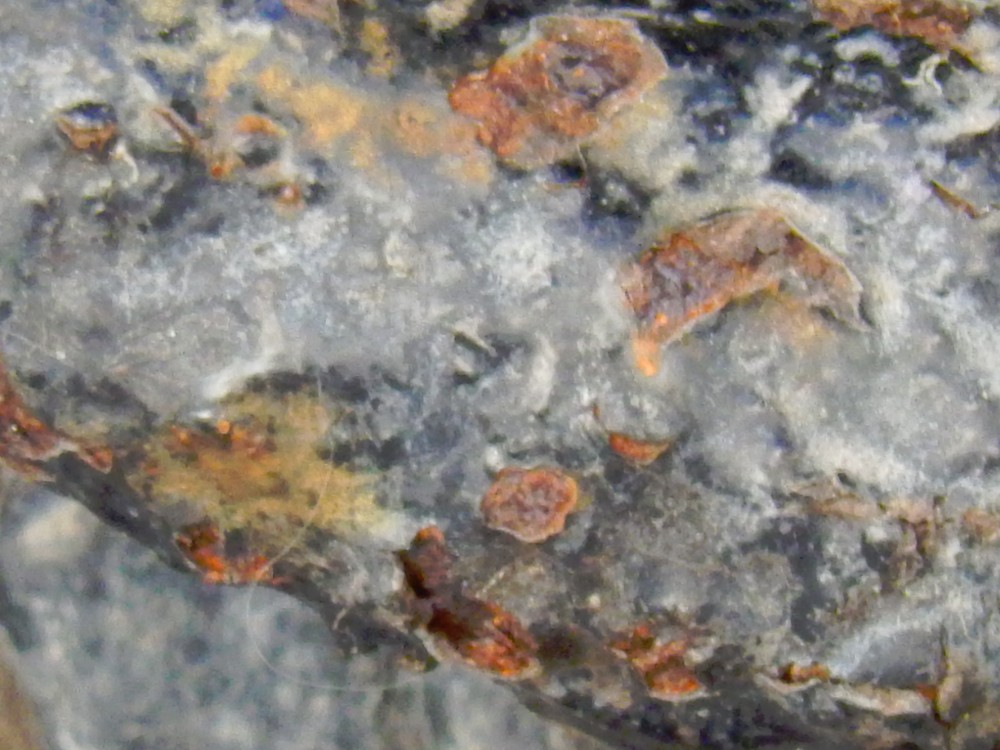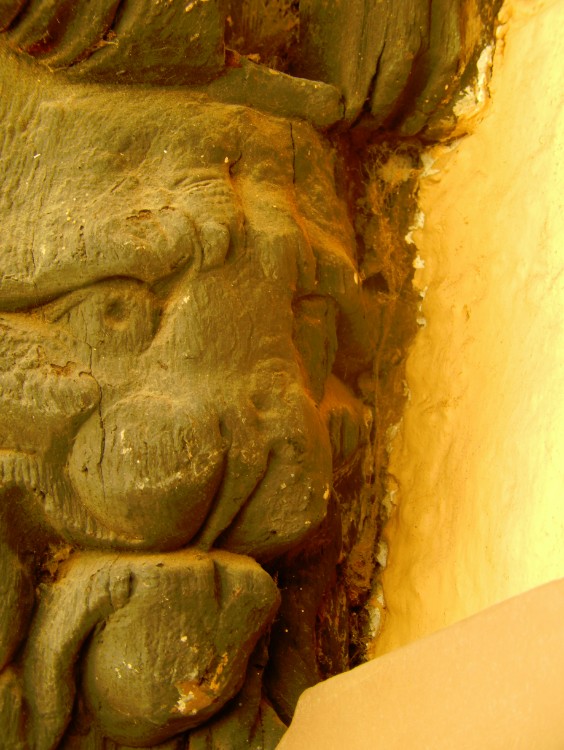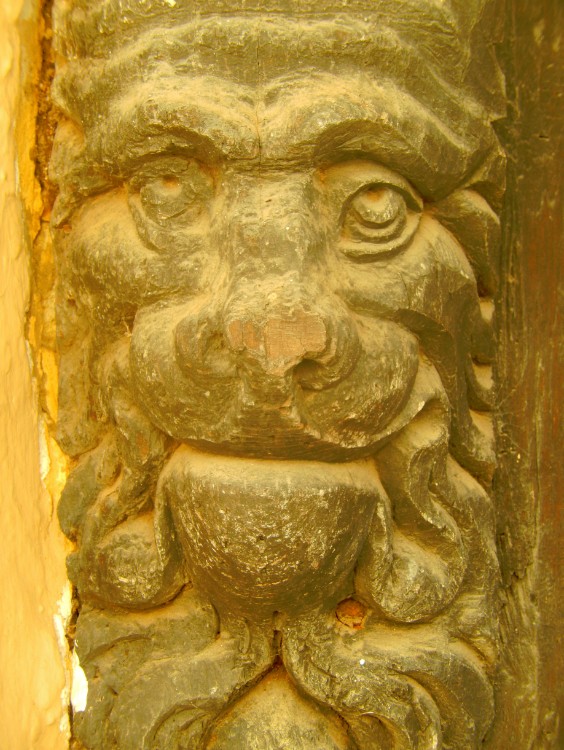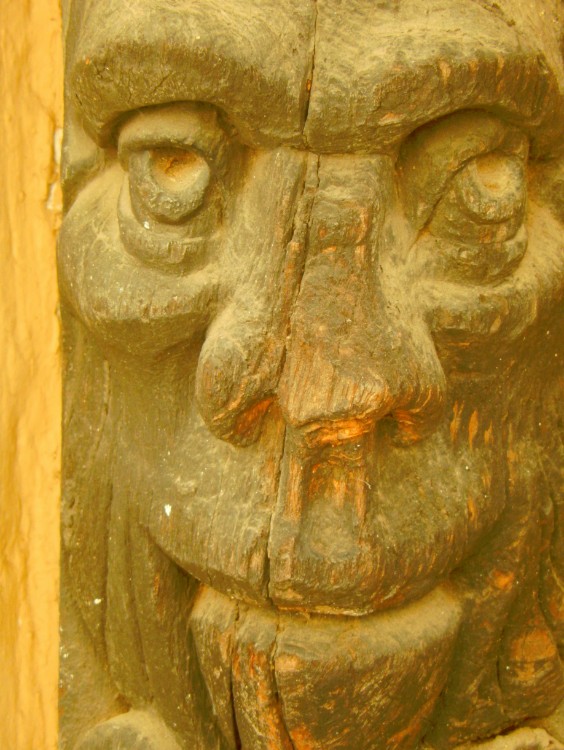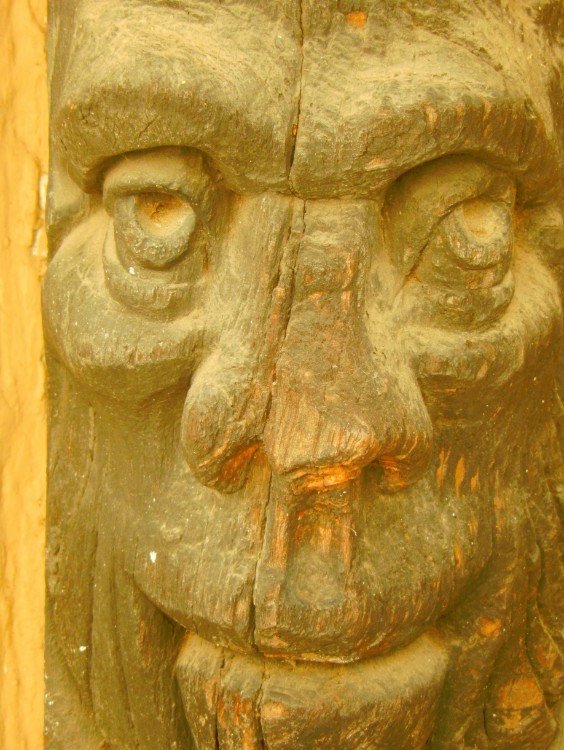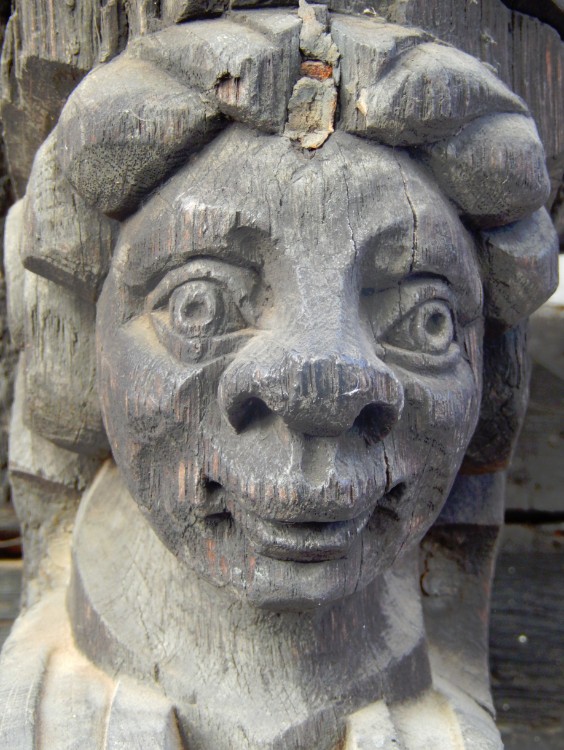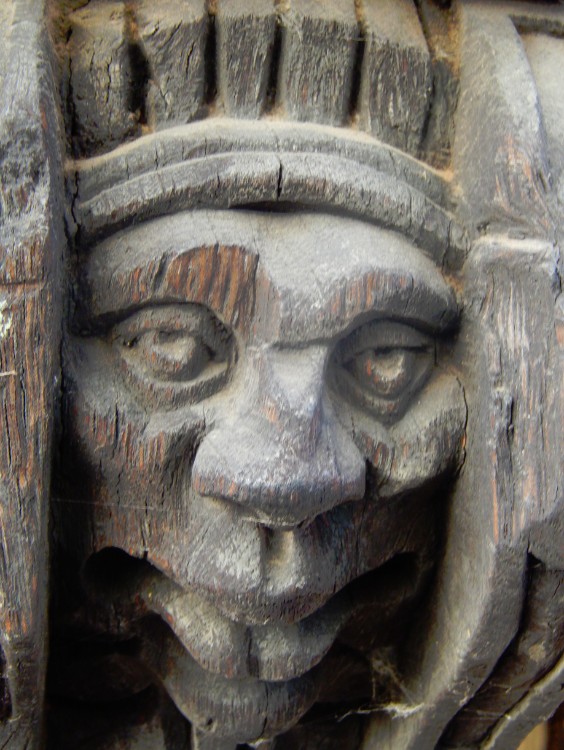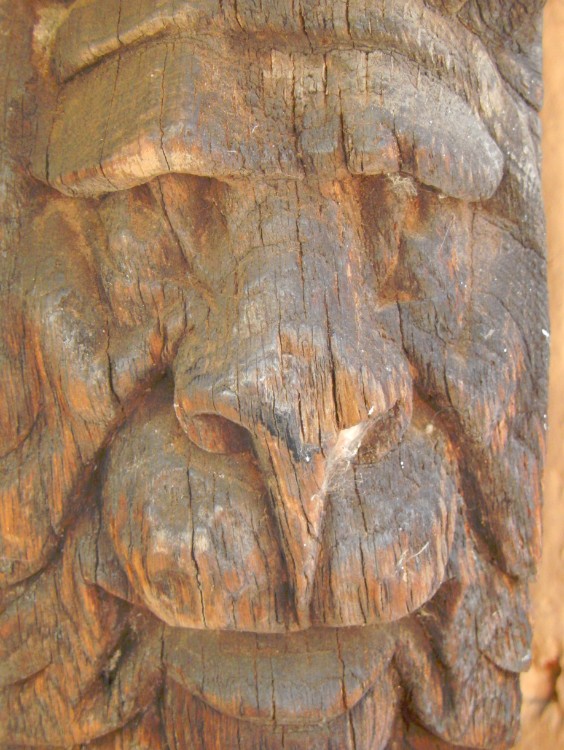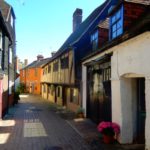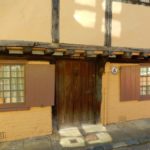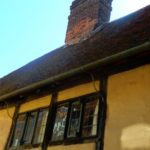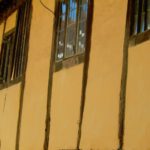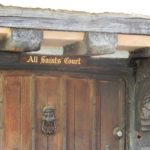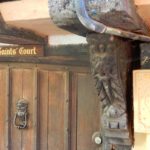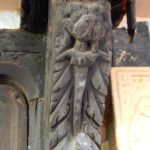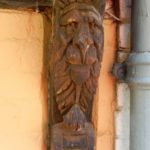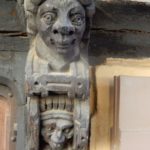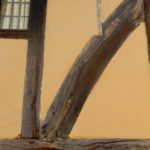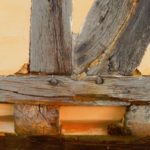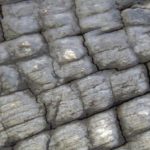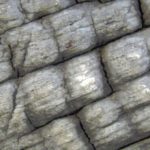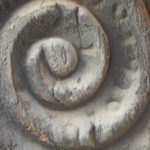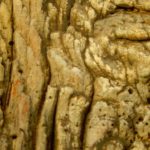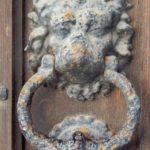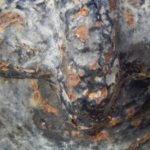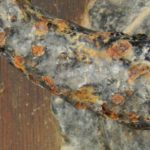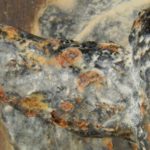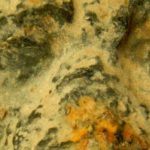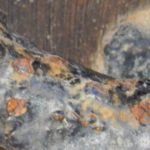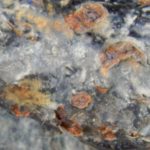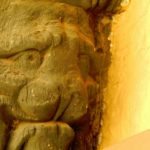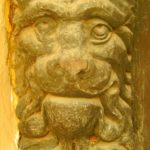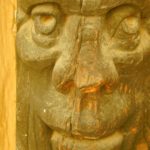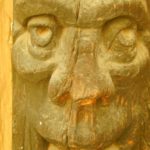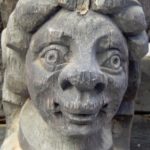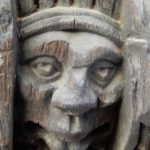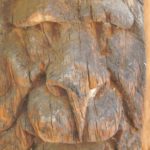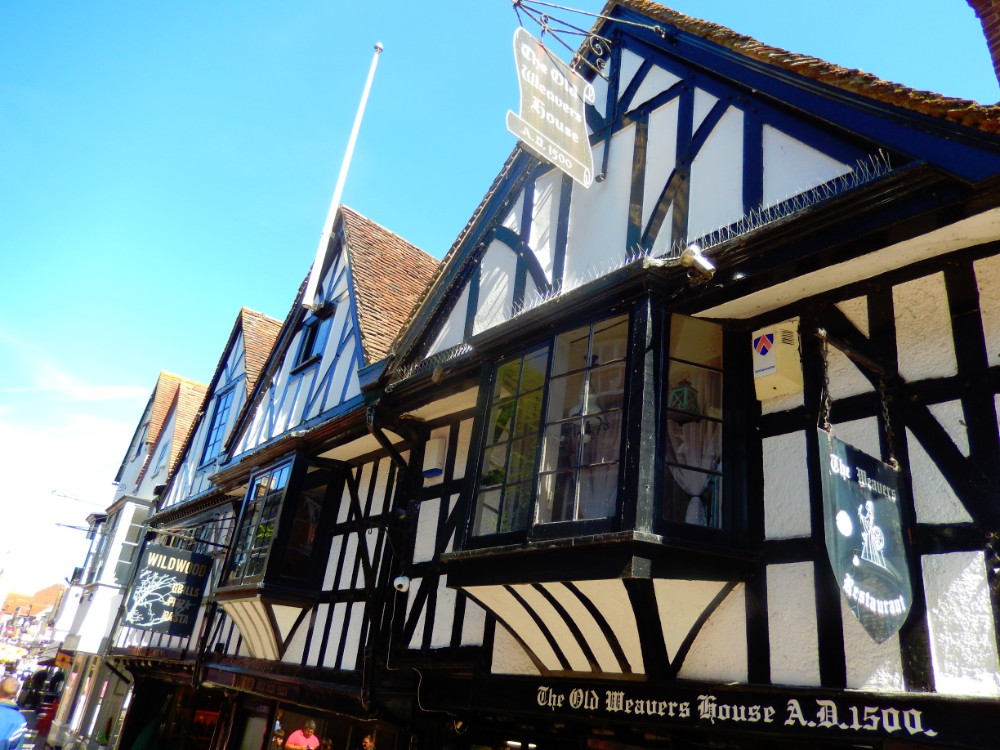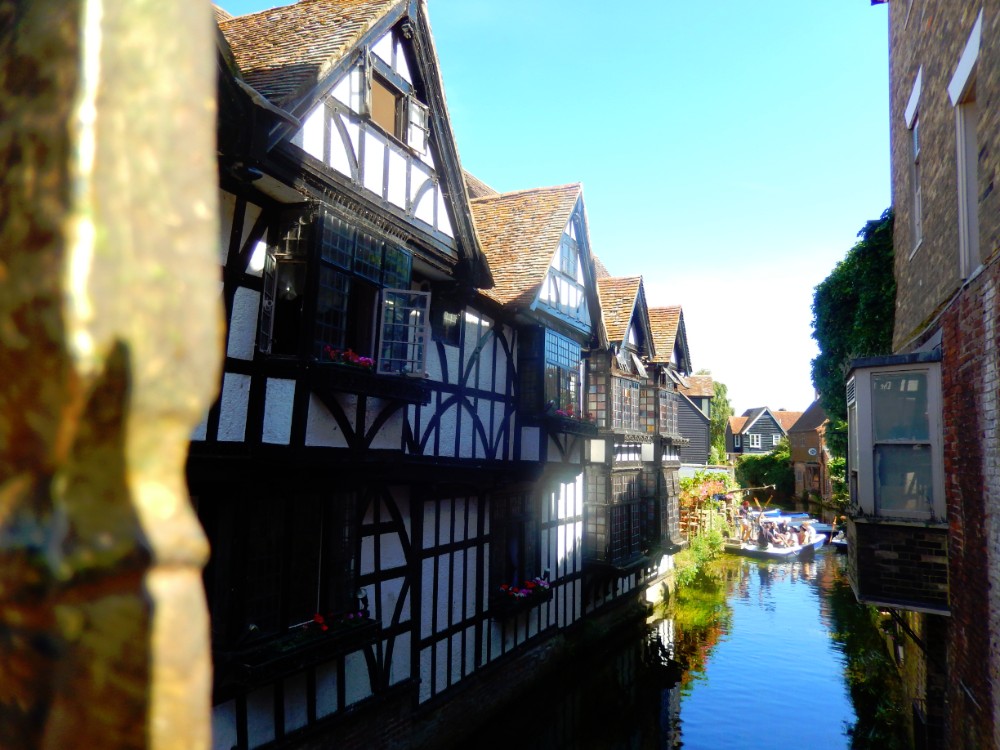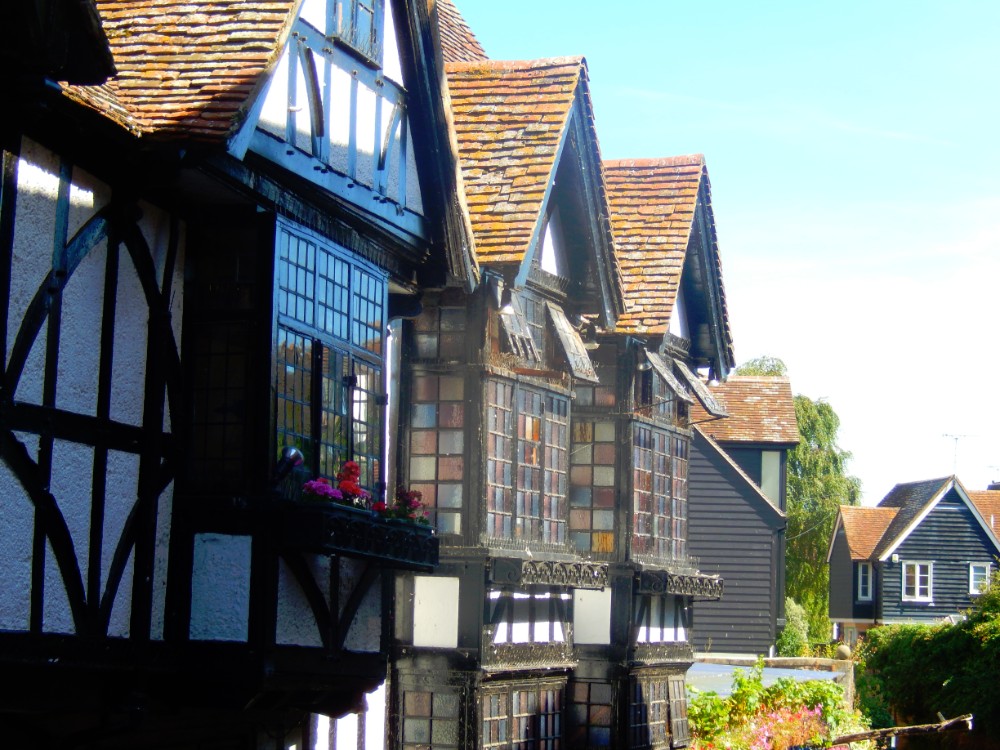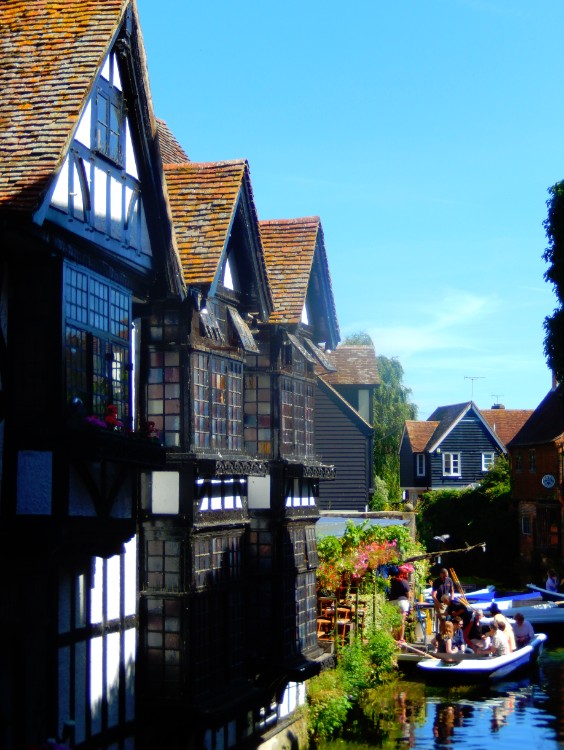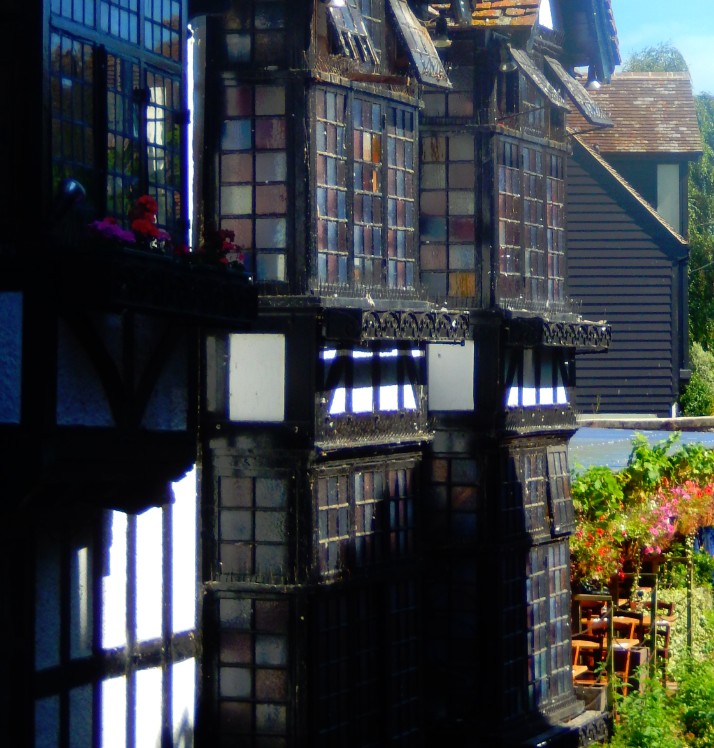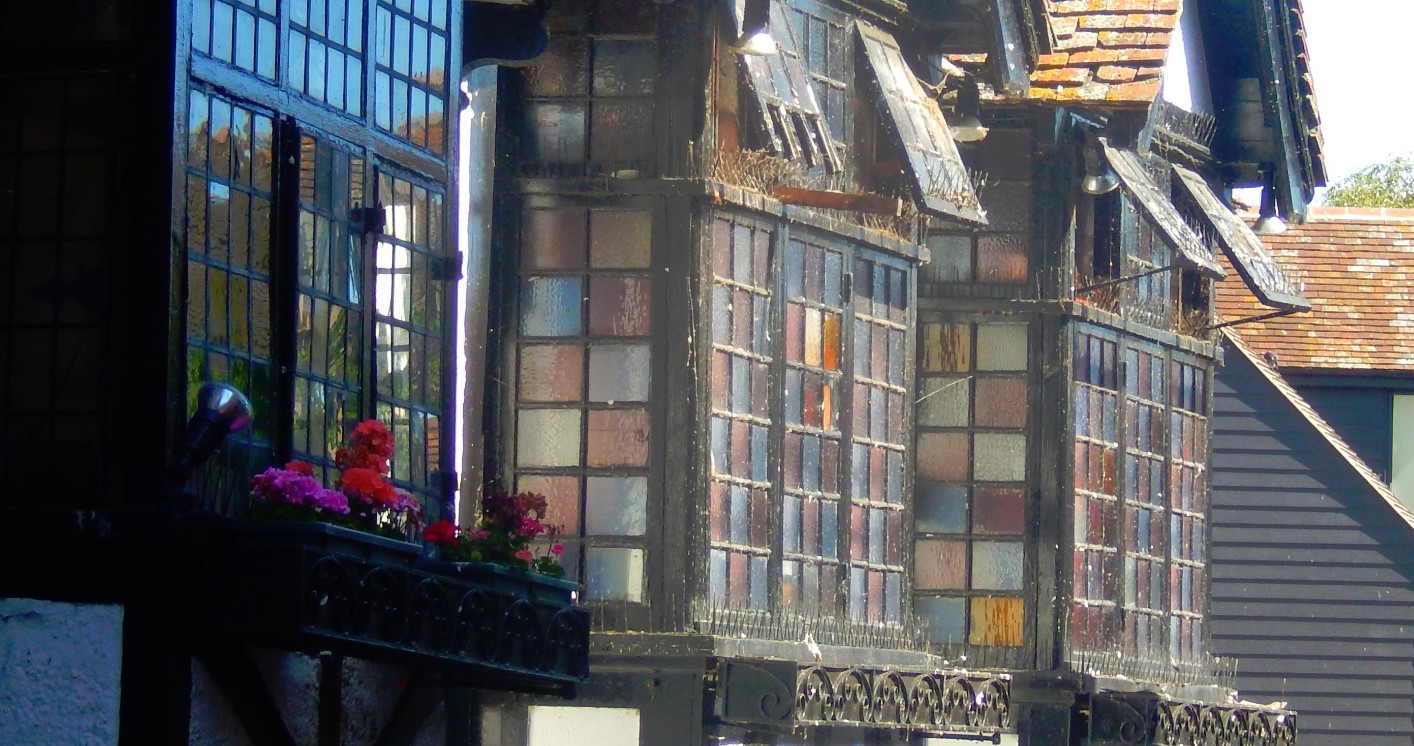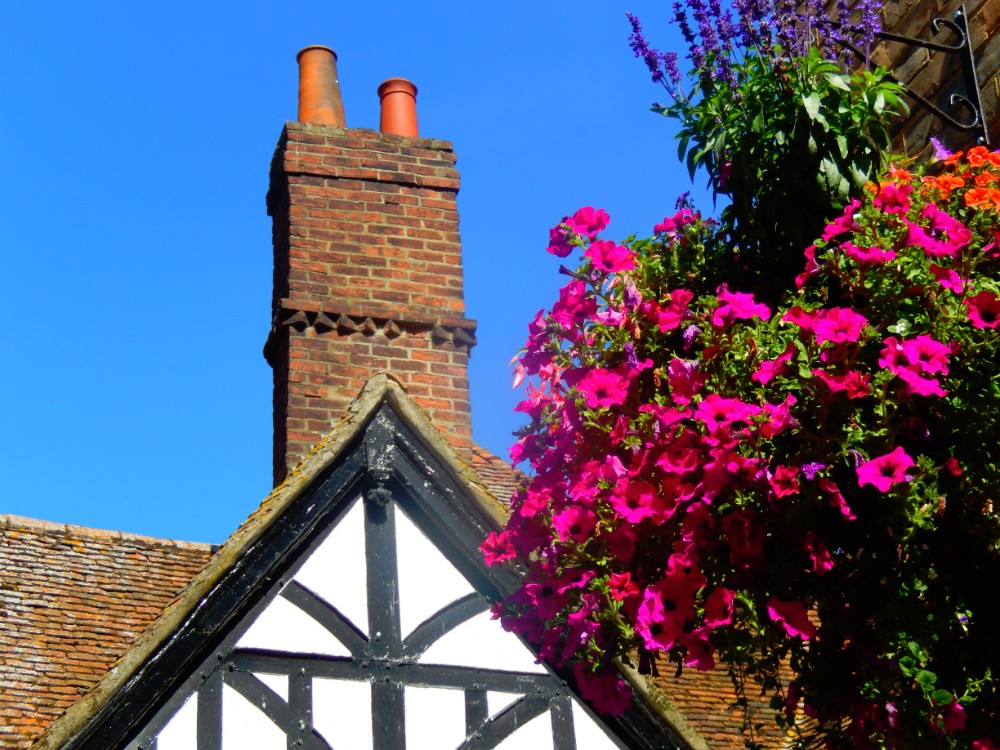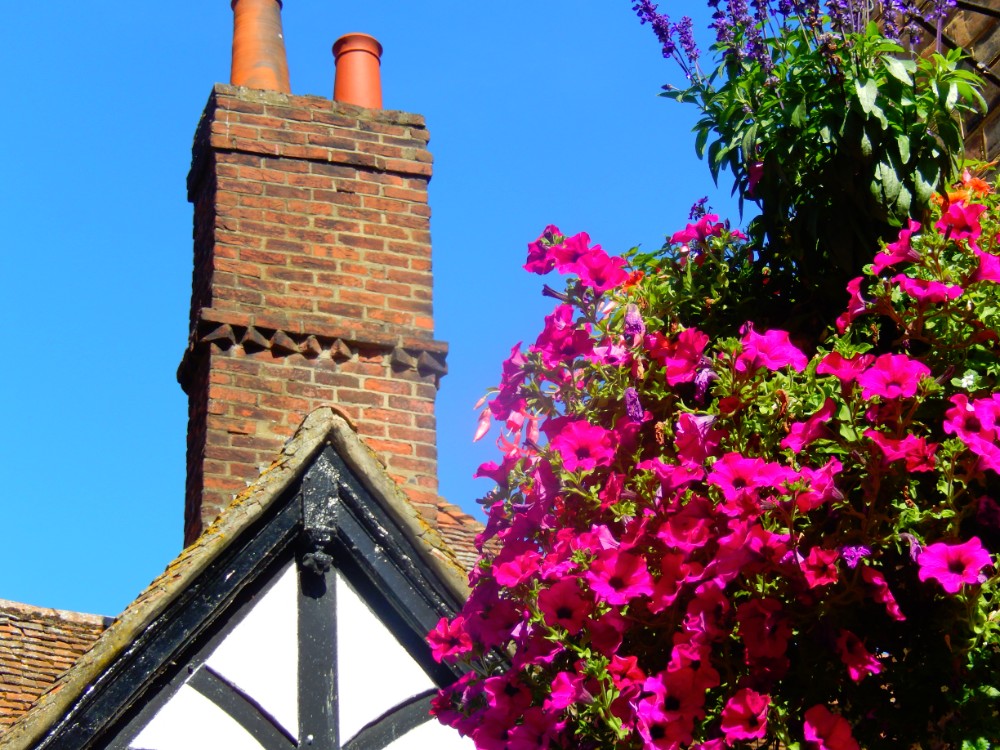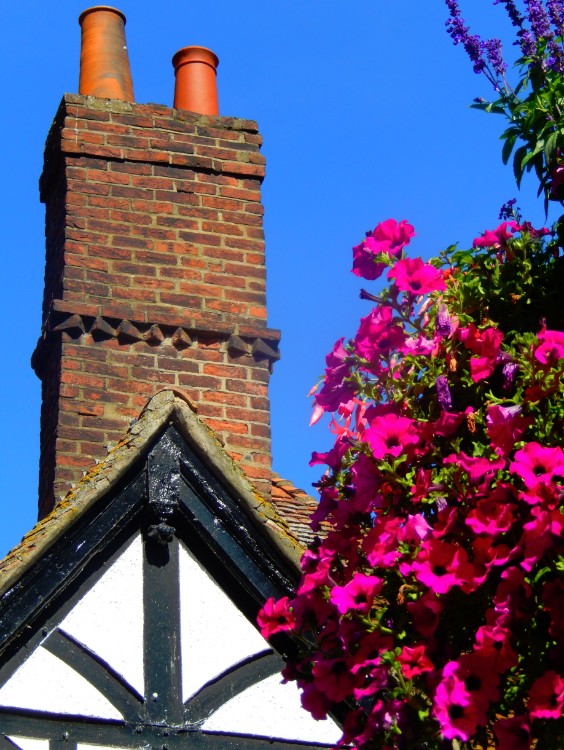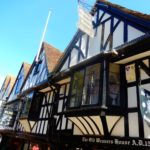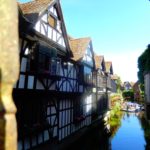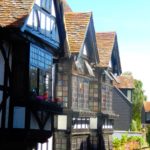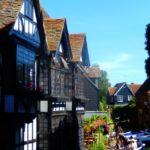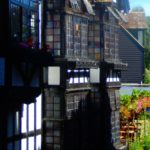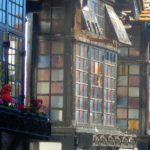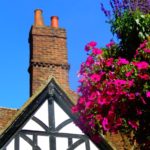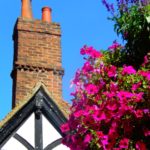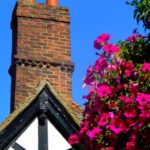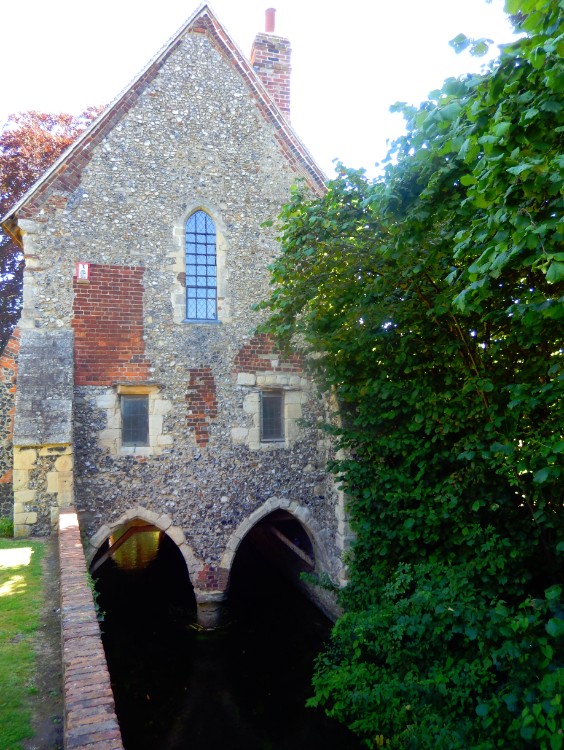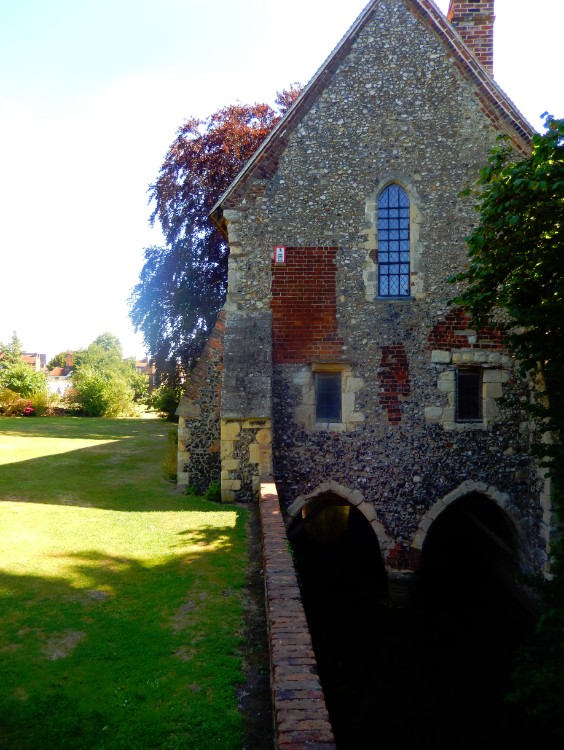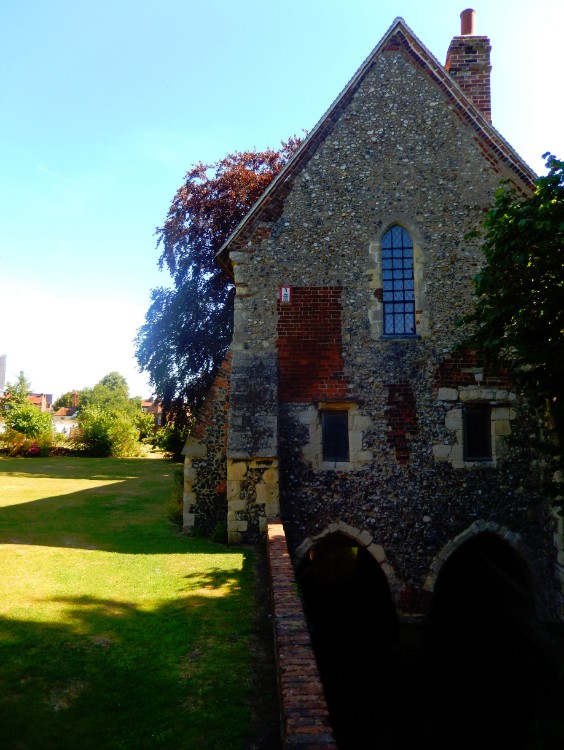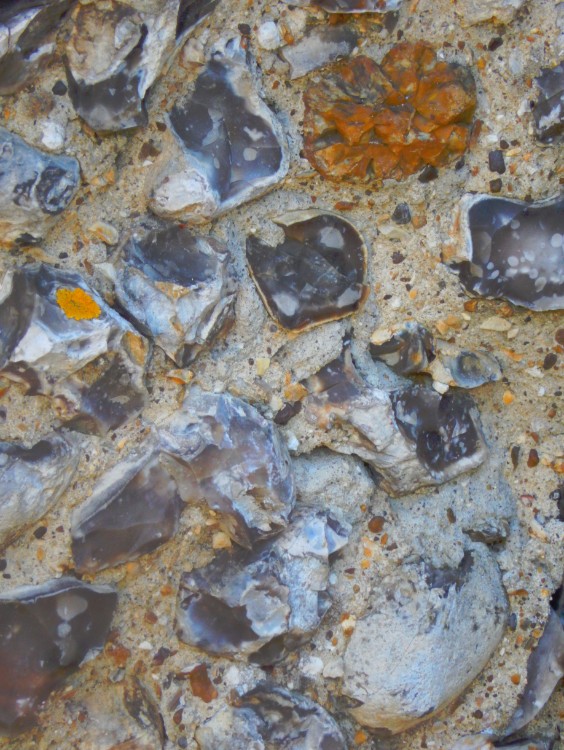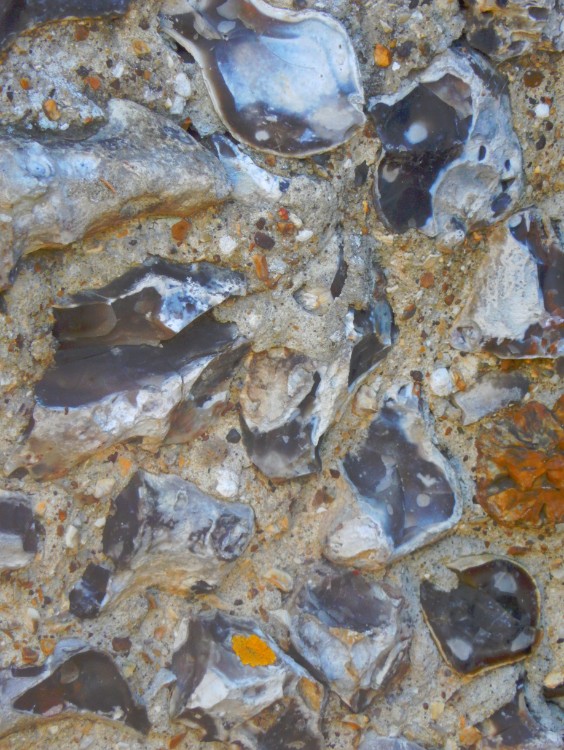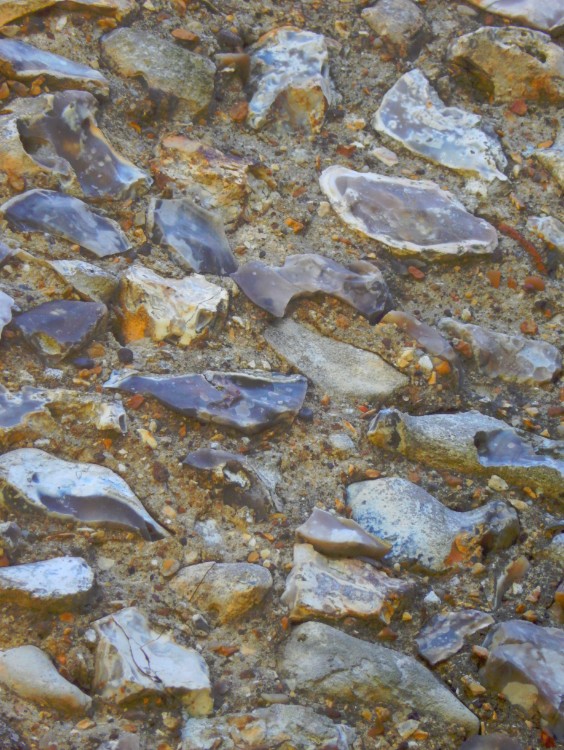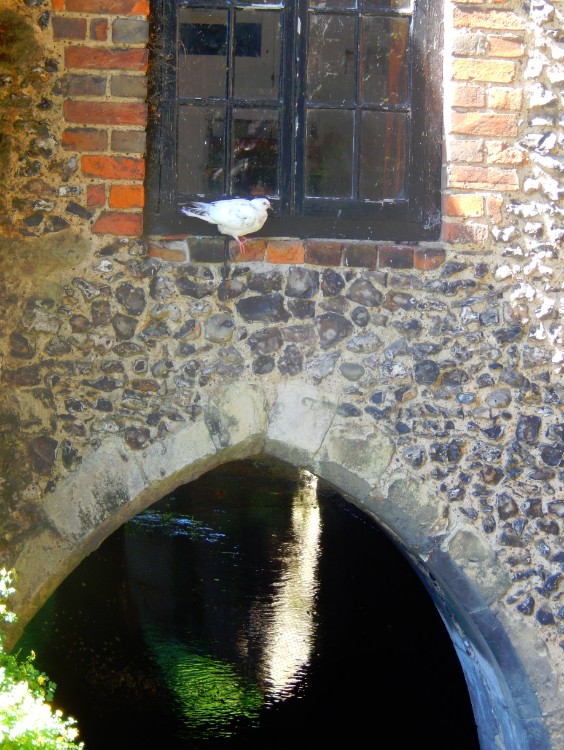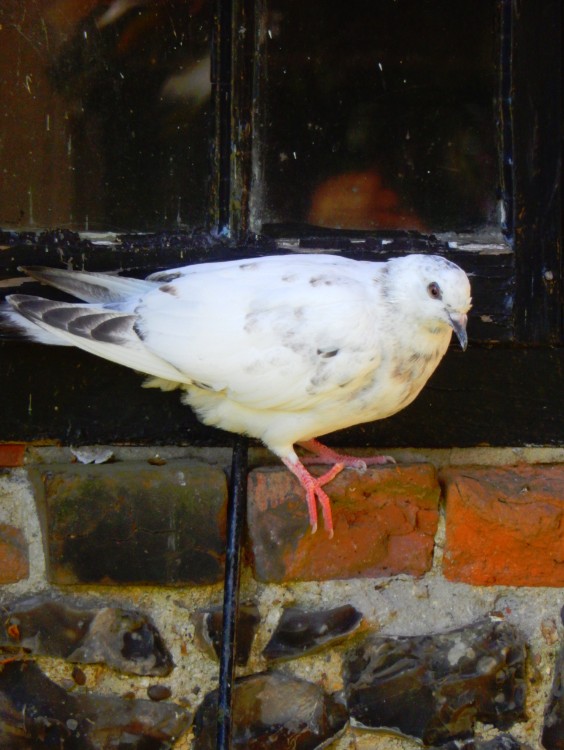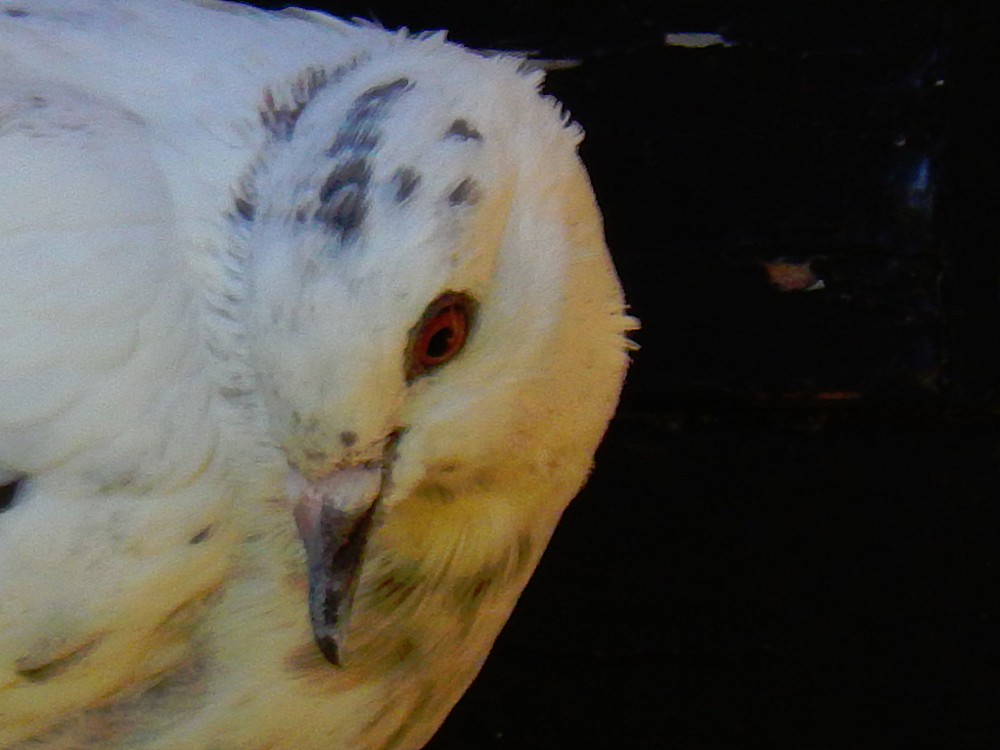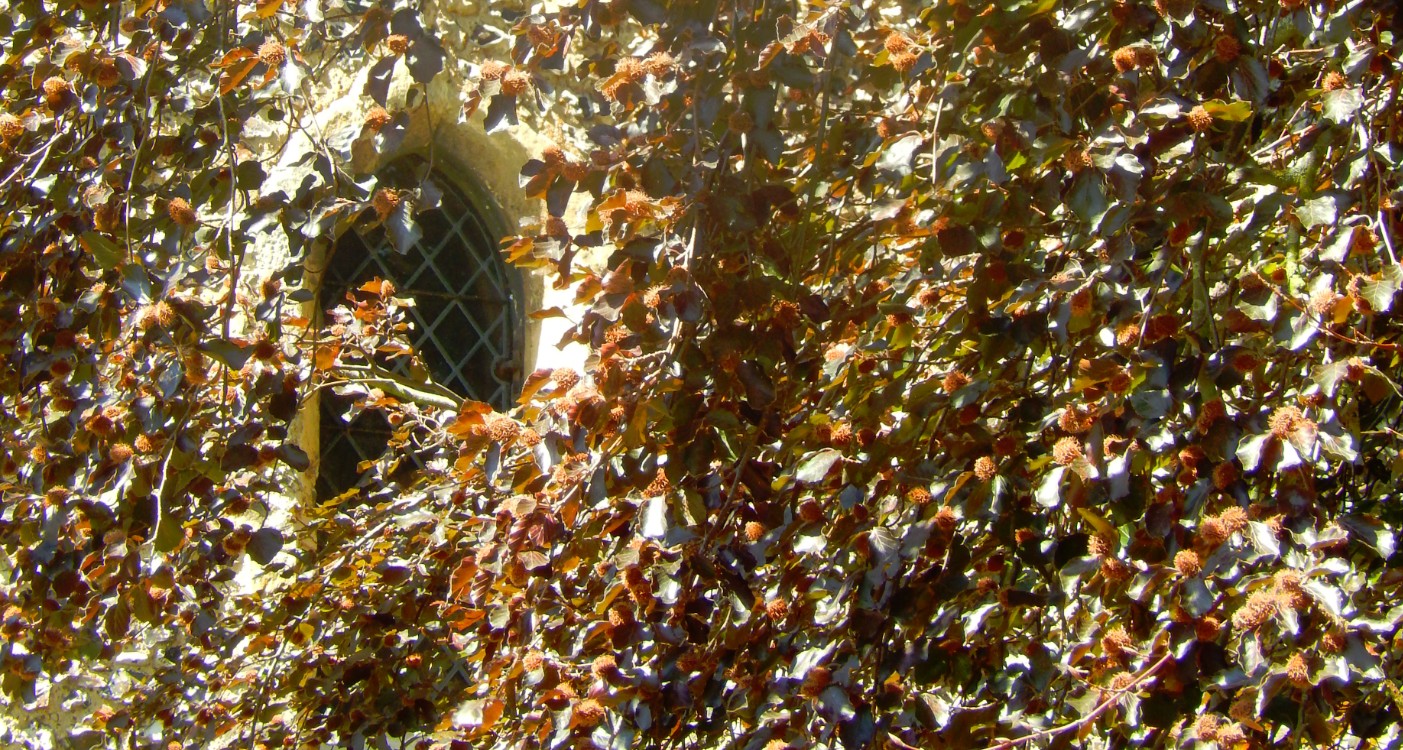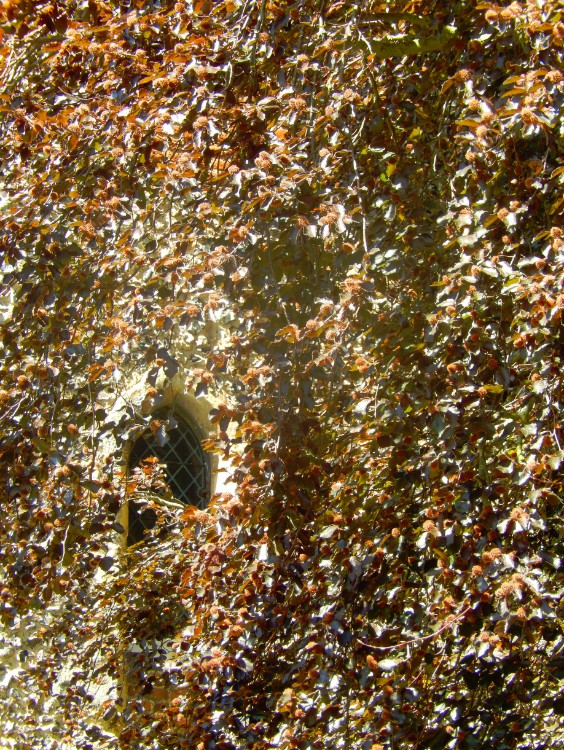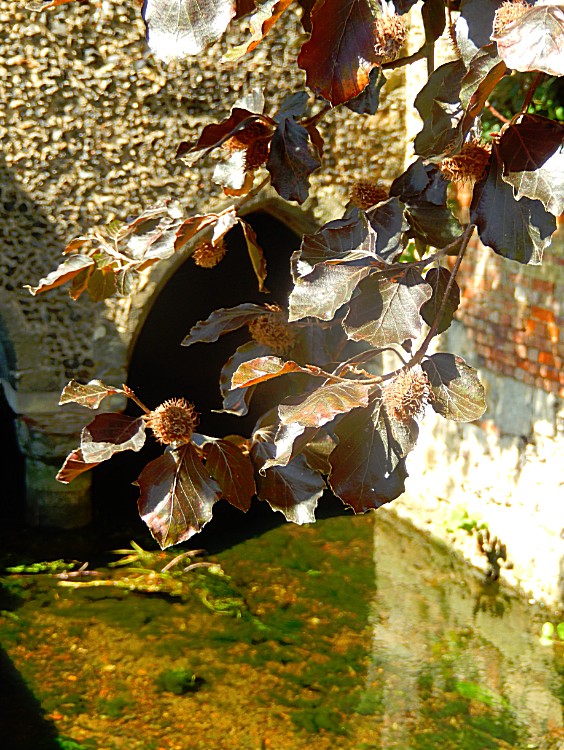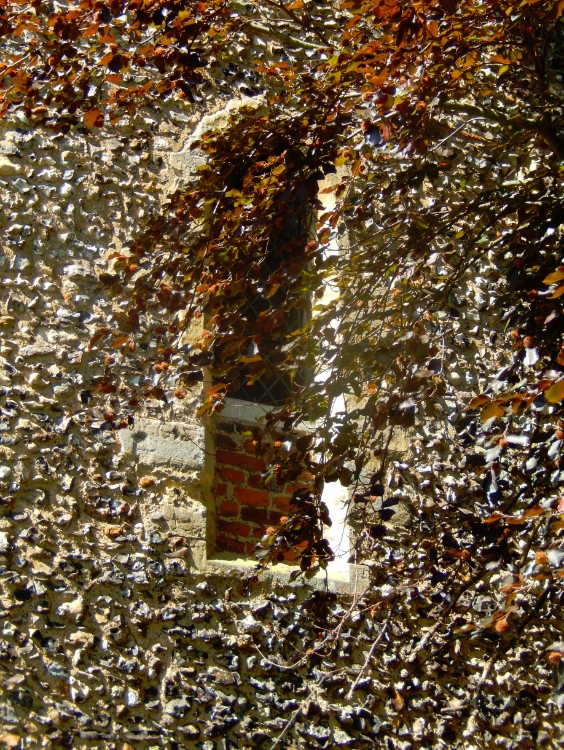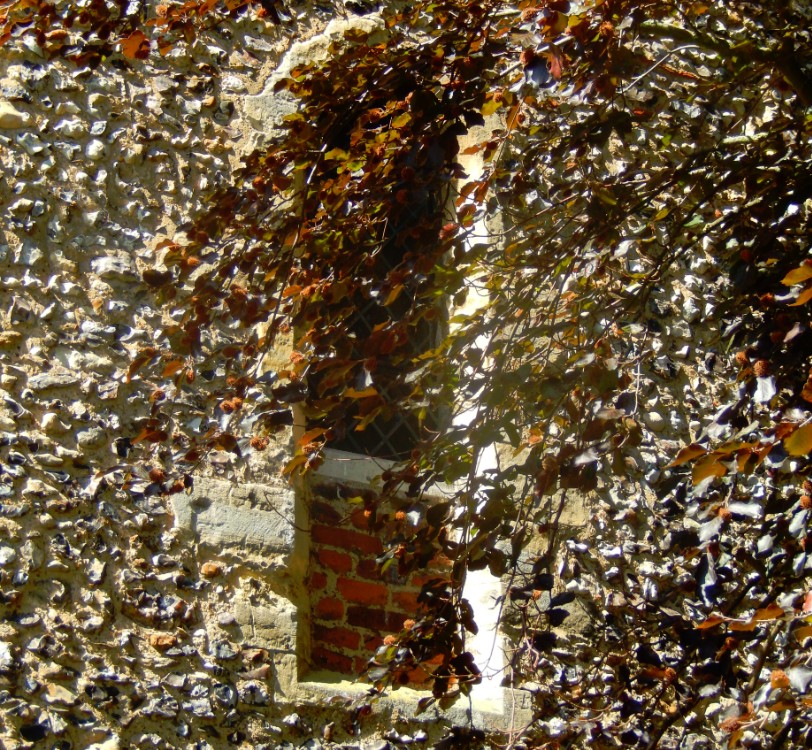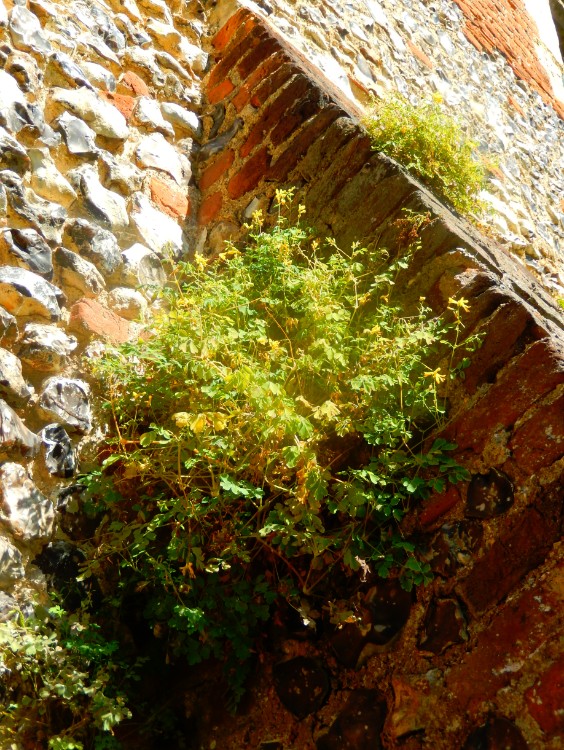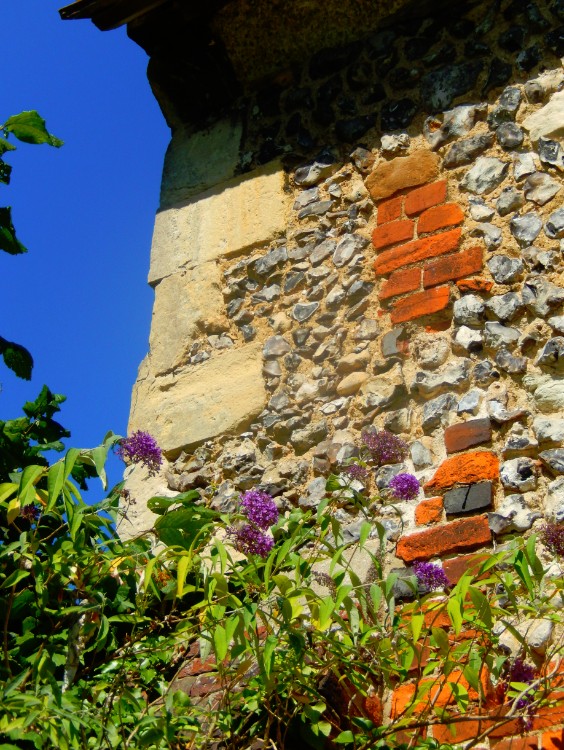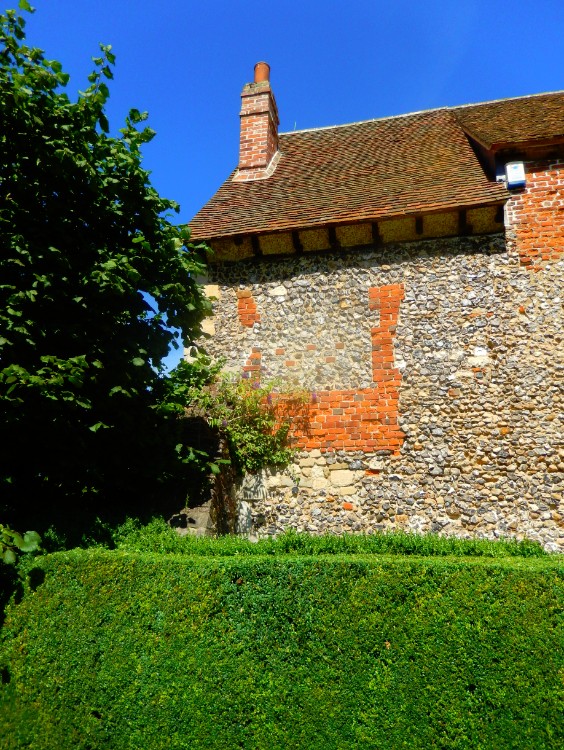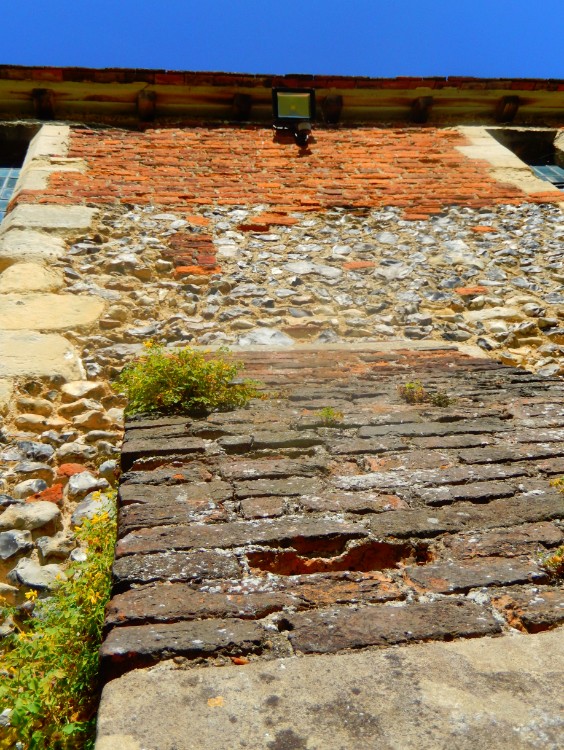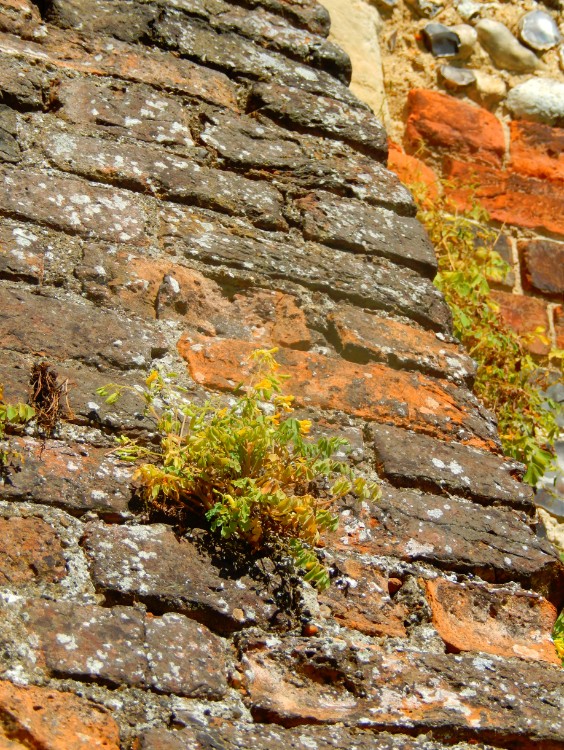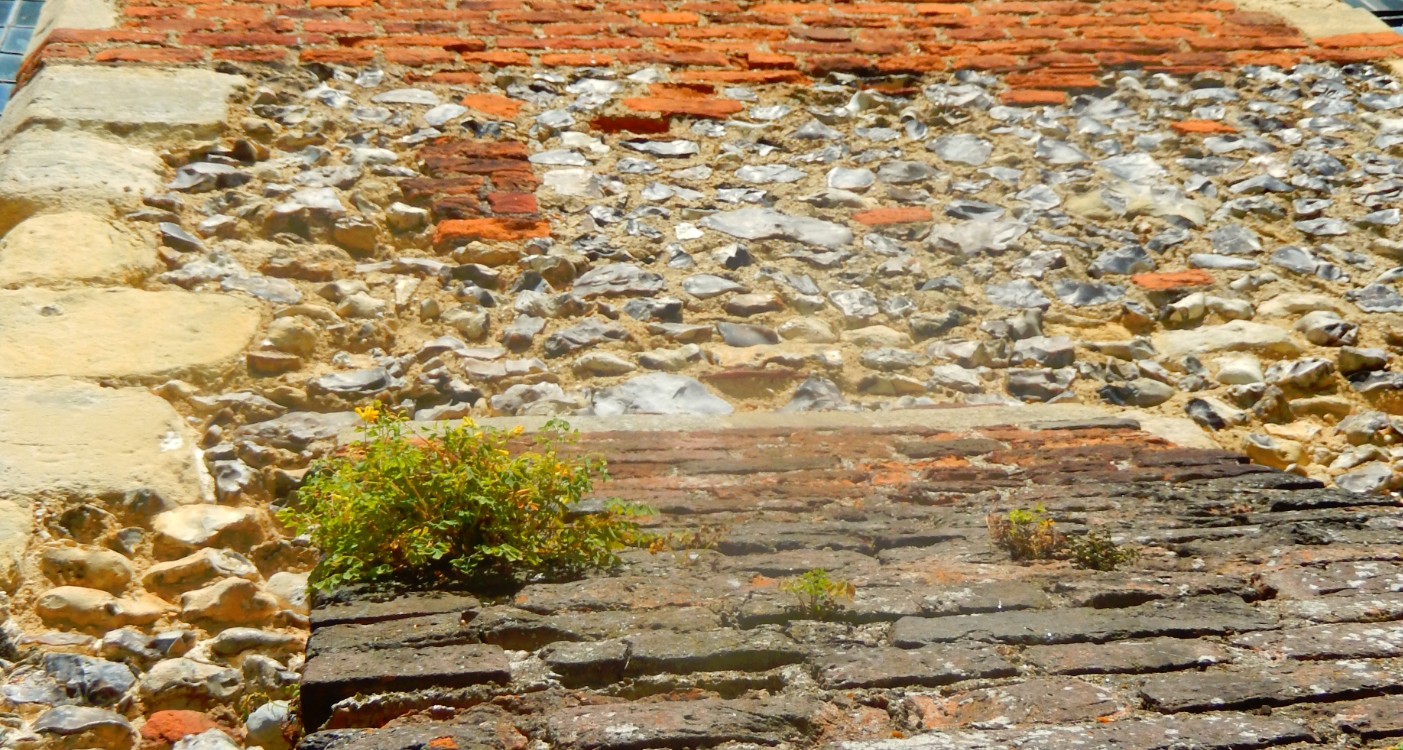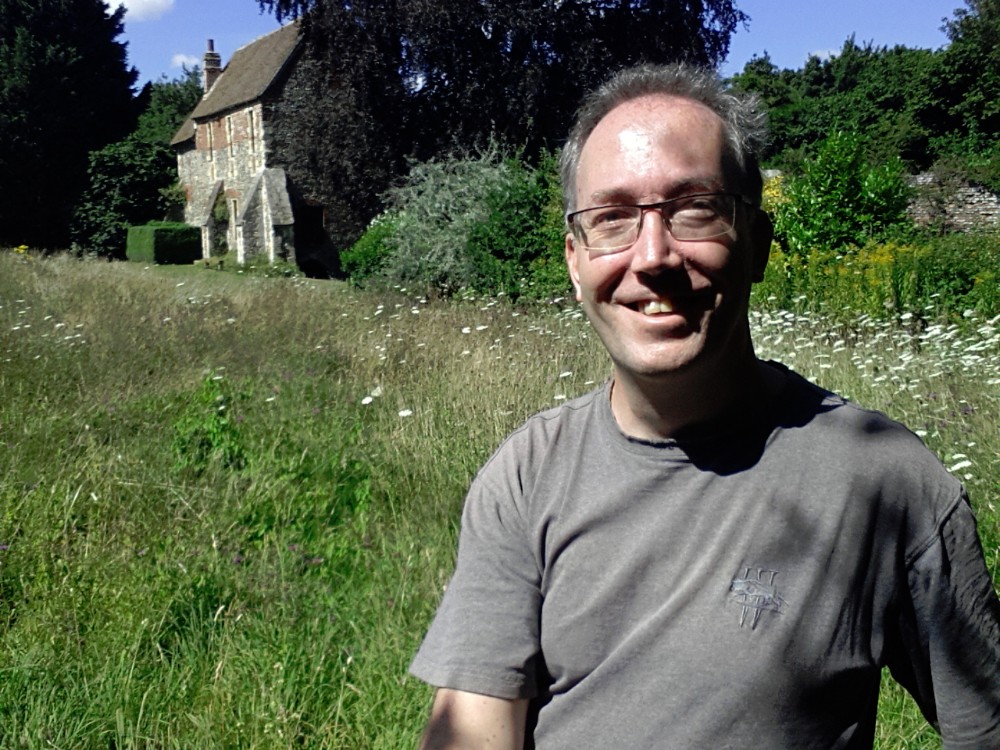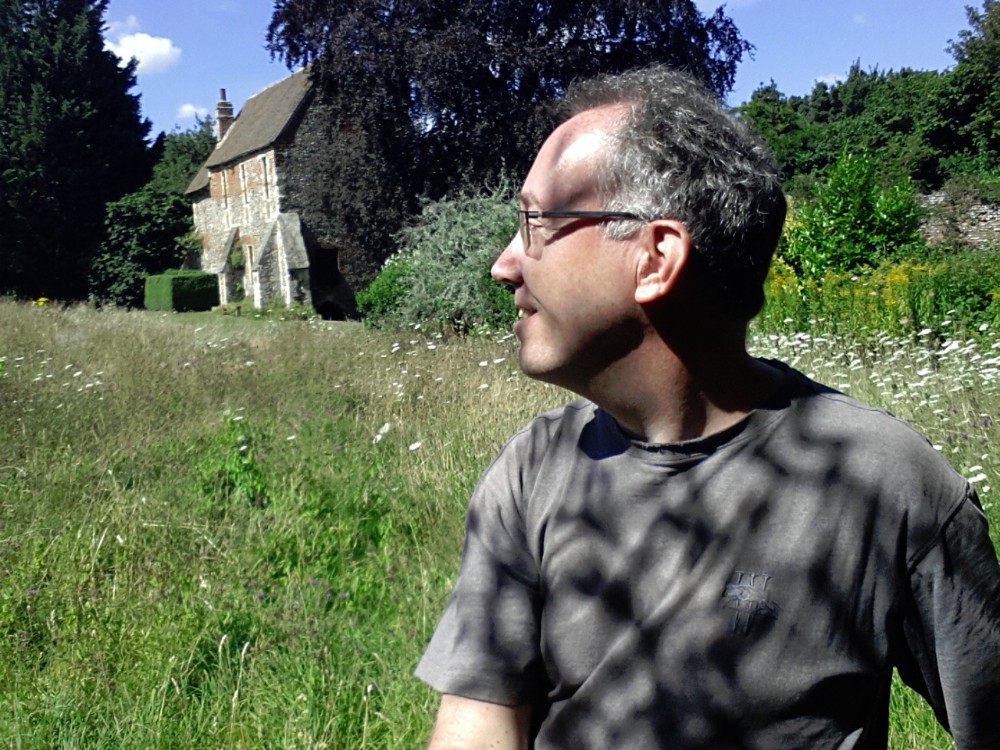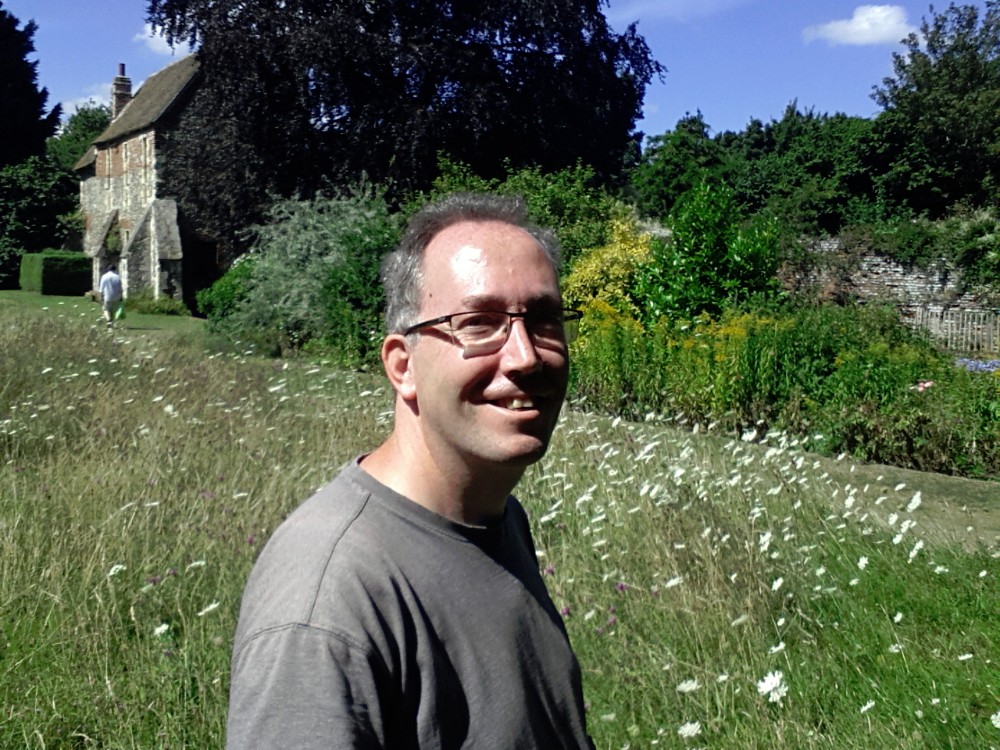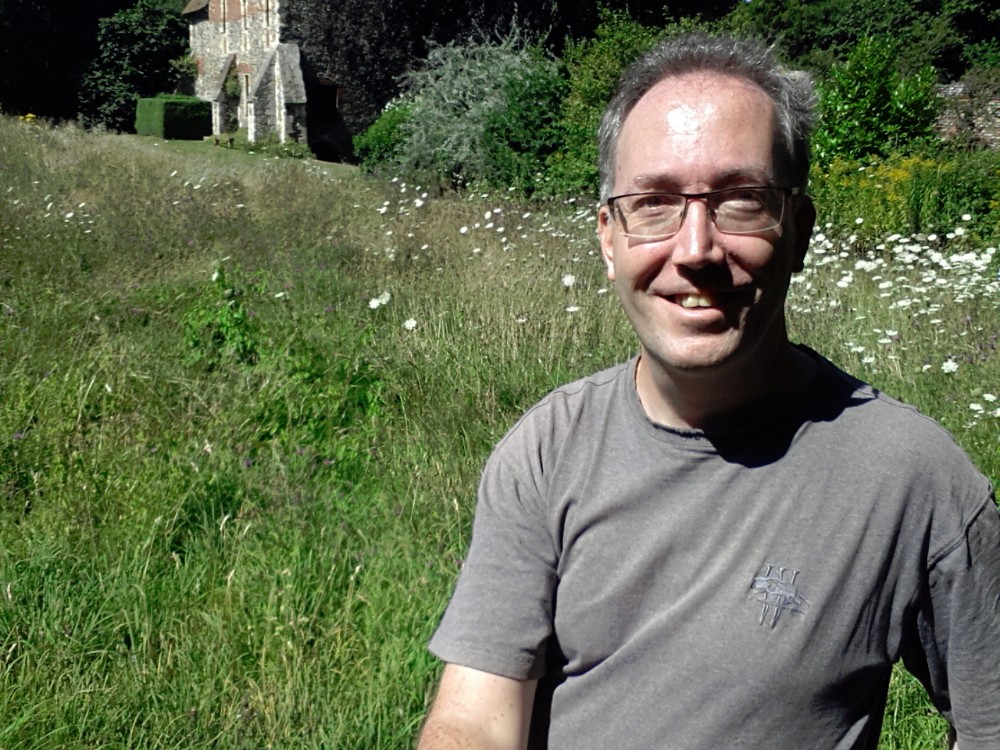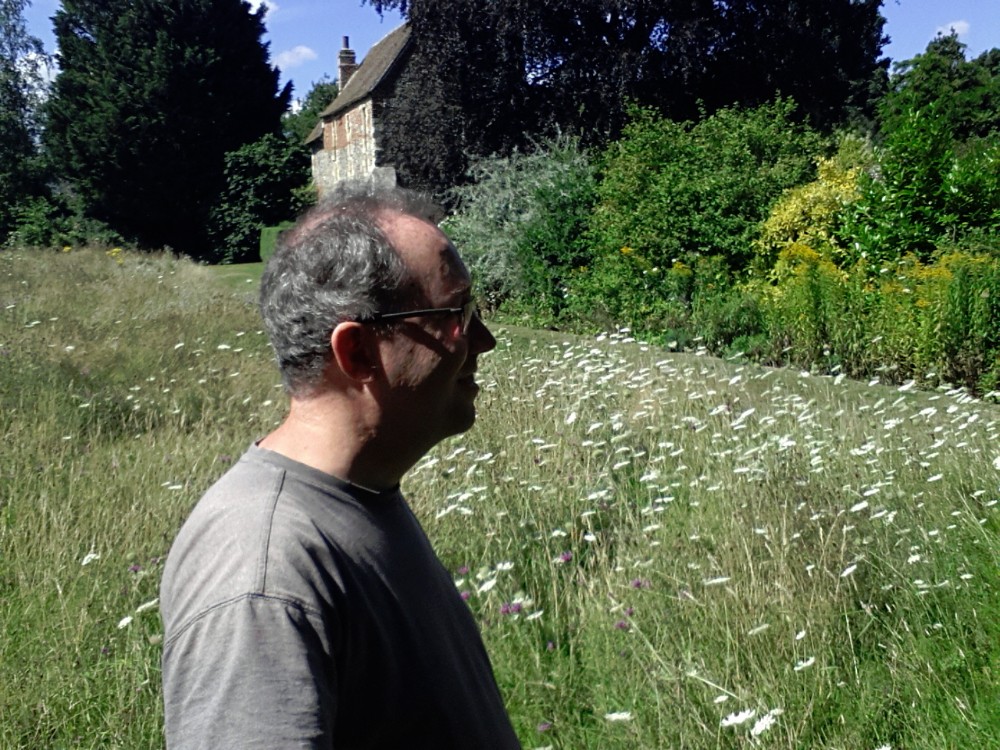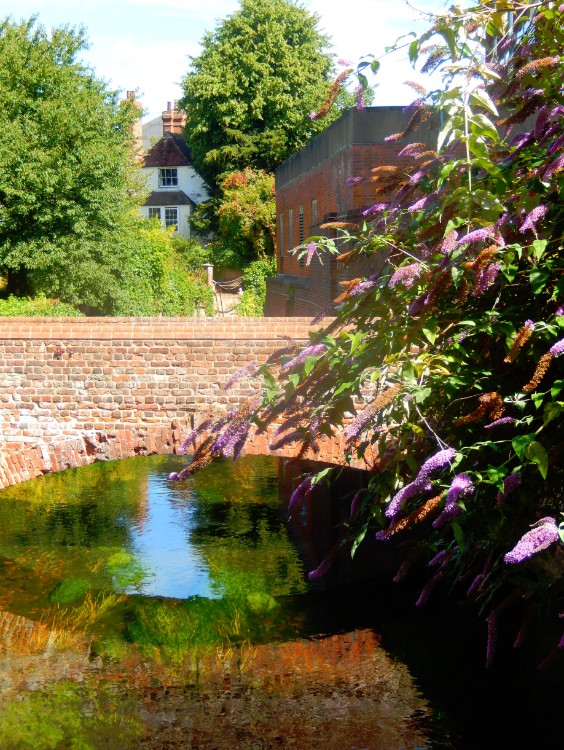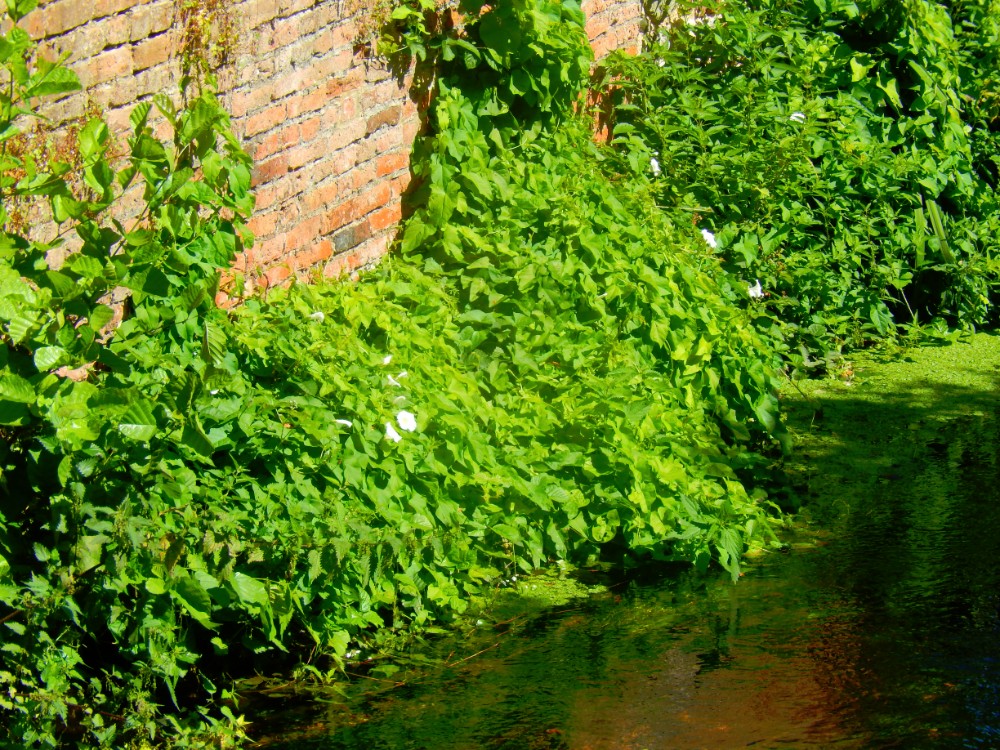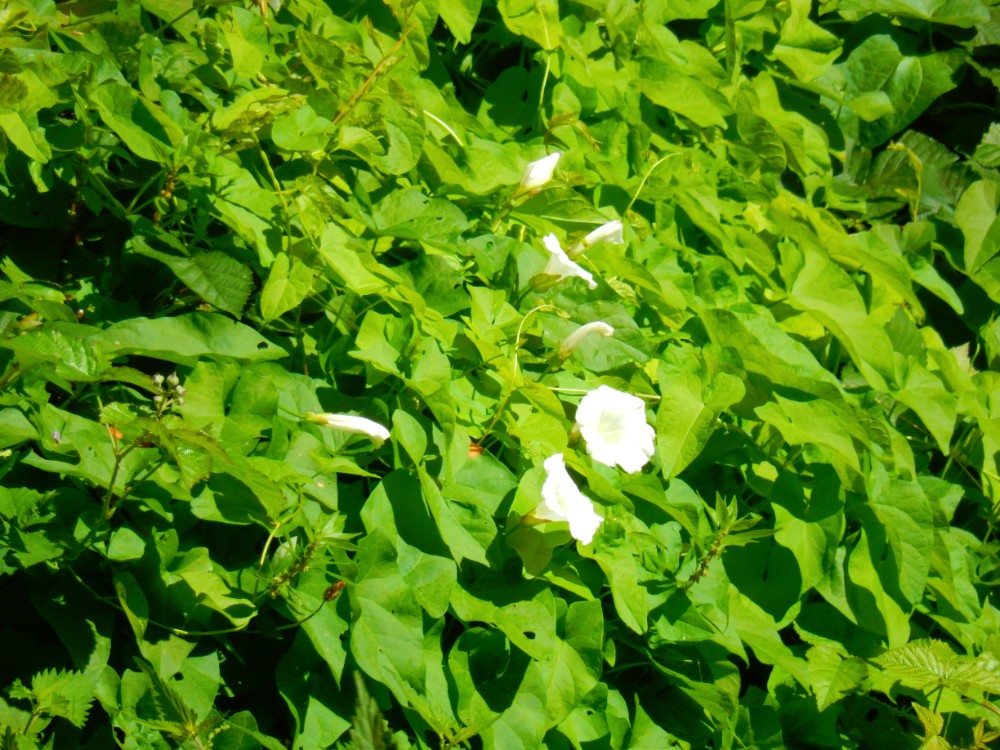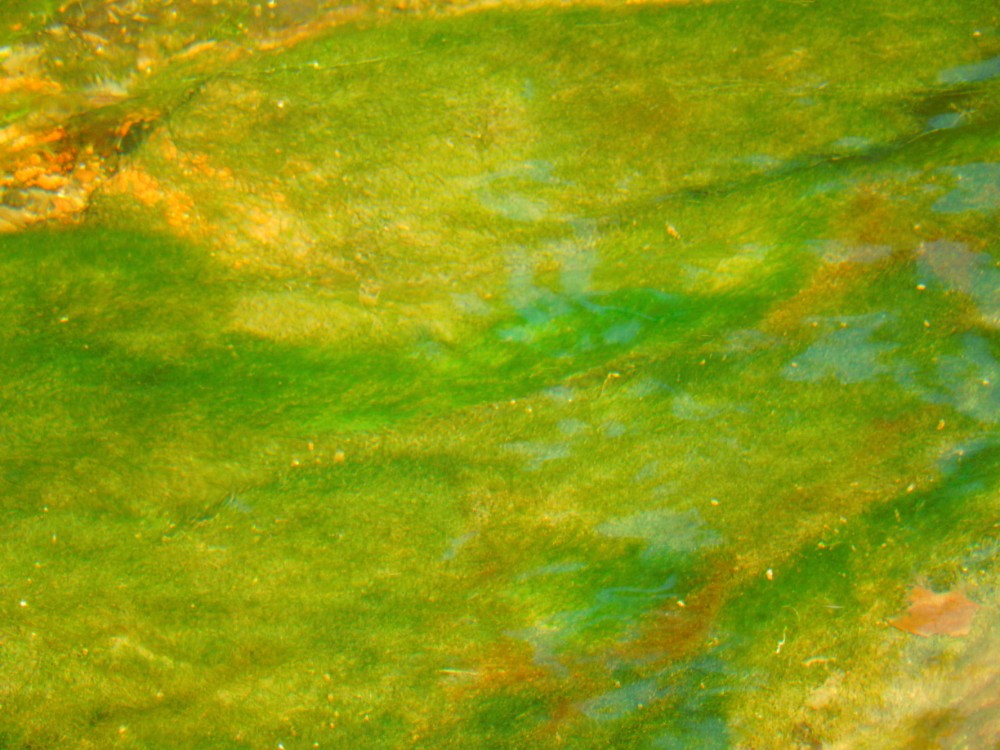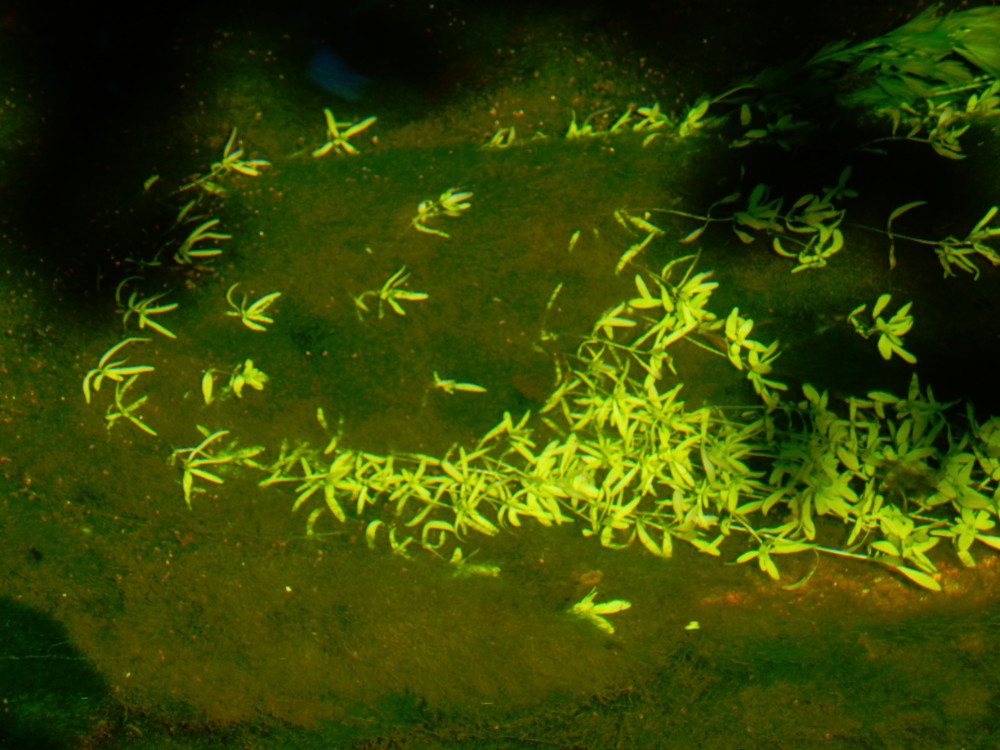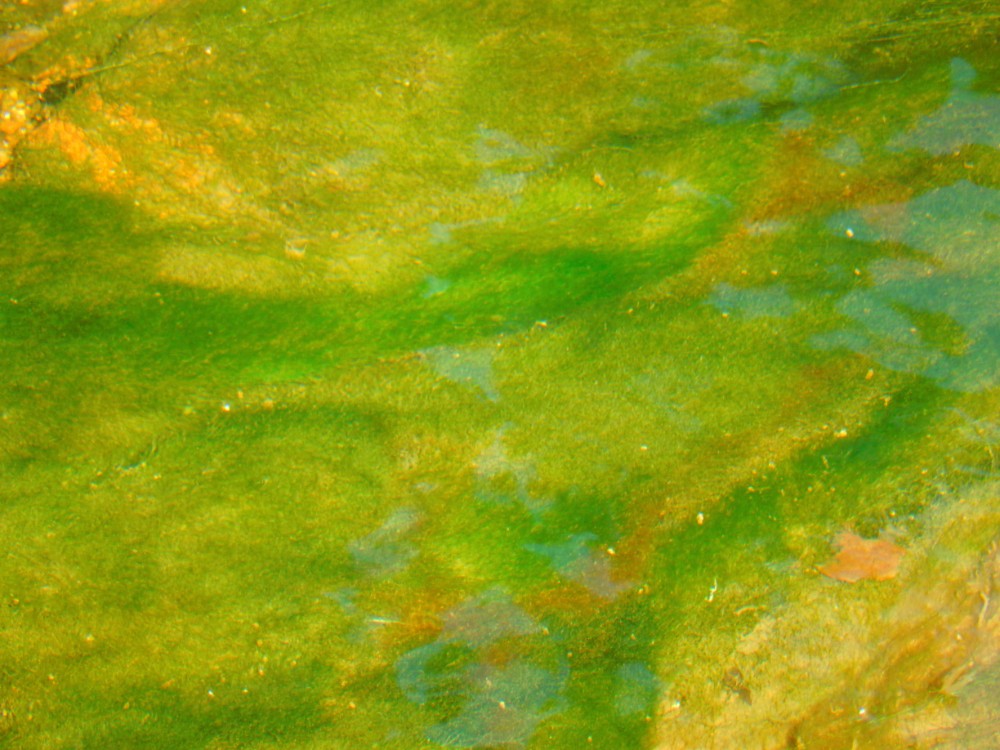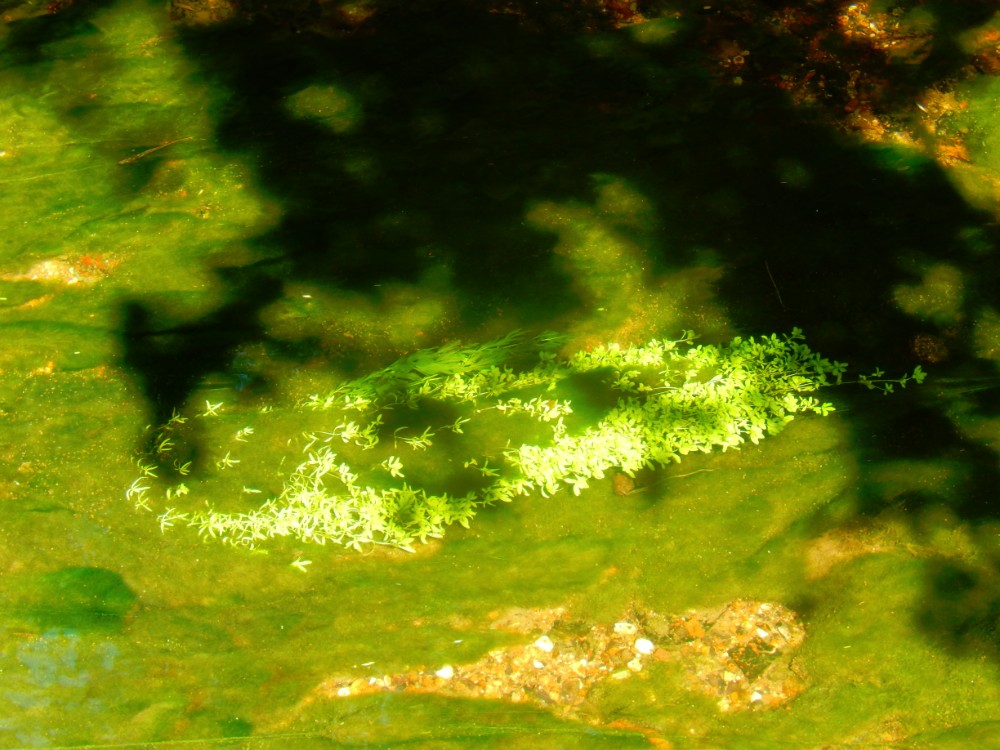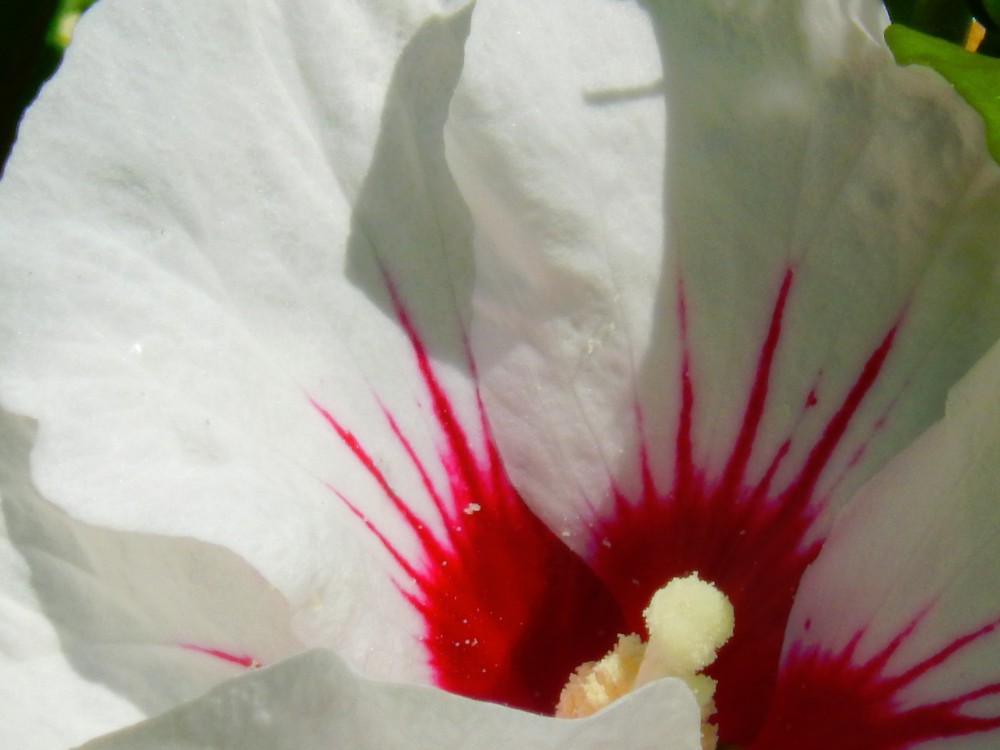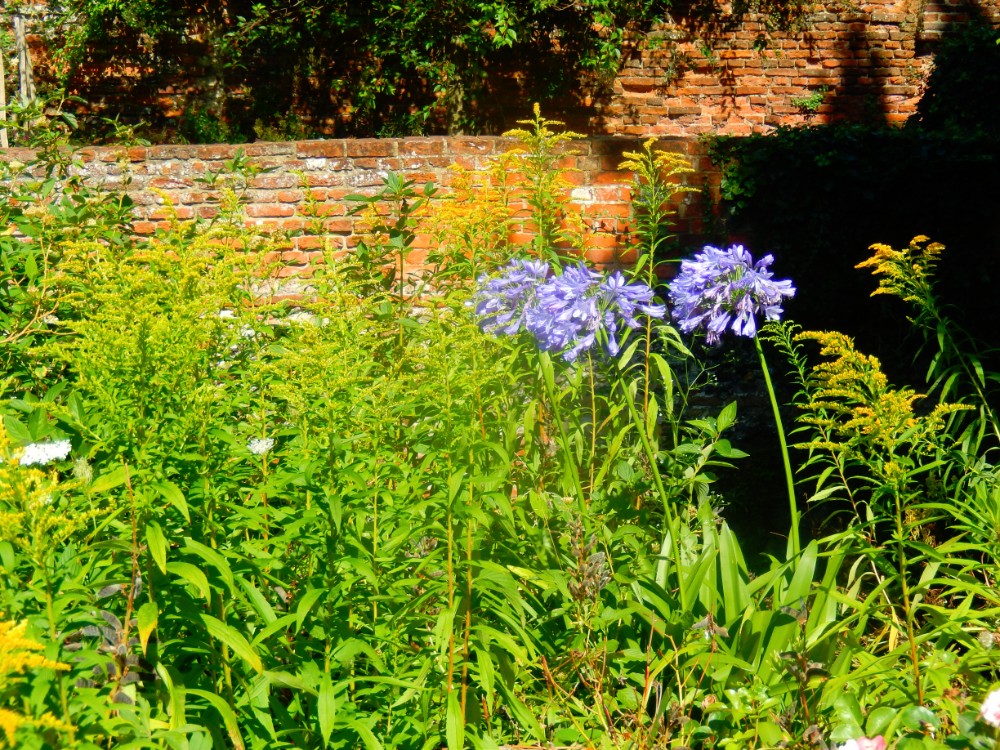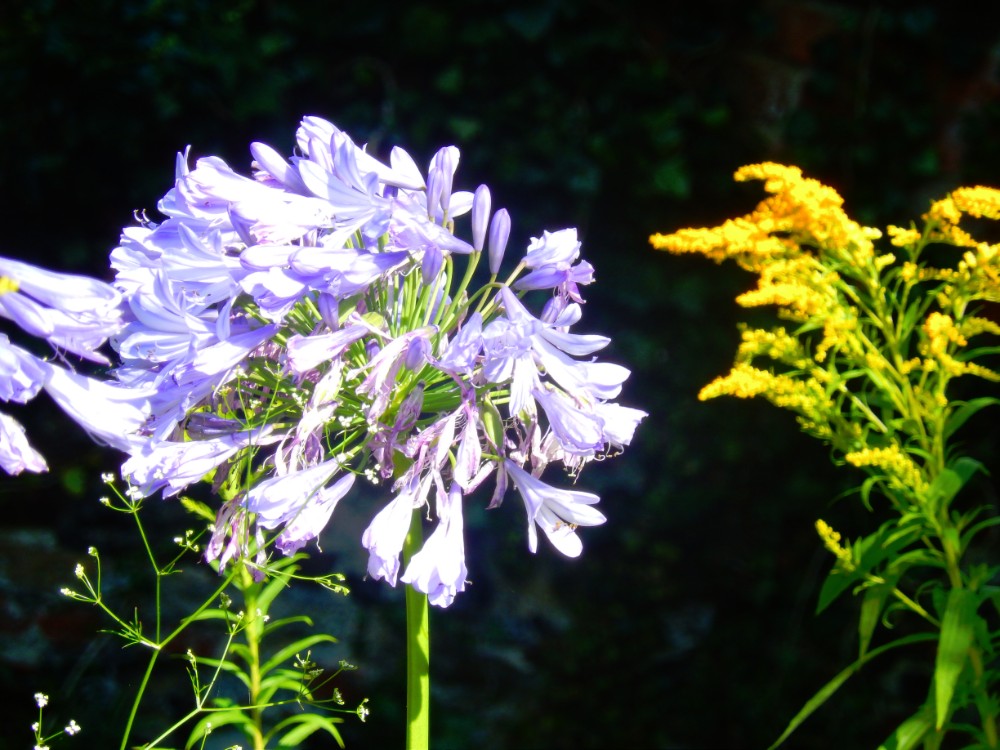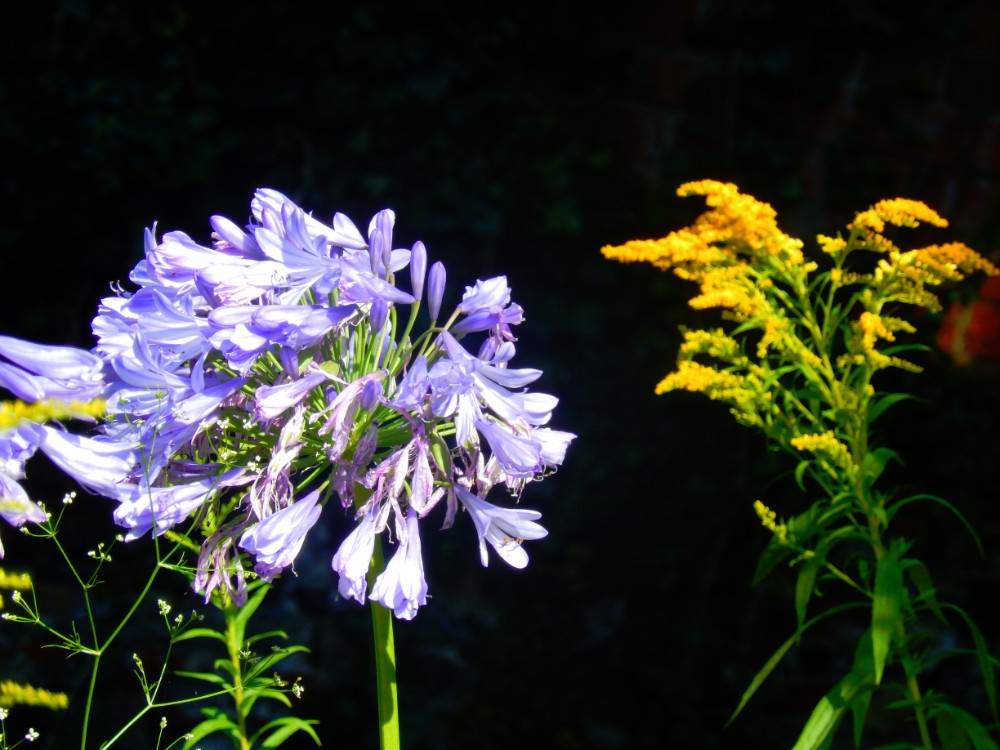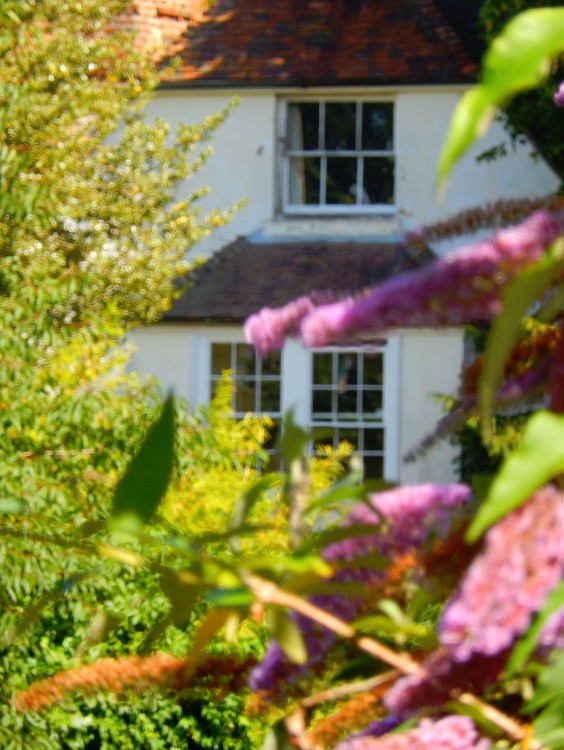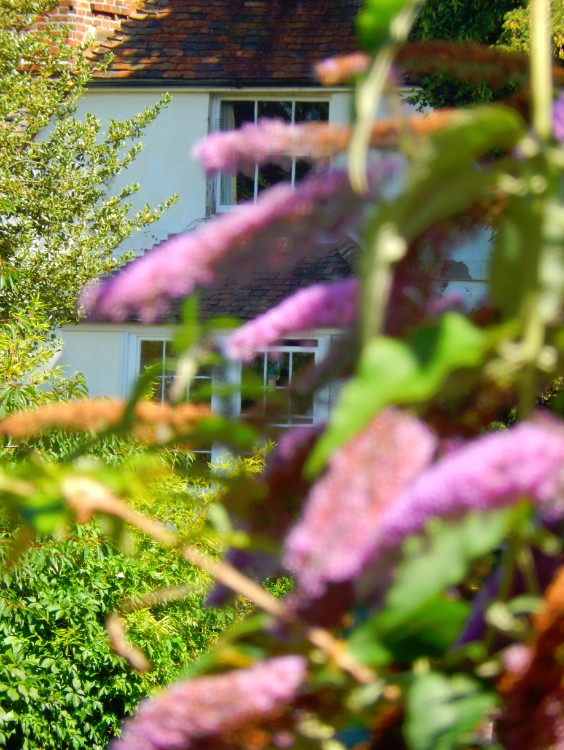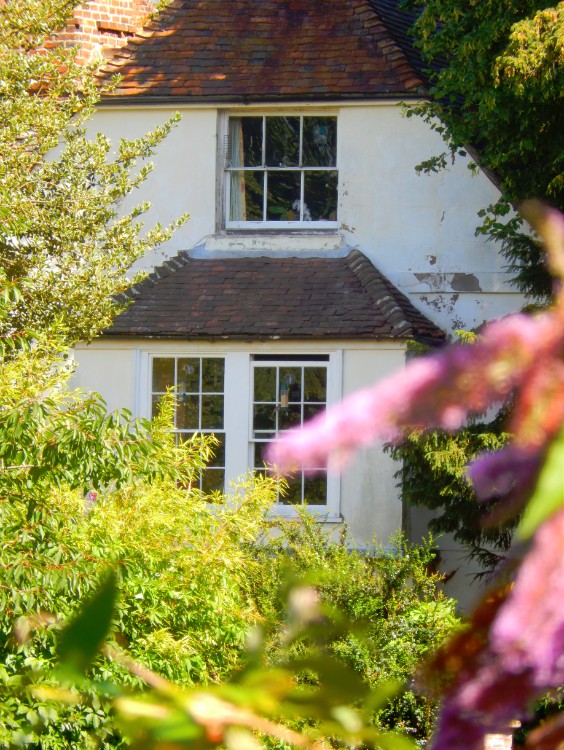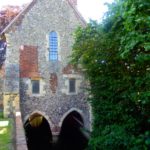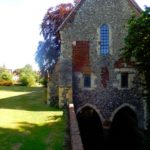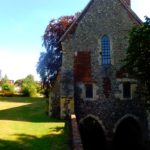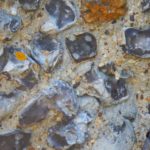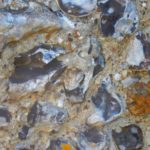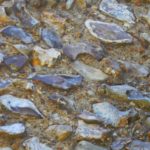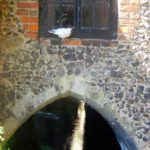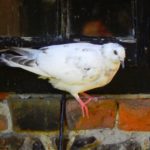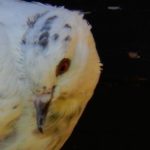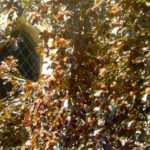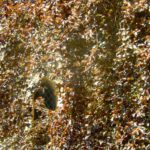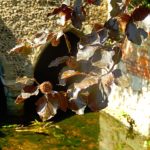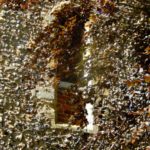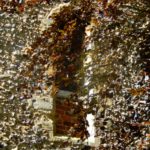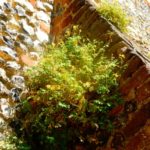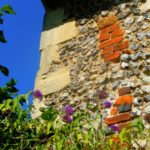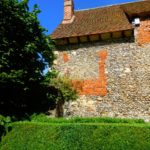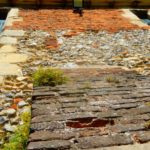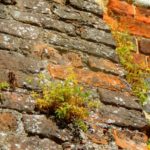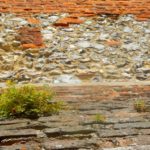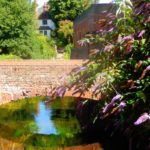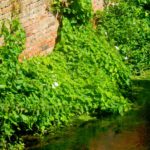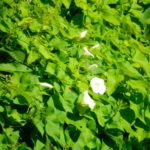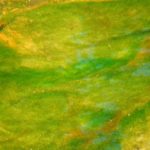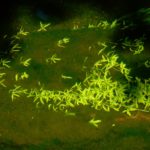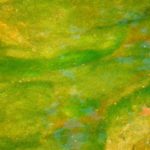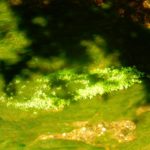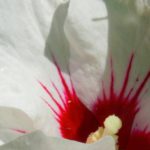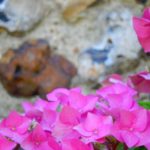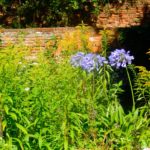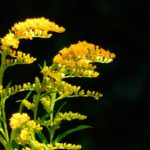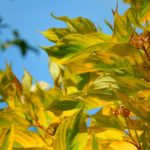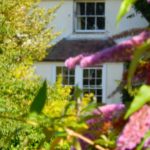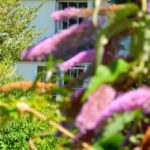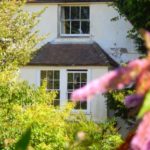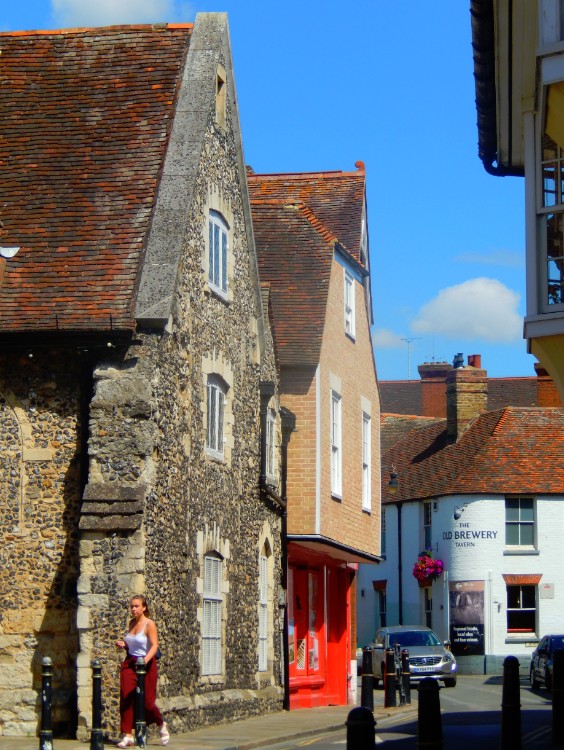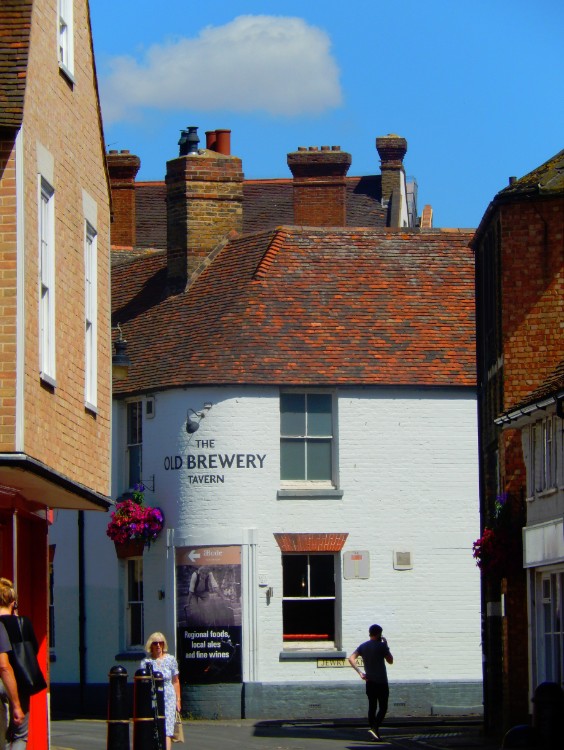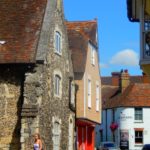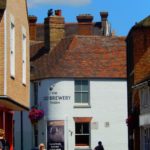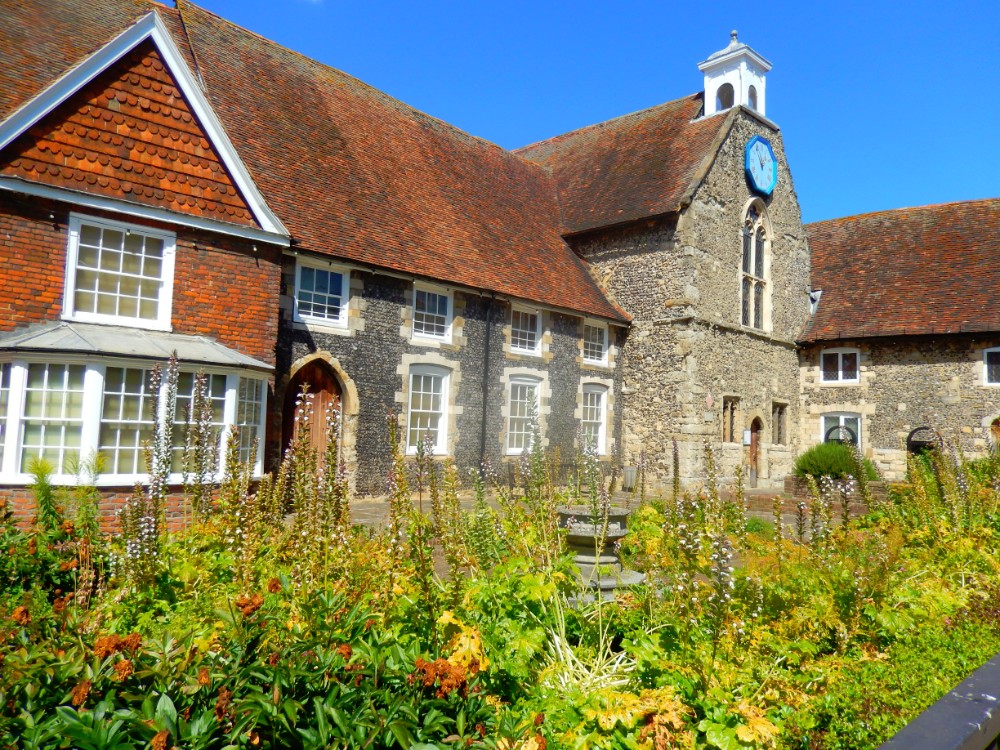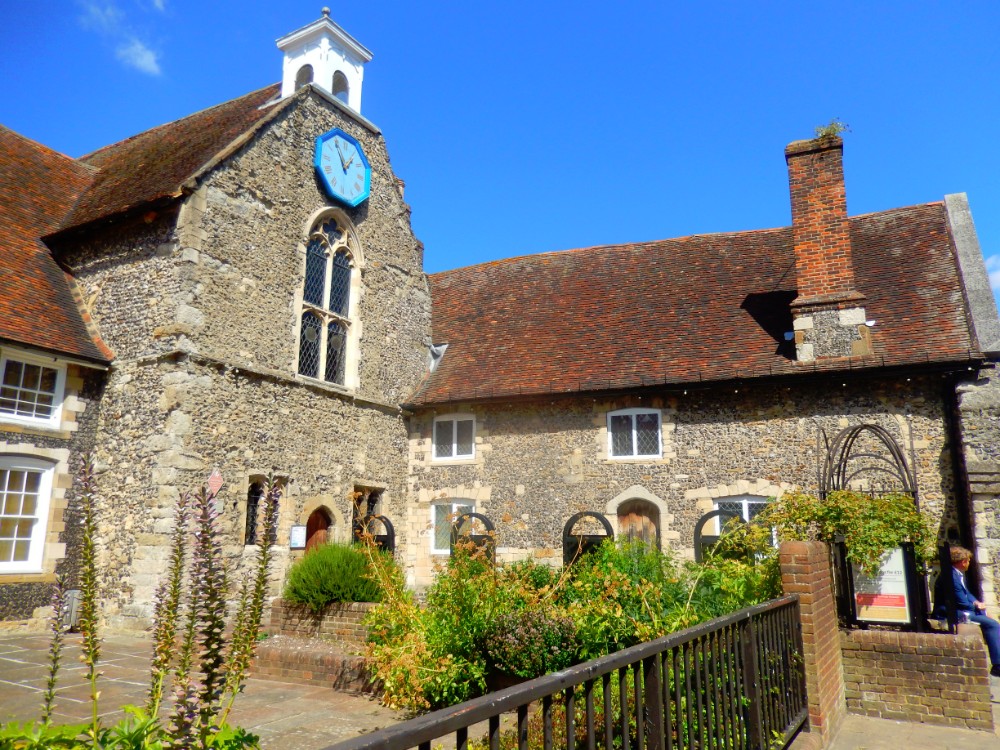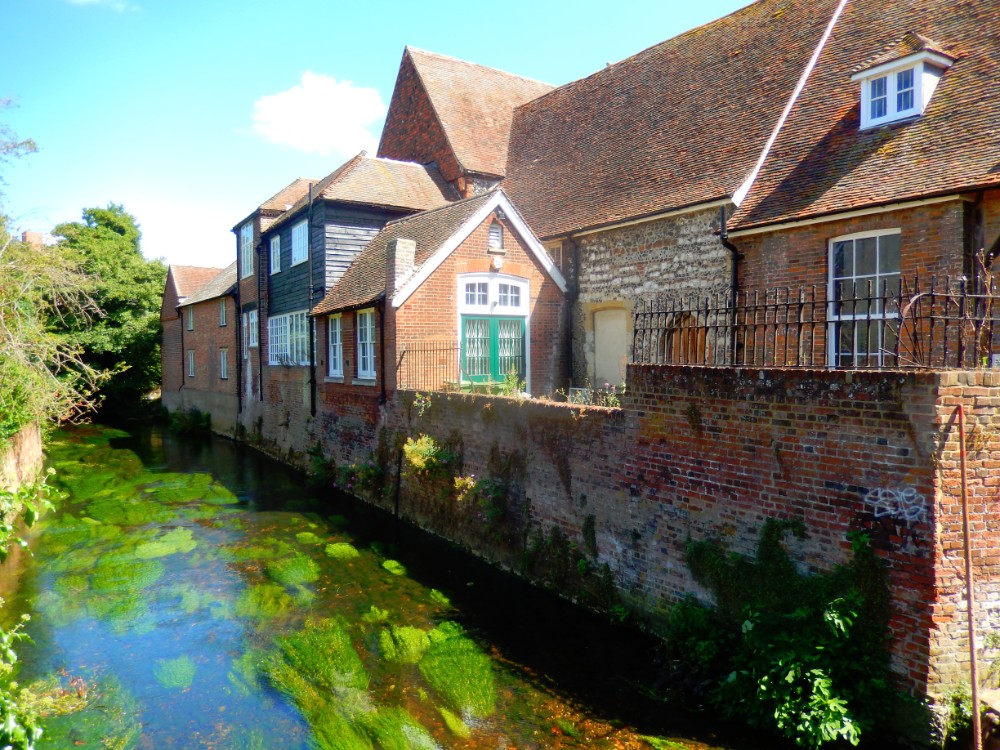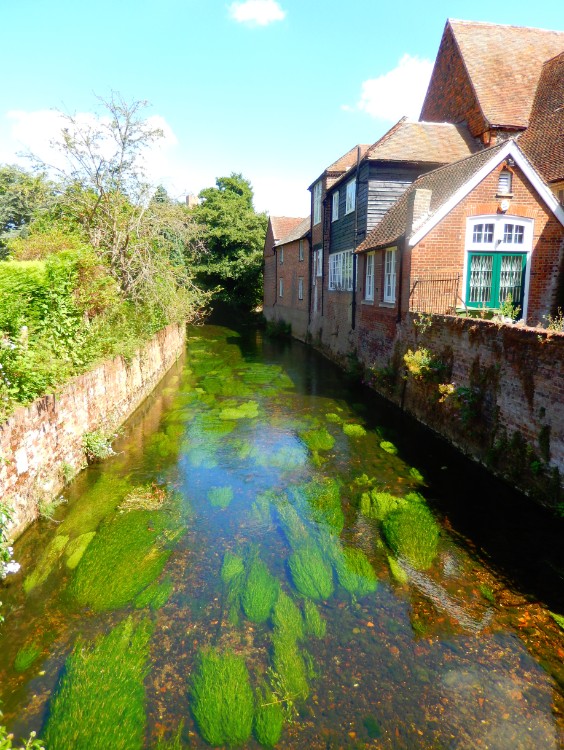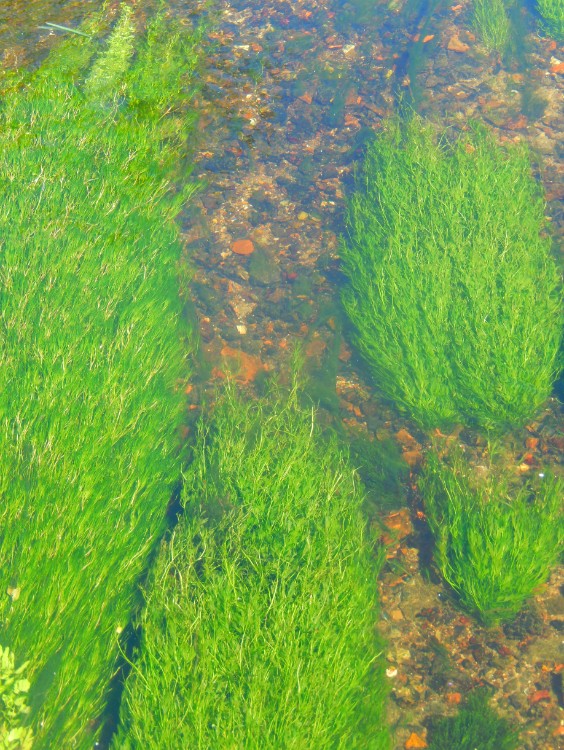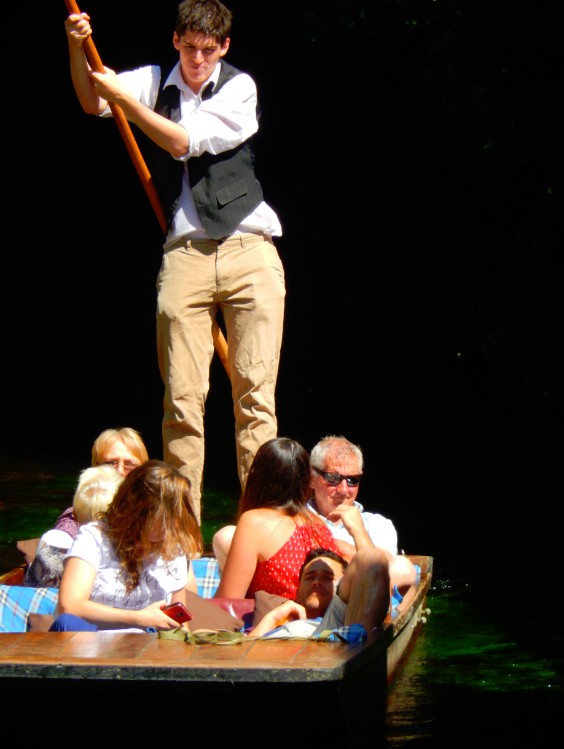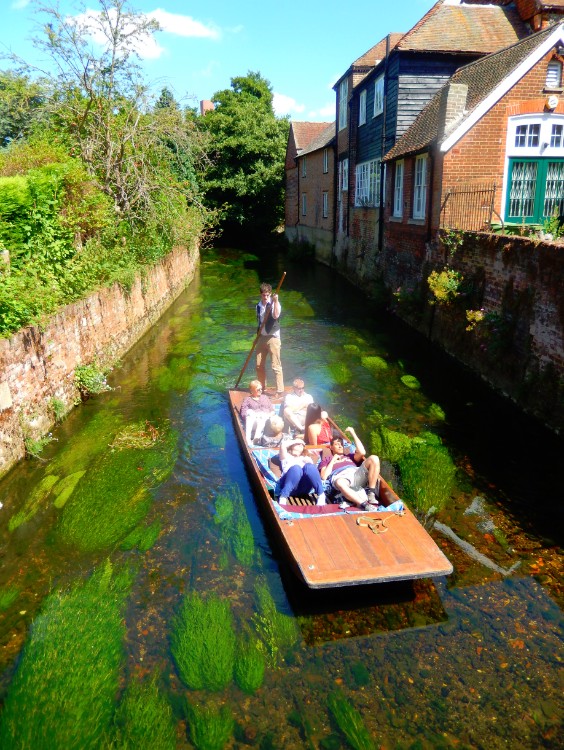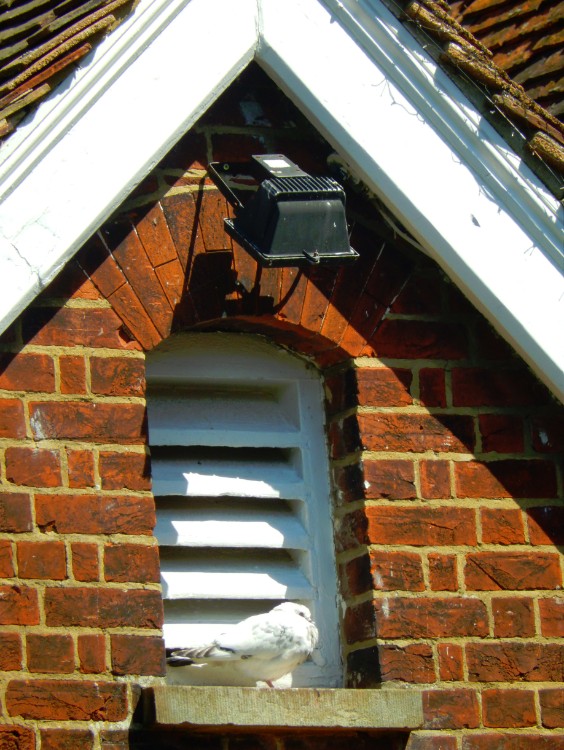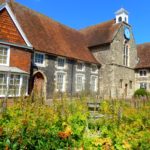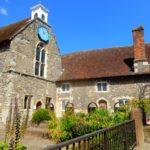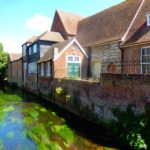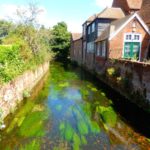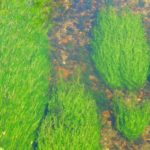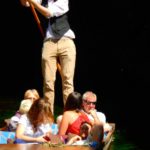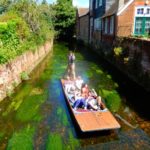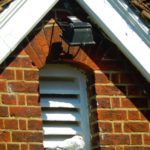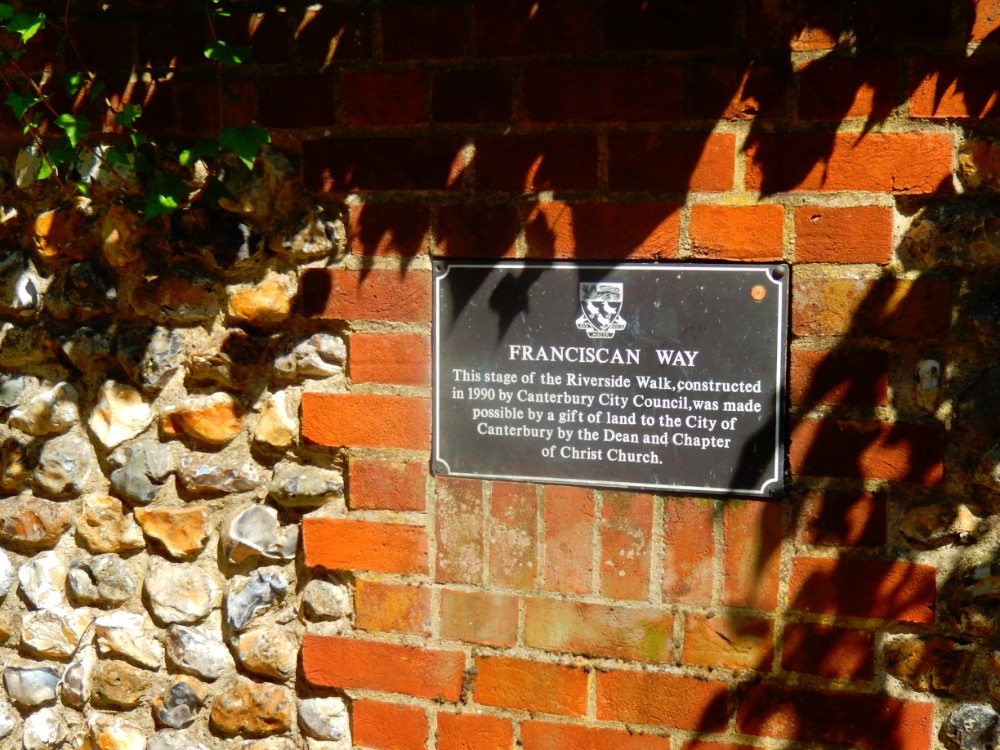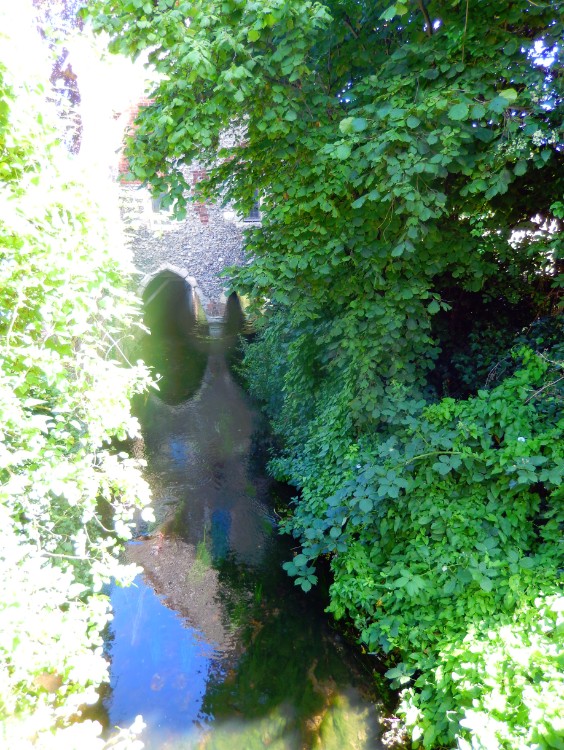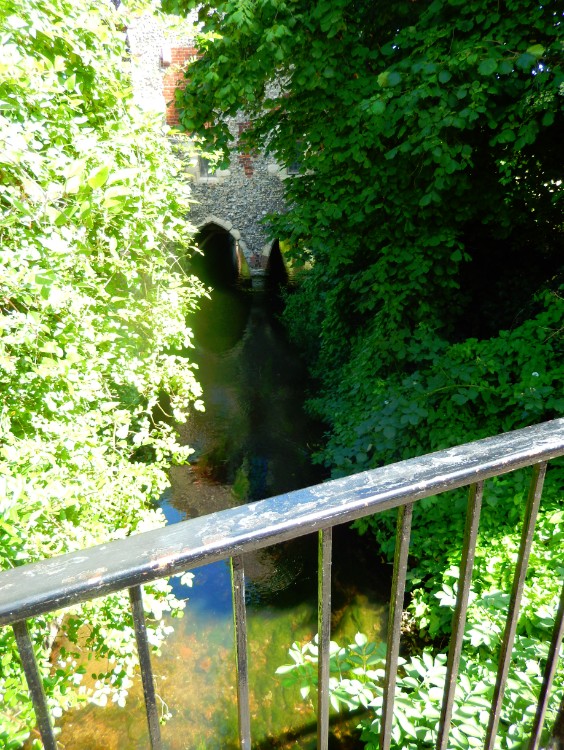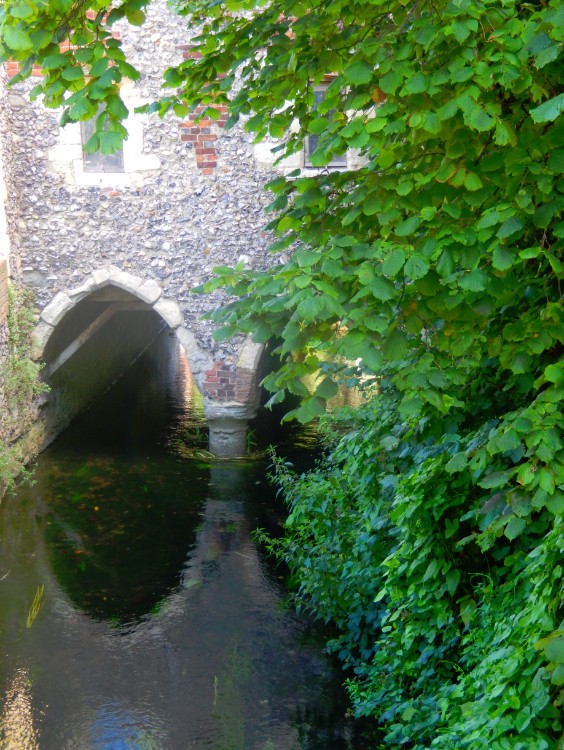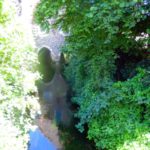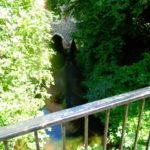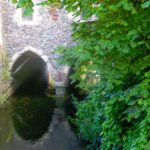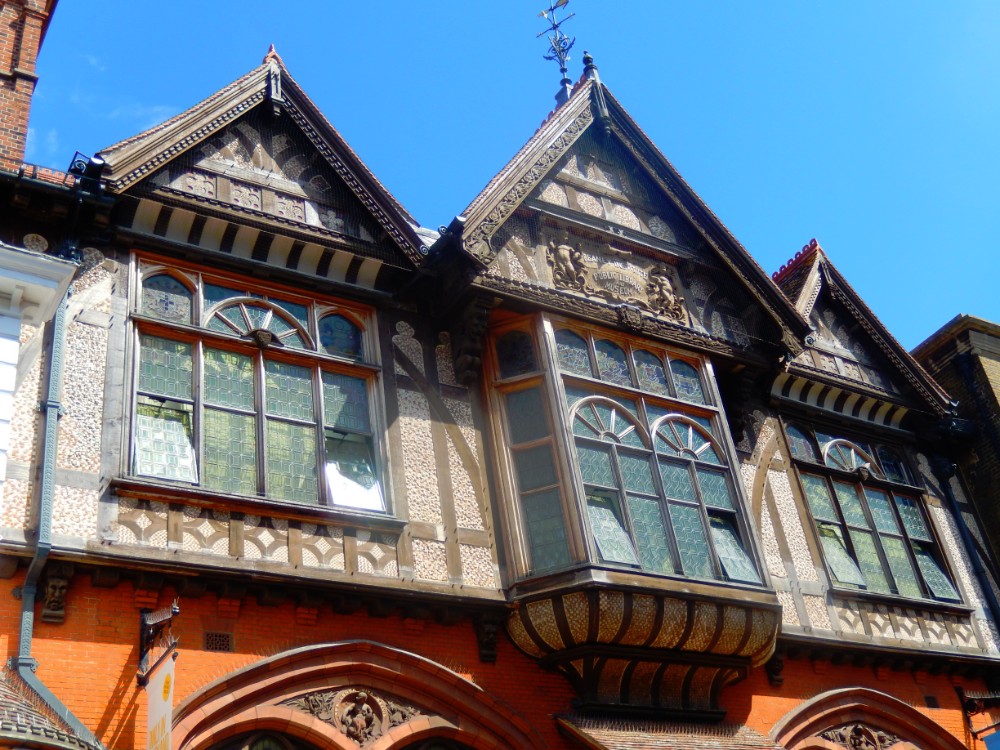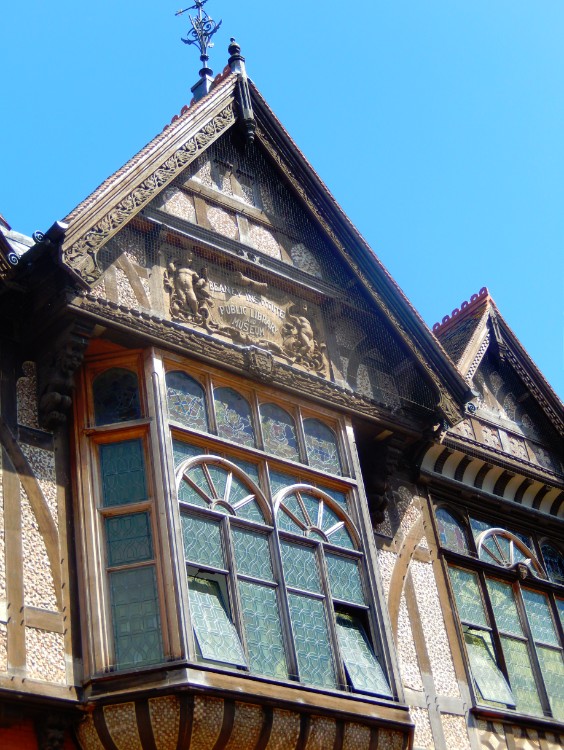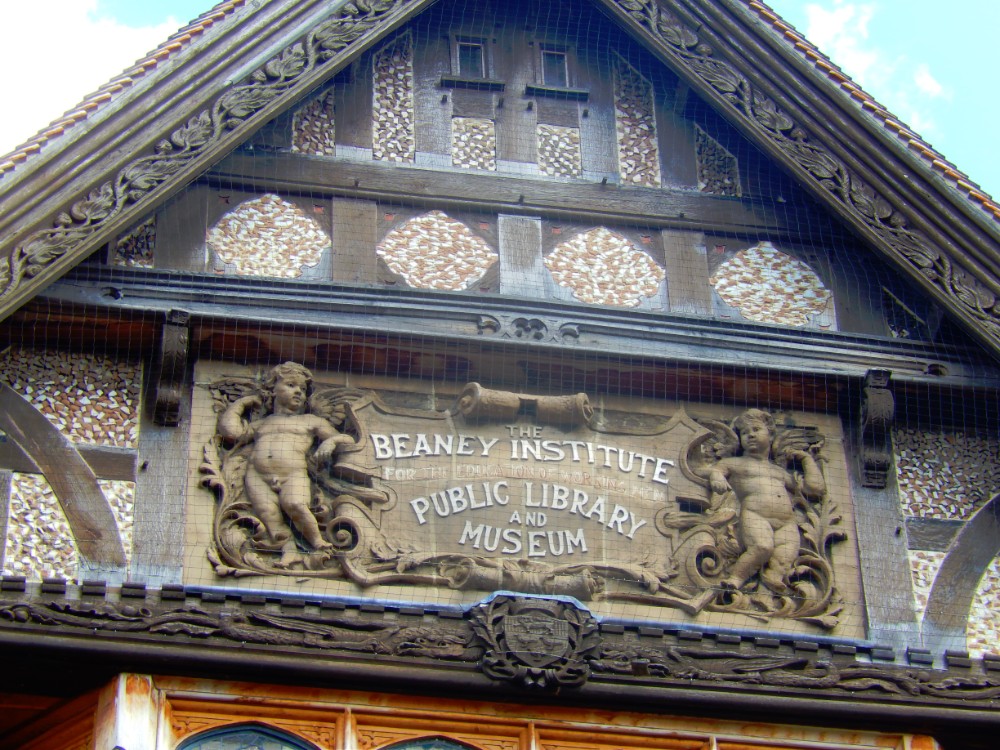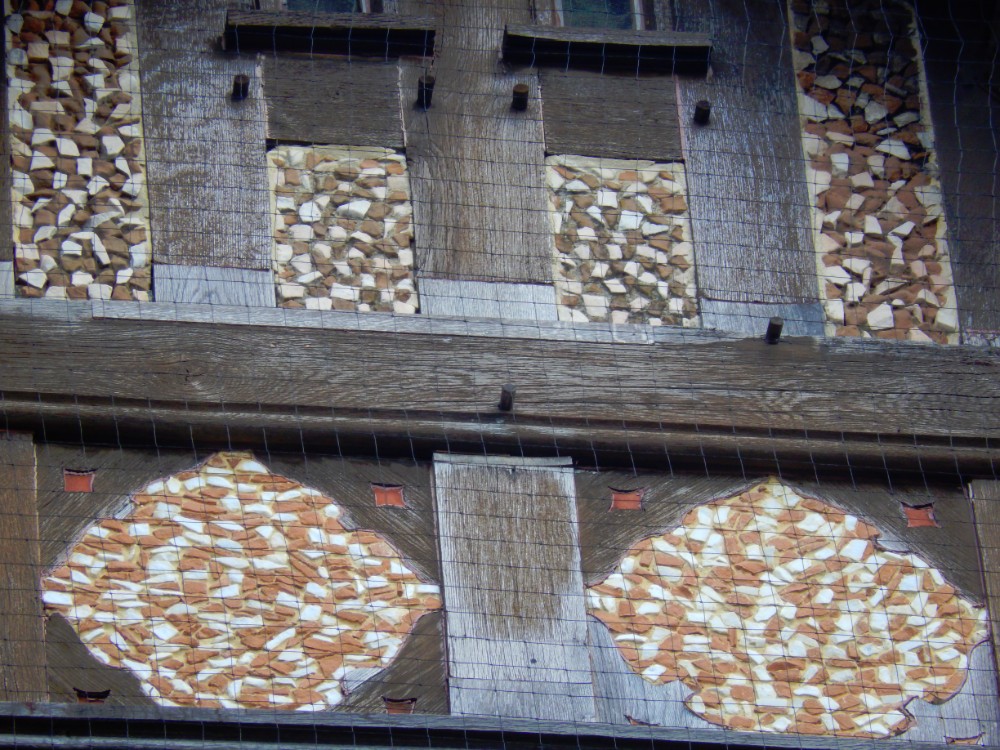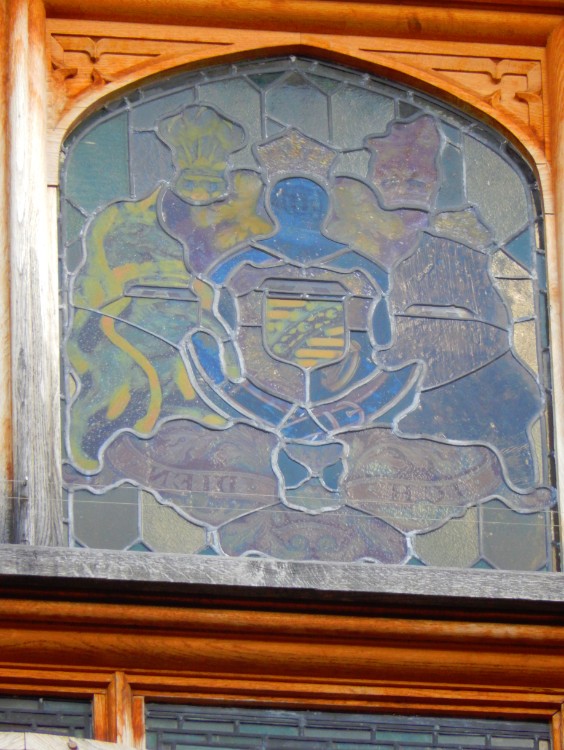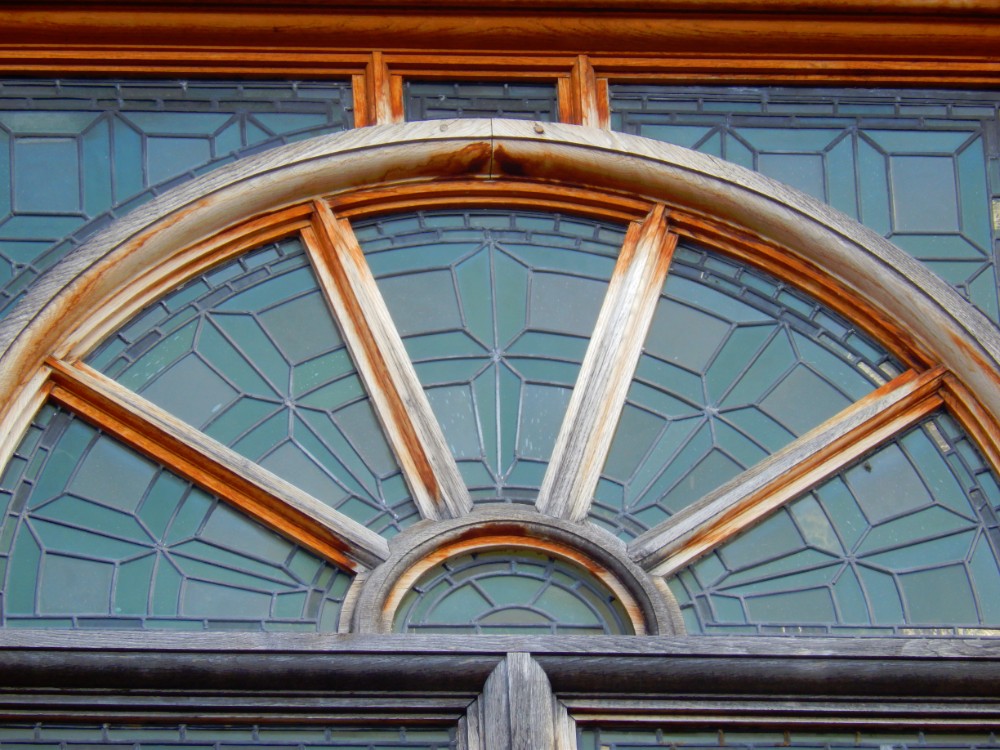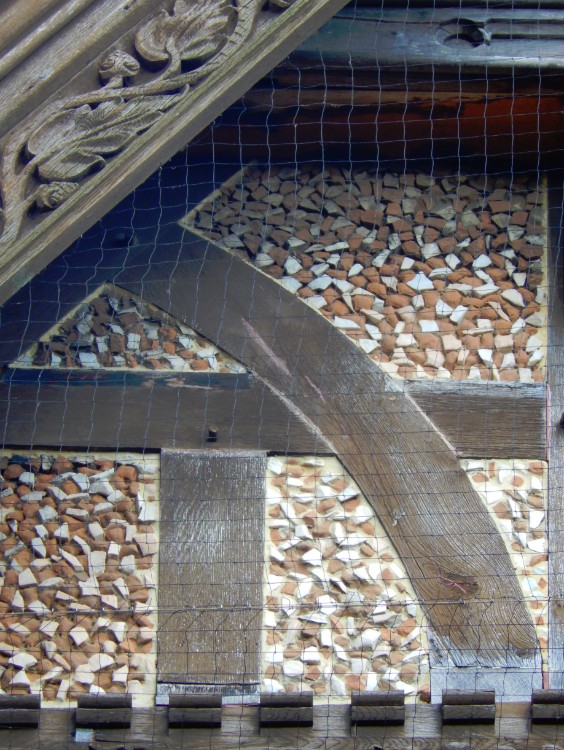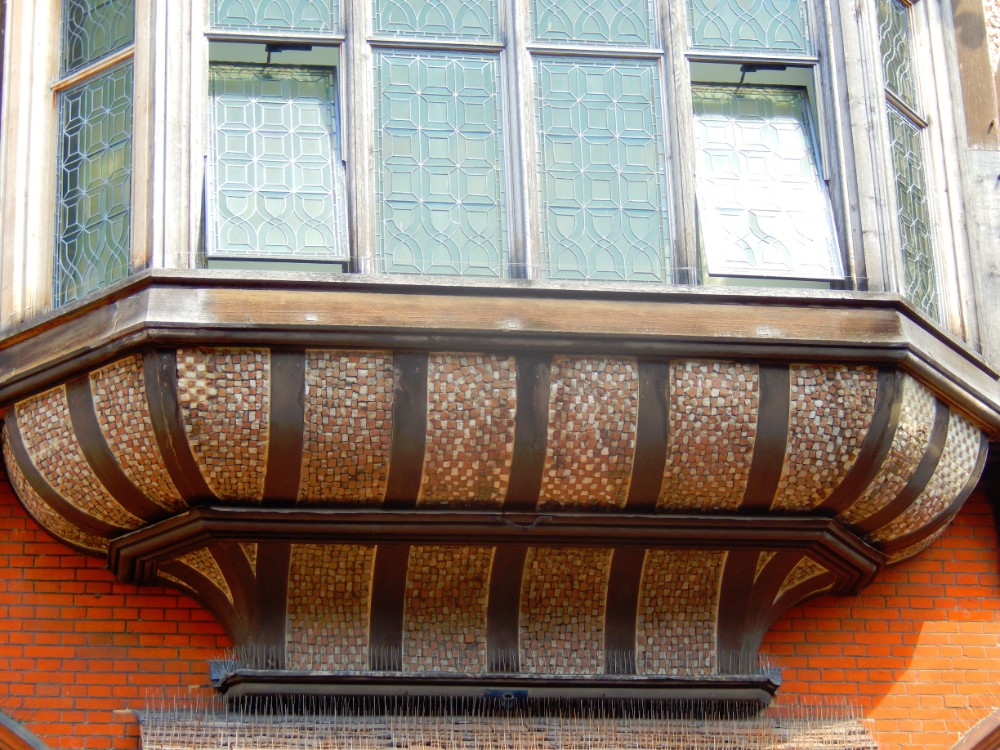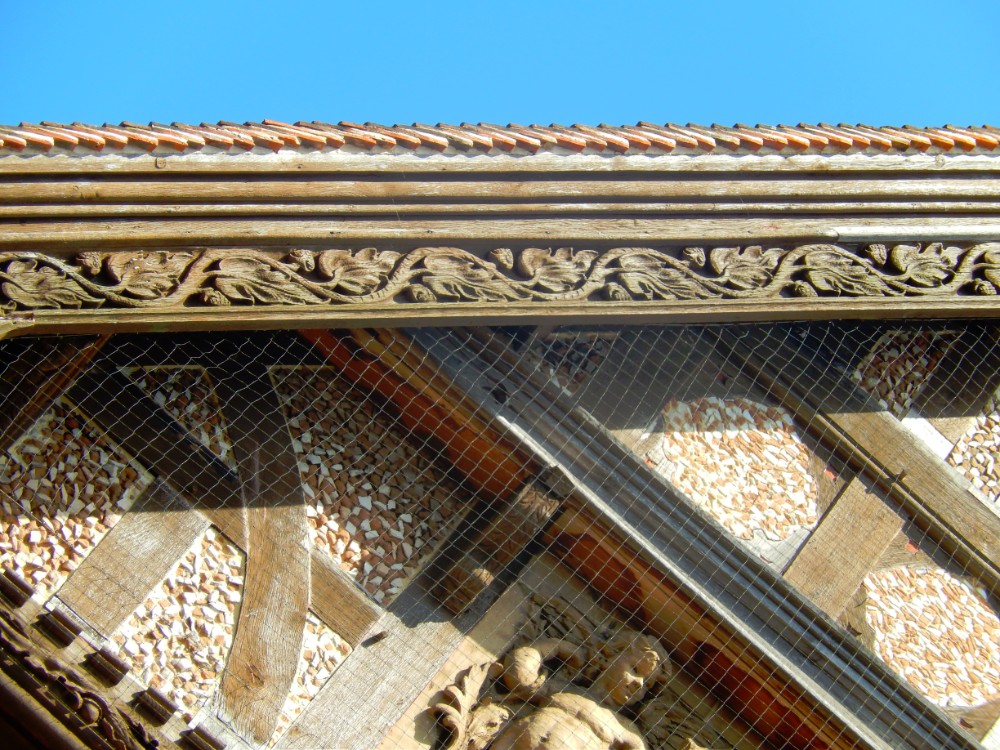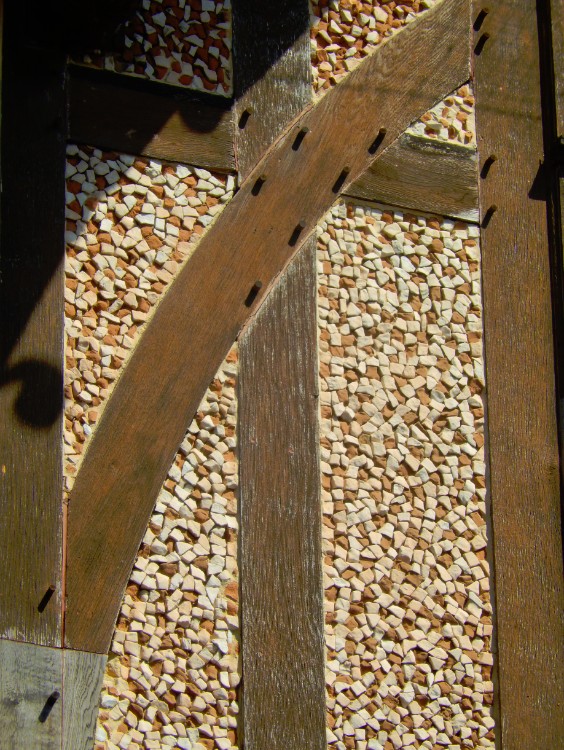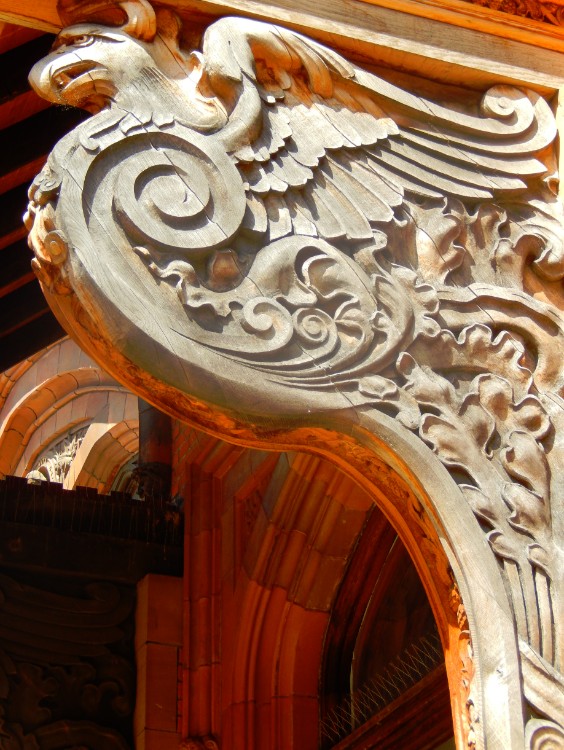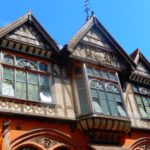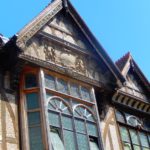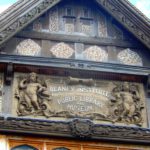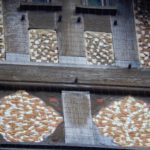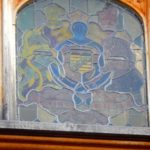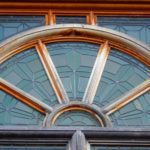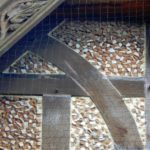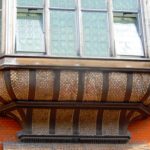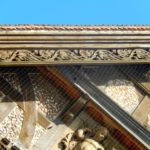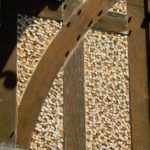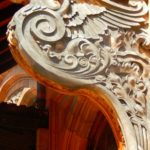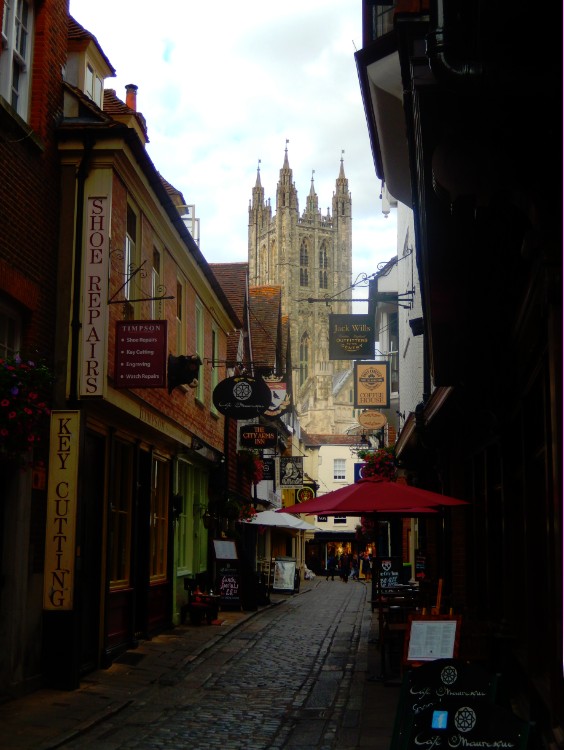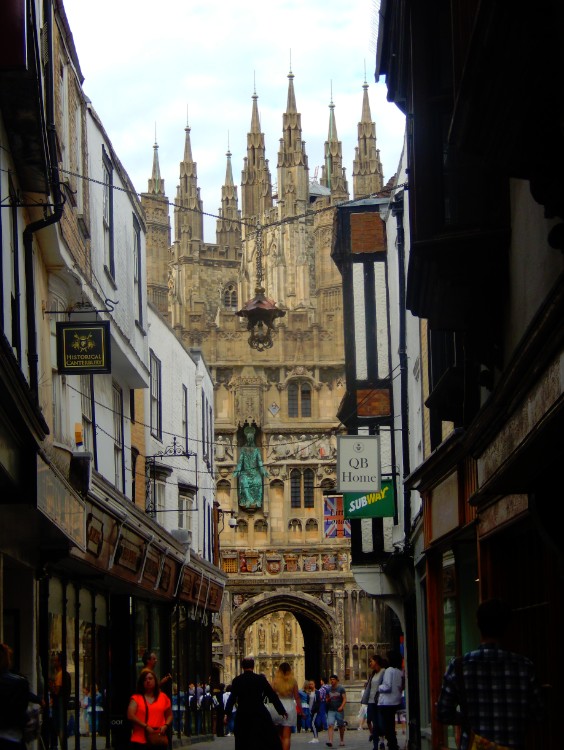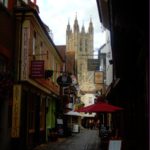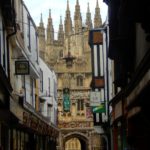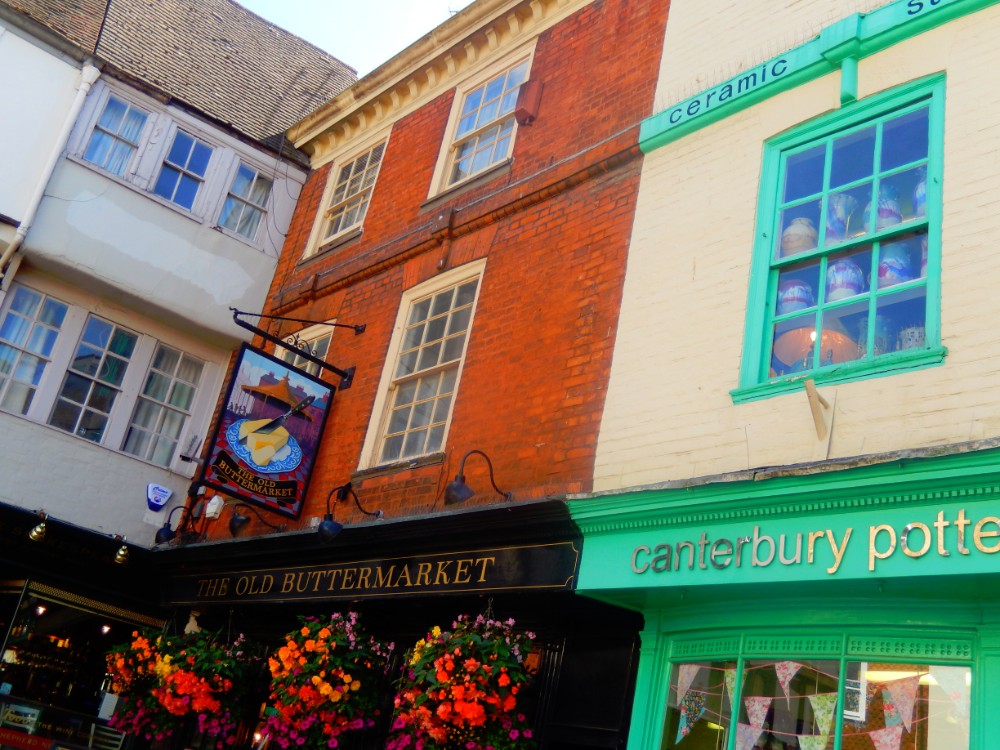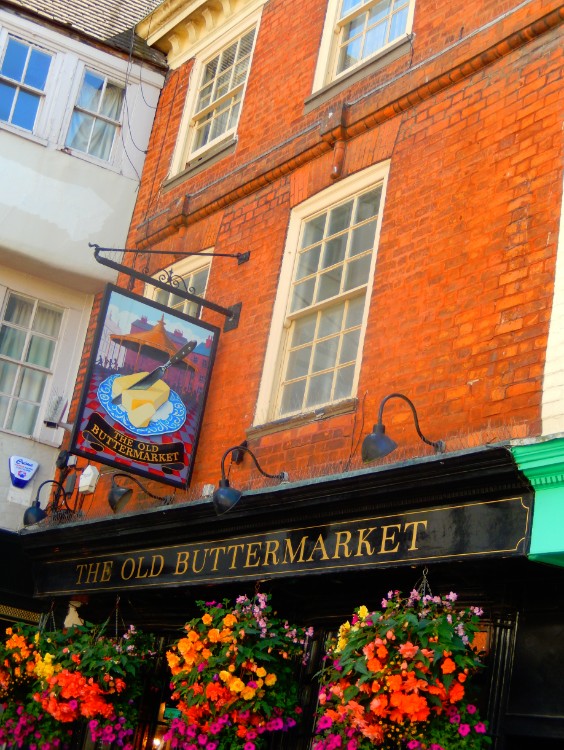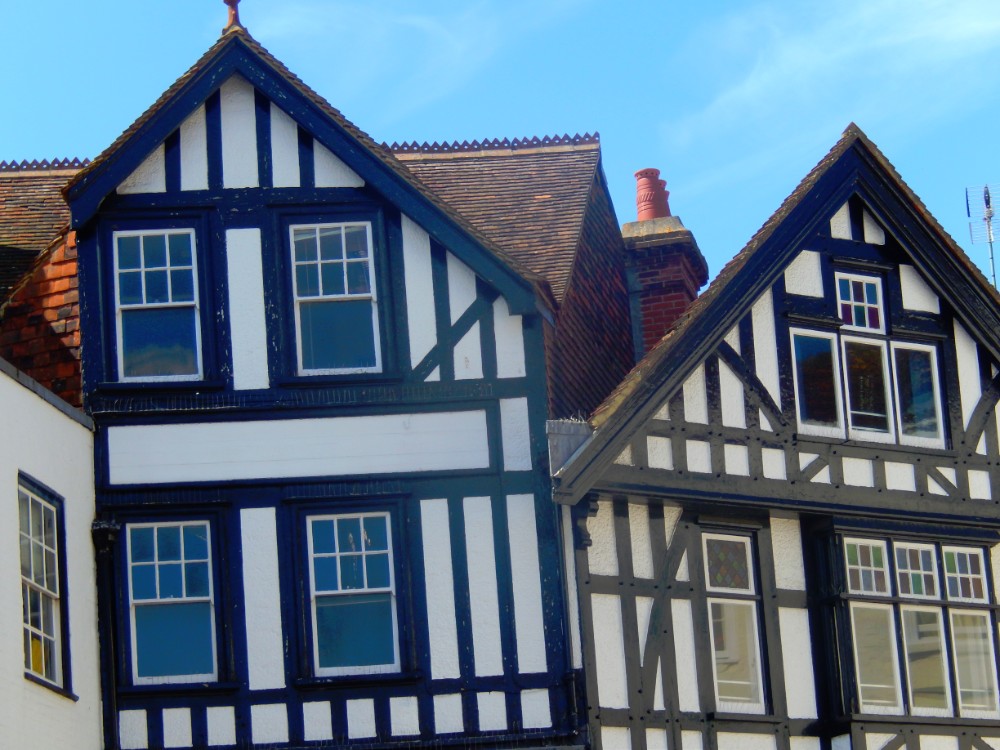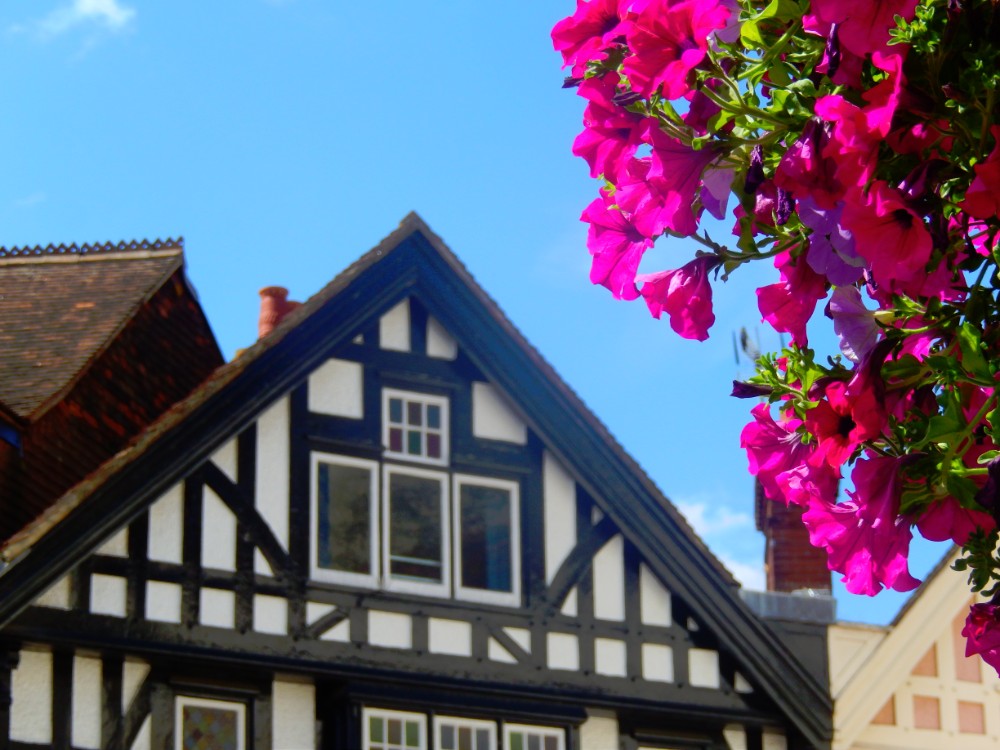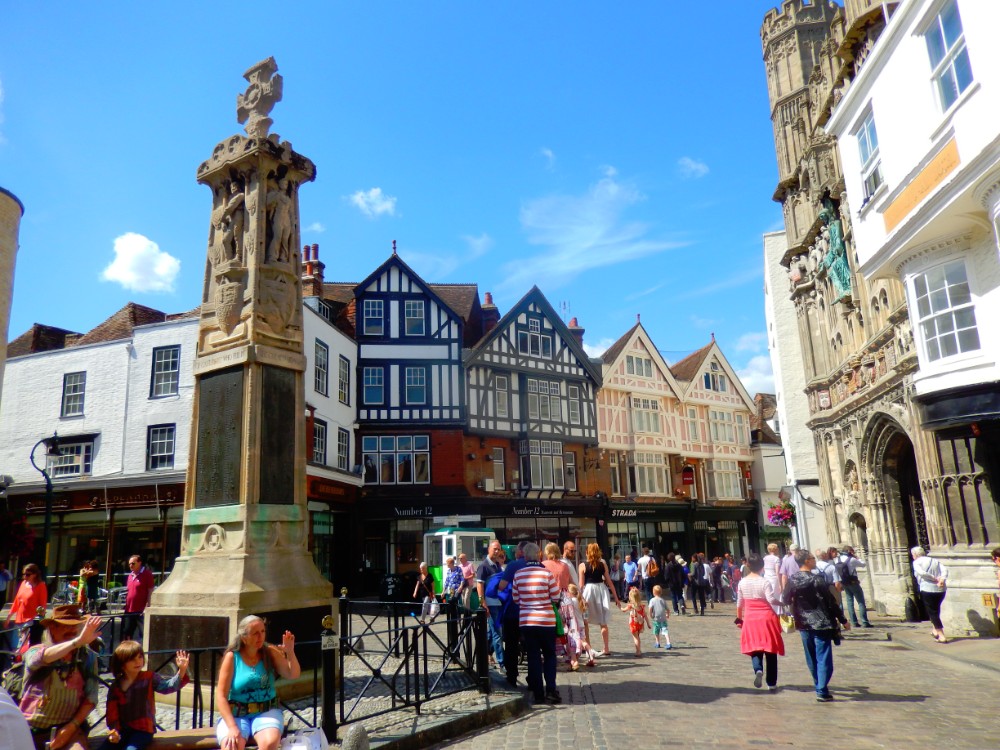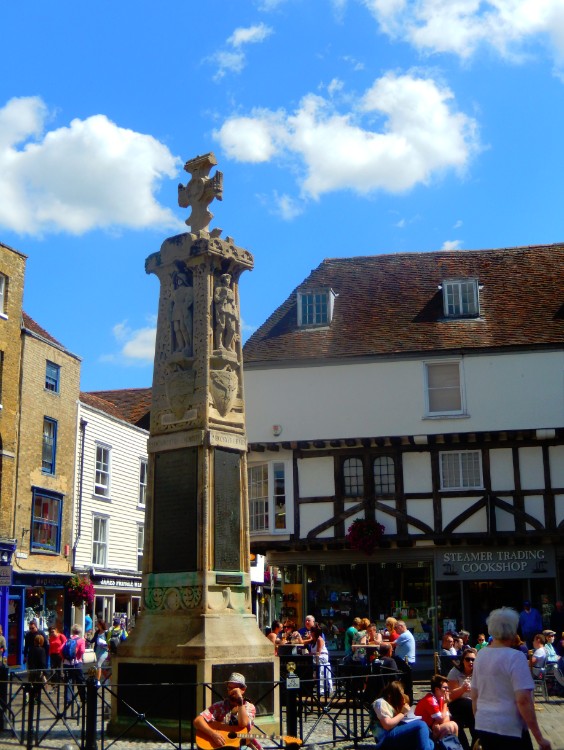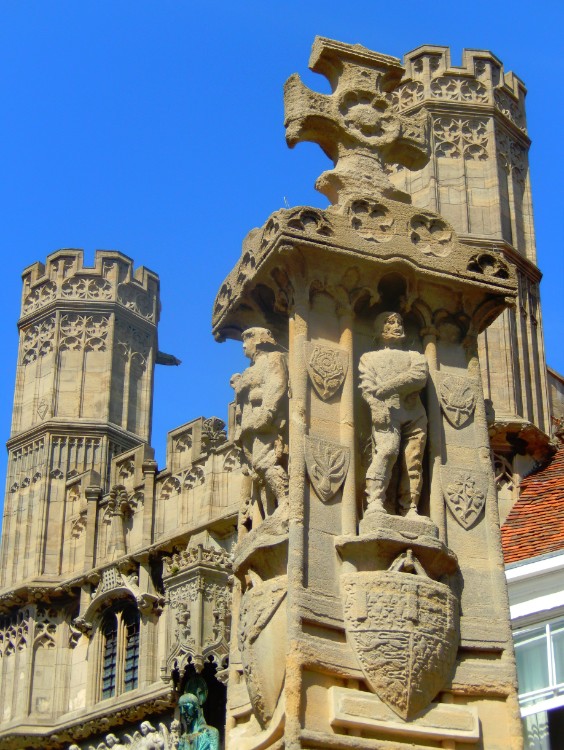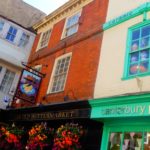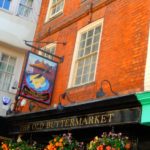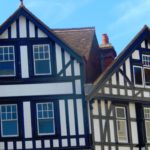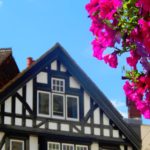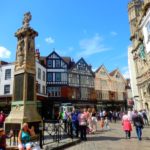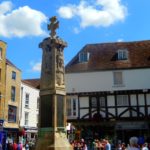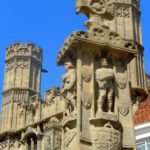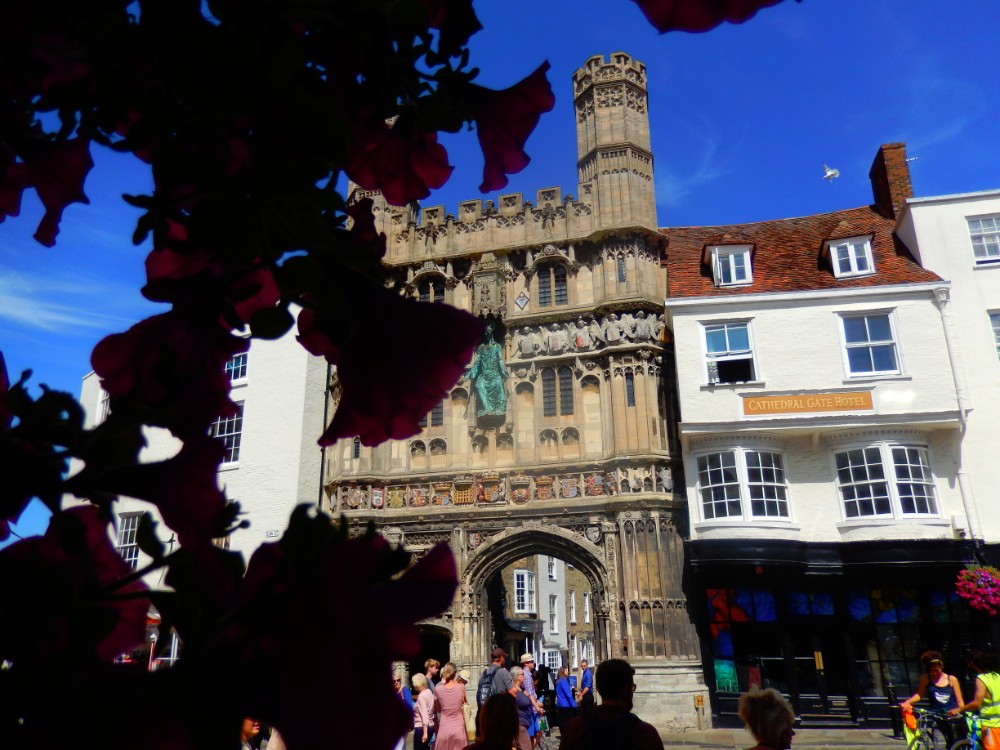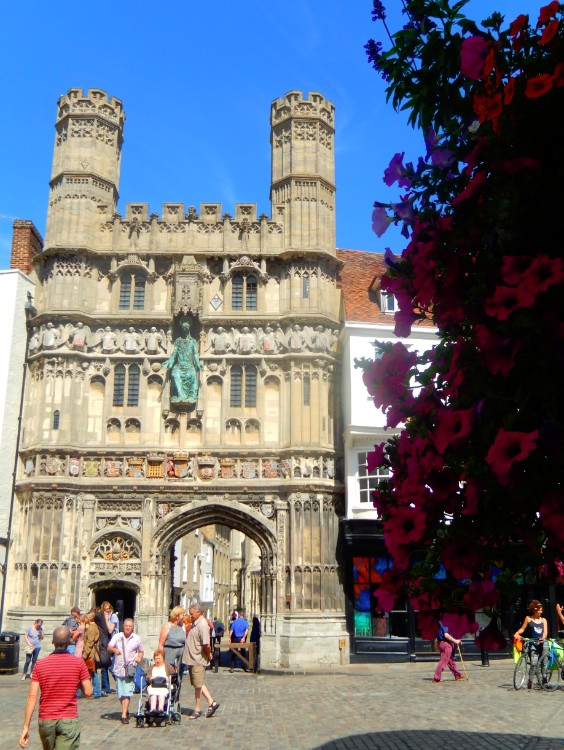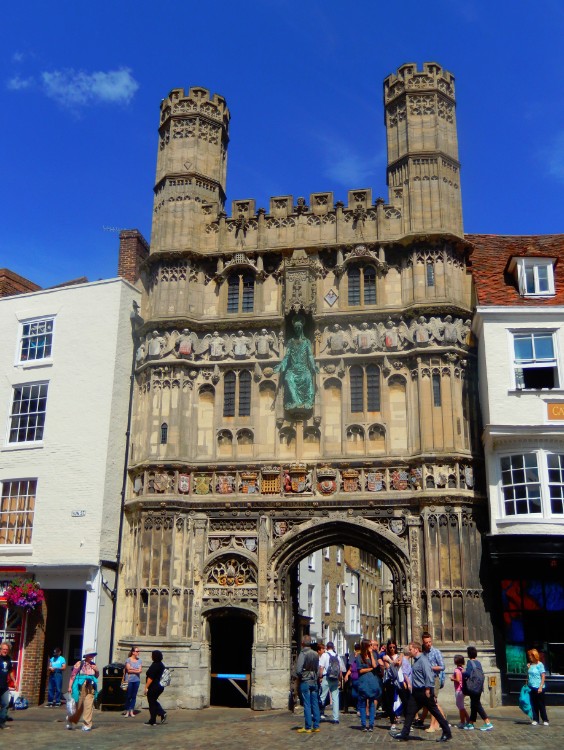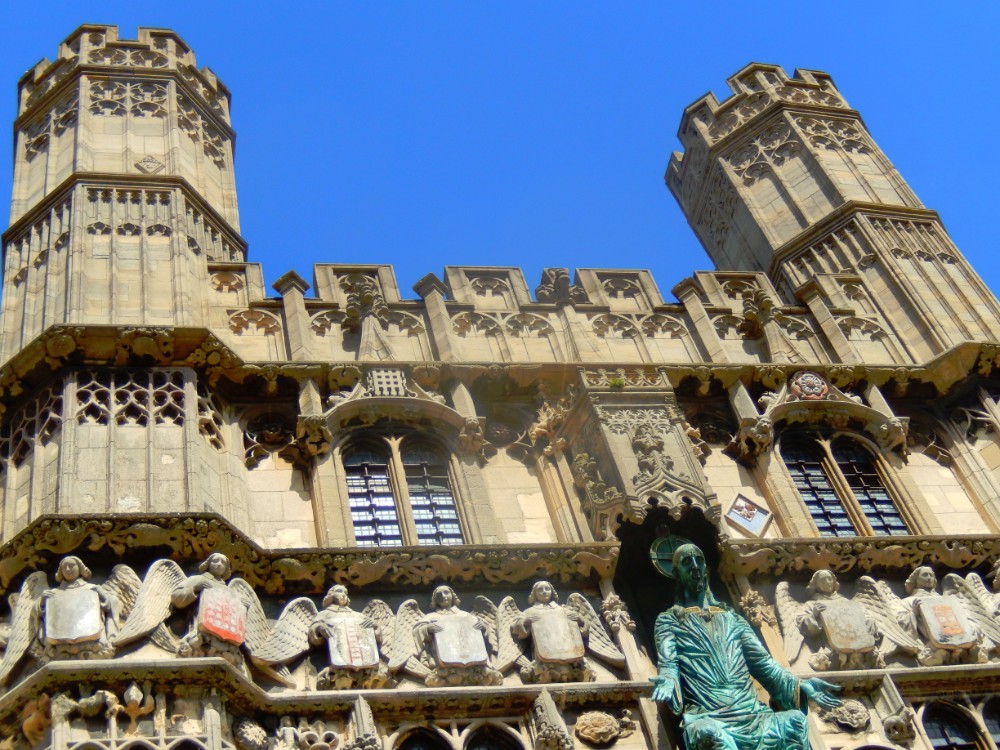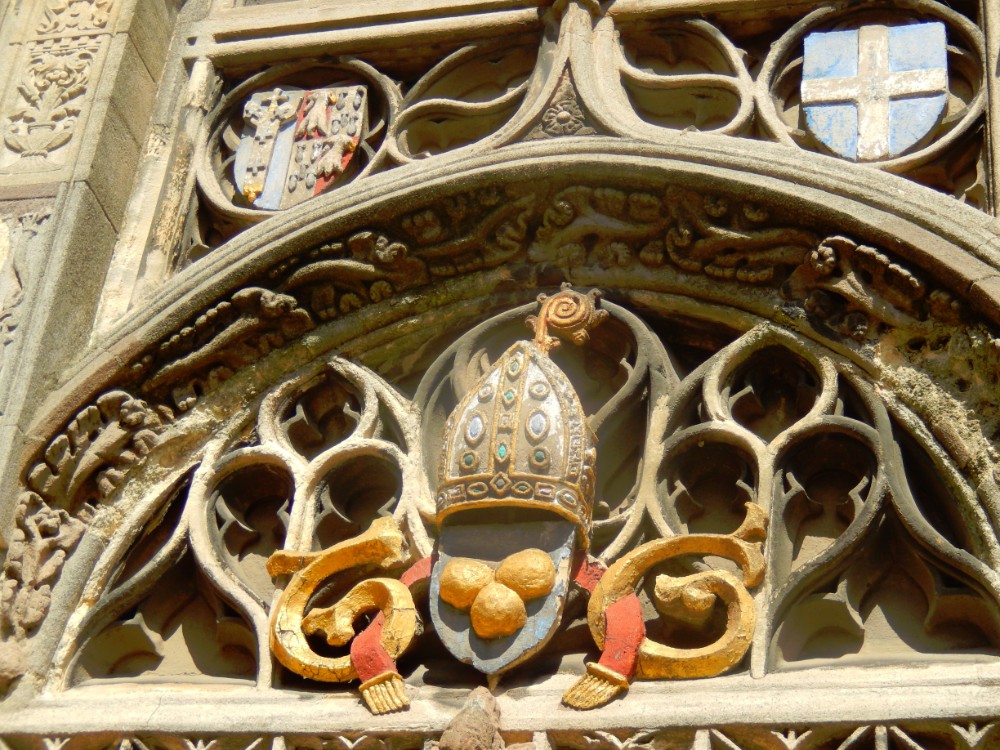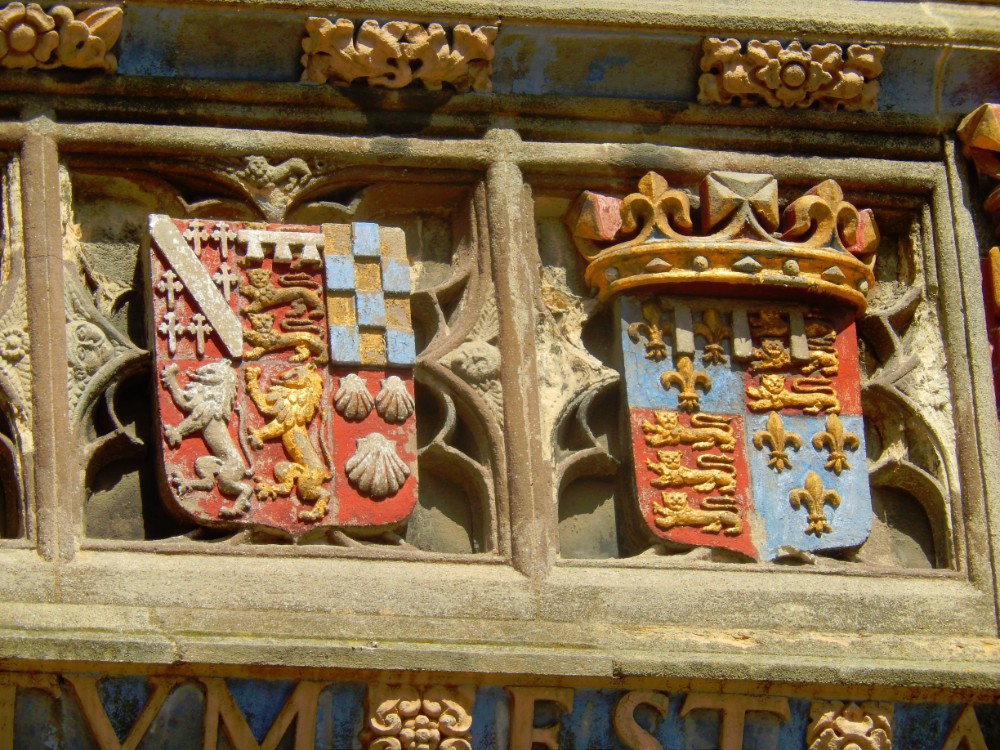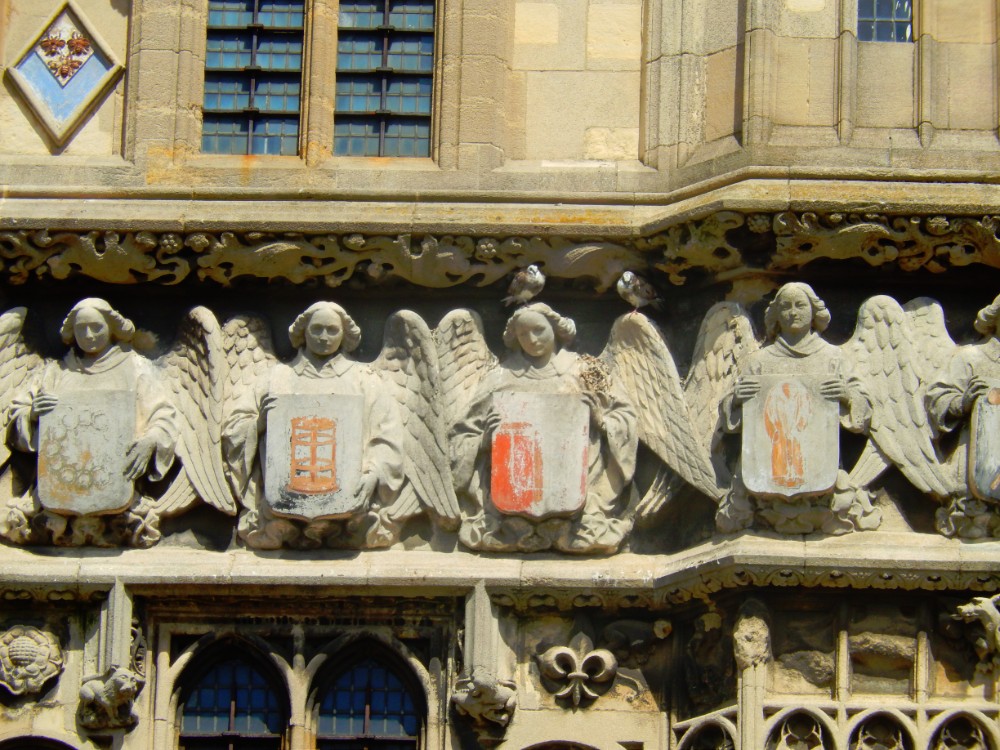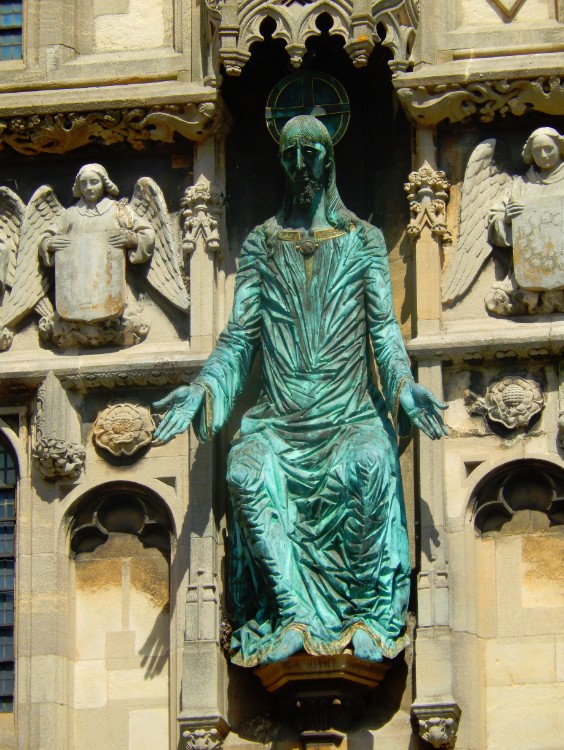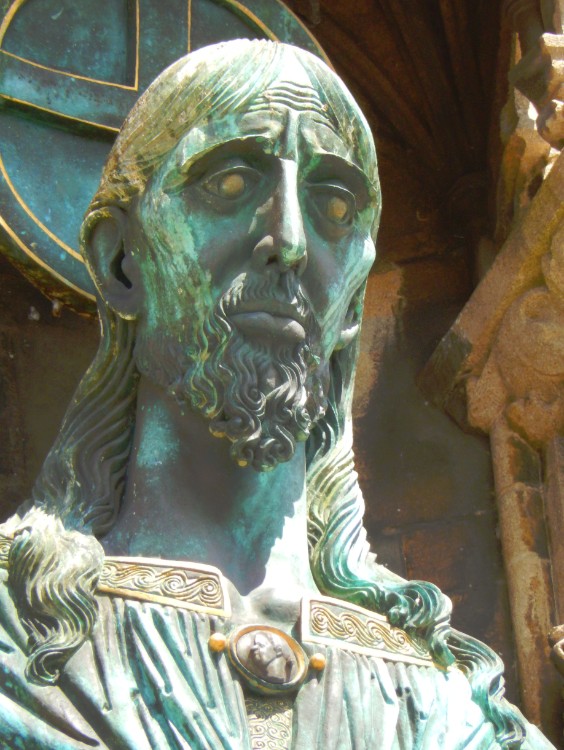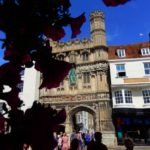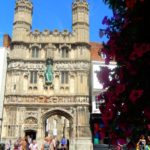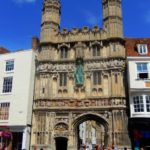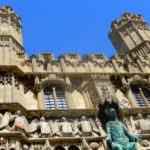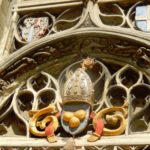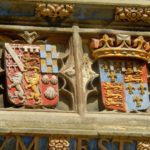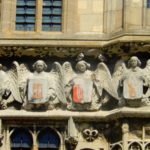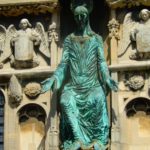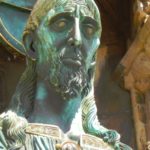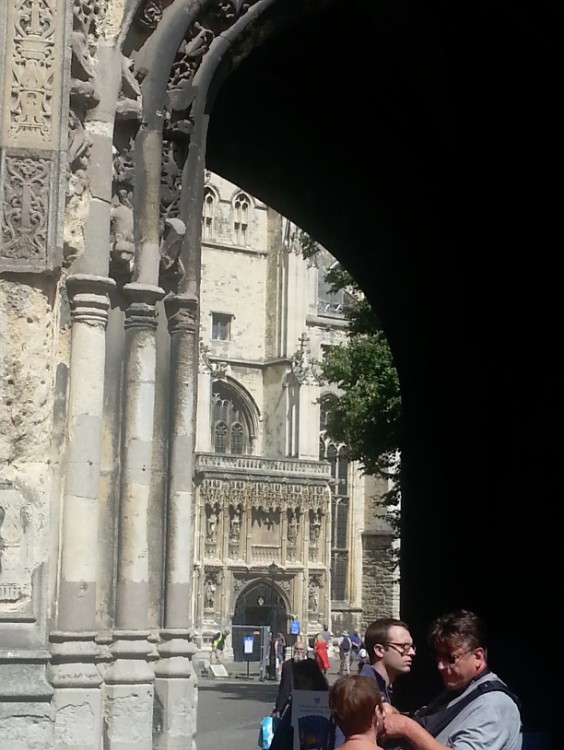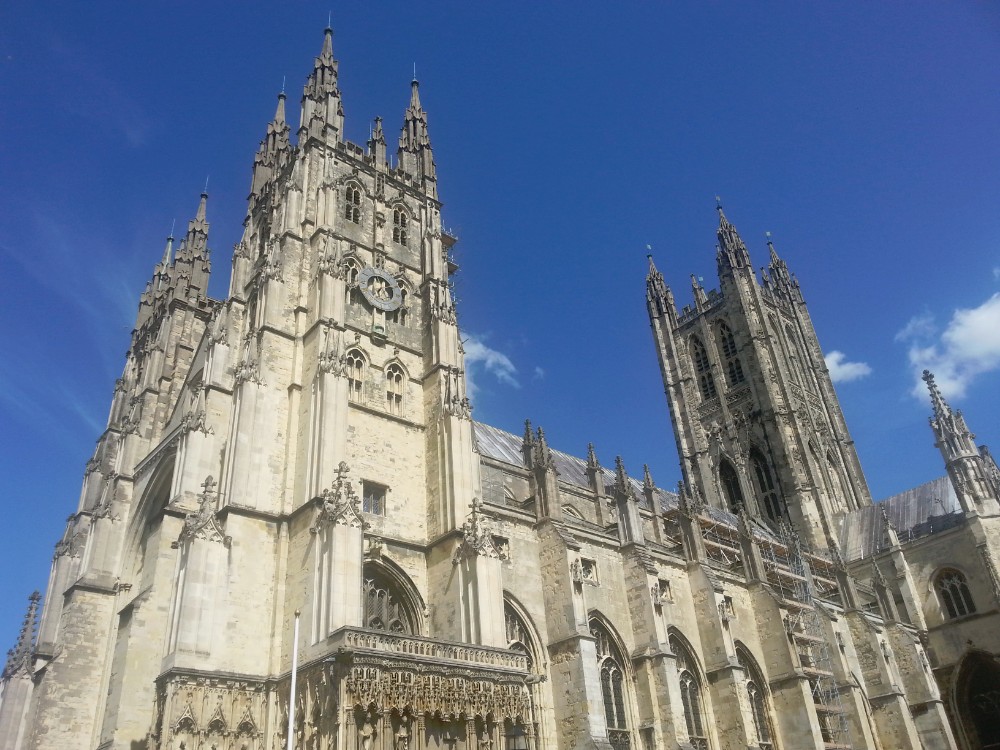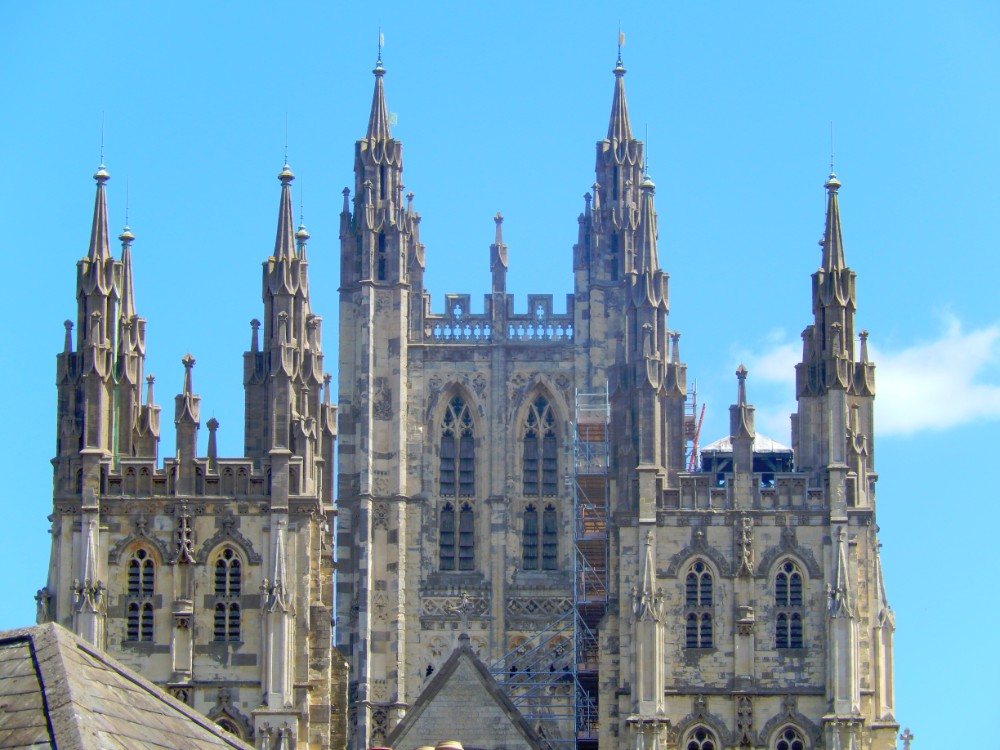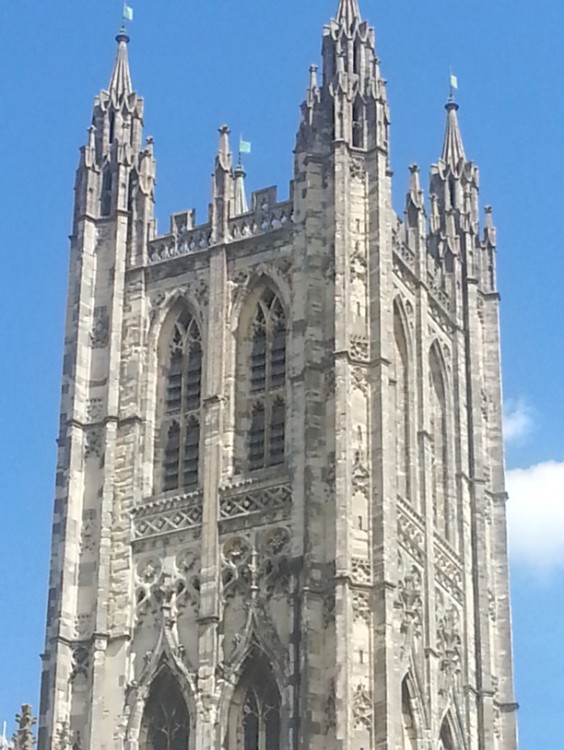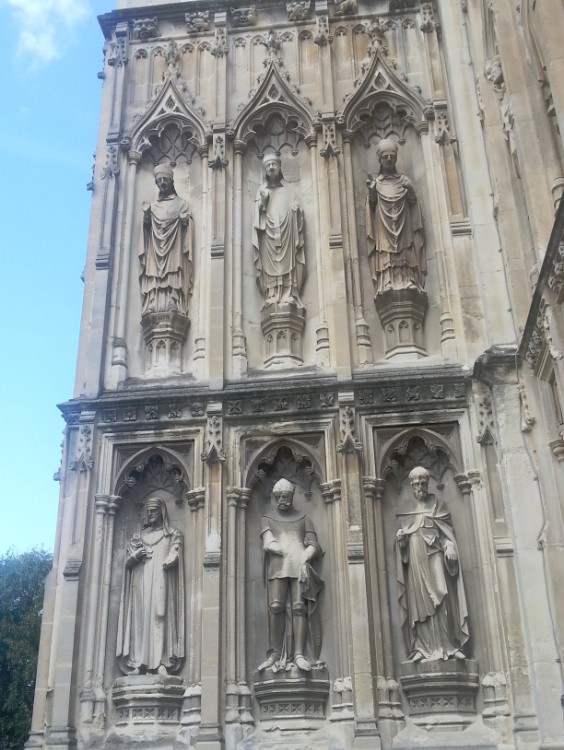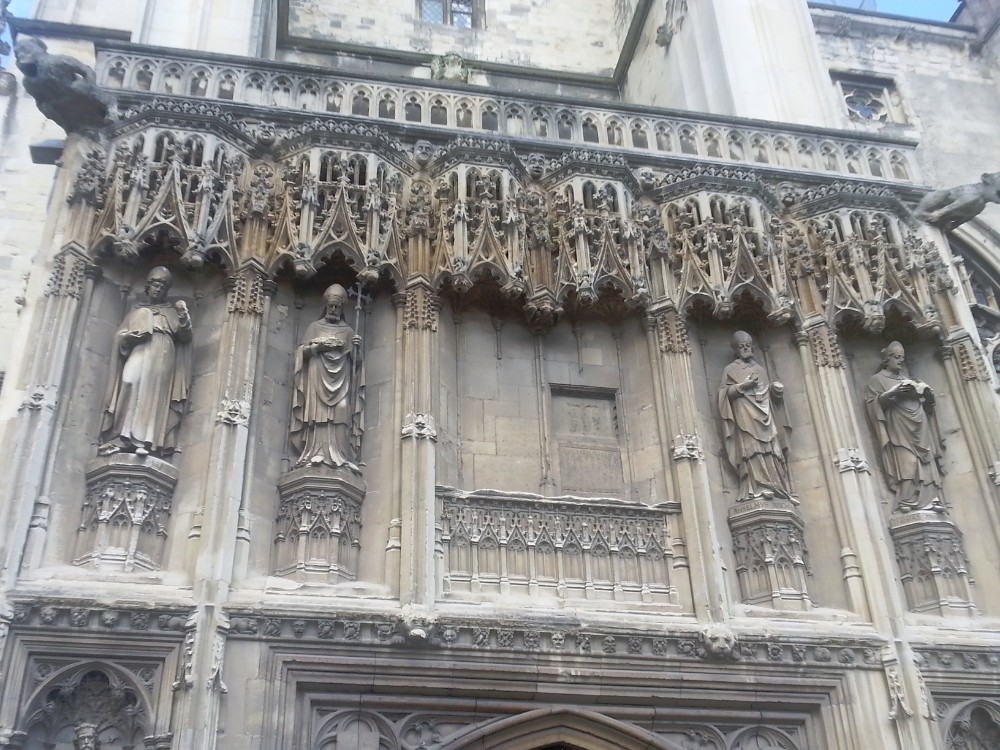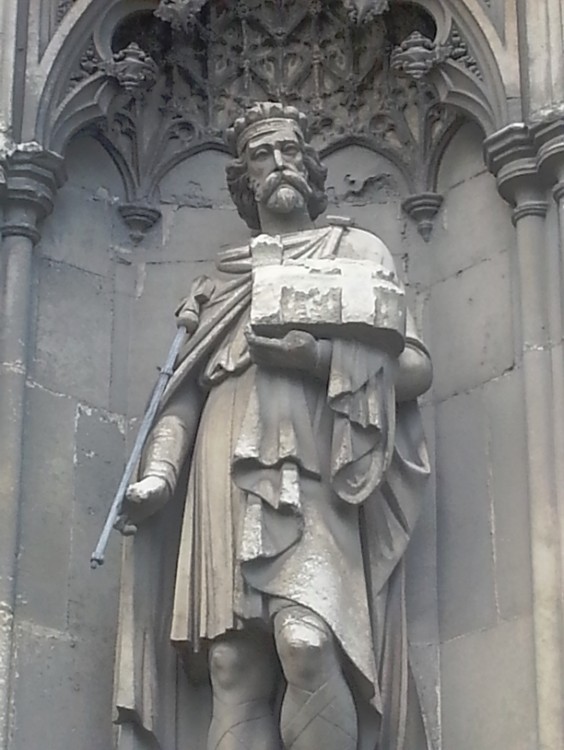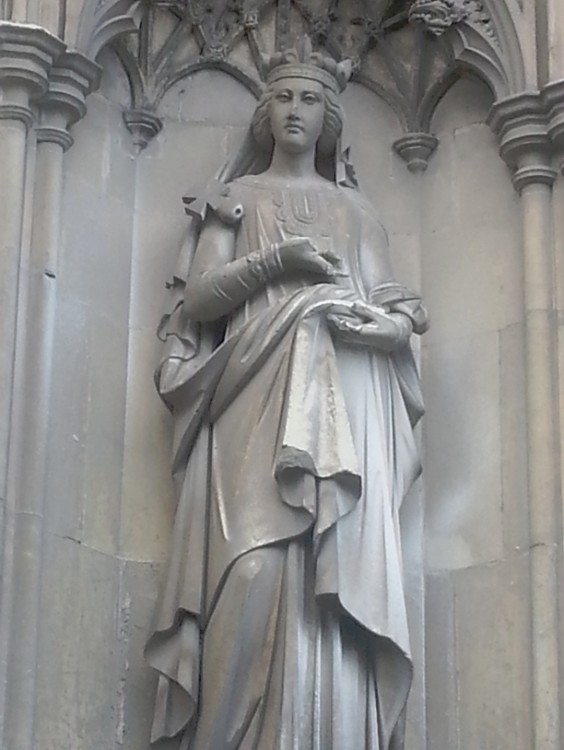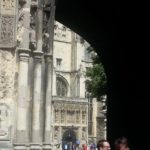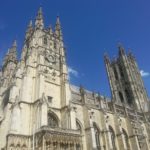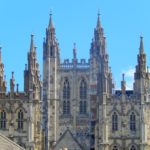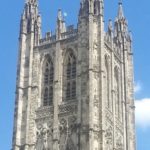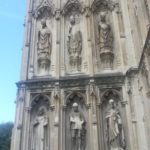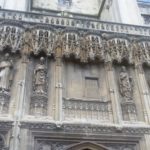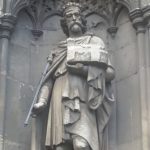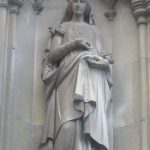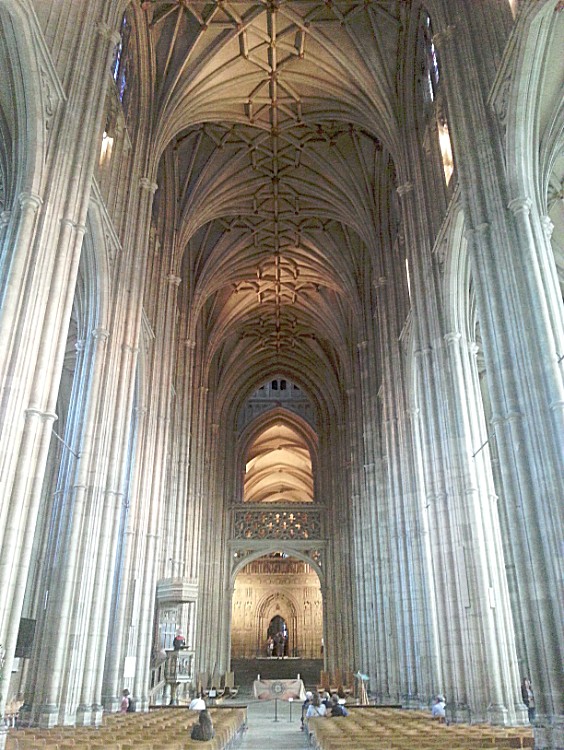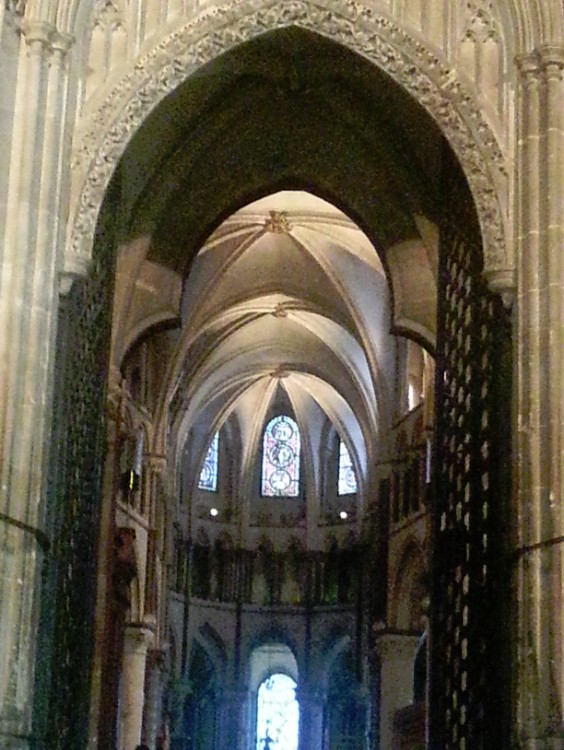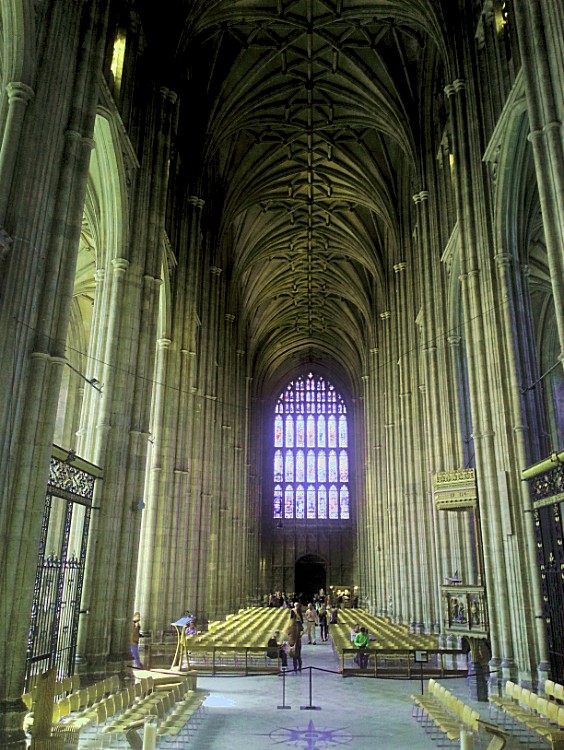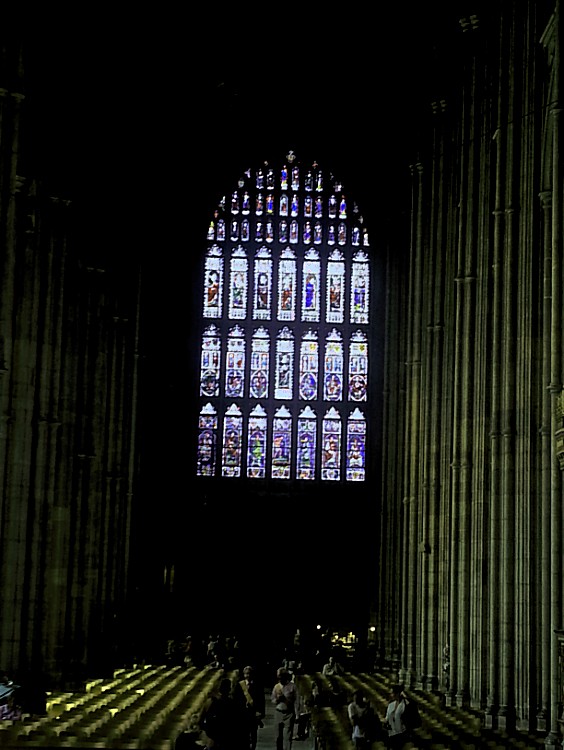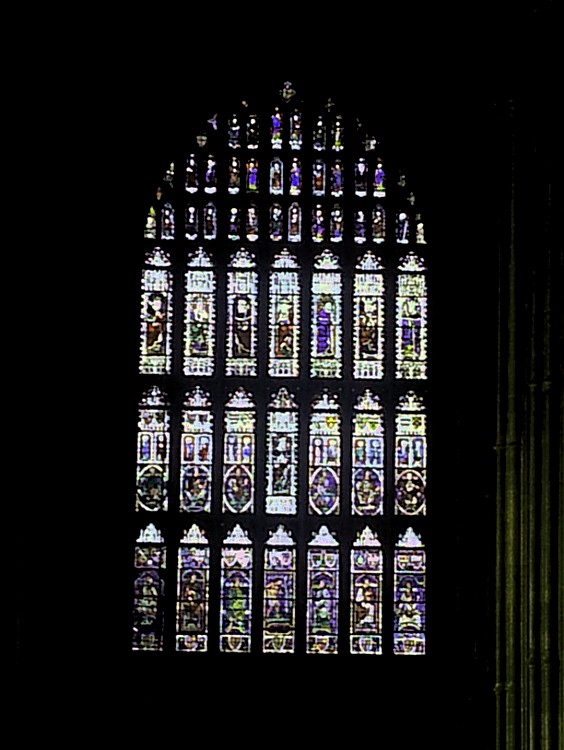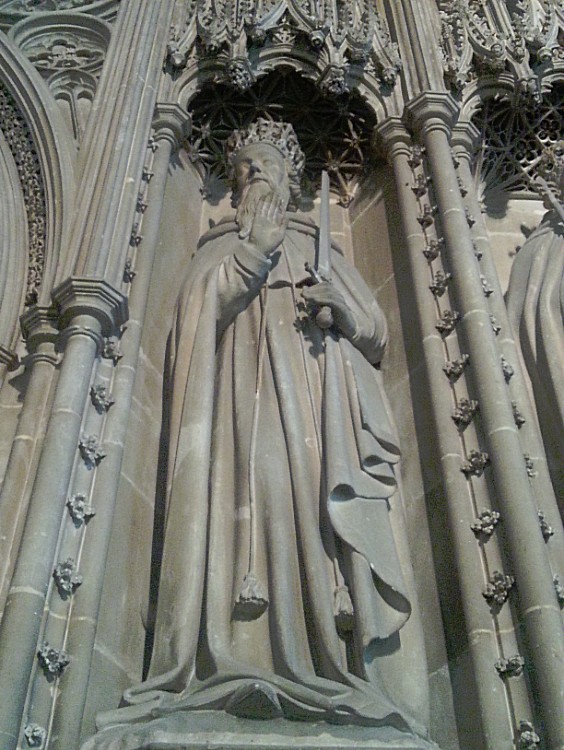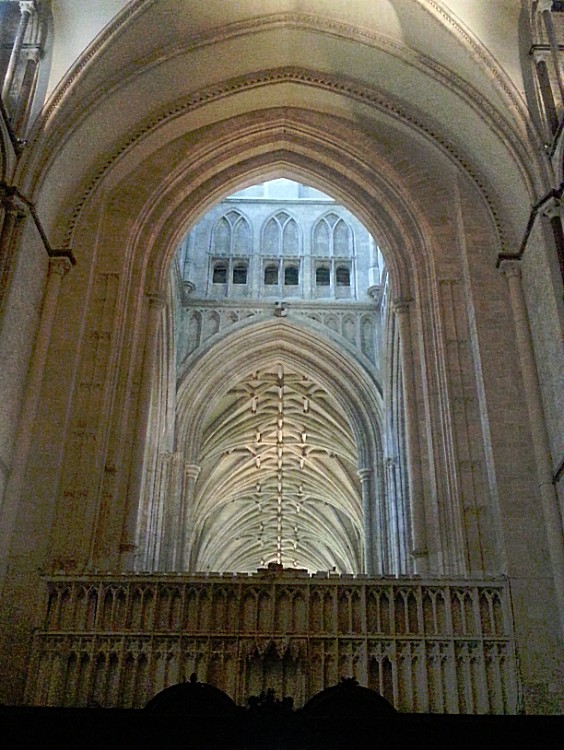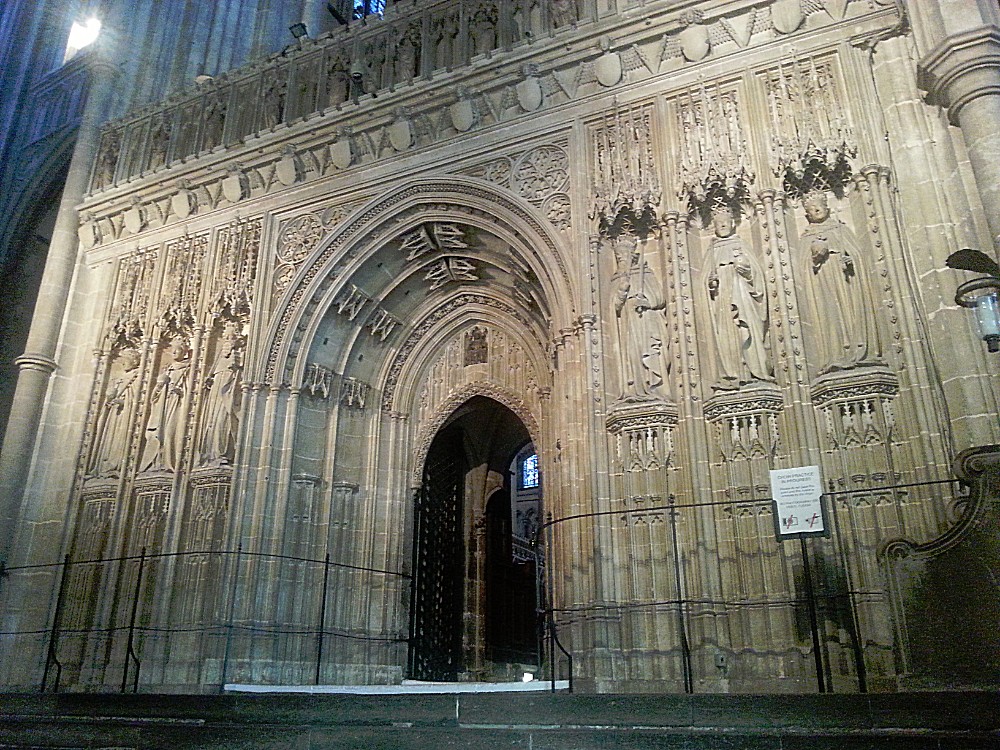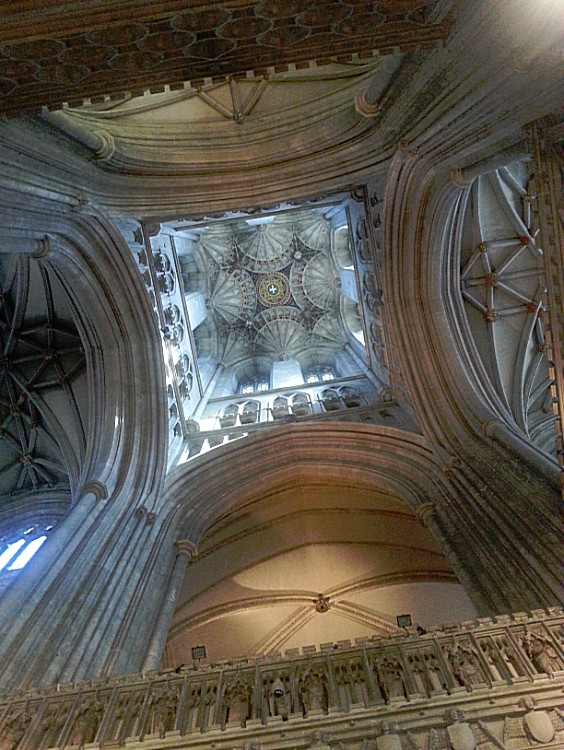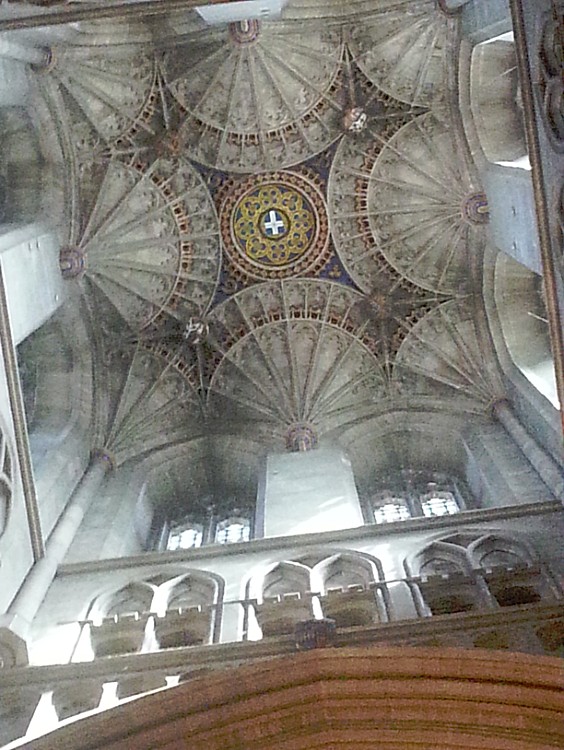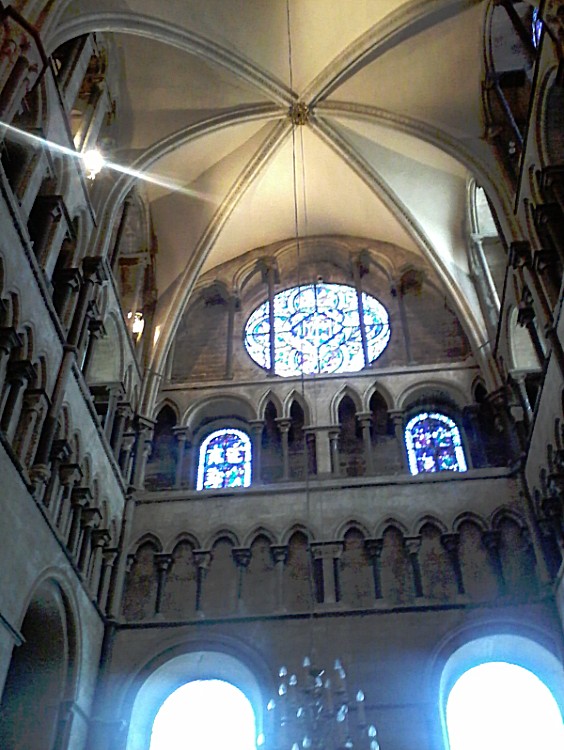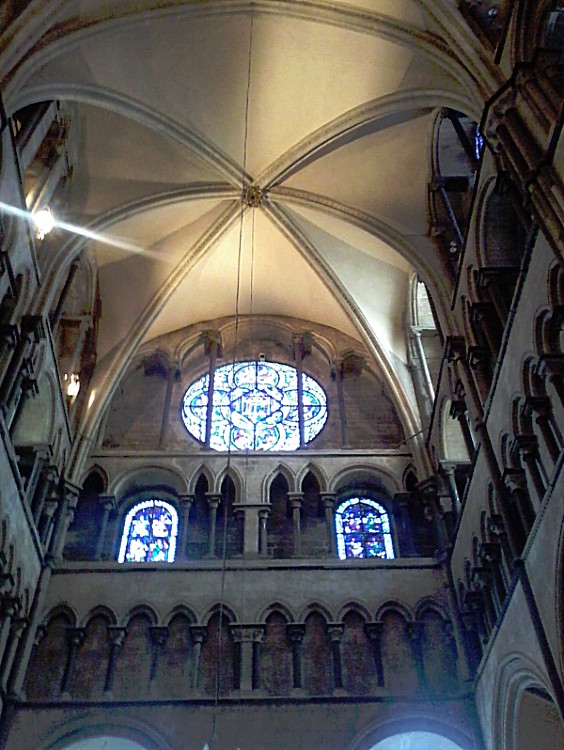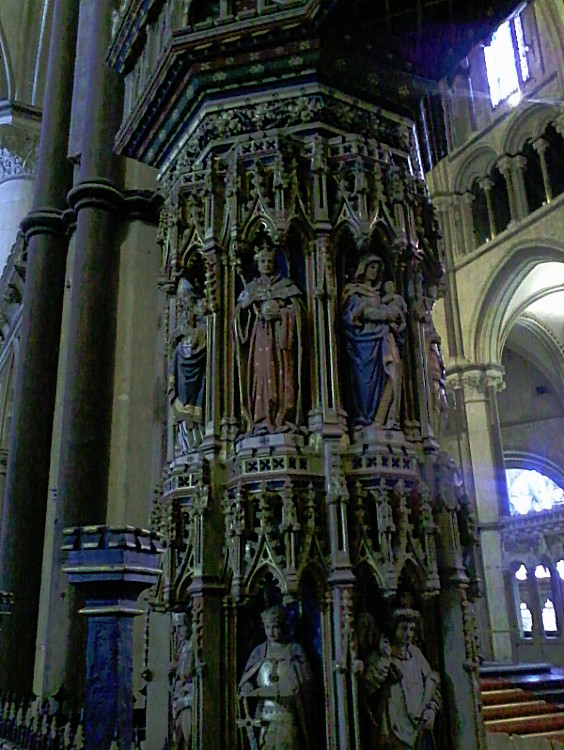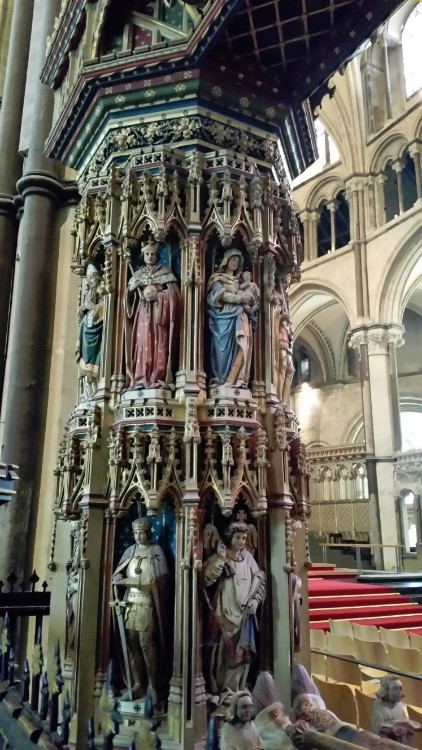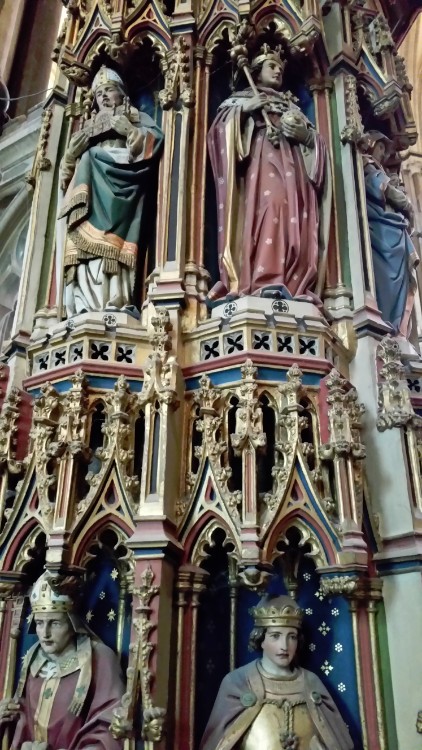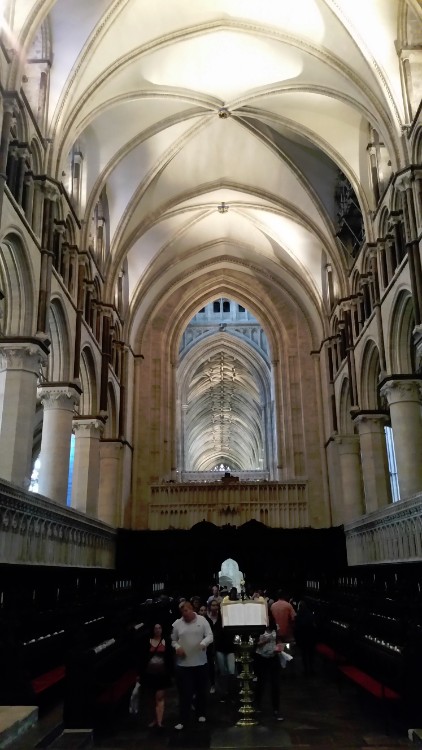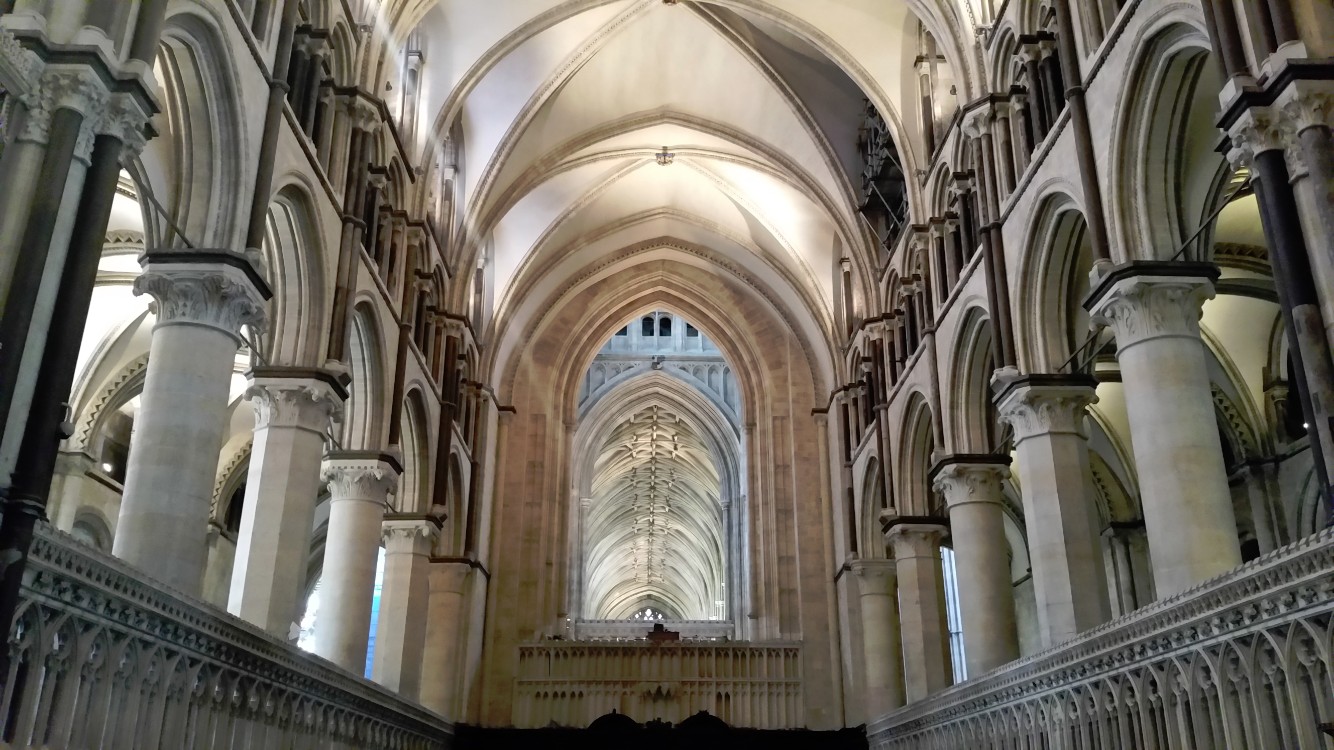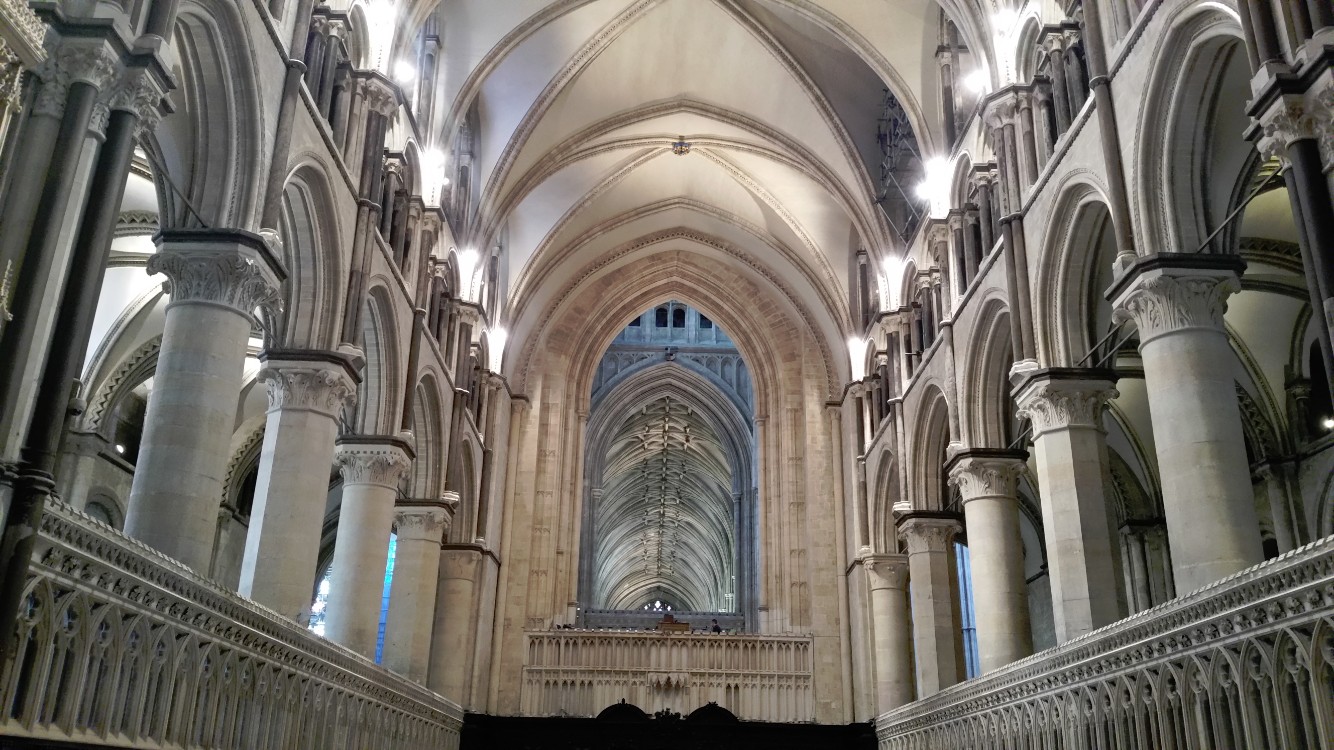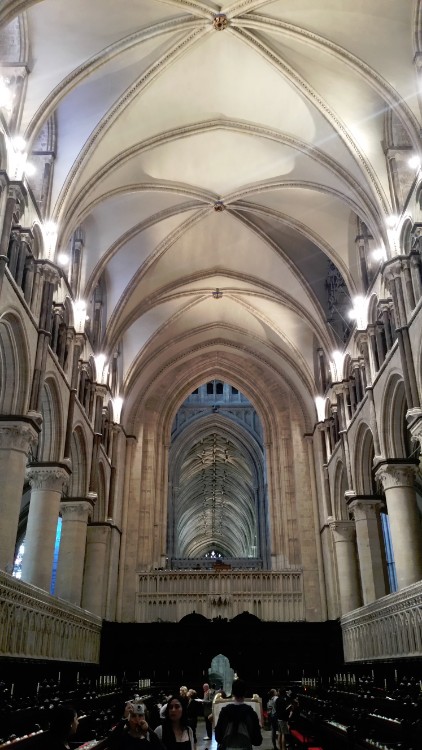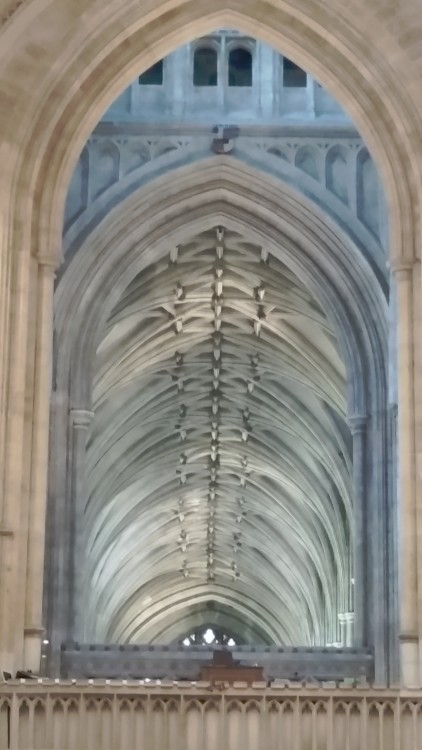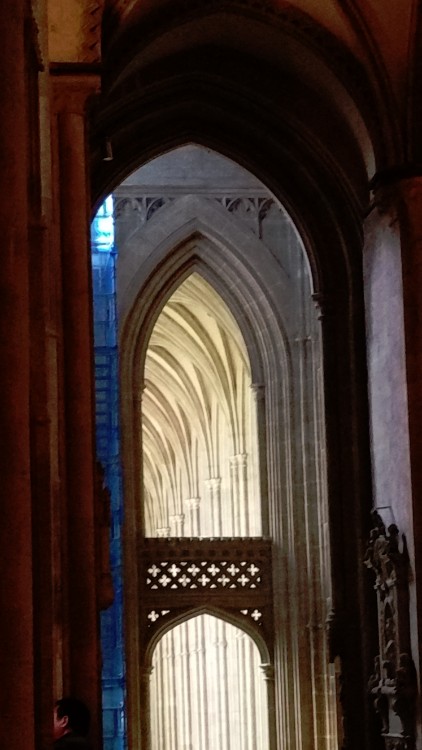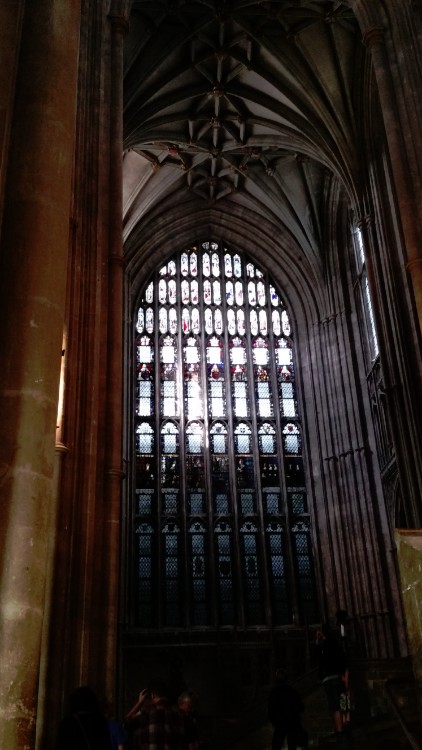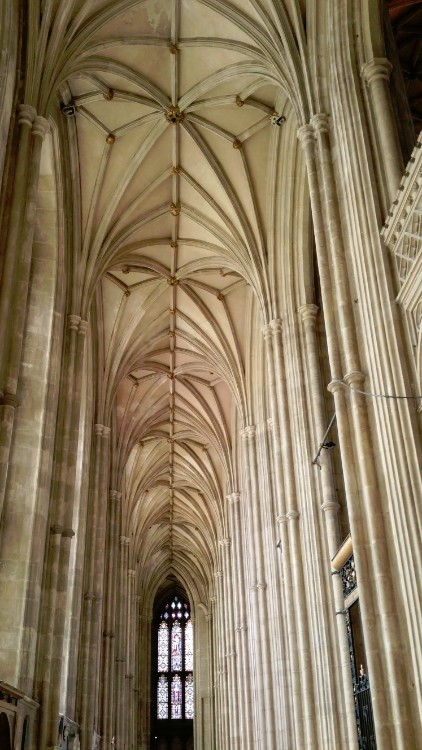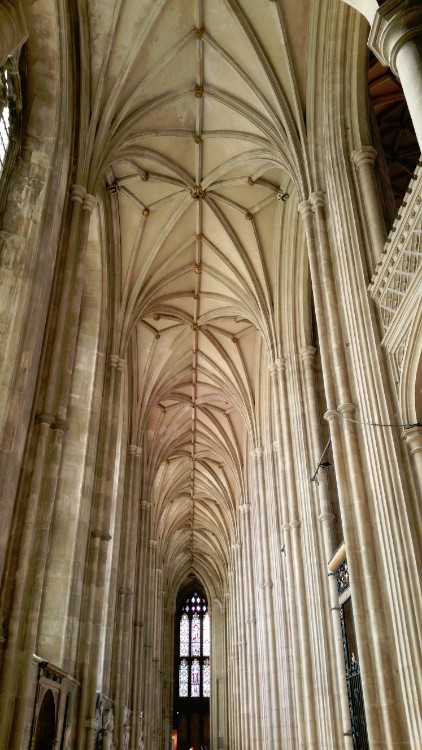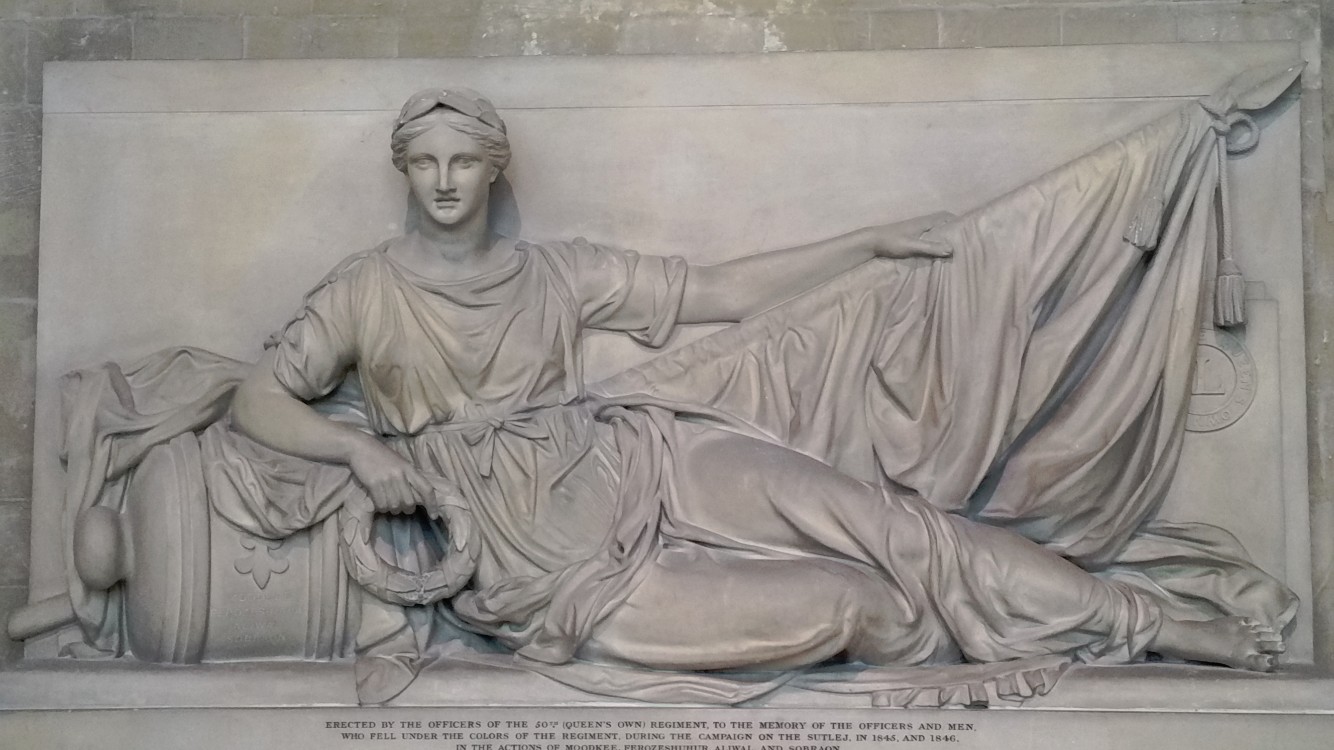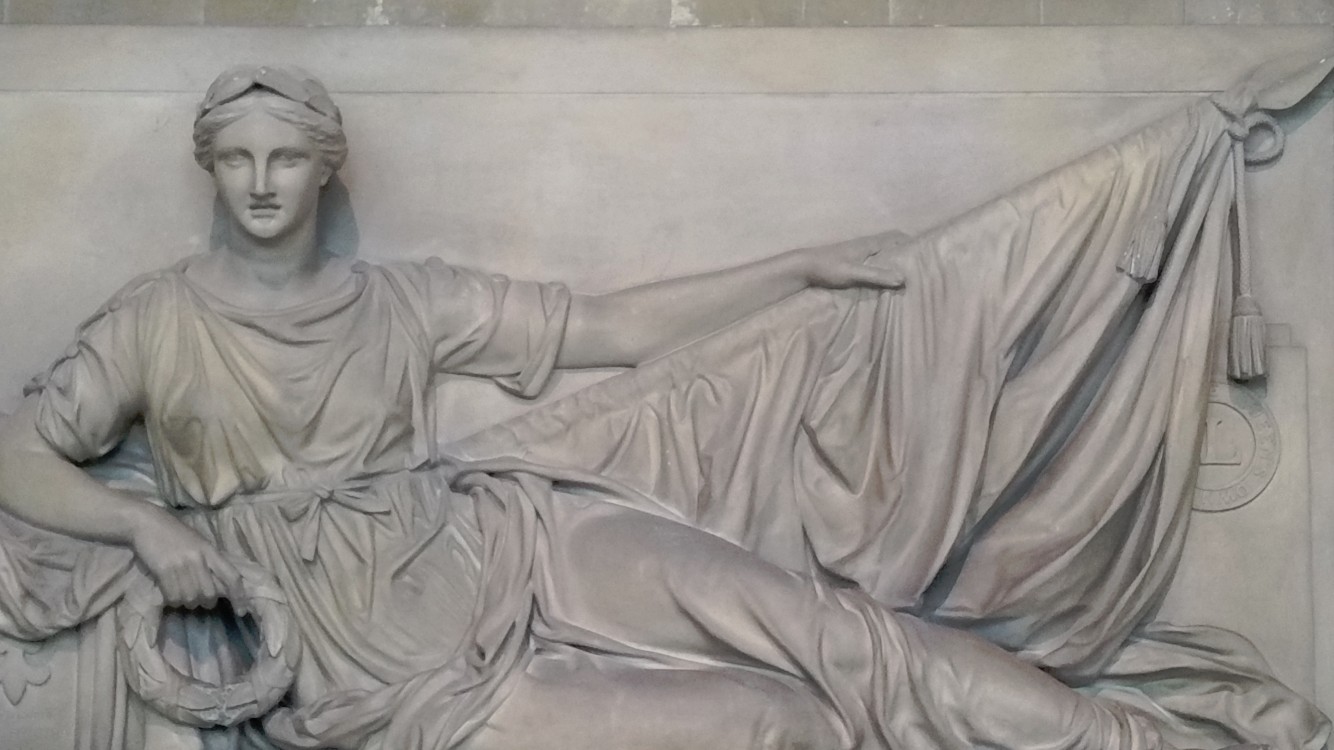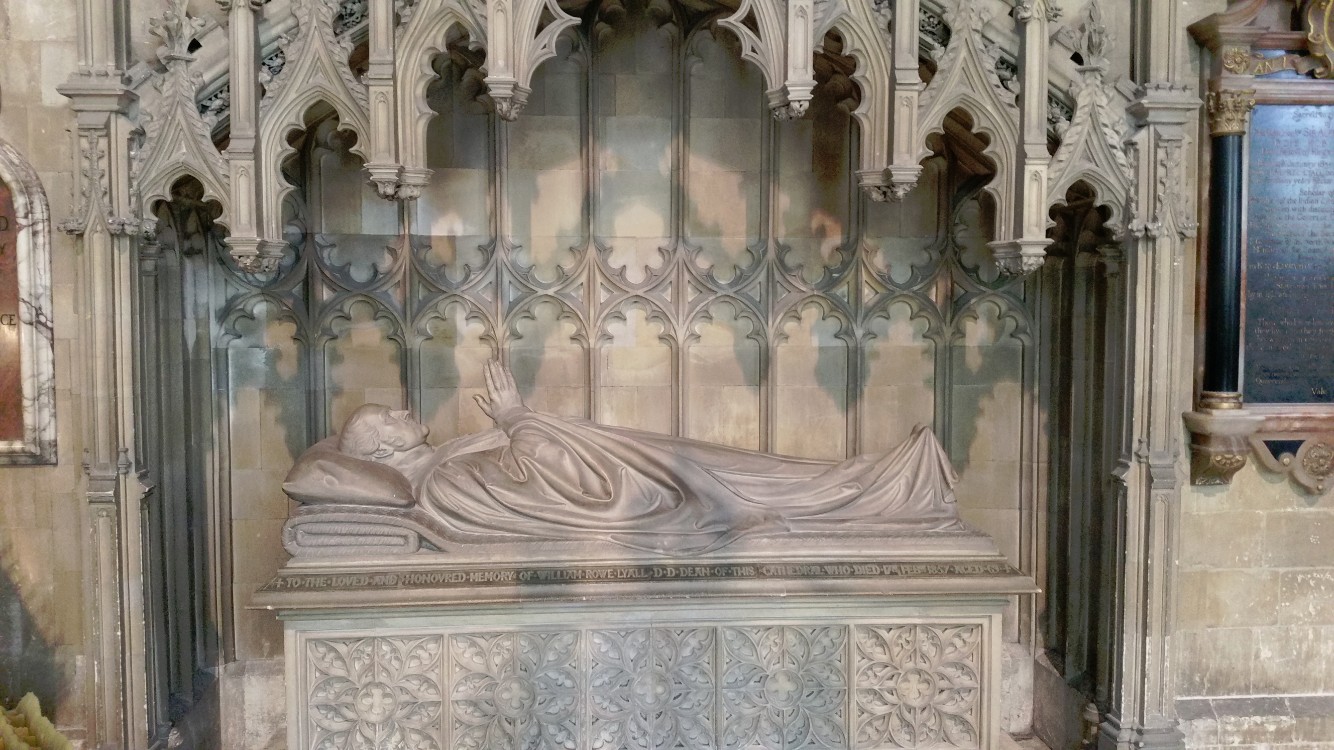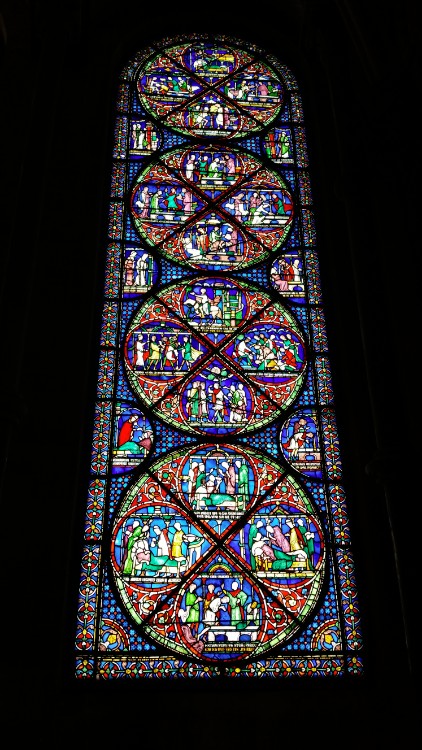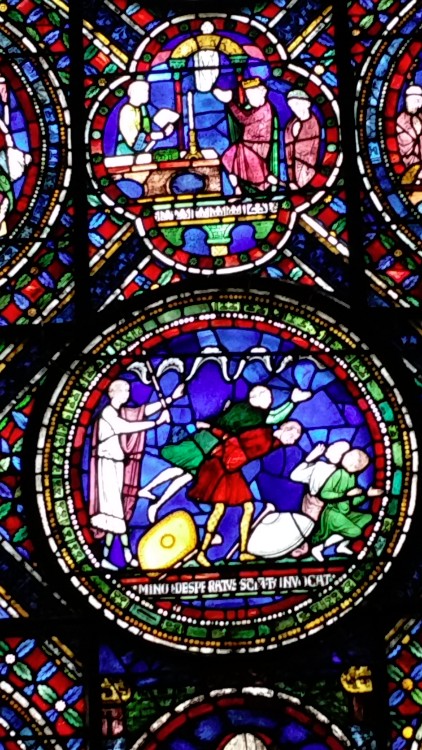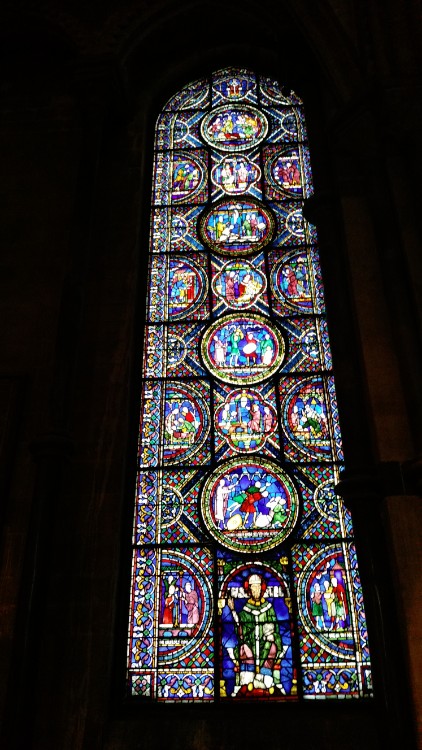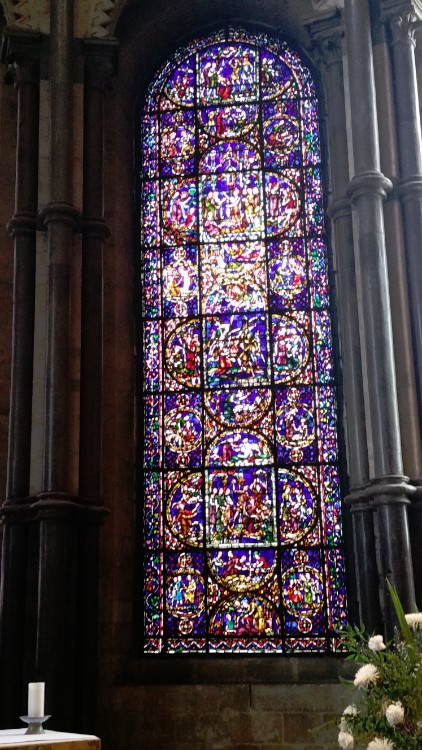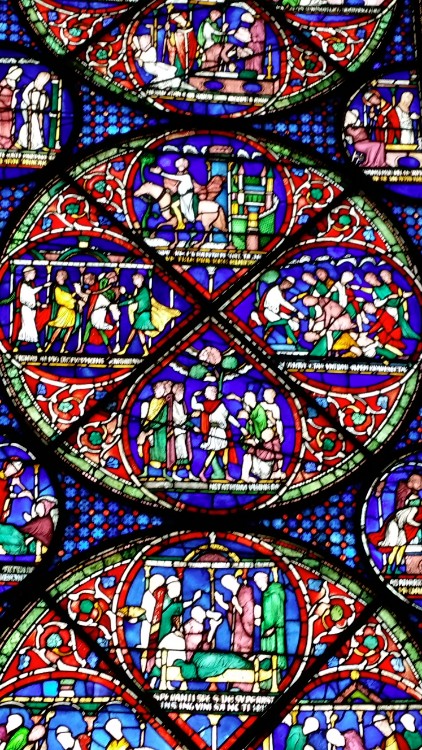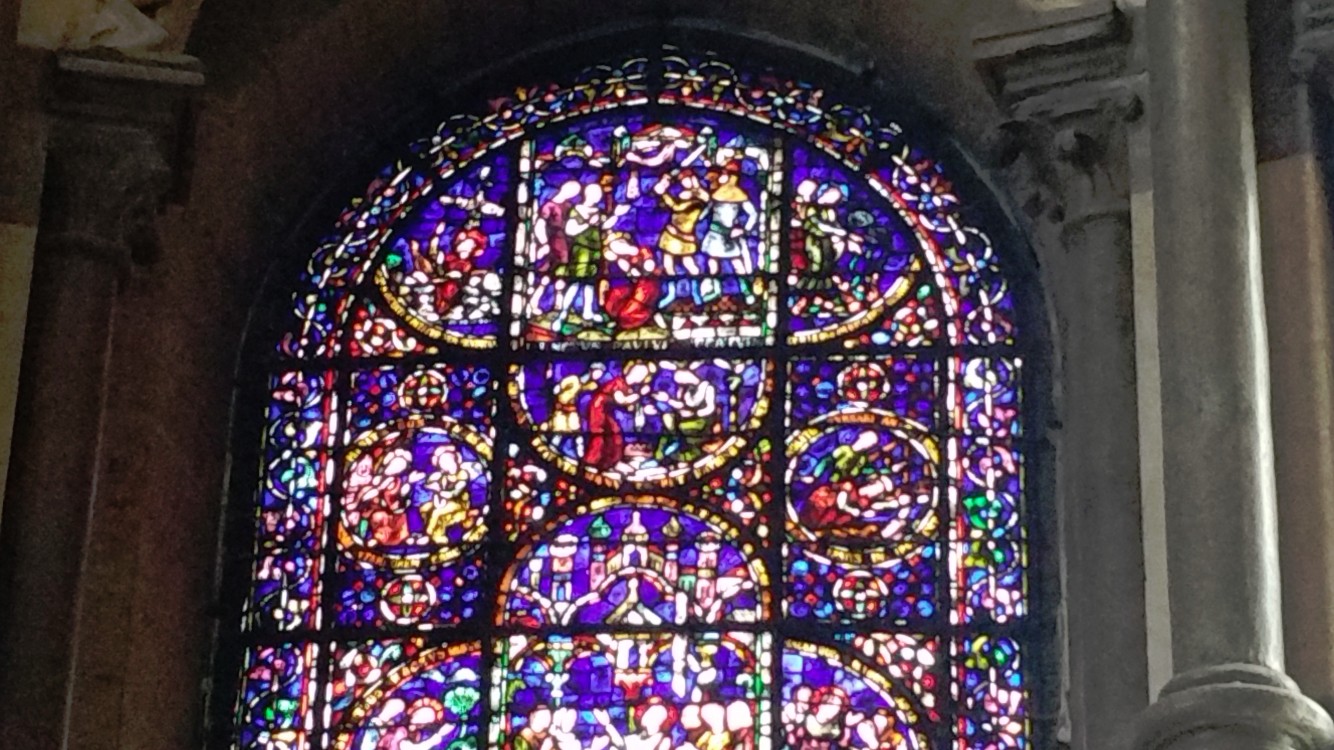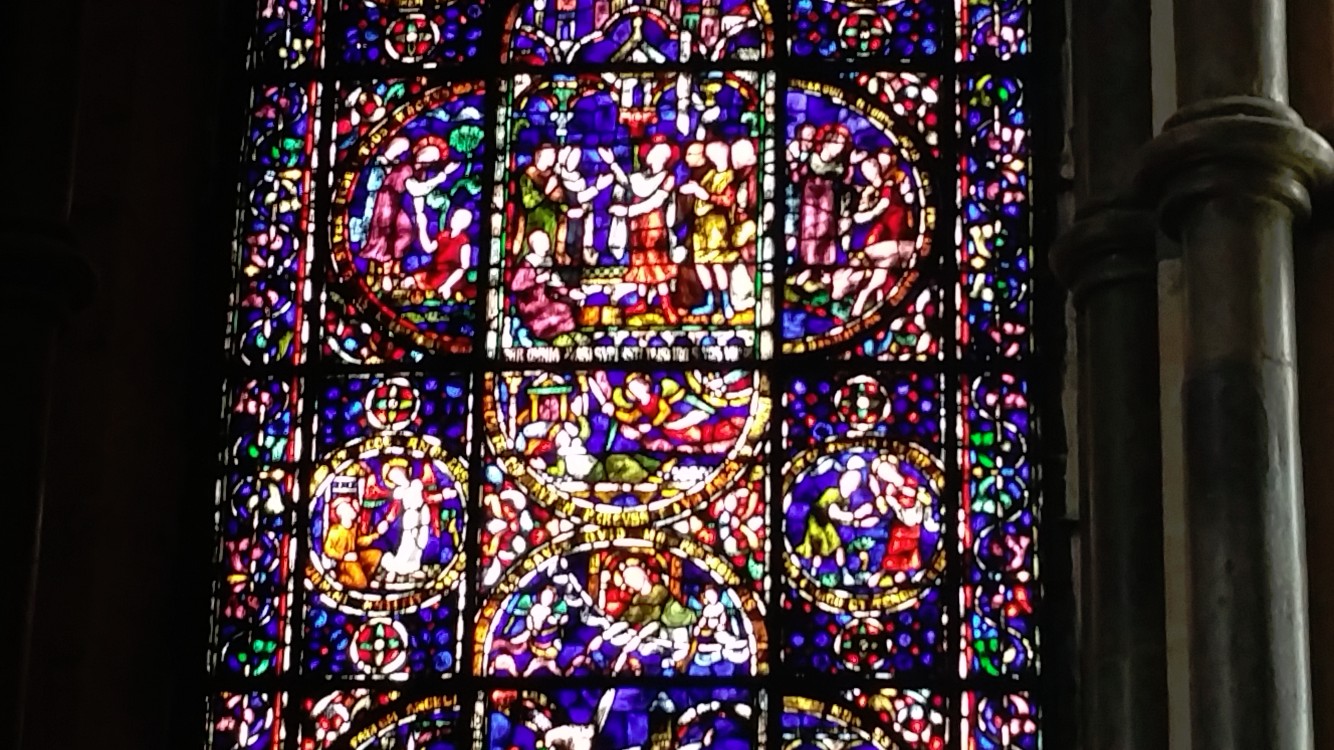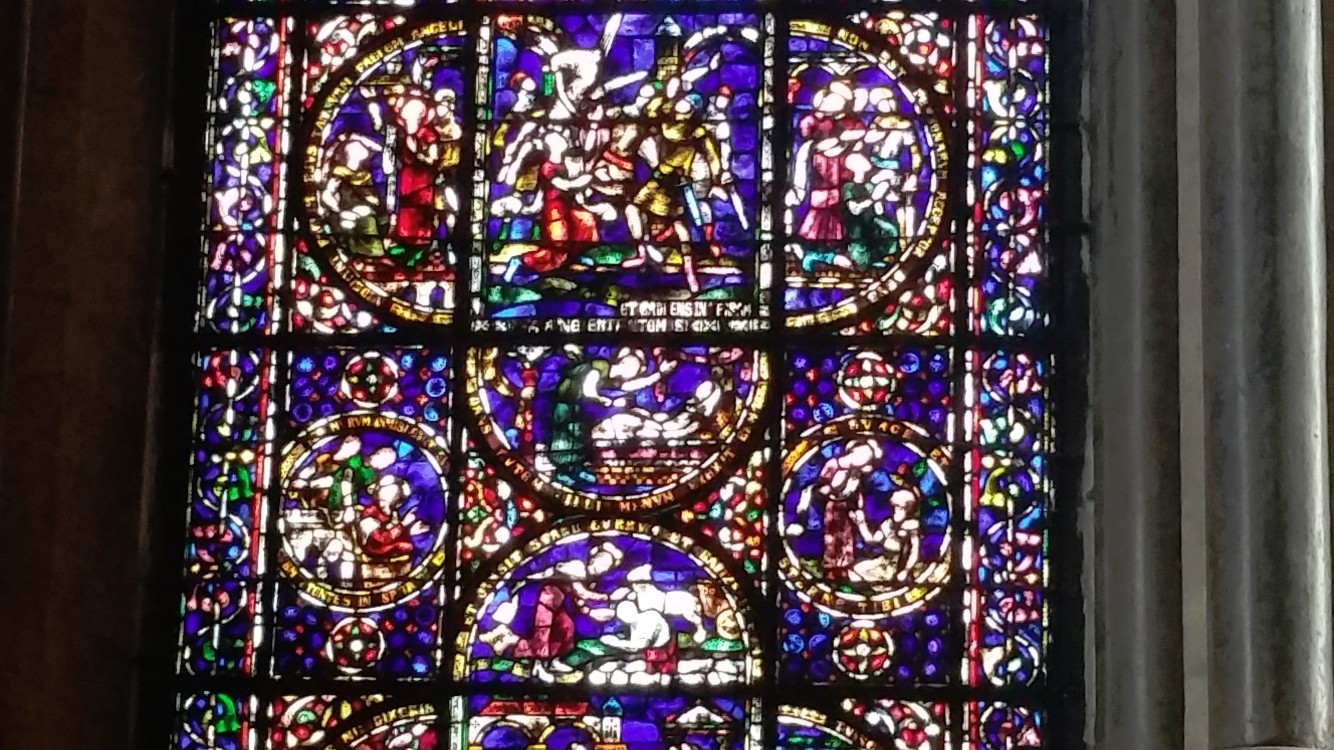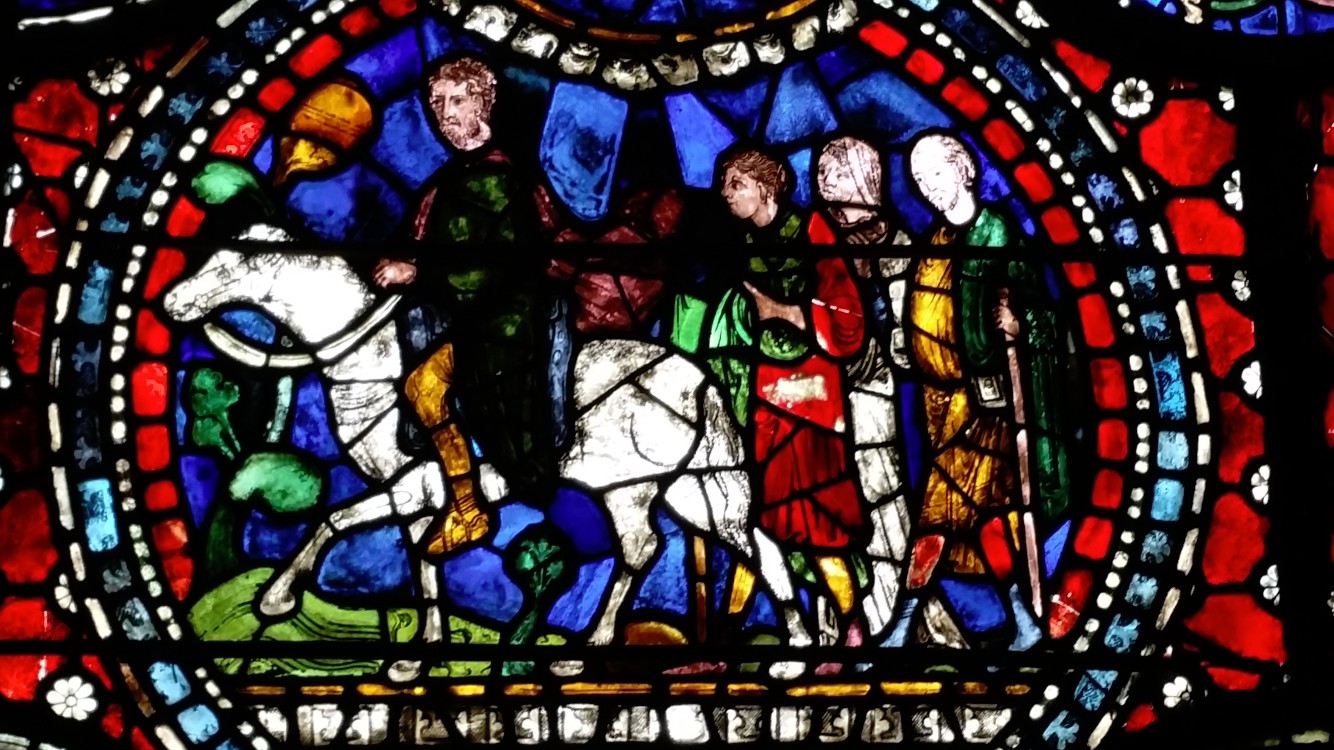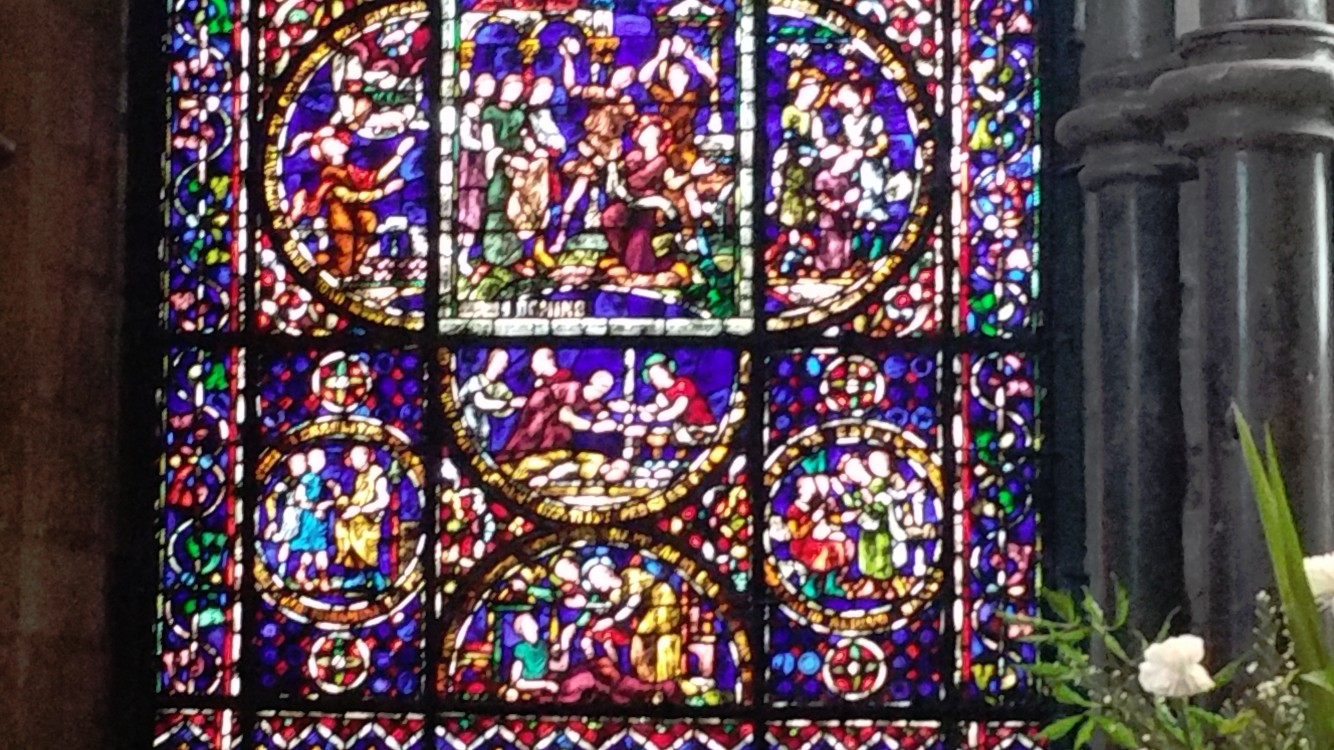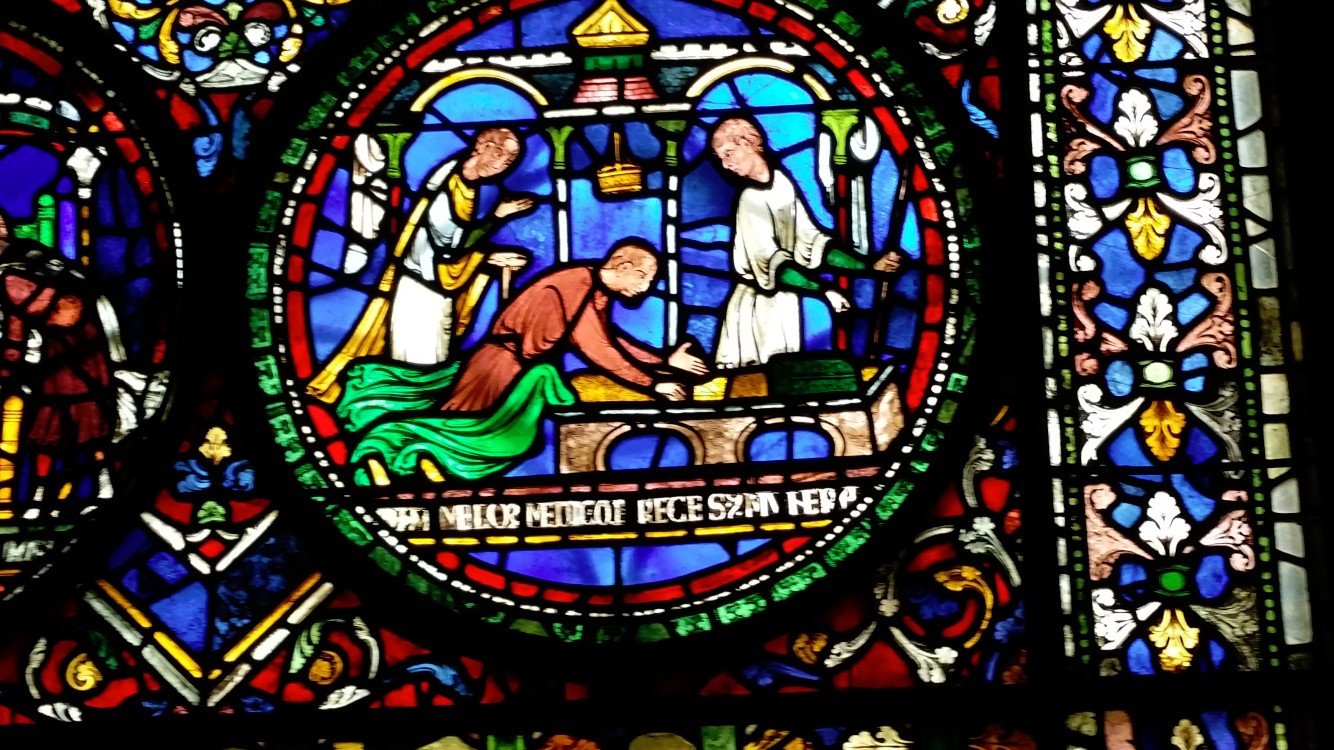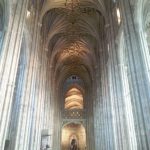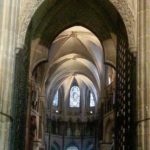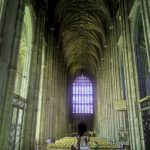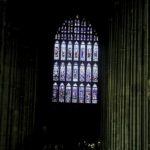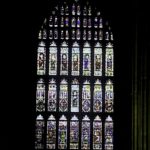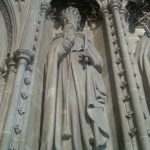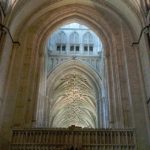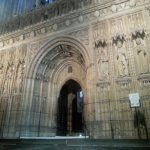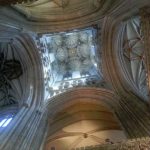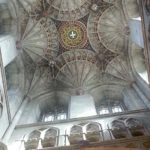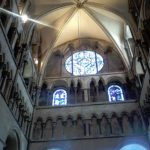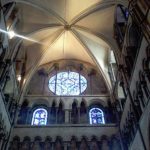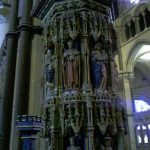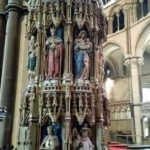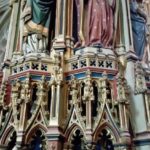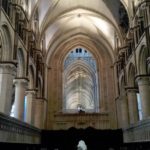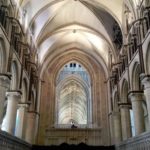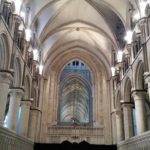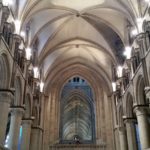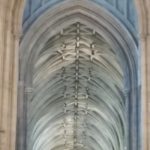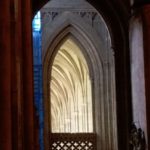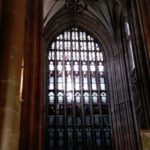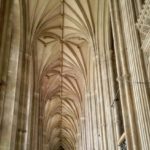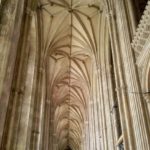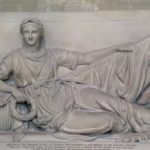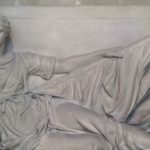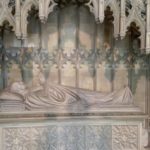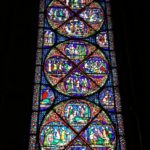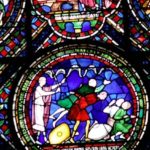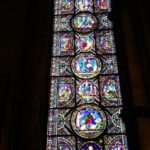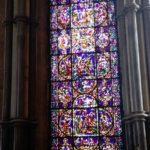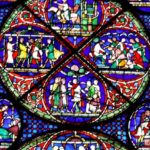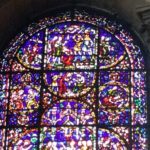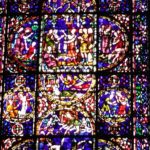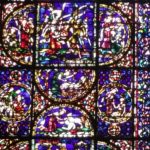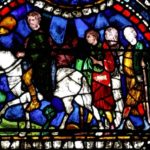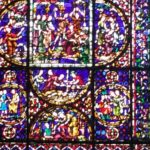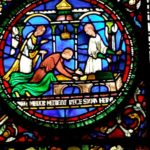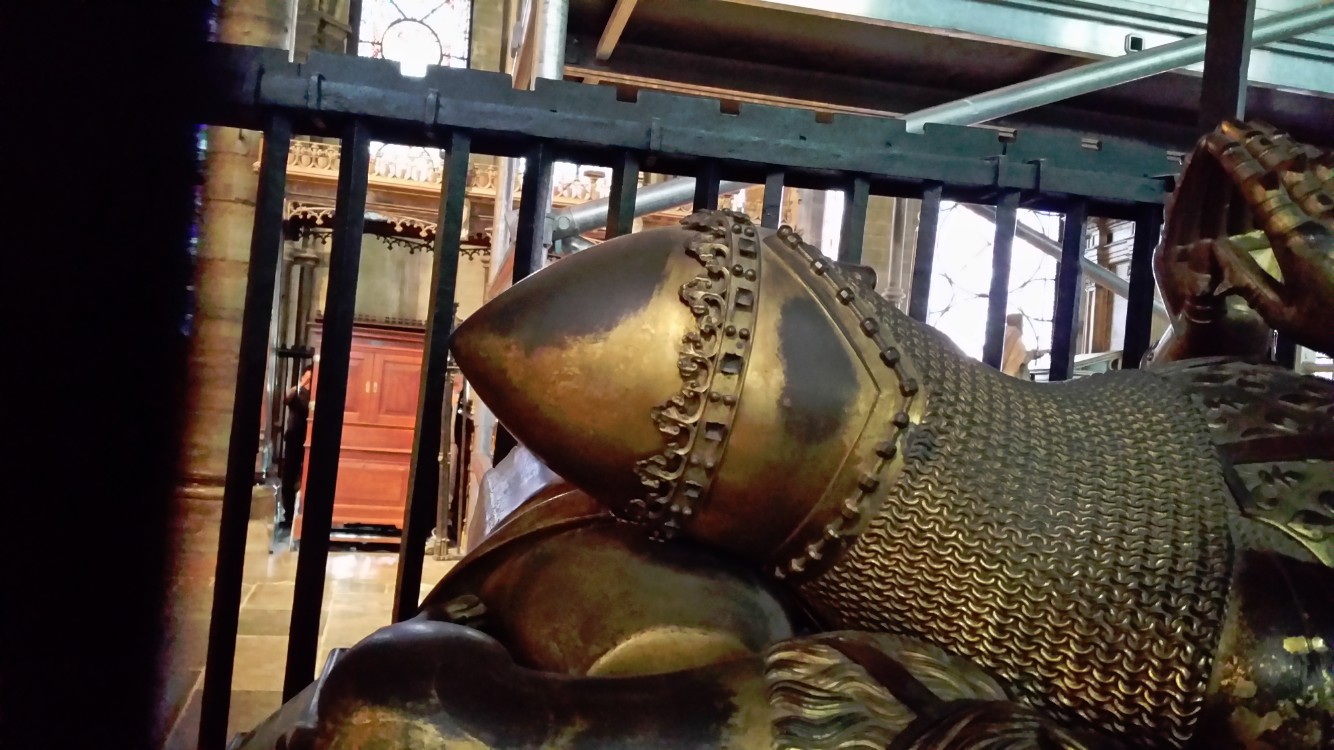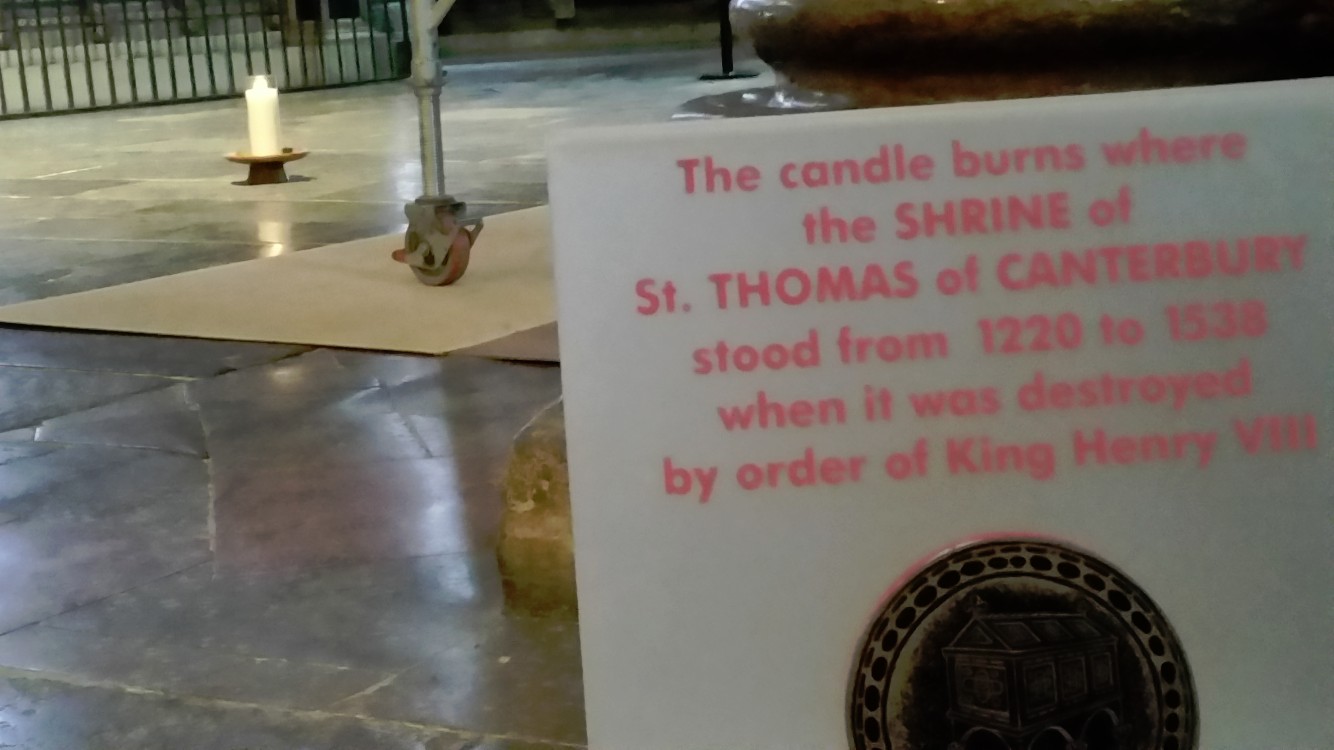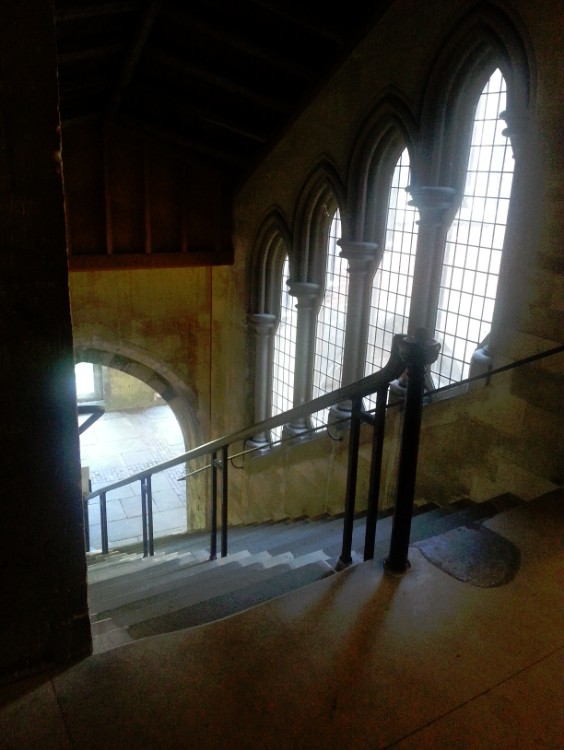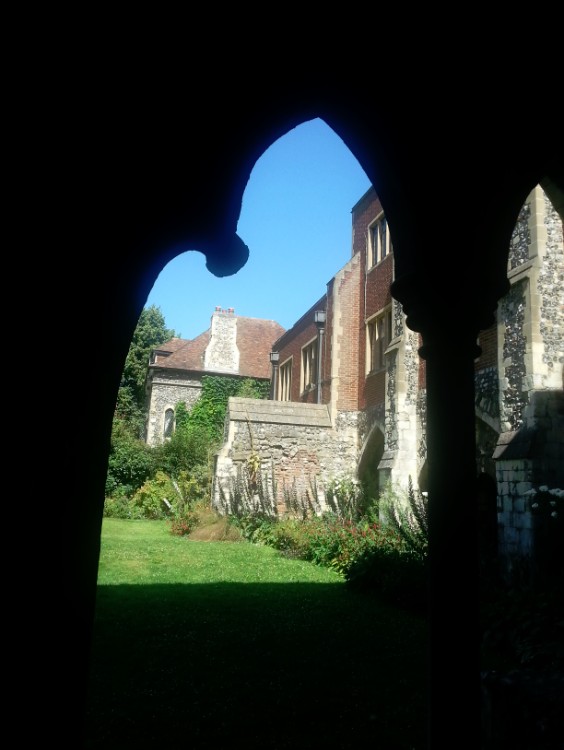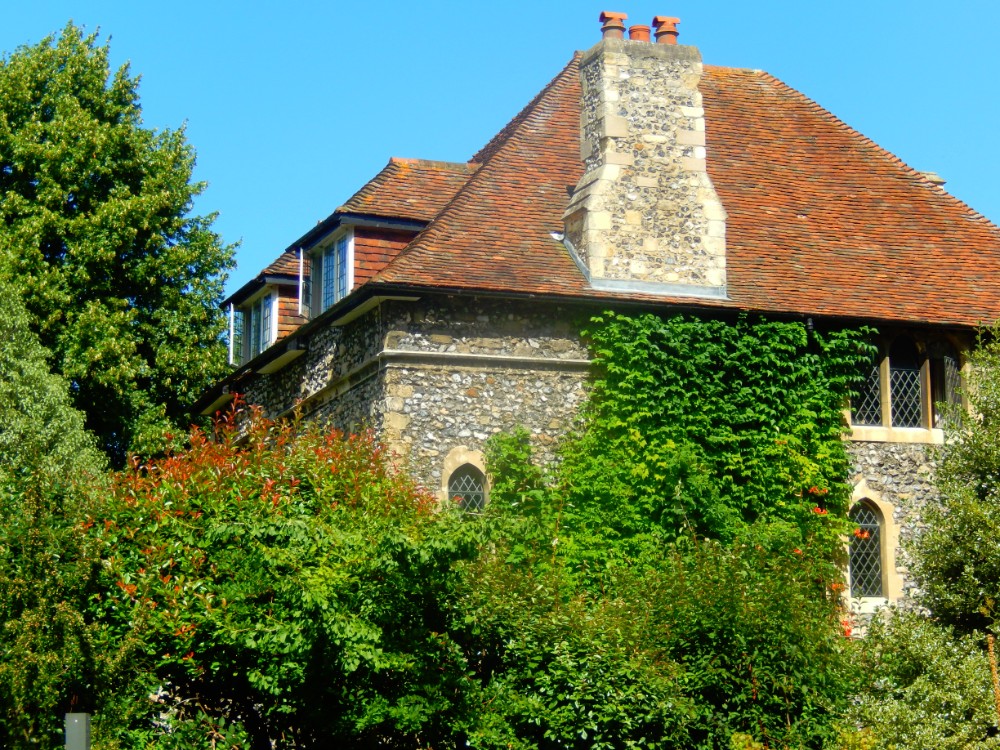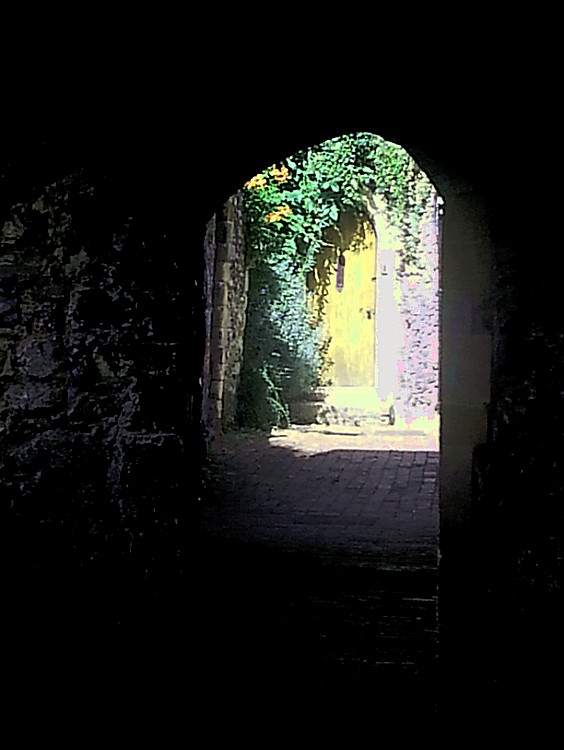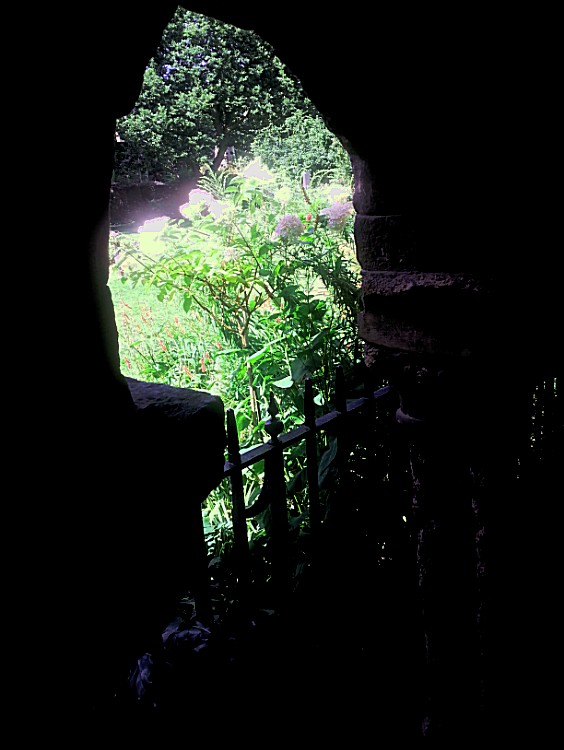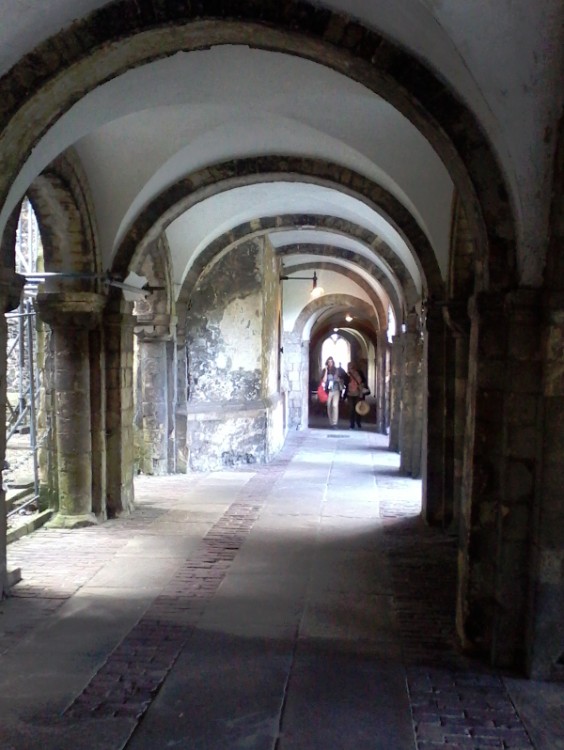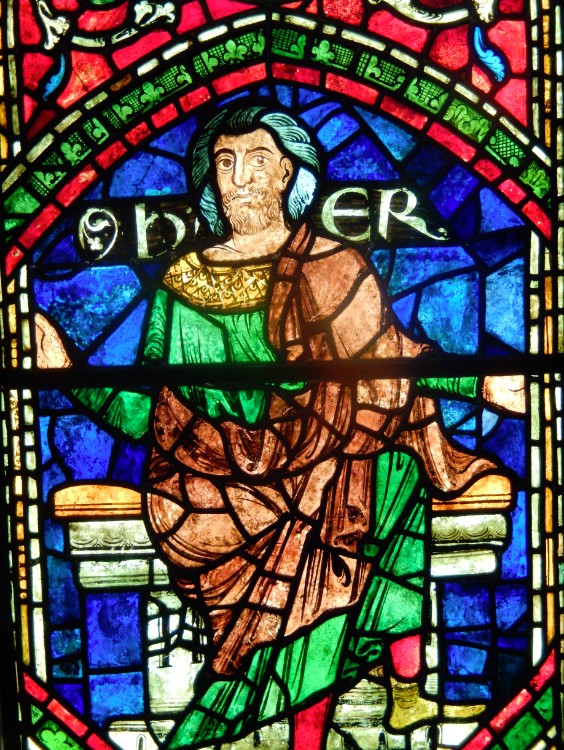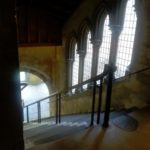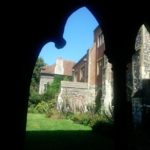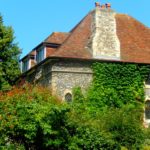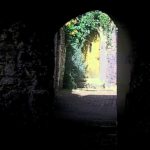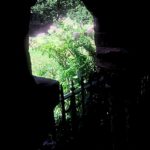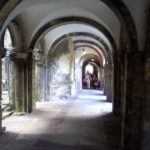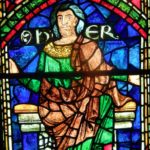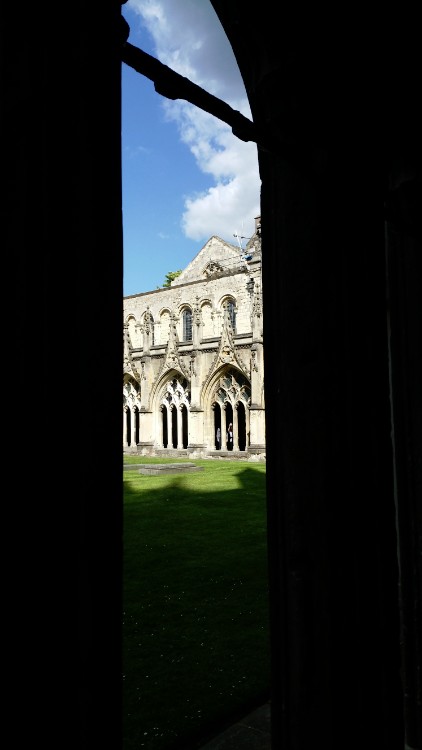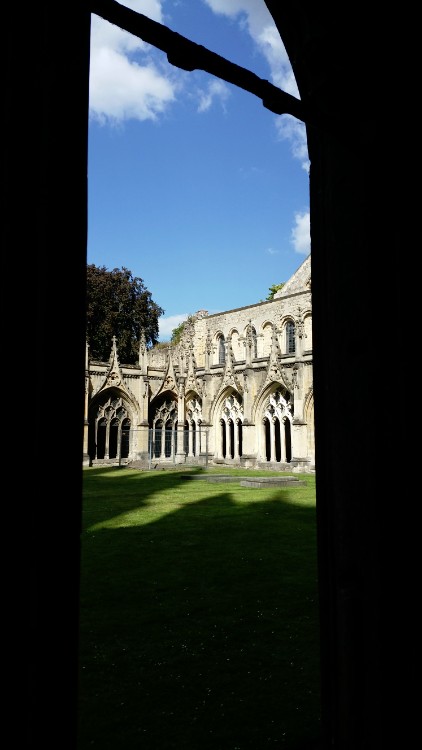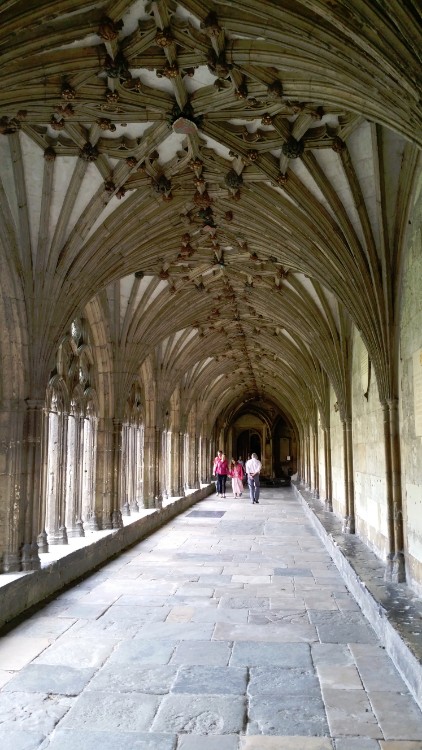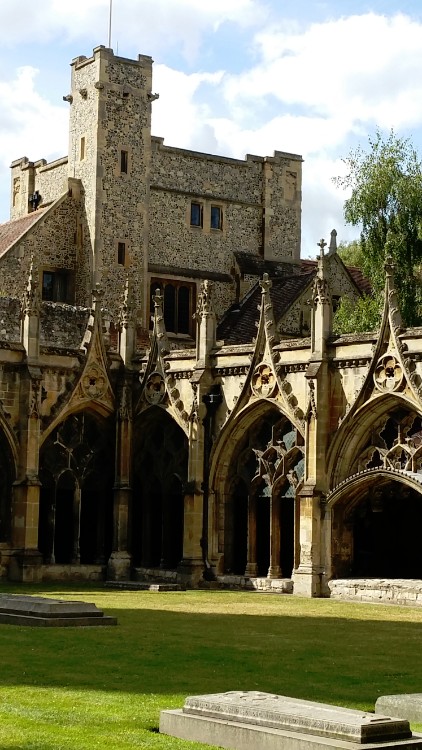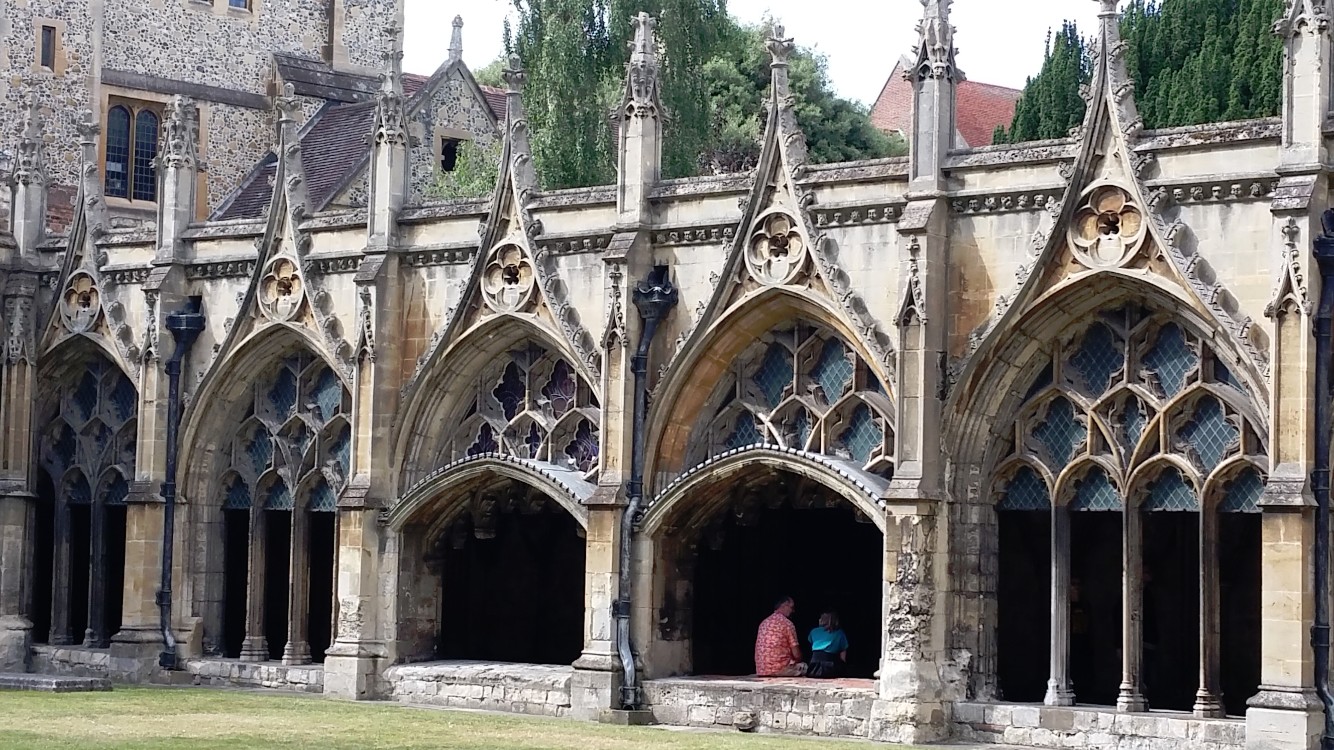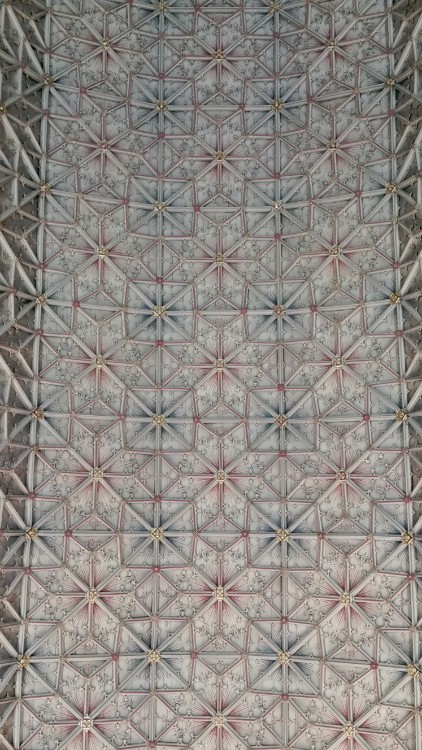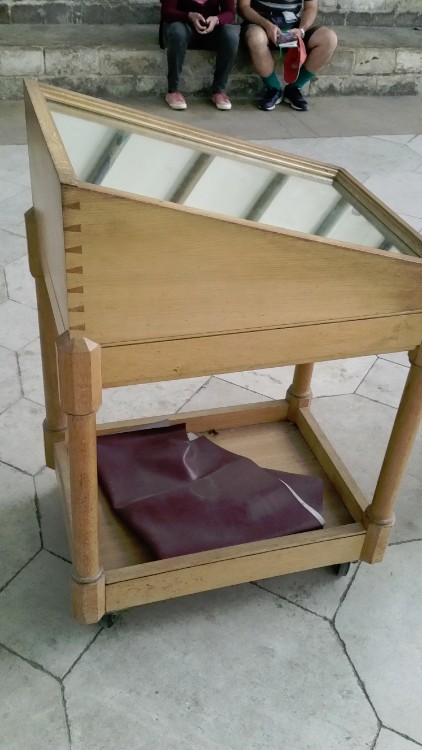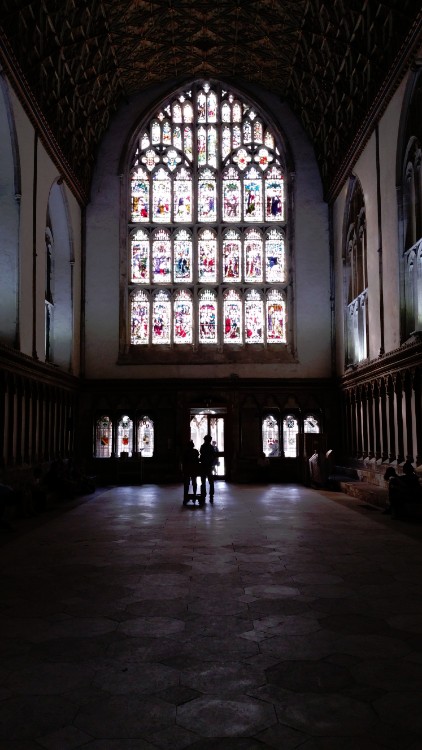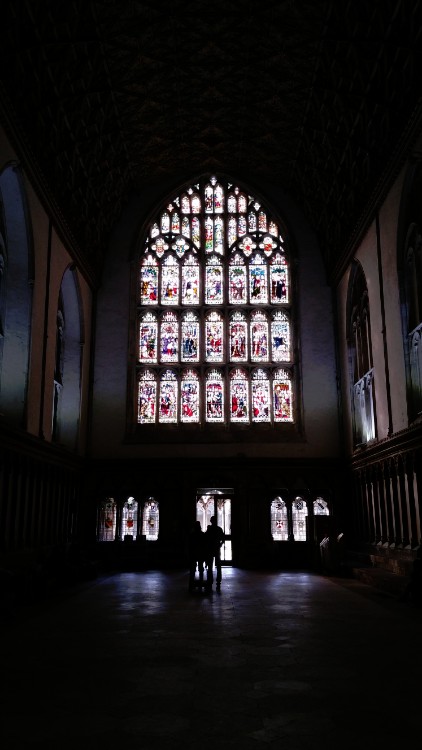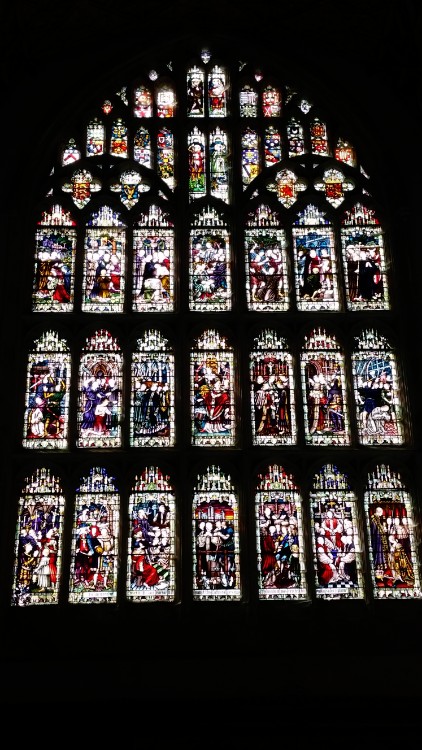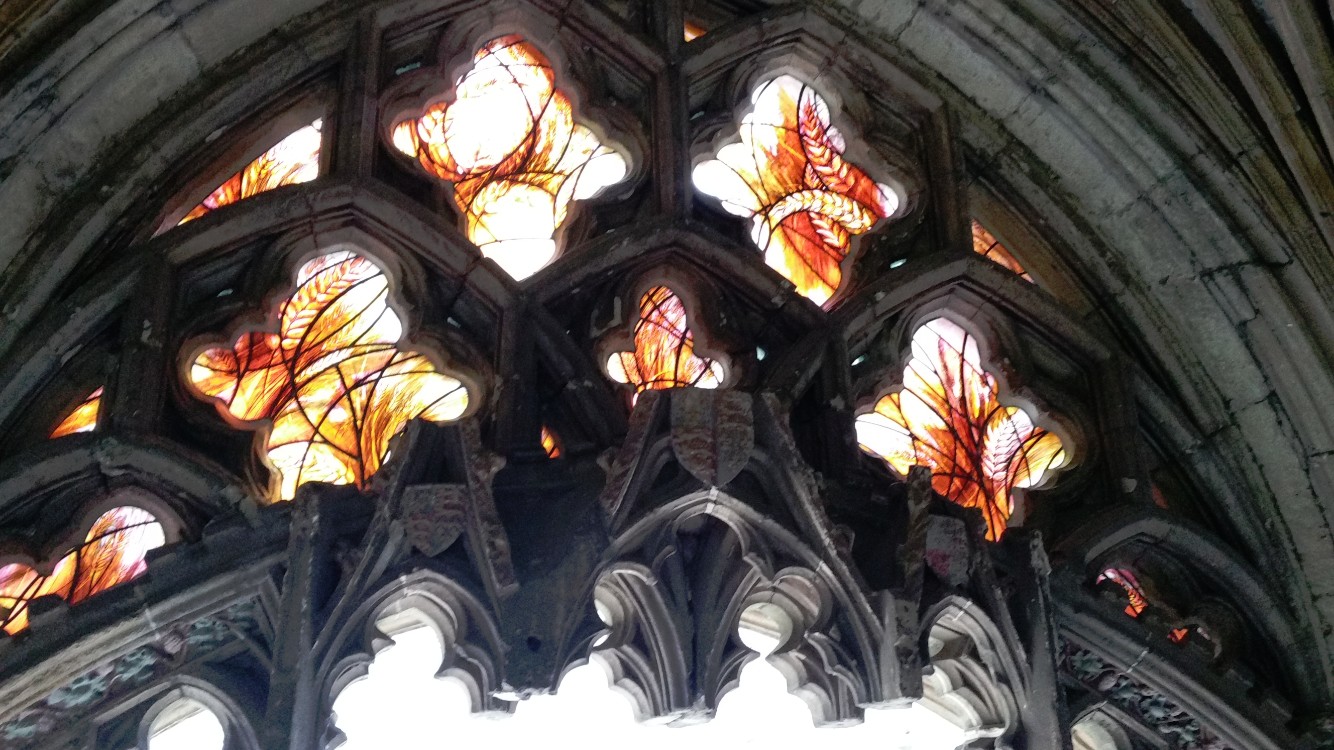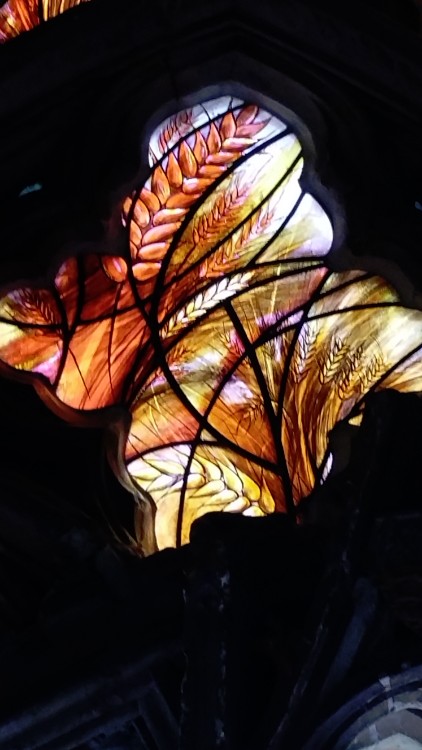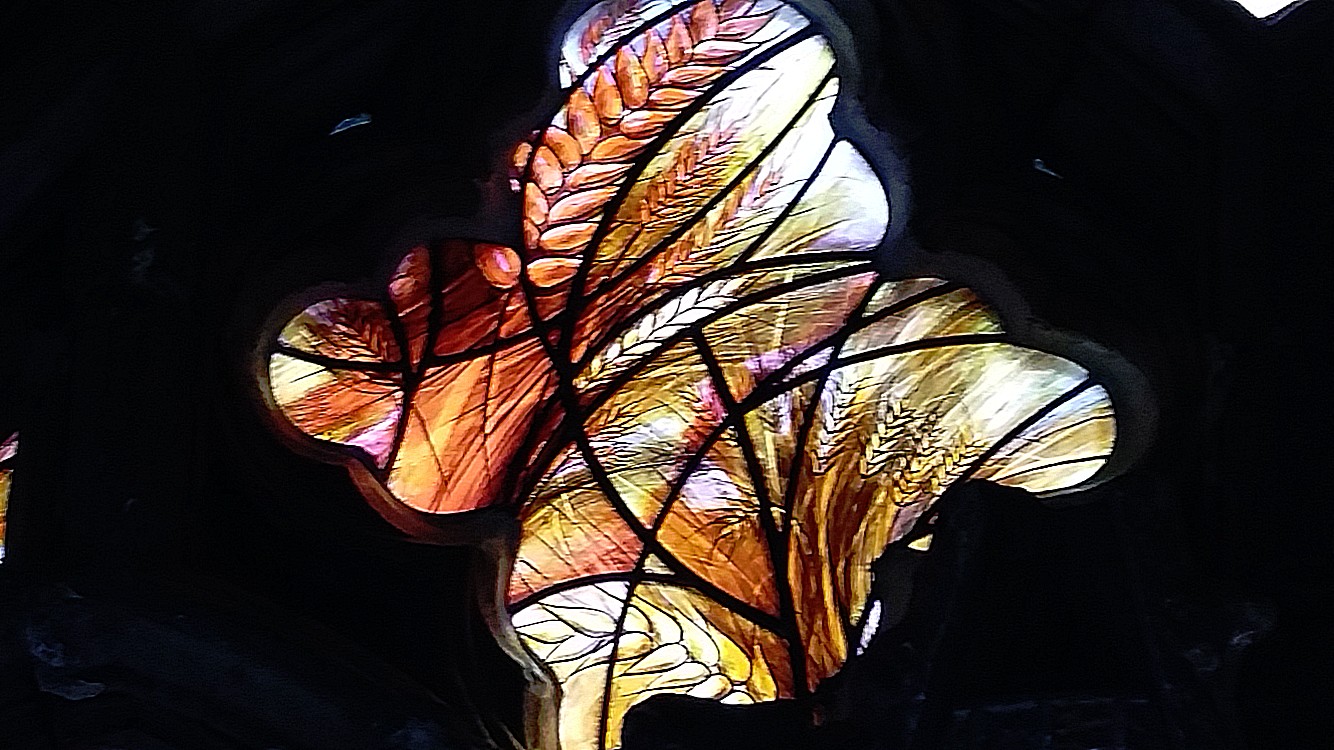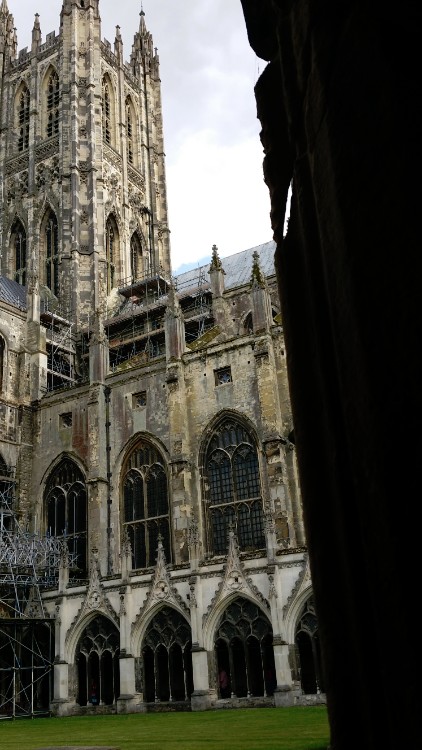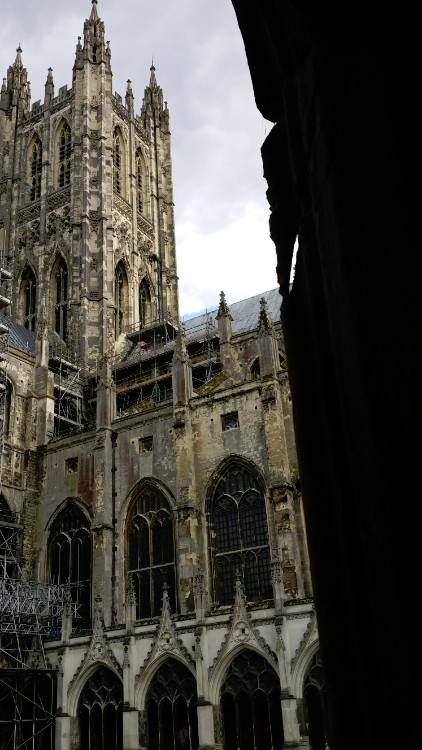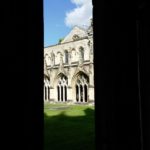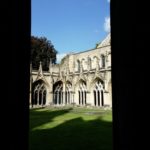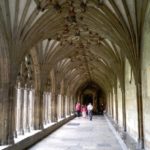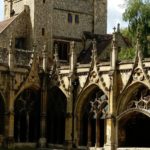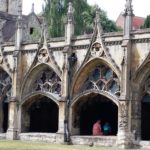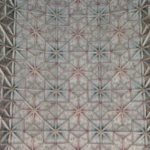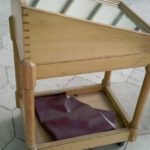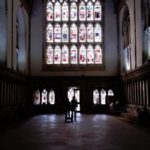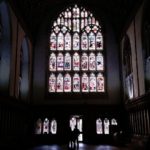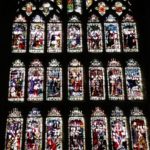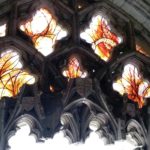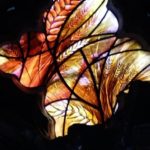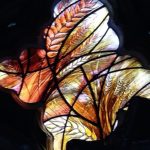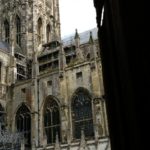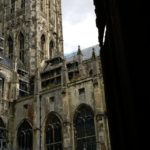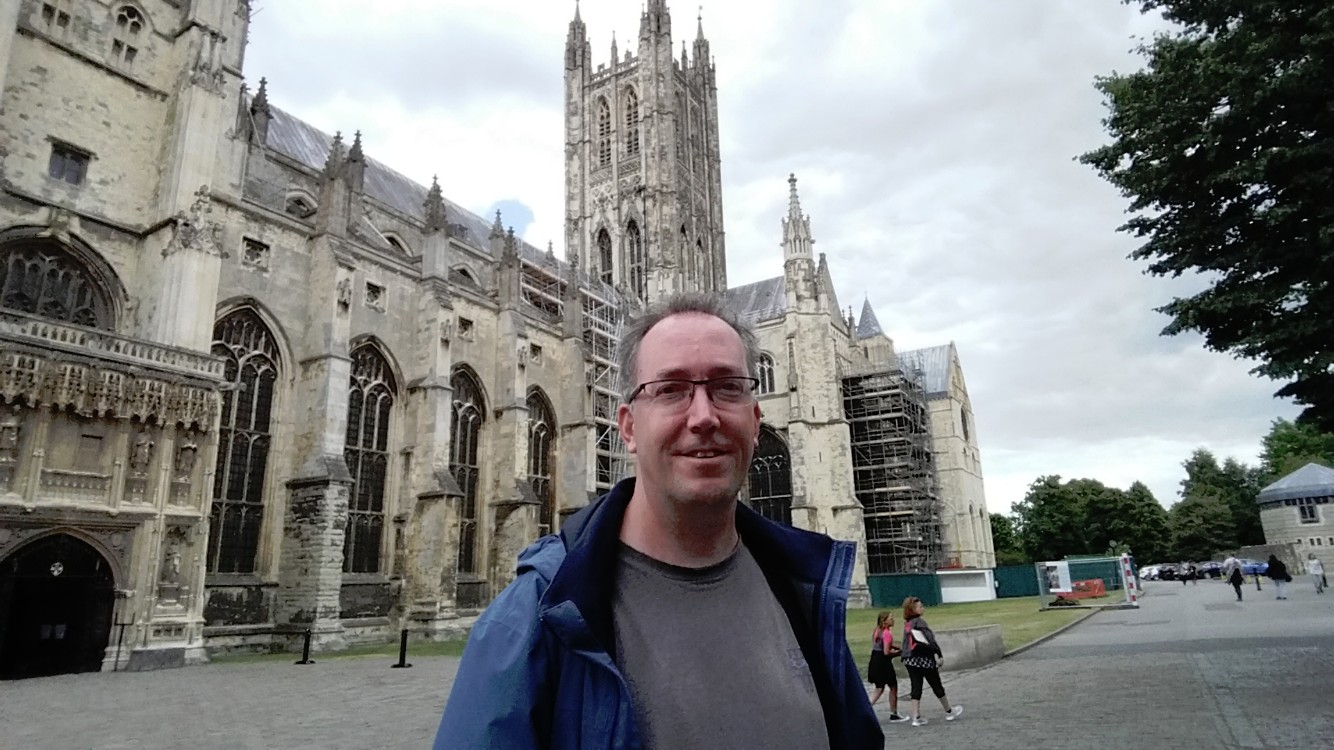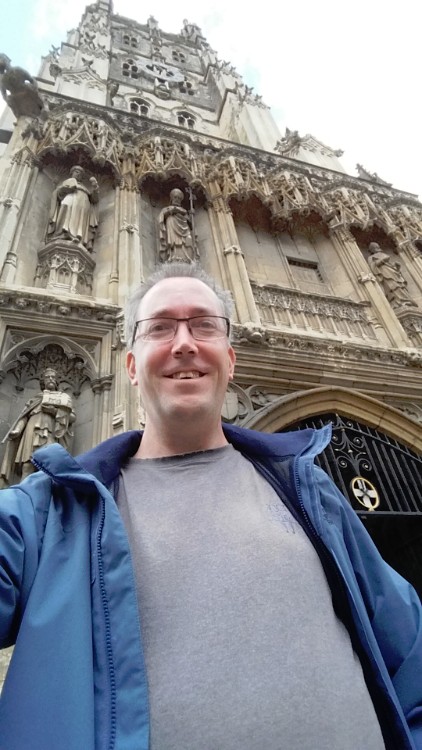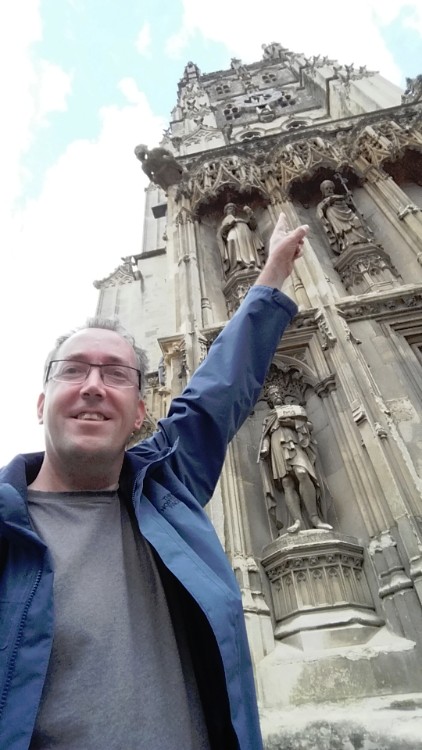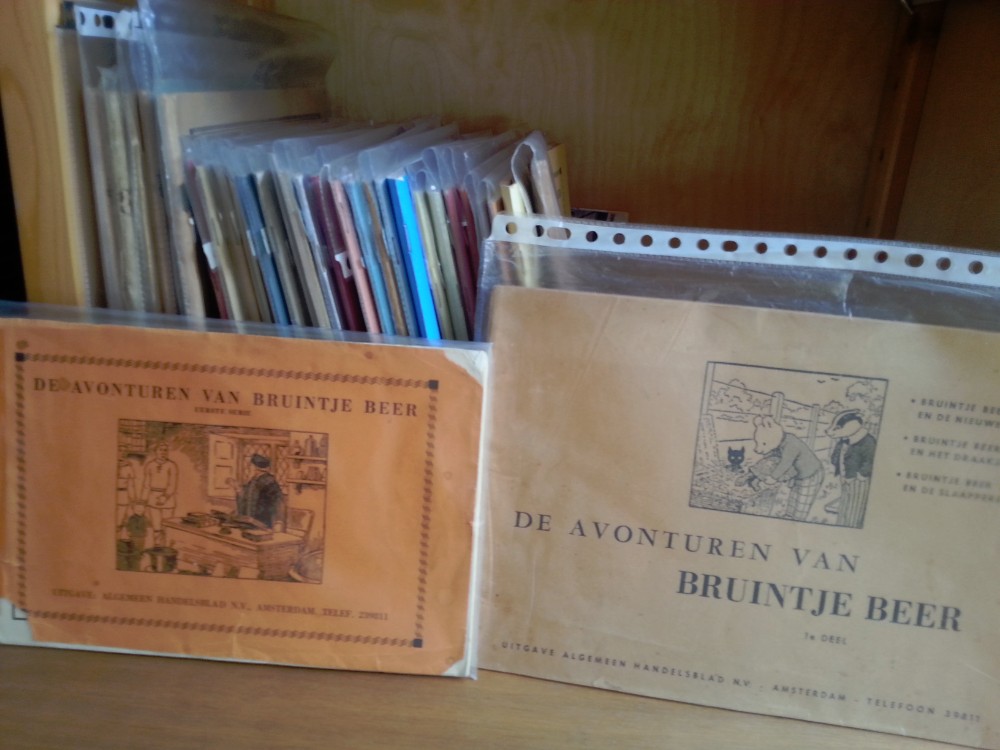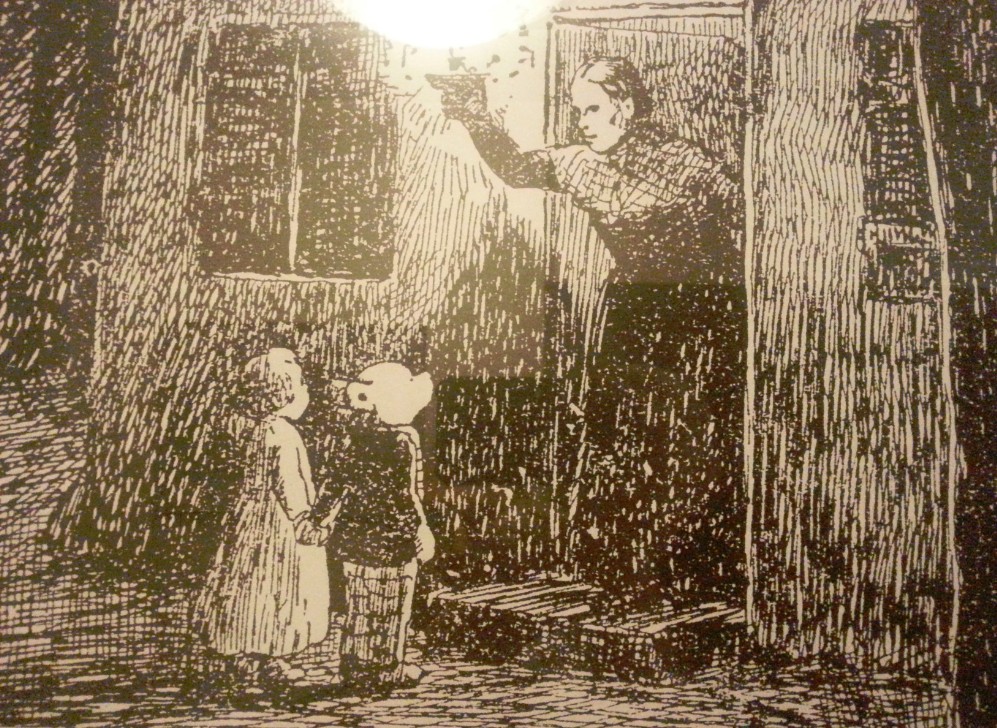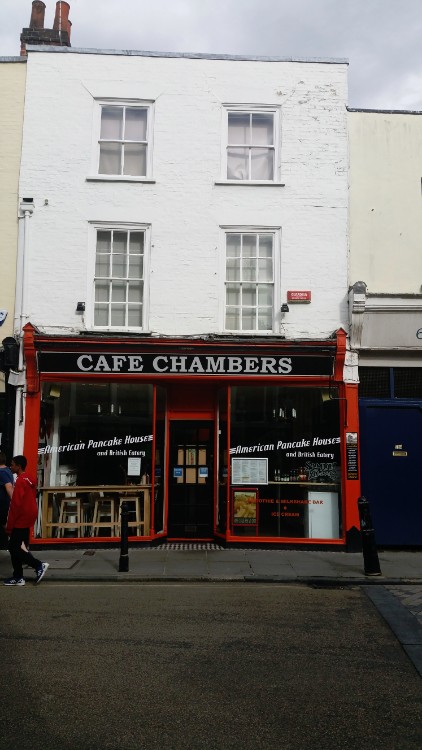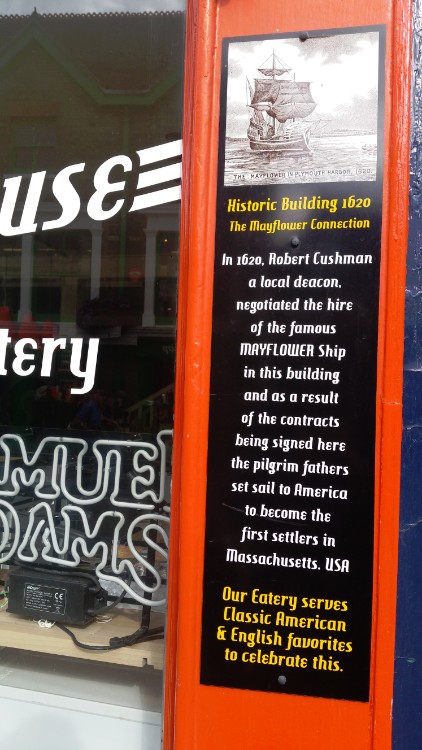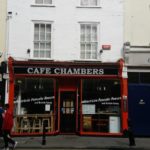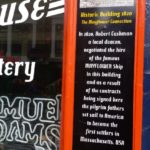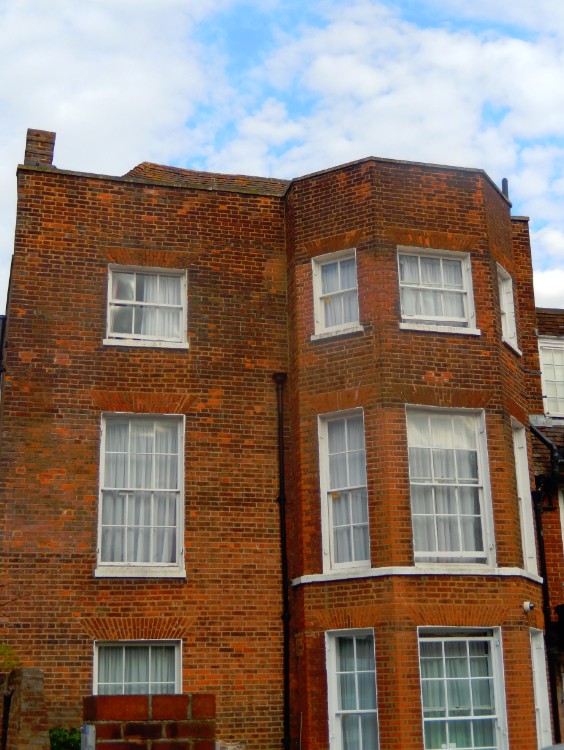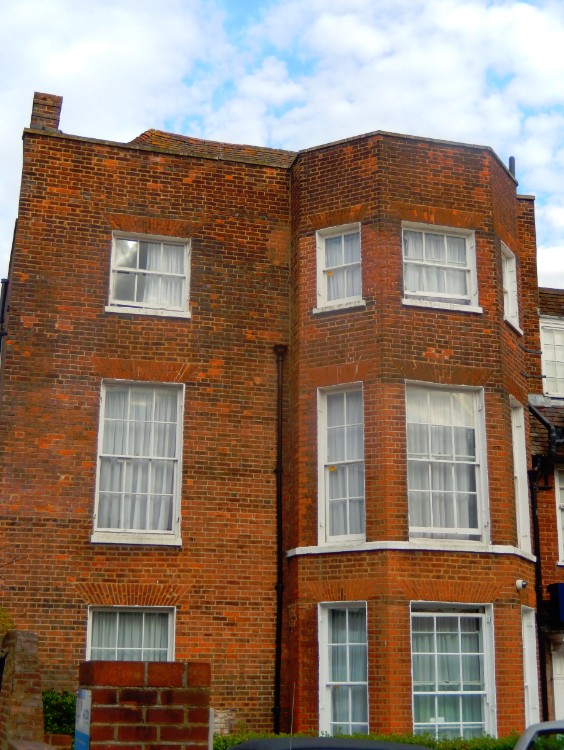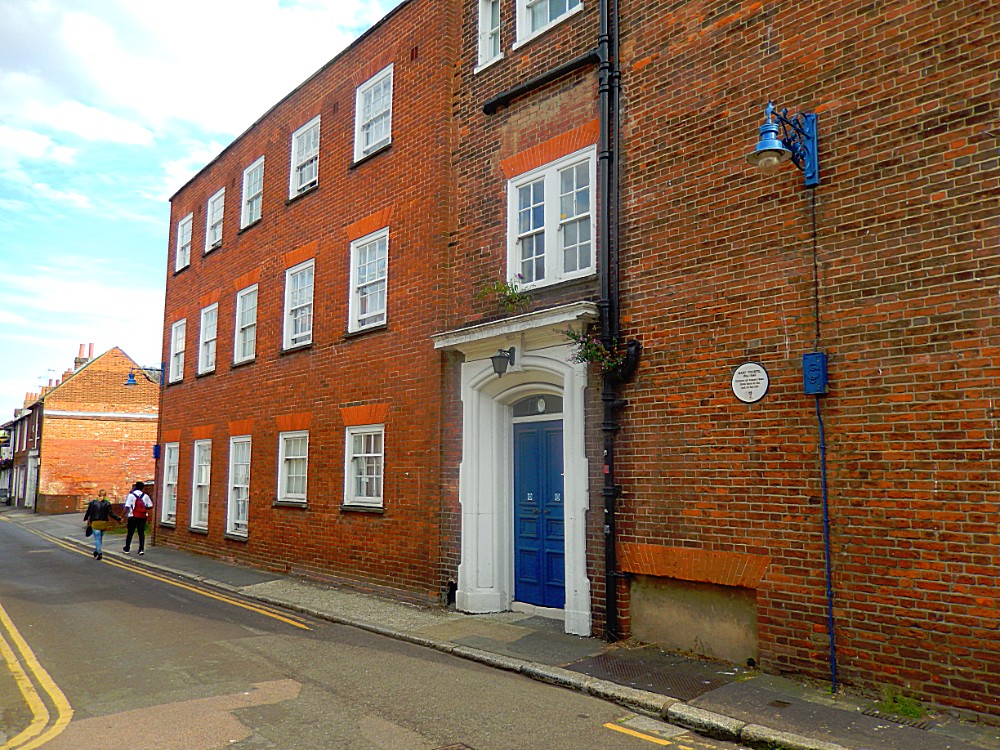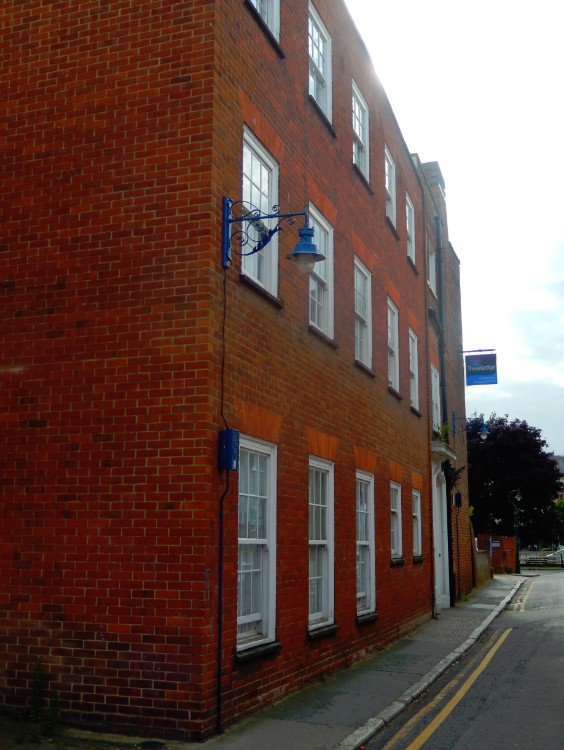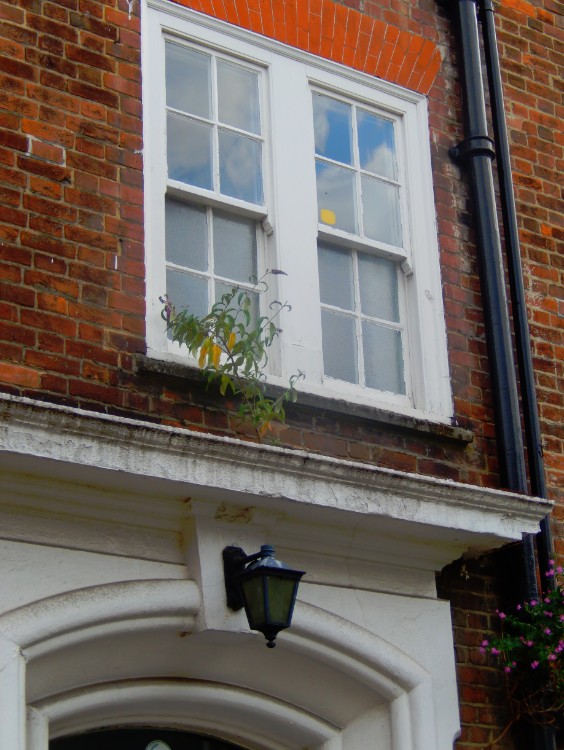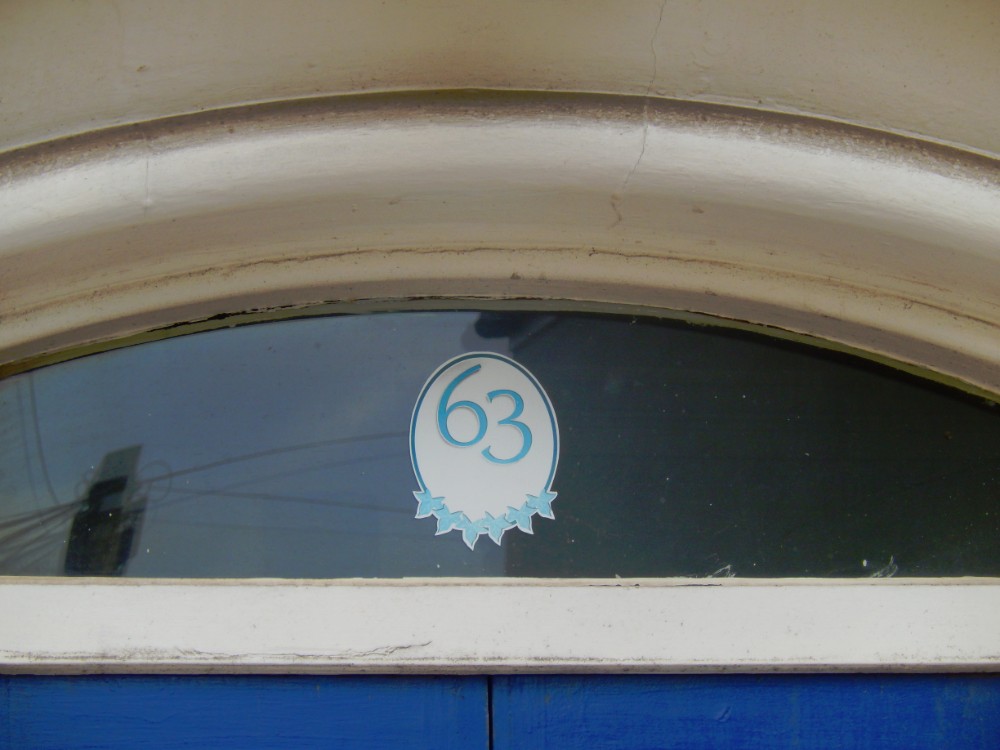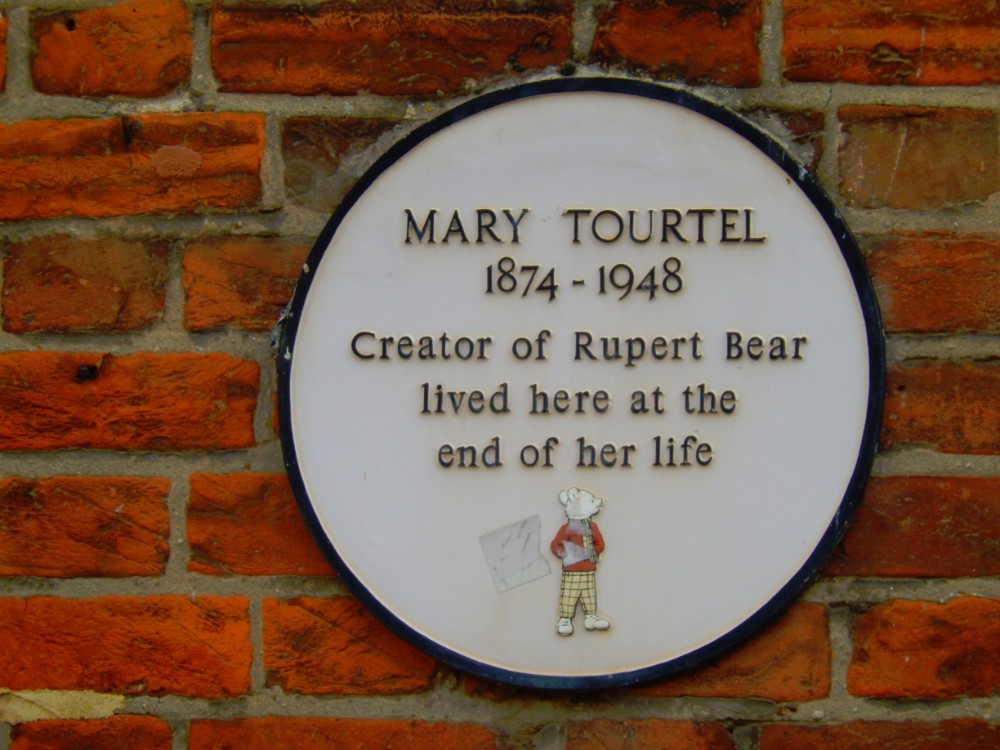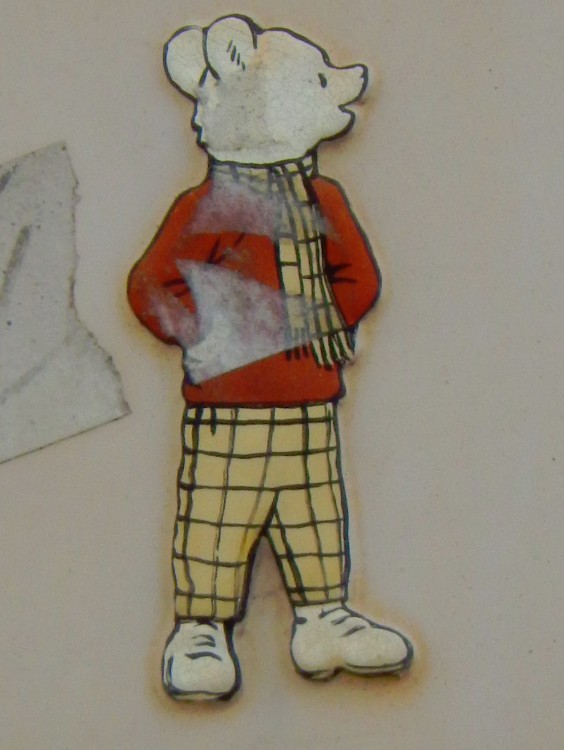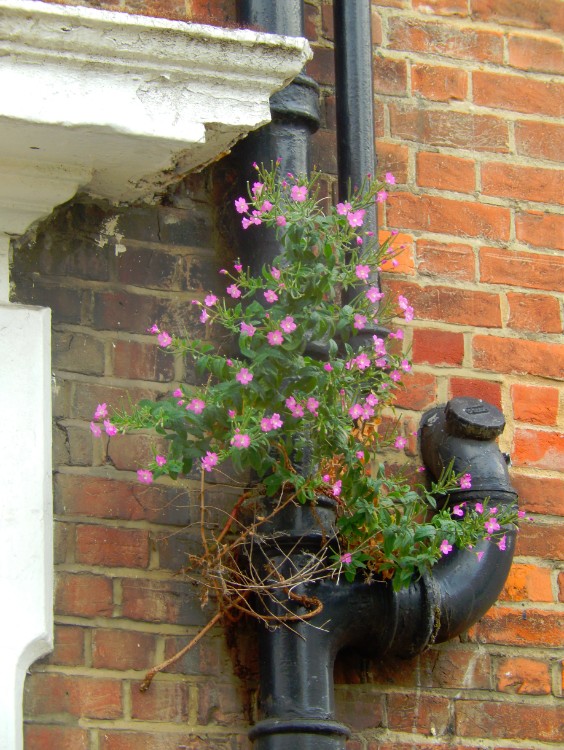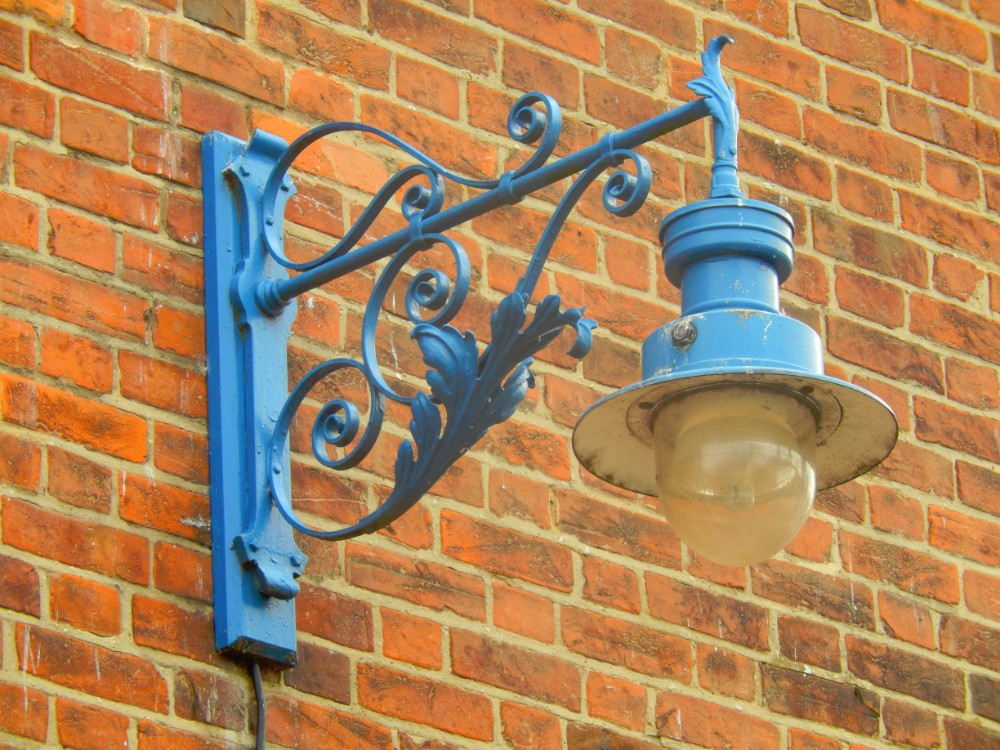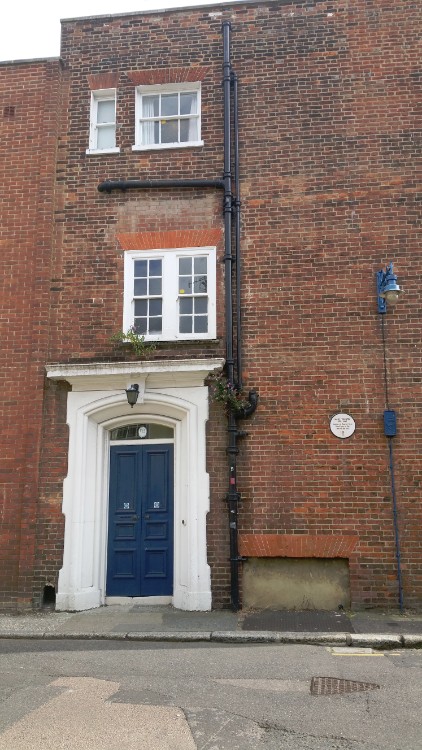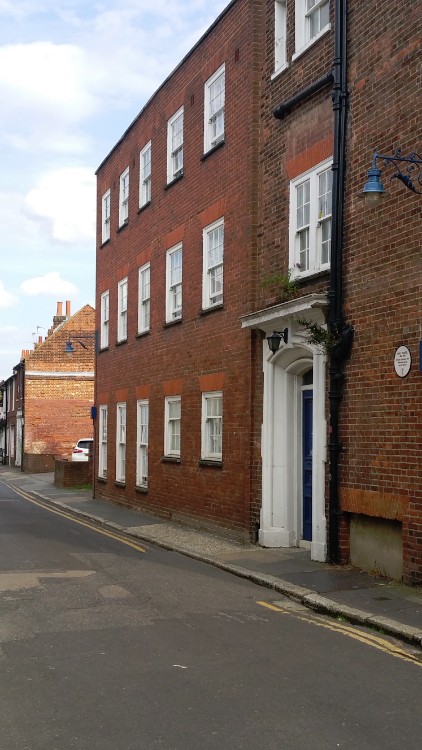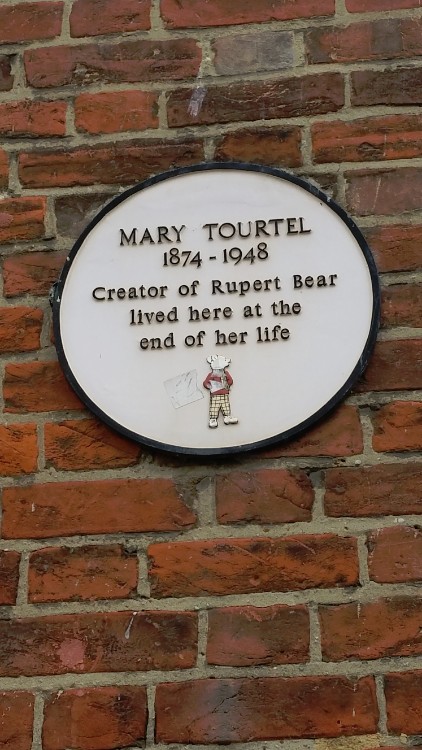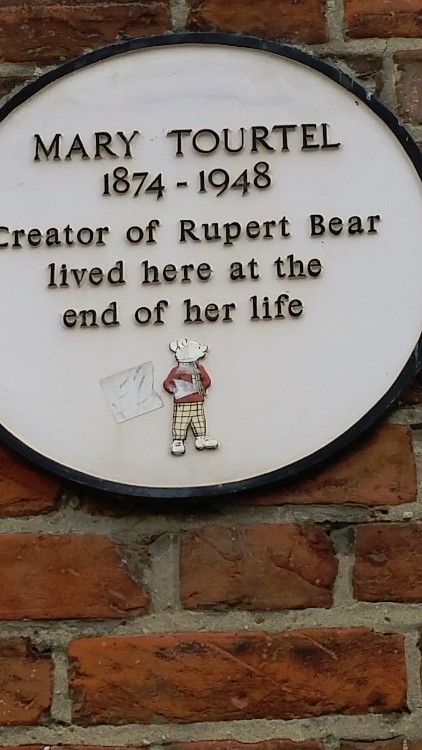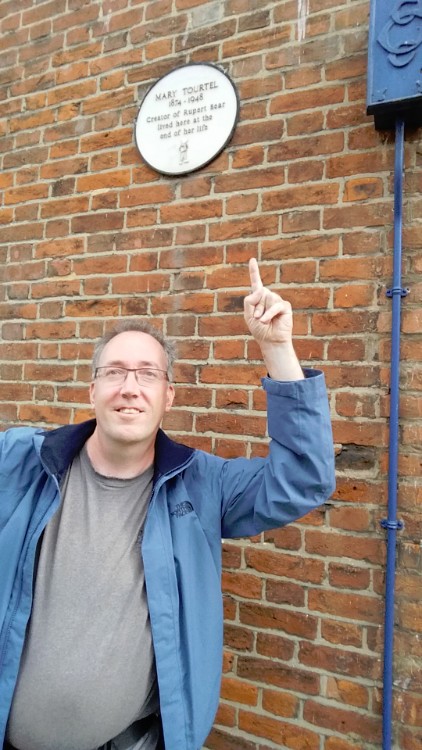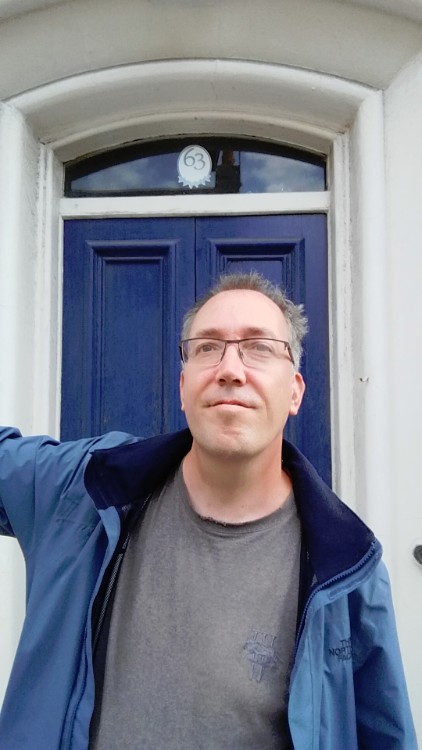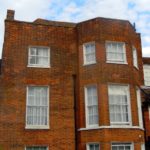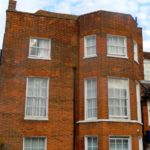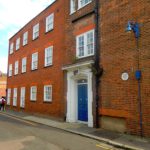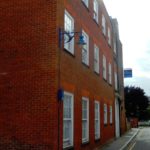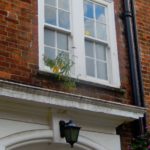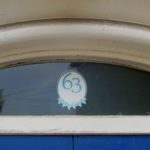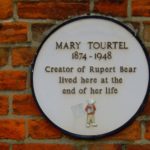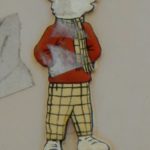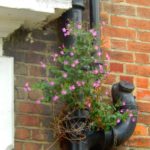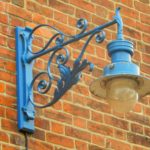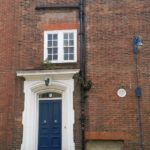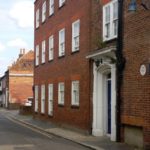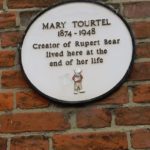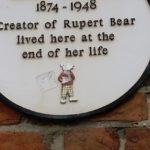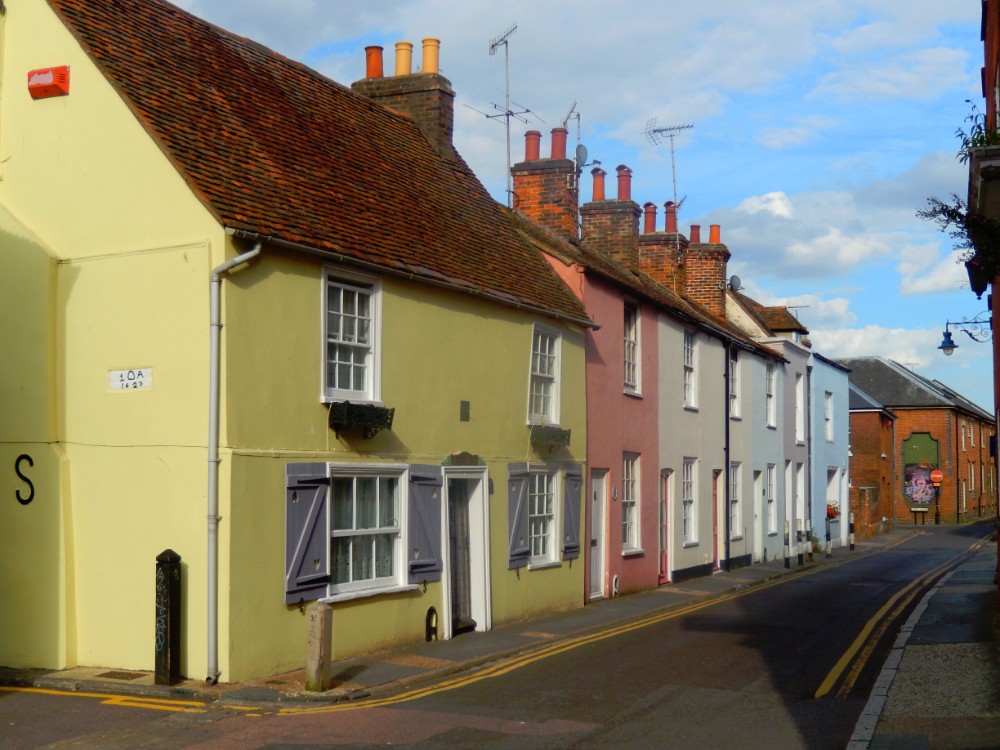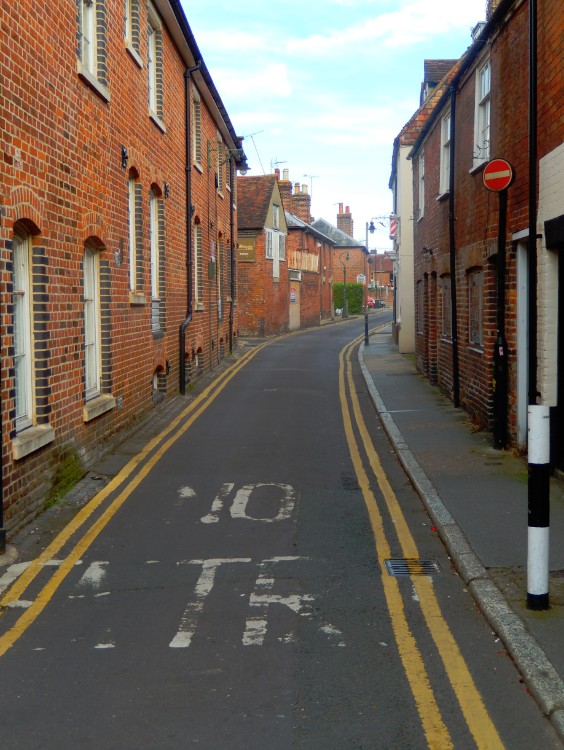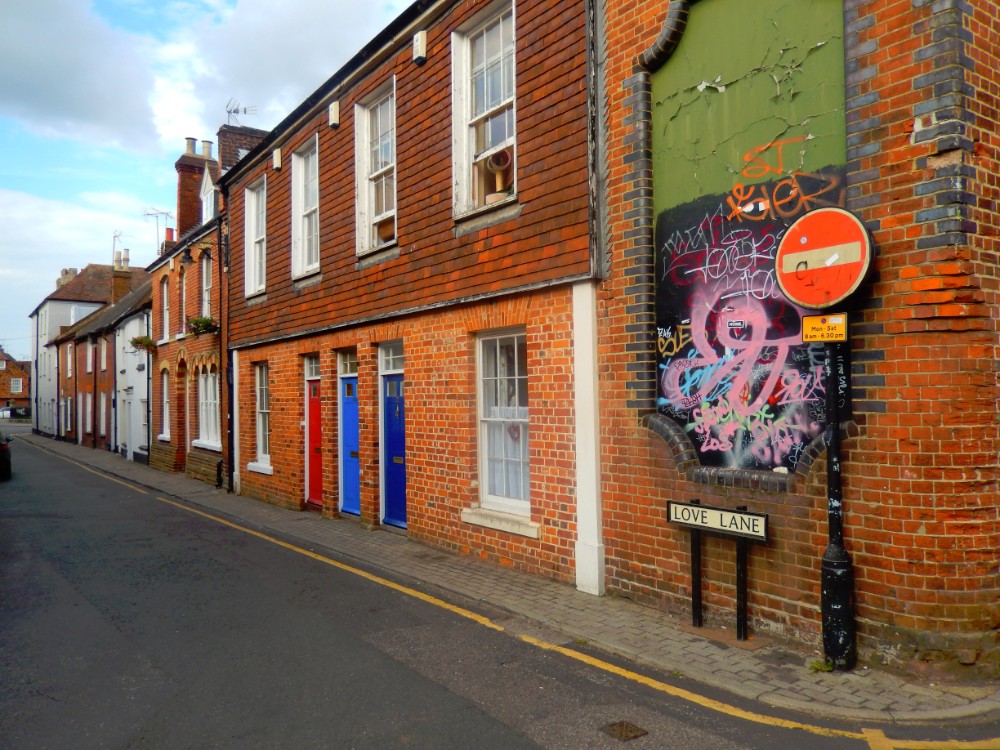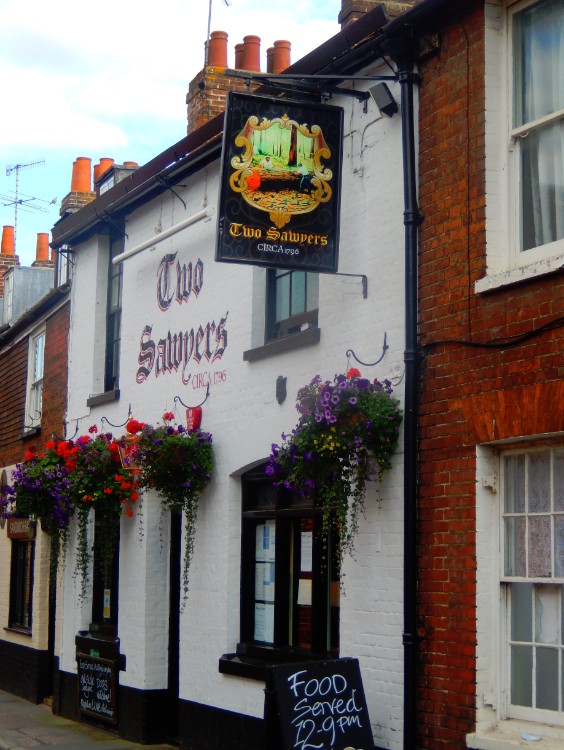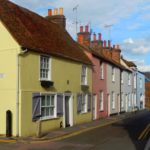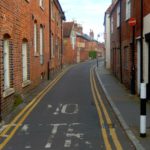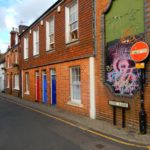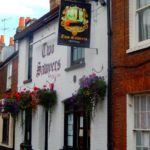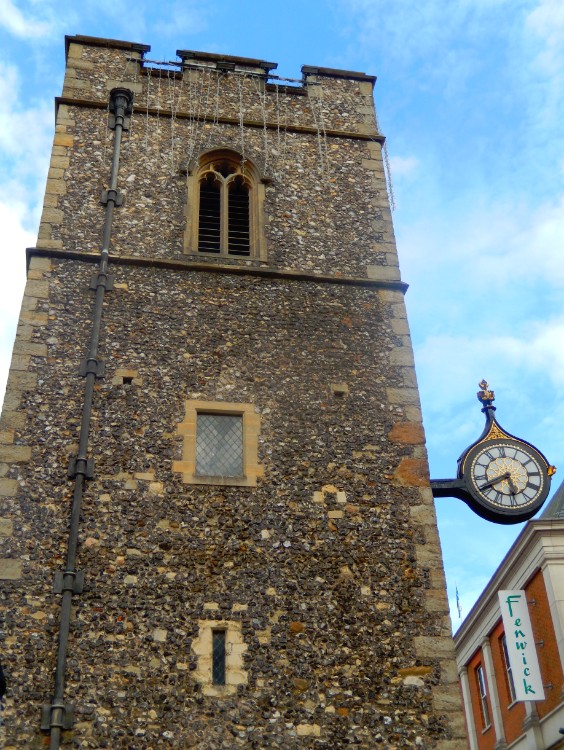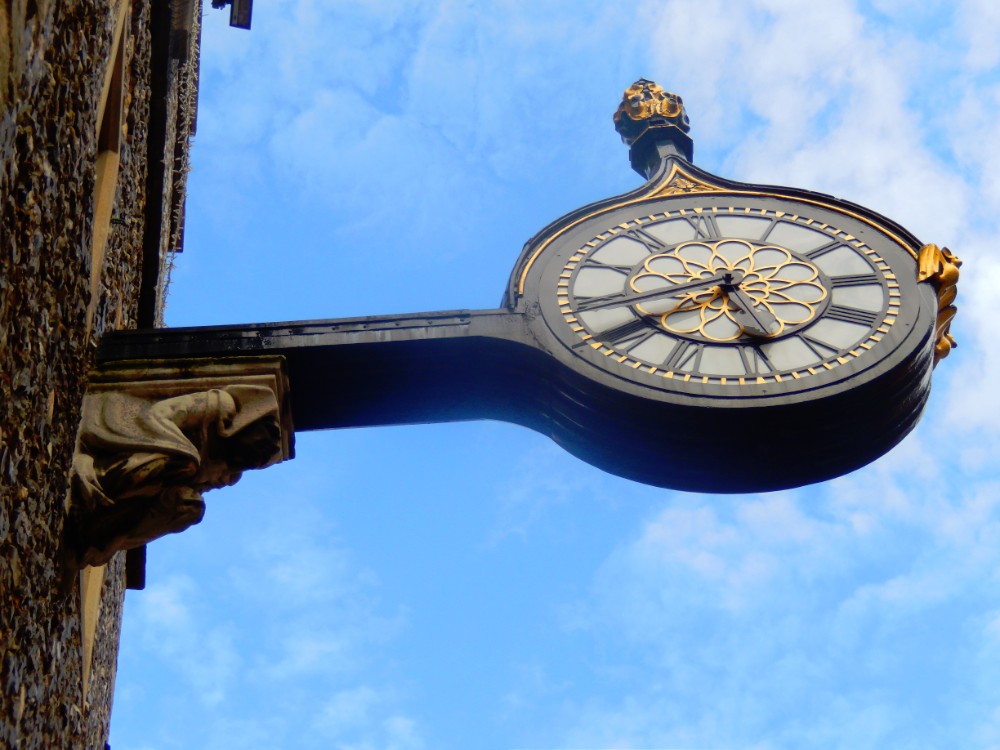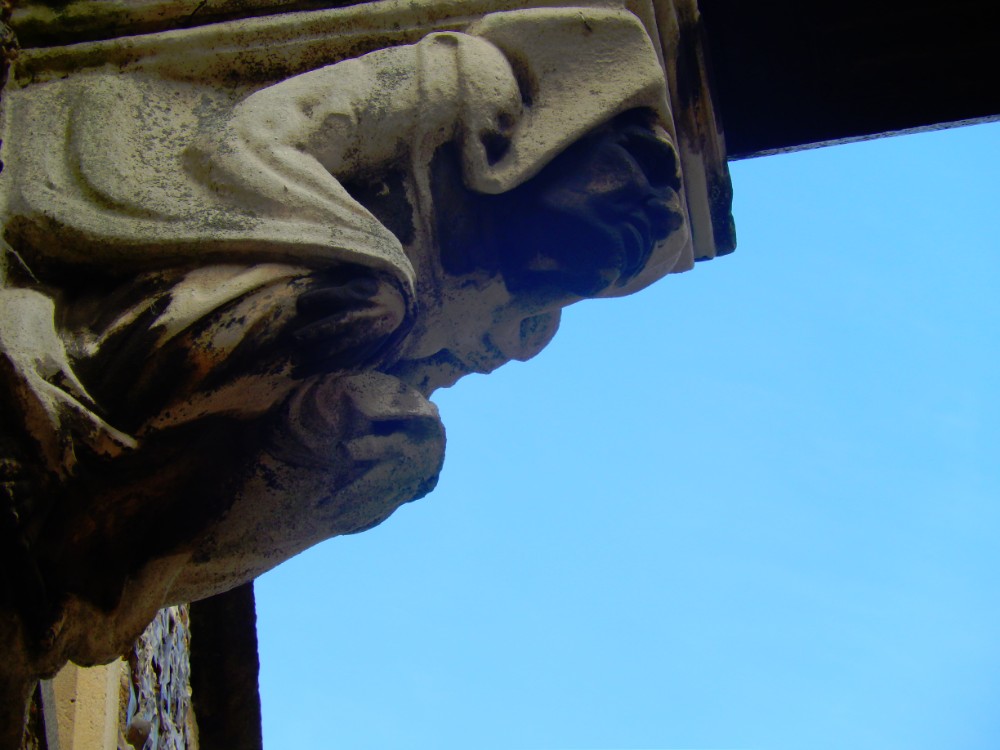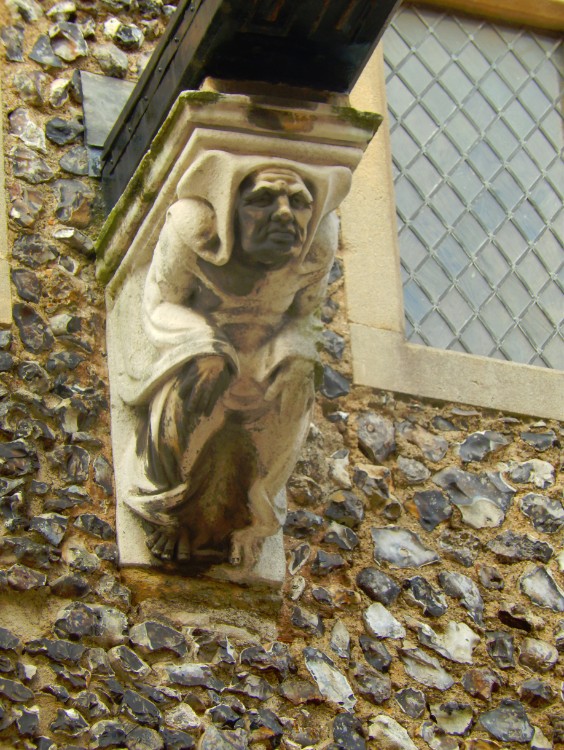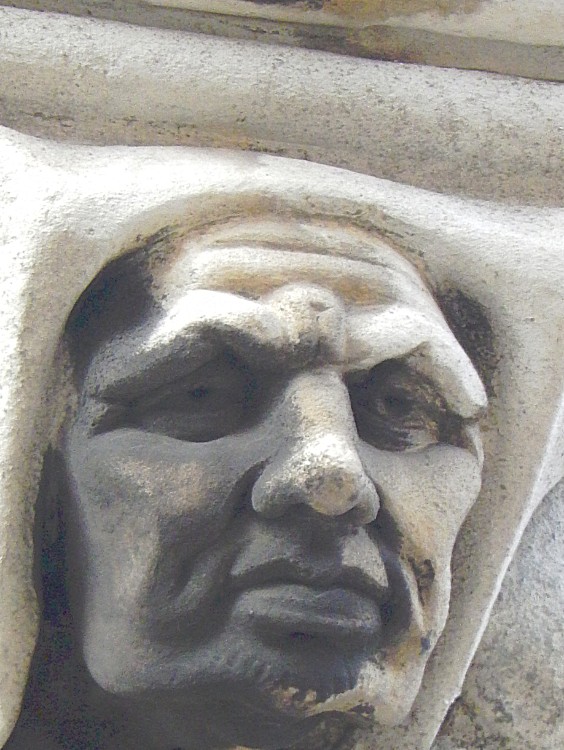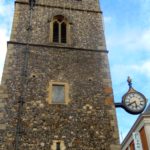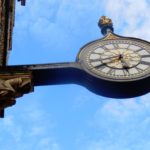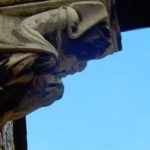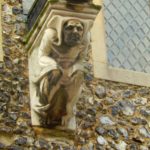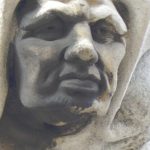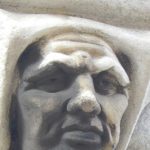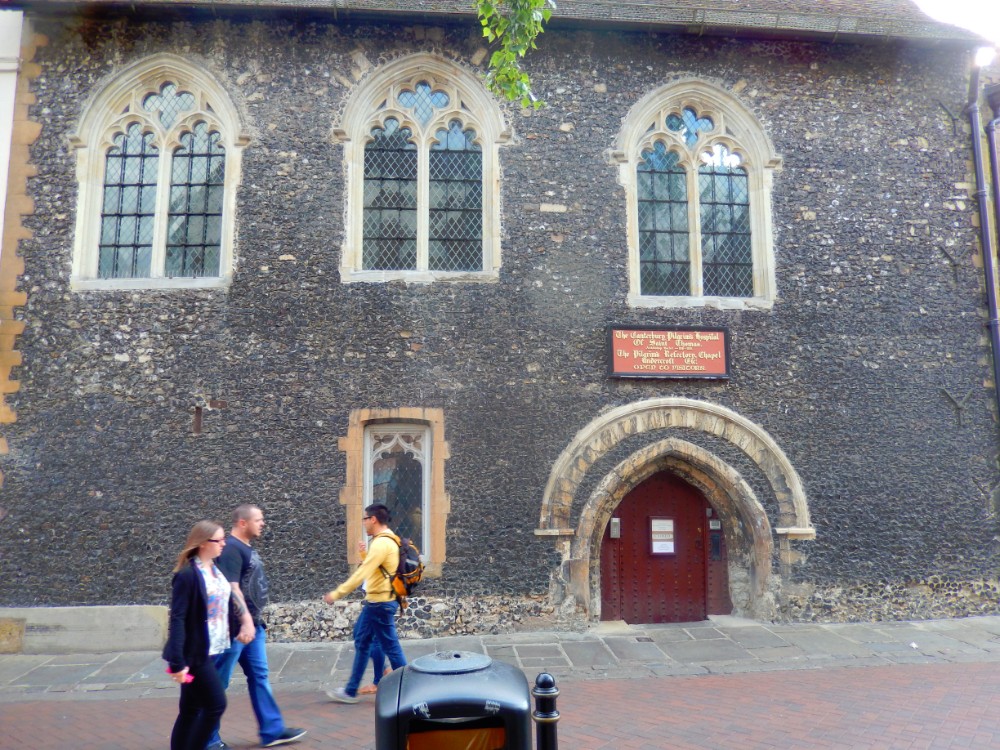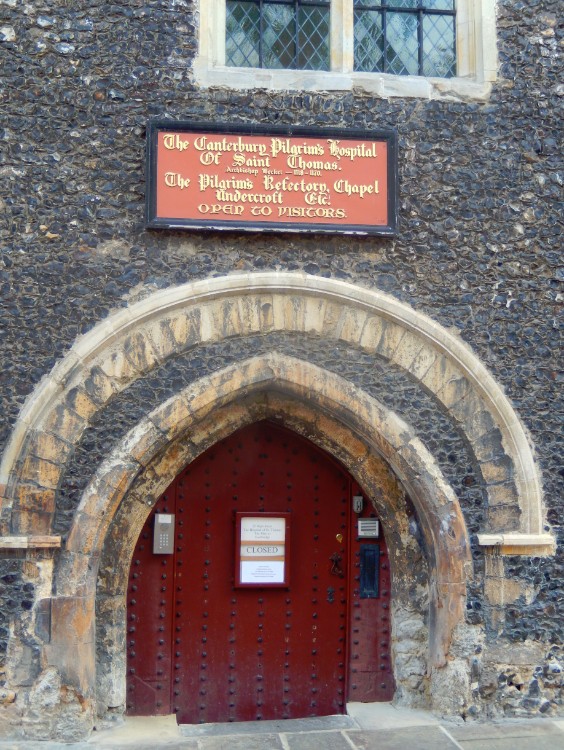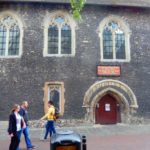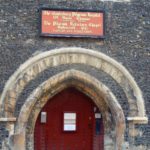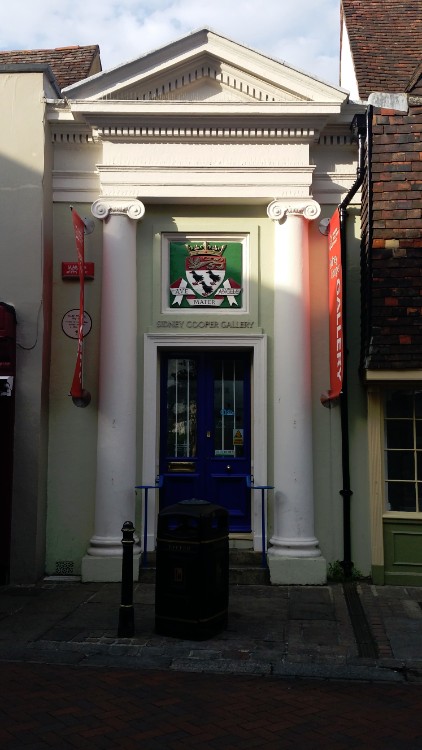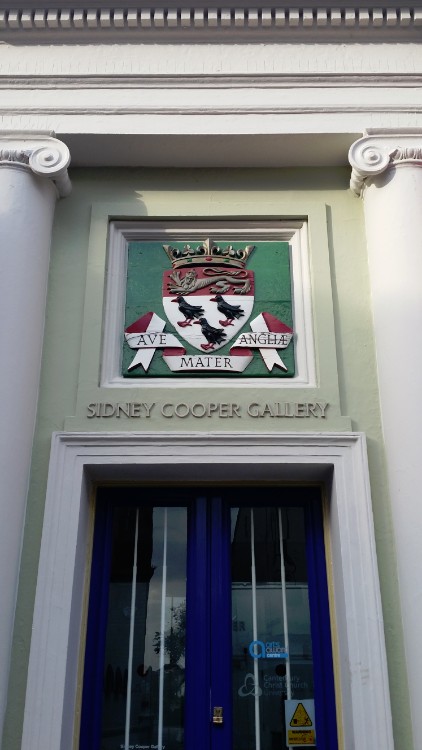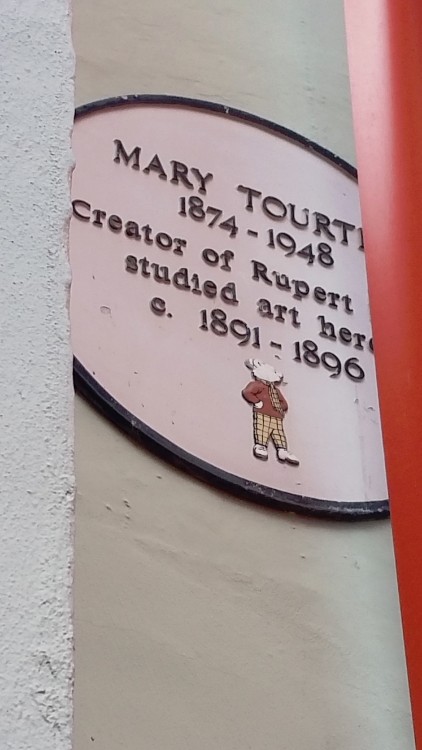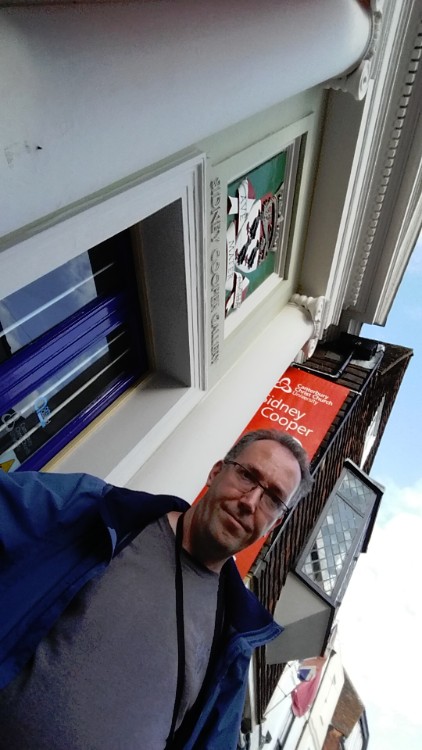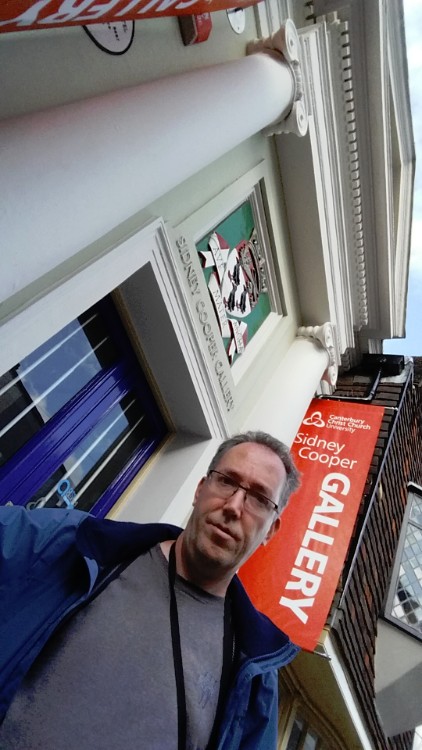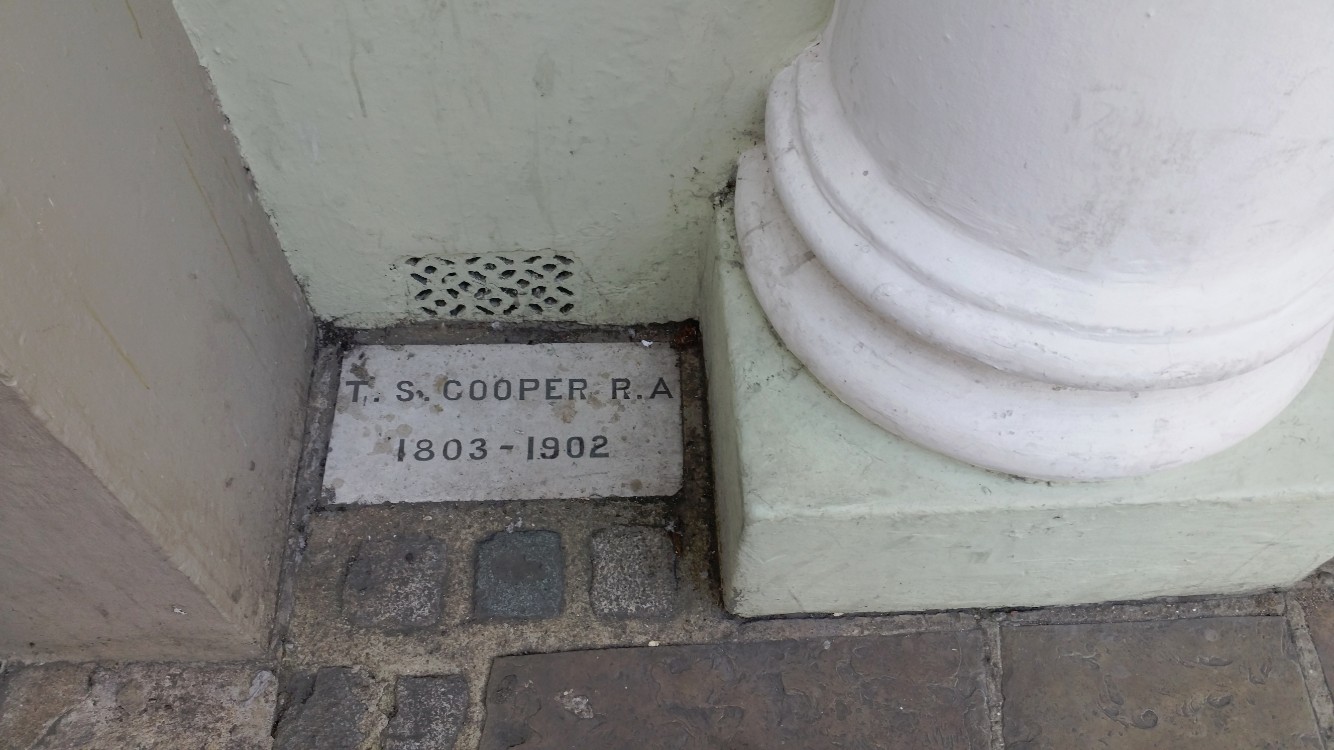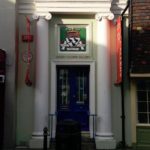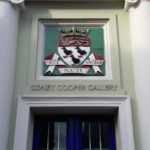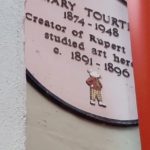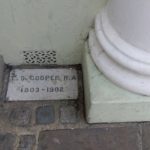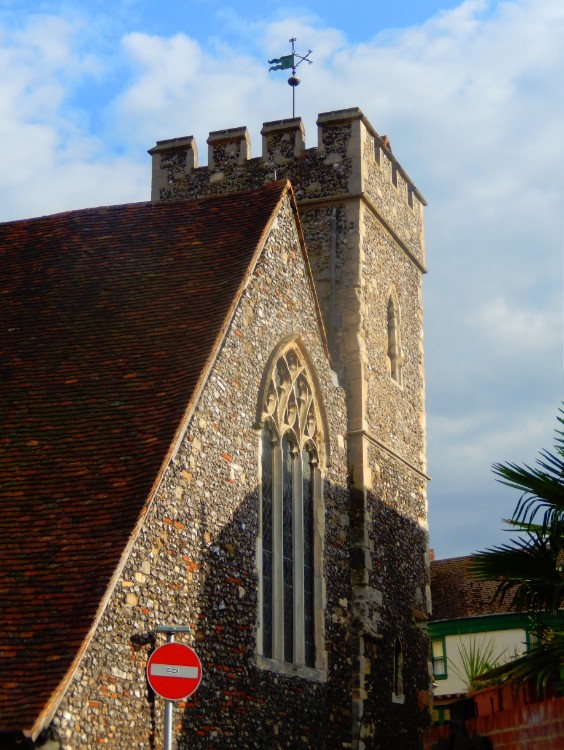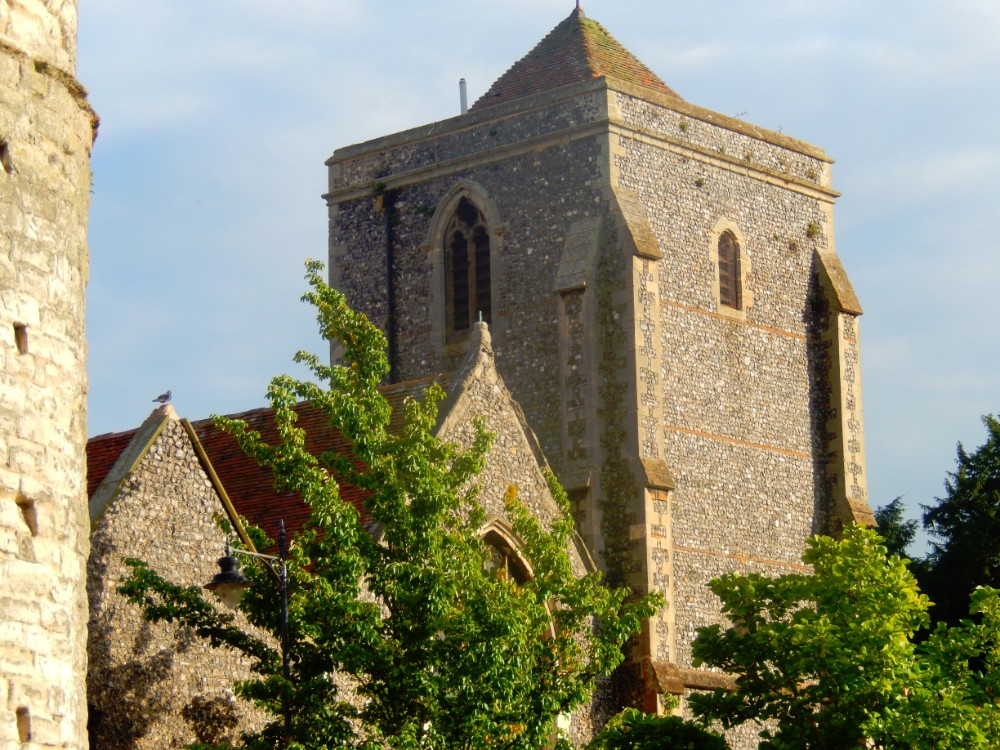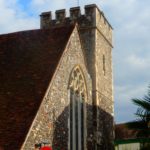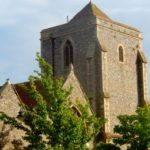Canterbury: In search for Rupert Bear…
After breakfast The Wandelgek walked to Kings Cross/St. Pancras International to take the train towards Canterbury West.
Actually it is a direct train to Margate going through Ashford.
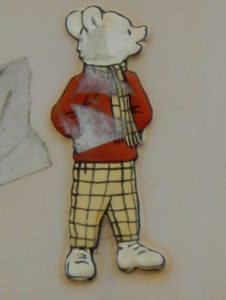 The Wandelgek read in his early youth the stories of “Bruintje Beer” which were translations of famous Rupert Bear, written and illustrated at first by Mary Tourtel, who lived and studied a long part of her life in Canterbury and because she lived and studied there, there was a museum in honour of Rupert. This was the main target of The Wandelgek’s visit to Canterbury.
The Wandelgek read in his early youth the stories of “Bruintje Beer” which were translations of famous Rupert Bear, written and illustrated at first by Mary Tourtel, who lived and studied a long part of her life in Canterbury and because she lived and studied there, there was a museum in honour of Rupert. This was the main target of The Wandelgek’s visit to Canterbury.
The Wandelgek decided to walk through Canterbury in search of Rupert related locations and this would lead him to some hidden gems of the city. Did he also visit the famous Cathedral. Yes of course 🙂
City Walk
After arrival at Canterbury West Railway Station The Wandelgek walked via Station Road Westand St. Dunstan’s Street towards the West Gate (which is the only gate left).
Westgate (6)
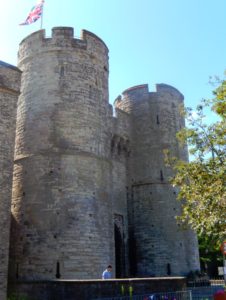
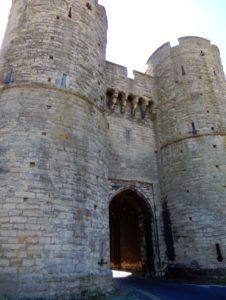 The Westgate is a medieval gatehouse in Canterbury, Kent, England. This 60-foot (18 m) high western gate of the city wall is the largest surviving city gate in England. Built of Kentish ragstone around 1379, it is the last survivor of Canterbury’s seven medieval gates, still well-preserved and one of the city’s most distinctive landmarks. The road still passes between its drum towers. This scheduled monument and Grade I listed building houses the West Gate Towers Museum.
The Westgate is a medieval gatehouse in Canterbury, Kent, England. This 60-foot (18 m) high western gate of the city wall is the largest surviving city gate in England. Built of Kentish ragstone around 1379, it is the last survivor of Canterbury’s seven medieval gates, still well-preserved and one of the city’s most distinctive landmarks. The road still passes between its drum towers. This scheduled monument and Grade I listed building houses the West Gate Towers Museum.
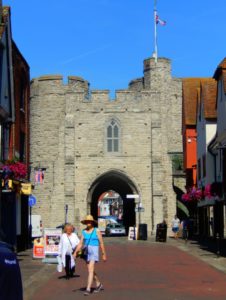 The walk continues through the gate into St. Peter’s Street which is one of the old city centers main streets with lots of shops, restaurants and pubs on both sides of the road.
The walk continues through the gate into St. Peter’s Street which is one of the old city centers main streets with lots of shops, restaurants and pubs on both sides of the road.
All Saints Cottage (8)
After passing St. Peter’s Lane on the left, a small narrow alley named The Friars is left. The Wandelgek looked in to the small ally and saw a beautiful house which drew his attention. He decided to go and see. The timbered house was awesome. There were lots of details in the artwork and simply in the beautiful structure of the woodwork…
The funniest thing was that this was a small alley just left of the very crowdy St. Peter’s Street. I could see all those people passing the alley most of them not even noticing it. I think it took me half an hour to absorb all the intricate details on this awesome cottage and not even one passer by followed me in to this alley.What a pity, because this cottage is like a raw gemstone.
Continuing on St. Peter’s Street, a bridge over the River Stour (8) is crossed…
Just after crossing the River Stour on the right is Stour Street. De Wandelgek followed Stour street away from the crowds on St. Peter’s Street and after a few hundred meters he stepped into this beautifull a bit hidden garden containing an awesome little Fransiscan Chapel…
Greyfriars garden and Chapel (4)+(9)
Greyfriars was a Franciscan friary in Canterbury, the first friary of that order in England. The first Franciscans arrived in the country in 1224 (during the lifetime of the order’s founder Francis of Assisi) and the friary was set up soon afterwards. It was dissolved in 1538 and the only surviving building of the complex is the Greyfriars Chapel, now worshipped in by Anglican Franciscans since 2003.
And again… almost all people were crowding in St. Peter’s street and around the Cathedral, and here it was almost tranquile and only a handfull of other tourists and wanderers roamed this part of town…
The borders of the Stour River streaming through the garden were in fool bloom on this beautifull sunny day. I took full advantage of the possibilities to photograph the garden as best as I could…
Then I returned to Stour street and went for a drink and some food in the Old Brewery …
The Old Brewery
After filling my tummy, I walked on and finally reached were I came for… The Canterbury Heritage Museum.
The Canterbury Heritage Museum (14)
The Canterbury Heritage Museum, (formerly the Museum of Canterbury), is a museum in Stour Street, Canterbury, South East England, telling the history of the city. It is housed in the 12th century Poor Priests’ Hospital next to the River Stour. The museum exhibits the Canterbury Cross and contains a gallery dedicated to Rupert the Bear, whose creator Mary Tourtel lived in Canterbury. It holds regular events and exhibitions of local and national interest.
Besides a great exhibition on the history of Canterbury, the museum boasts an important exhibition on several children’s books characters and most important and very extensive is the collection on Rupert Bear…
But … the Museum was closed today… AAAARGHHH
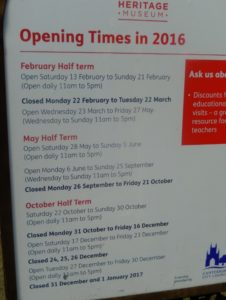 Yes it said so on the sign and a friendly local sitting at the gate eating is lunch confirmed my deepest fears.
Yes it said so on the sign and a friendly local sitting at the gate eating is lunch confirmed my deepest fears.
The museum was open on wednesday to sunday, but … it was only tuesday.
Well that went pretty wrong there. I mean, I was searching for locations related to Rupert Bear and I had just assumed that museums in England would be closed on monday only. But hey. My mistake. I hadn’t checked this.
So what to do now?
First I photographed the museum which was a beautiful old building.
The Fransiscan Way
Then I walked to the back of the museum where the River Stour flowed and where it was possible to punt the river. I was now on the old Fransiscan way. I walked a bit further and saw the other side of a small bridge and the Greyfriar Chapel…
Now I decided to return to St. Peter’s street where the Tourist Information Center and the city library were located in an absolutely brilliant building:
The Beany House of Art and Knowledge (16)
The Beaney House of Art and Knowledge is the central museum, library and art gallery of the city of Canterbury, Kent, England. It is housed in a Grade II listed building. Until it closed for refurbishment in 2009, it was known as the Beaney Institute or the Royal Museum and Art Gallery. It reopened under its new name in September 2012. The building, museum and art gallery are owned and managed by Canterbury City Council; Kent County Council is the library authority. These authorities work in partnership with stakeholders and funders.
The Tudor Revival Beaney Institute building was designed by architect and City surveyor A.H. Campbell in 1897.
I asked for some locations regarding Mary Tourtel at the tourist visitor center and I noticed that this was not a common question asked, which surprised me a bit. I mean: Come on. She’s only the inventor, writer and illustrator of arguably the most famous bear in England. But in the end the information center managed to give me three locations on a map which of course I needed to visit.
But first things first.
I decided that the time was there to visit the Cathedral, the most famous building of the town.
So I left The Beany house and walked throughSt. Peter’s Street to a small alley to the leftnamed: Mercery and looking in to this alley I saw the gate to the Cathedral.
Before entering through the Christchurch gate I arrived at a small square with a Plague cross in its center.
Then The Wandelgek entered ChristChurch Gate
ChristChurch Gate
The Norman gateway was built in 1517 by Prior Goldstone. The christ figure and the original gates were destroyed in 1642(48)
The original turrets were taken down in 1830
But still the current gateway is somewhat hauntingly beautiful. especially the Christ figure freaked me out with its empty, staring, yellow eyes…
The moment you walk through the ChristChurch gate, your jar opens like a codfish who’s been way to long out of the water…
Canterbury Cathedral (1)
Canterbury Cathedral in Canterbury, Kent, is one of the oldest and most famous Christian structures in England. It forms part of a World Heritage Site. It is the cathedral of the Archbishop of Canterbury, currently Justin Welby, leader of the Church of England and symbolic leader of the worldwide Anglican Communion; the archbishop, being suitably occupied with national and international matters, delegates the most of his functions as diocesan bishop to the Bishop suffragan of Dover, currently Trevor Willmott. Its formal title is the Cathedral and Metropolitical Church of Christ at Canterbury.
Founded in 597, the cathedral was completely rebuilt from 1070 to 1077. The east end was greatly enlarged at the beginning of the twelfth century, and largely rebuilt in the Gothic style following a fire in 1174, with significant eastward extensions to accommodate the flow of pilgrims visiting the shrine of Thomas Becket, the archbishop who was murdered in the cathedral in 1170. The Norman nave and transepts survived until the late fourteenth century, when they were demolished to make way for the present structures.
The view of the immense Cathedral on a large open space is so surprising. I mean you came from the narrow middle age streets of the town, pop through a gate and there it is. This humongous large space and this overwhelmingly beautiful and large Cathedral…
After enjoying the exterior view, The Wandelgek entered the Cathedral and he could only think: “Wow this is huge!”
There was also the Grave of the so called Black Prince…
and of course the spot where once Thomas Becket’s tomb had been…
After the main cathedral I visited the cloisters which were immense undergound corridors and beautiful gardens surrounded by pillared galleries…
There were also beautiful cloisters containing galleries with quite modern stained glass windows and there was this room with an awesome sealing and stained glass window…
Then The Wandelgek left the cathedral.
Searching Rupert
After having visited the Cathedral, the Wandelgek searched for the house where Mary Tourtel, the illustrator, writer and inventor of Rupert Bear had lived.
Rupert Bear is a children’s comic strip character created by the English artist Mary Tourtel and first appearing in the Daily Express newspaper on 8 November 1920. Rupert’s initial purpose was to win sales from the rival Daily Mail and Daily Mirror. In 1935, the mantle of Rupert artist and storyteller was taken over by Alfred Bestall, who was previously an illustrator for Punch and other glossy magazines. Bestall proved to be successful in the field of children’s literature and worked on Rupert stories and artwork into his 90s. More recently, various other artists and writers have continued the series.
The comic strip was, and still is, published daily in the Daily Express, with many of these stories later being printed in books, and every year since 1936 a Rupert annual has also been released. Rupert Bear has become a well-known character in children’s culture in the United Kingdom, and the success of the Rupert stories has led to the creation of several television series based on the character. The character also has a large fan following, with such groups as The Followers of Rupert.
First I searched in the are Palace street because I had read somewhere on a website that she had lived there, but I justcoould not find any clue to where and the website did not mention an exact spot. I even asked a Palacestreet bookshop owner but he didn’t have a clue. However what I did find was quite interesting too. I found the Cafe Chambers which I had passed if I was not reading every sign to find clues about Mary Tourtel. So I read this sign which tells us about a Robert Cushman who in 1620 hired a ship. The name of that ship was The Mayflower and everyone who knows a bit of american history, knows that that was the ship that carried the Pilgim Fathers (or Founding Fathers) being the first settles of America. Now Cafe Chambers serves American and English cuisine…
It happens that just a few weeks before I had finished reading bout the Pilgrim Fathers and the Mayflower in the end of a comic book cycle named XIII, by author Jean van Hamme (yes he wrote Thorgal, Largo Winch, Adventure without heros and The Chninkel too ;-))
This house was located a little bit outside the city center. The Wandelgek left the Cathedral and walked through ChristChurch gate and Mercery to return to Peter’s street. There he turned left passed the Beany House and on through St. George’s street. He crossed Lower Bridge street (pedestrian tunnel underneath) and walked into tiny and quiet Ivy Lane.
And there it was…
Mary Tourtel (28 January 1874 – 15 March 1948) was an English artist and creator of Rupert Bear.
Tourtel was born as Mary Caldwell and raised in an artistic family, youngest child of a Samuel and Sarah Caldwell, a stained-glass artist and stonemason. She studied art under Thomas Sidney Cooper at the Sidney Cooper School of Art in Canterbury (now the University for the Creative Arts), and became a children’s book illustrator. In 1900 she married an assistant editor of The Daily Express newspaper, Herbert Bird Tourtel at Eton.
Rupert Bear was created in 1920, at a time when the Express was in competition with The Daily Mail and its then popular comic strip Teddy Tail, as well as the strip Pip, Squeak and Wilfred in The Daily Mirror. The then news editor of the Express, Herbert Tourtel, was approached with the task of producing a new comic strip to rival those of the Mail and Mirror and immediately thought of his wife Mary: already an established author and artist. Rupert Bear was the result and was first published as a nameless character in a strip titled Little Lost Bear on 8 November 1920. The early strips were illustrated by Mary and captioned by her husband, Herbert, and were published as two cartoons a day with a short story underneath. Rupert was originally cast as a brown bear until the Express cut inking expenses giving him his iconic and characteristic white colour.
In 1931 Herbert Tourtel died in a German sanatorium, and Mary herself retired four years later in 1935 after her eyesight and general health deteriorated, and the Rupert Bear strips were continued by a Punch illustrator, Alfred Bestall.
Mary Tourtel died on March 15th 1948 aged 74 at the Kent and Canterbury Hospital and was buried with her husband at St Martin’s Church, Canterbury; they had no children.
Ivy Lane was a nice little street with a tavern and quite beautiful houses and there was some streetart in Love Lane too… Fell in love with that little neighboorhood immediately 😉
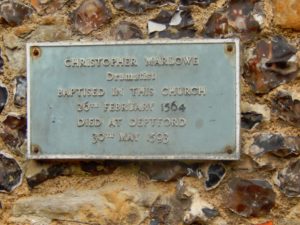 Then The Wandelgek returned to St George’s street en walked back towards West Gate. On quite an ugly little square in St. George’s Street, bordered by shops and a supermarket stood an interesting old tower that was the only remaining part of the former St. George’s Church where the famous English dramatist Christopher Marlowe was christened…
Then The Wandelgek returned to St George’s street en walked back towards West Gate. On quite an ugly little square in St. George’s Street, bordered by shops and a supermarket stood an interesting old tower that was the only remaining part of the former St. George’s Church where the famous English dramatist Christopher Marlowe was christened…
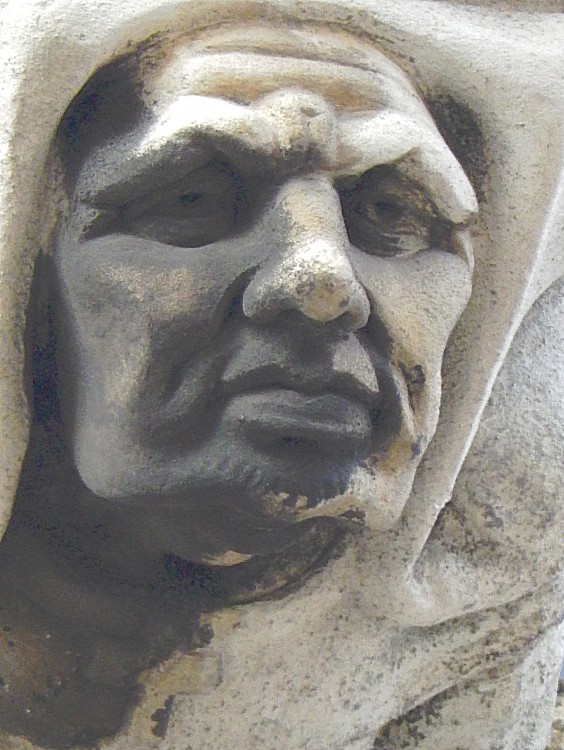
Eastbridge hospital (21)
Then The Wandelgek returned to St. Peters street where he found the old Eastbridge hospital which was founded following the murder of St Thomas Becket to provide accommodation for poor pilgrims visiting this tomb.The building includes the early 13th century painting of Christ in Glory.
and near West Gate he found the school where Mary Tourtel had studied. This was now Coopers Art Gallery but had been an art school before, founded by T.S. Cooper.
It was still a long way back to London so The Wandelgek concluded his visit to Canterbury with a last view of Westgate and the church next to the gate…
Then The Wandelgek returned to Station West.

